The R35 Nissan GT-R has been on the market since 2009, so it’s getting pretty long in the tooth. Be that as it may, car enthusiasts everywhere paint it as one of the world’s best cars. It is, quite literally, one of the fastest point-to-point cars on the planet, something it can lay claim to thanks to its precisely tuned chassis, sophisticated AWD system, a monstrous twin-turbo V-6, and race-proven roots that cannot be denied. But, being more than a decade old, makes paying six figures a tough pill to swallow, so it begs the question, is the Nissan GT-R actually worth buying? Is it still one of the best-driving cars in the world, and does its performance hold a candle to the new sports cars on the market?
We set out to find answers to those questions and more, and Nissan was kind enough to lend us a 2020 Nissan GT-R Nismo for an entire week to do with as we please. Needless to say, it’s been a very fun week and, despite the GT-R’s age, Nissan has done a fairly decent job of keeping things somewhat fresh and interesting. This is our story with the Nissan GT-R Nismo.
2020 Nissan GT-R Nismo - Driven


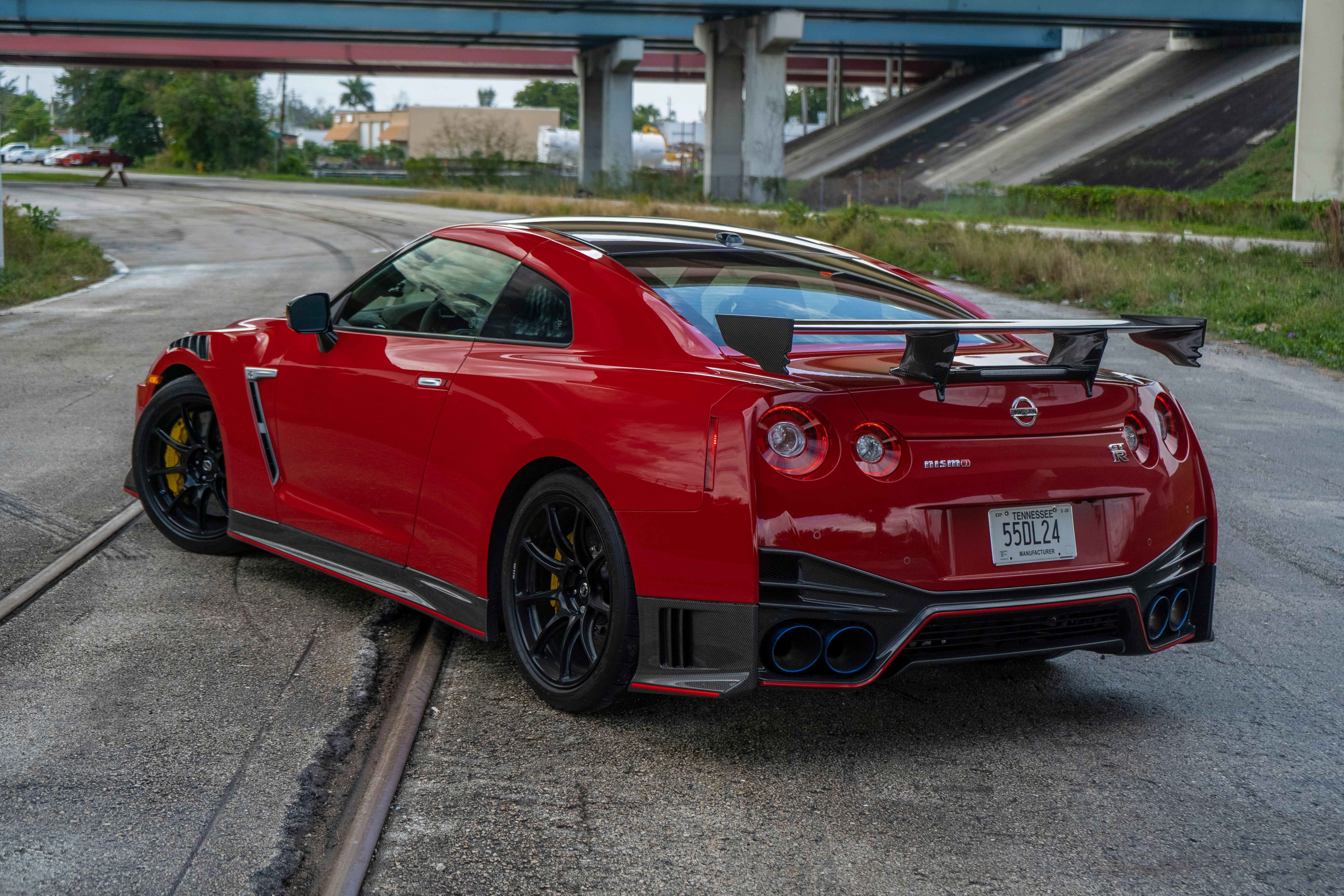
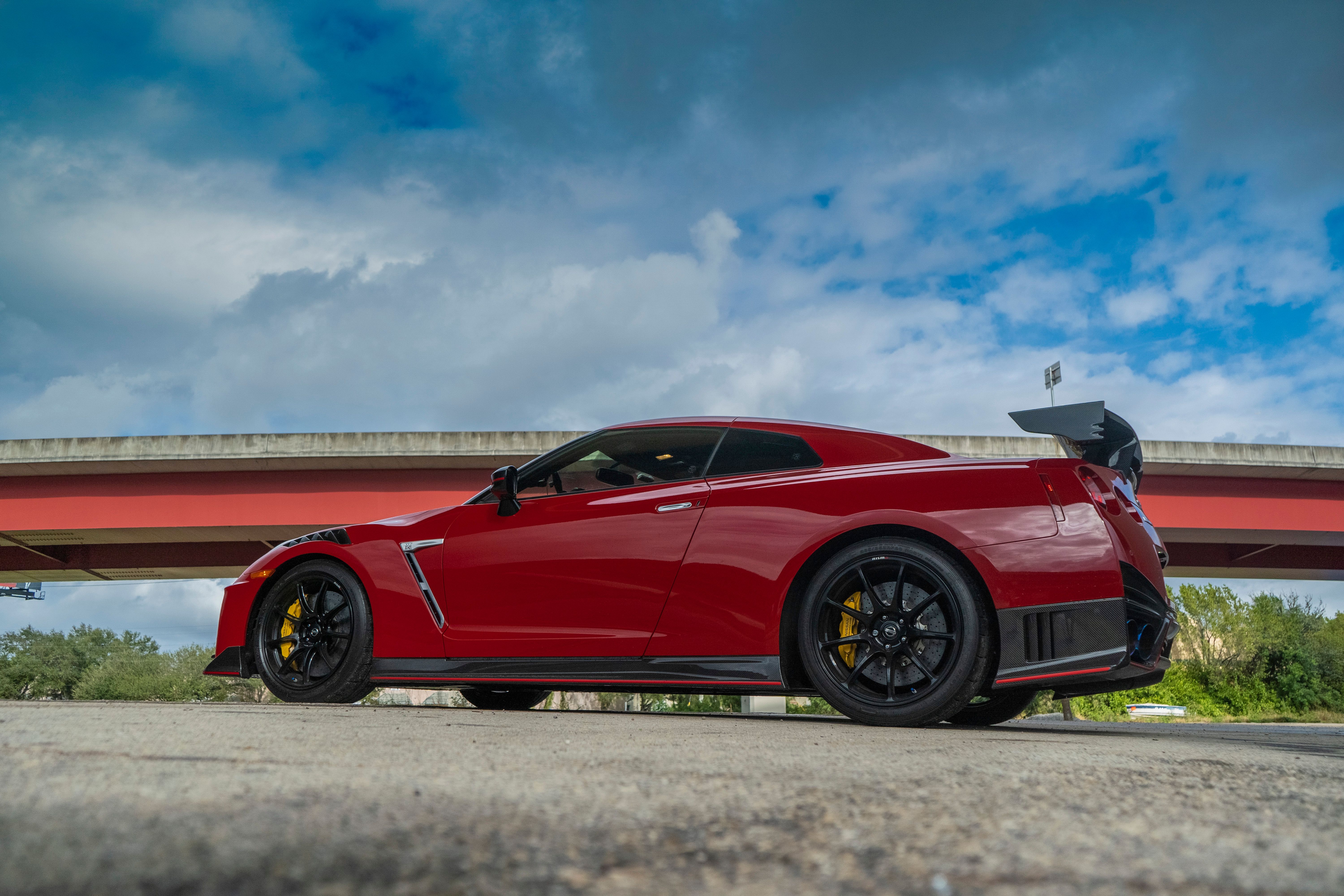


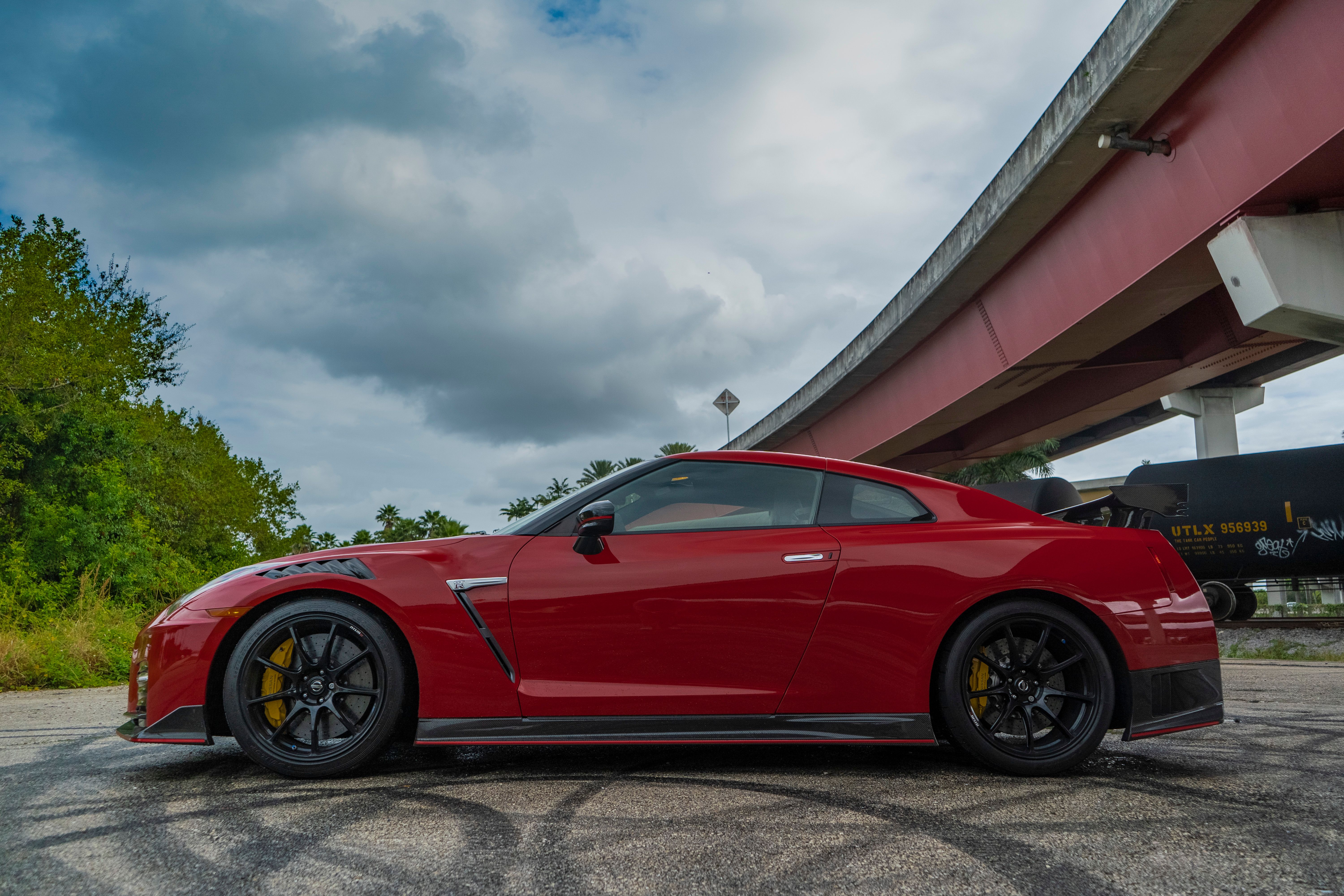
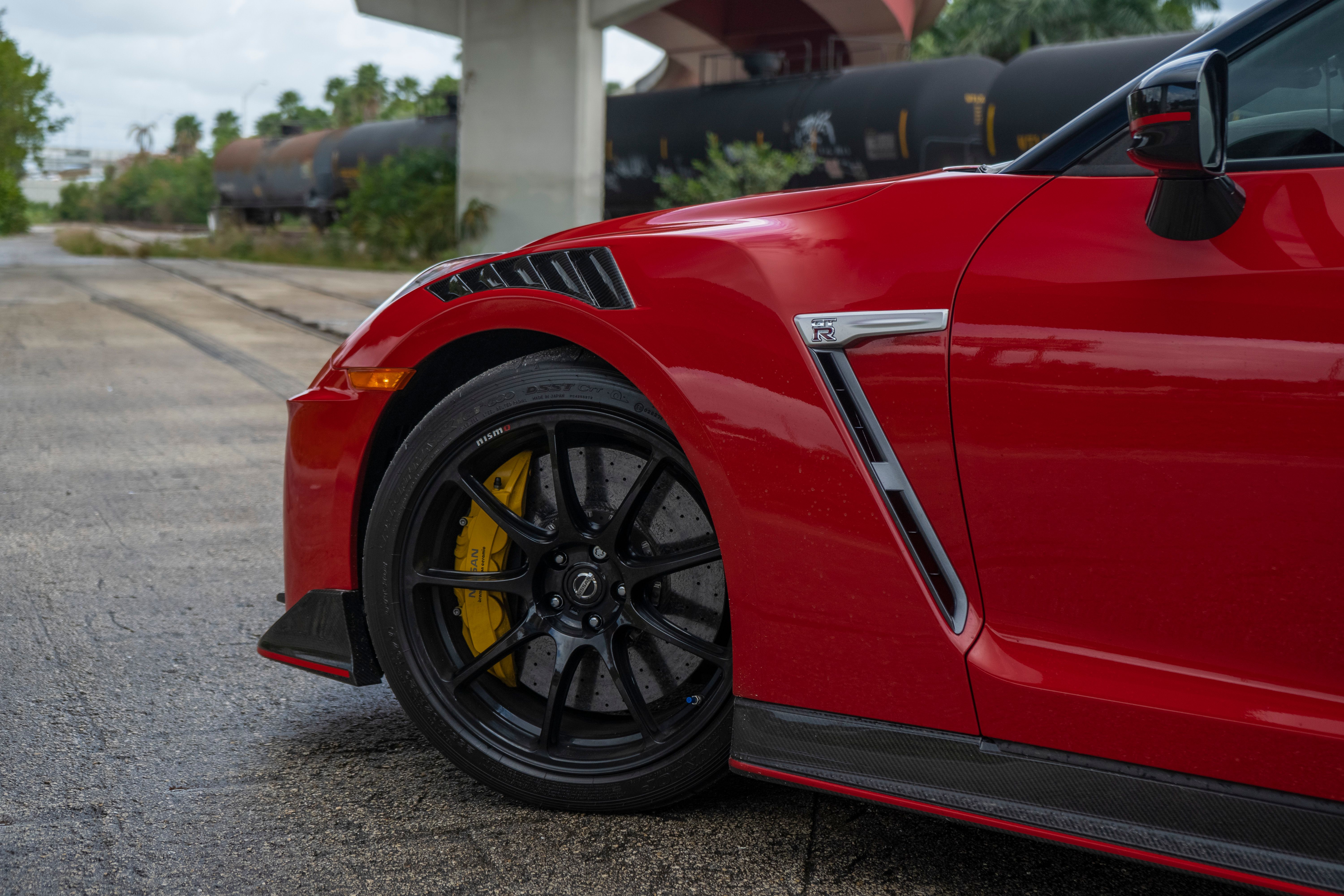
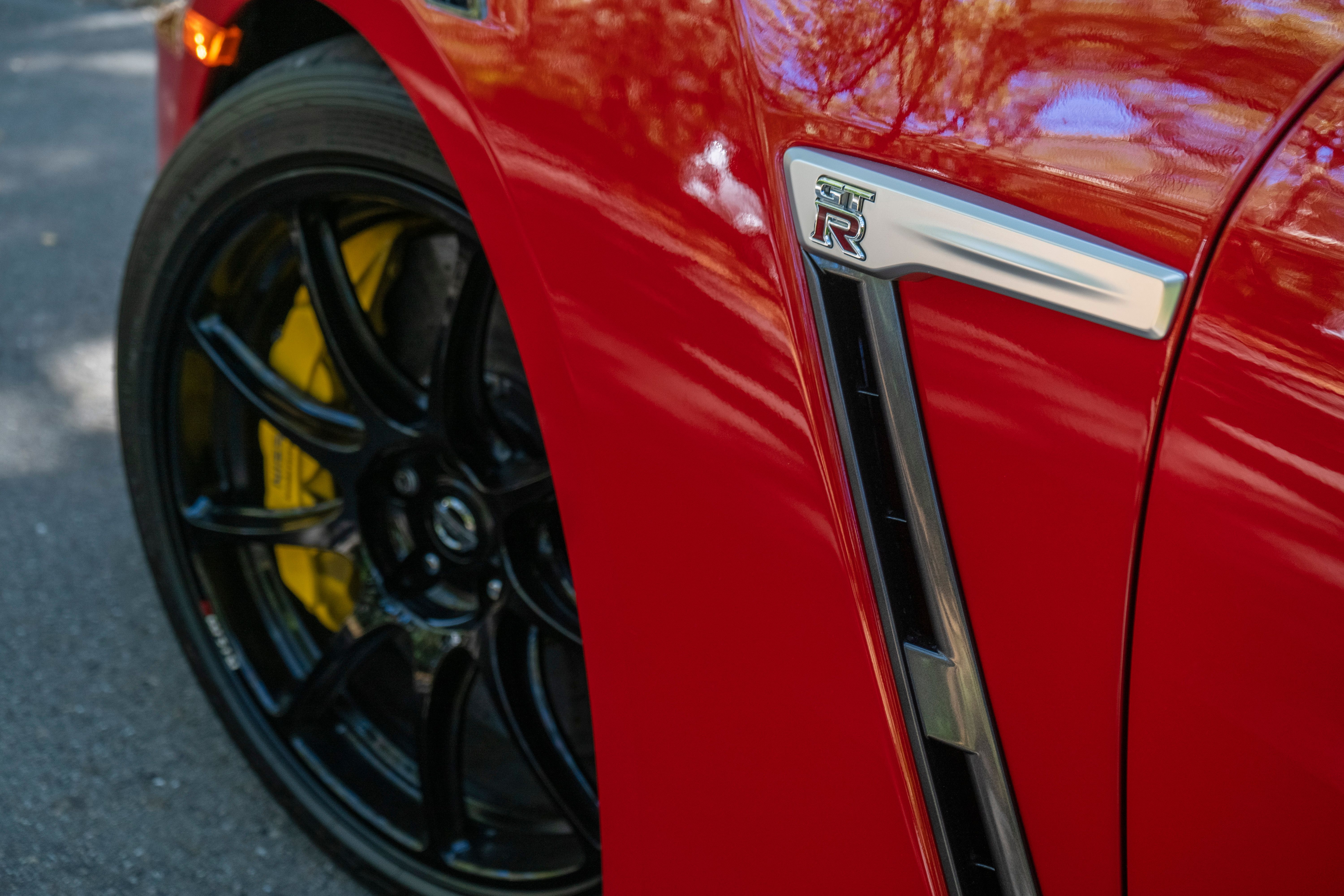
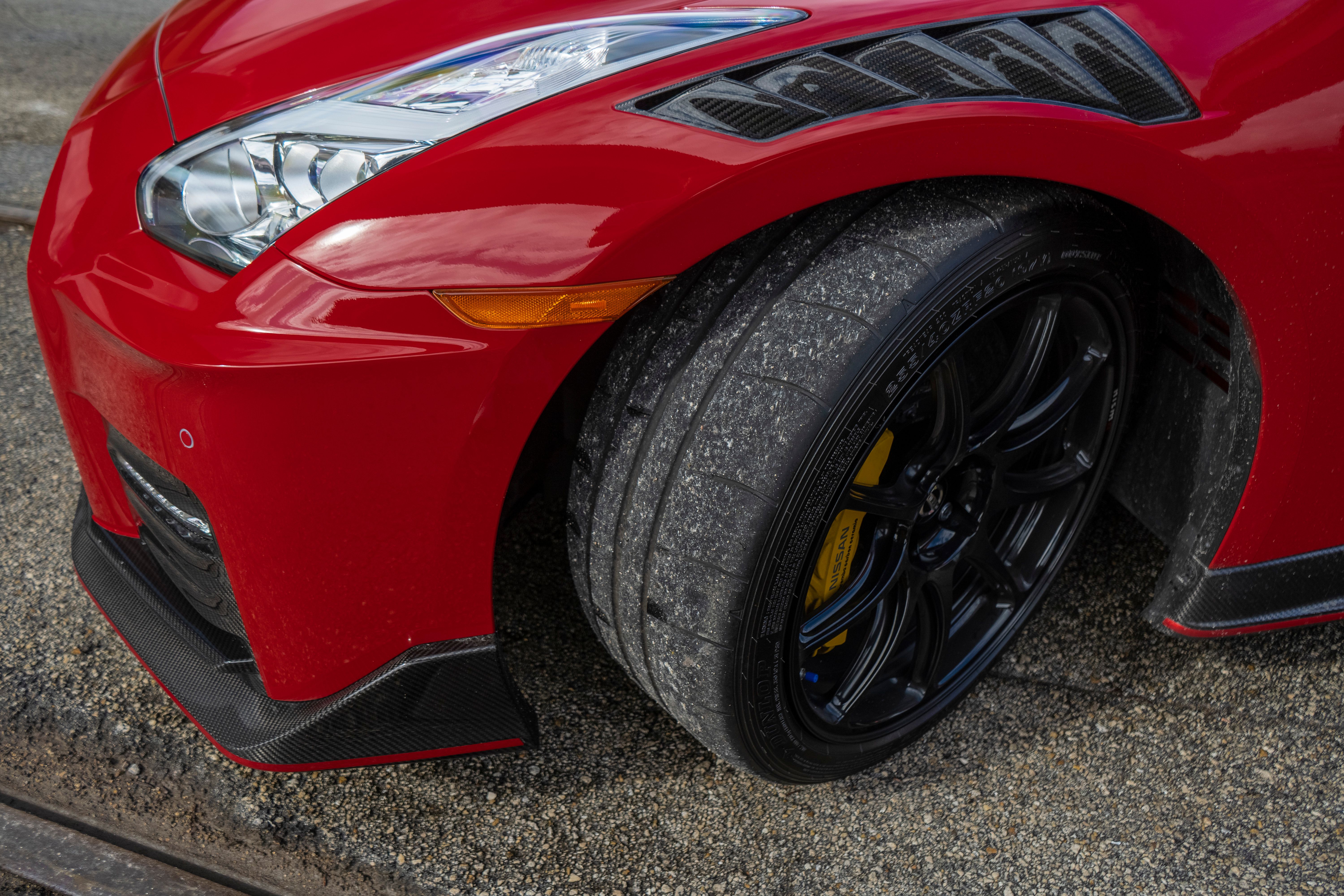

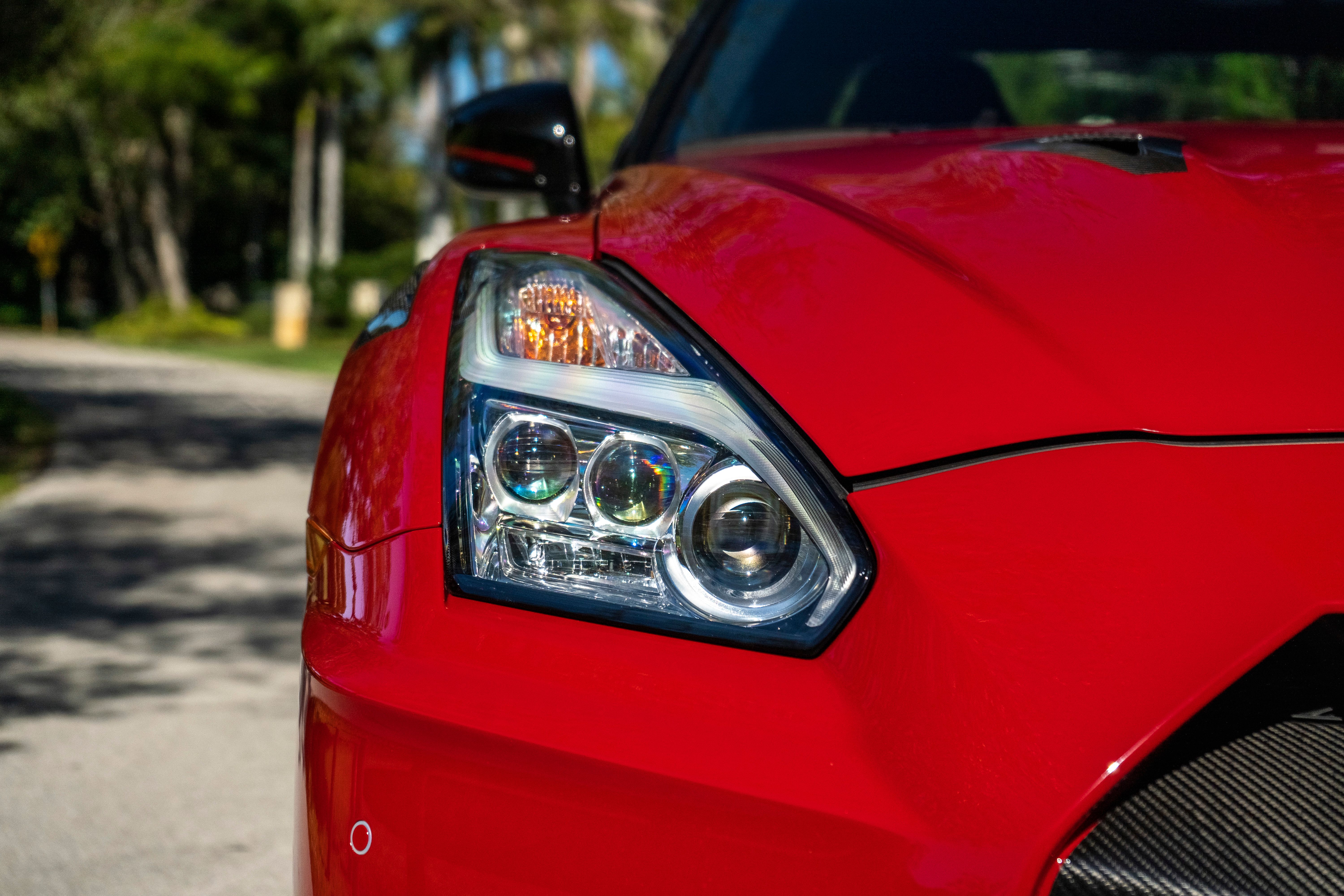
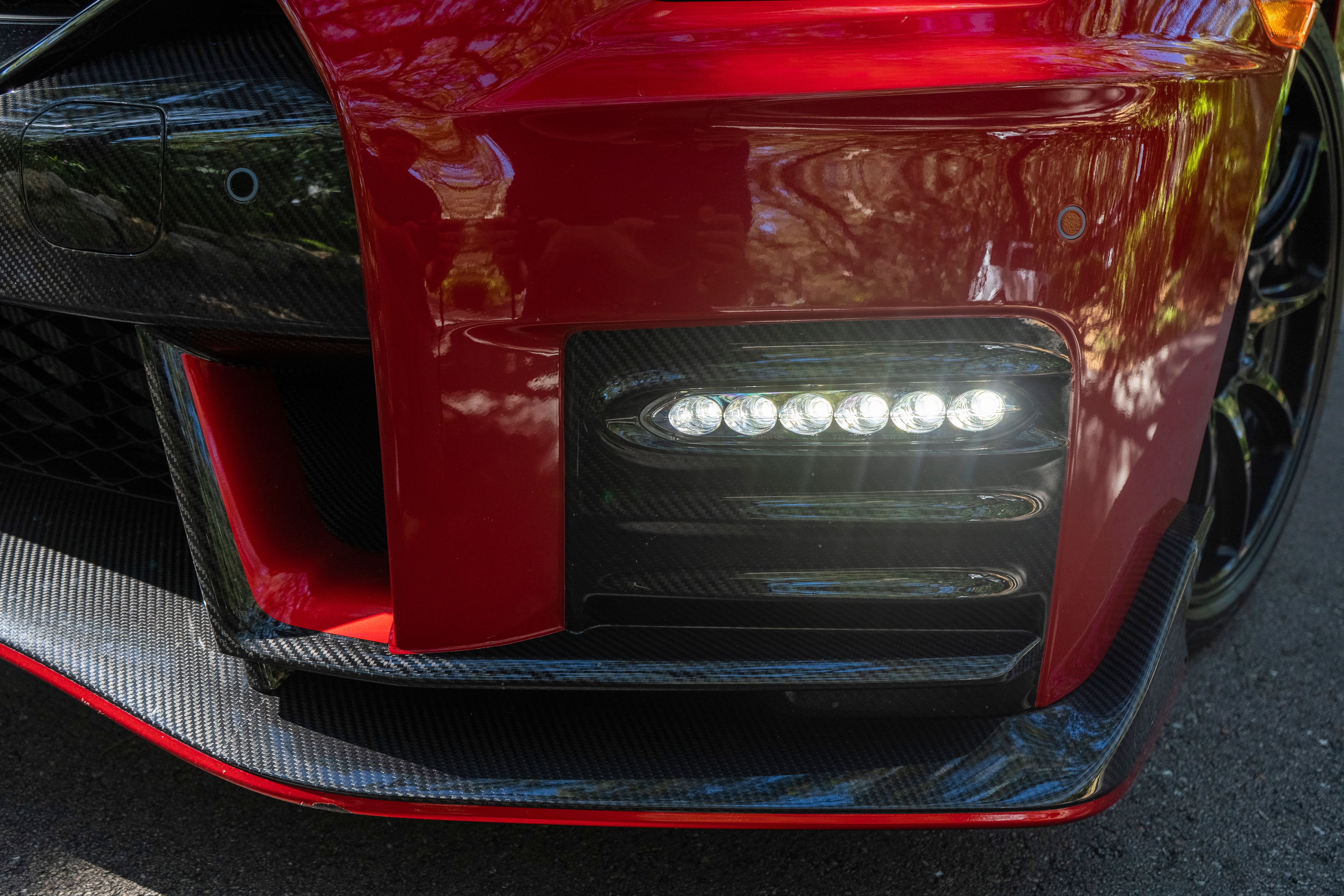
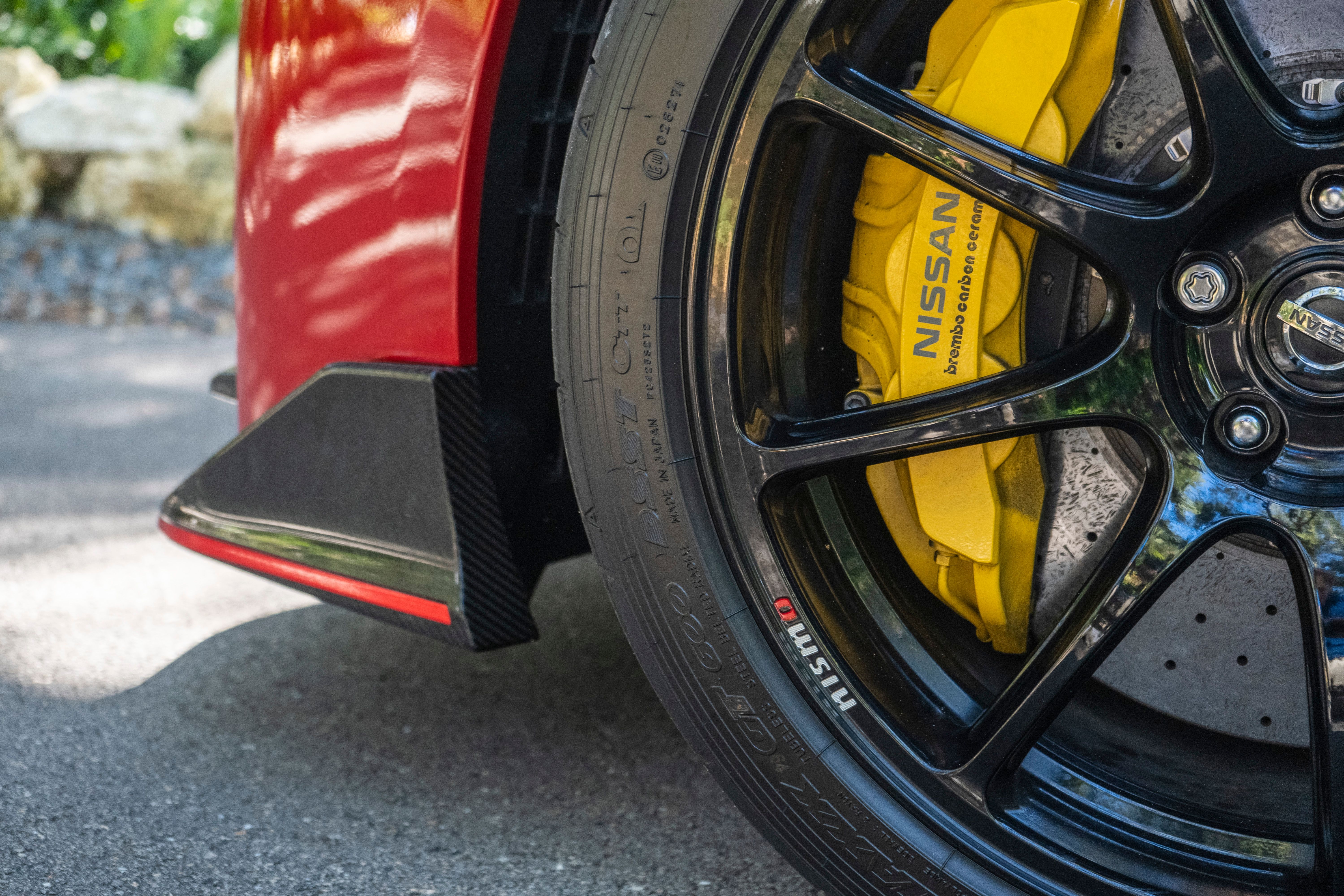
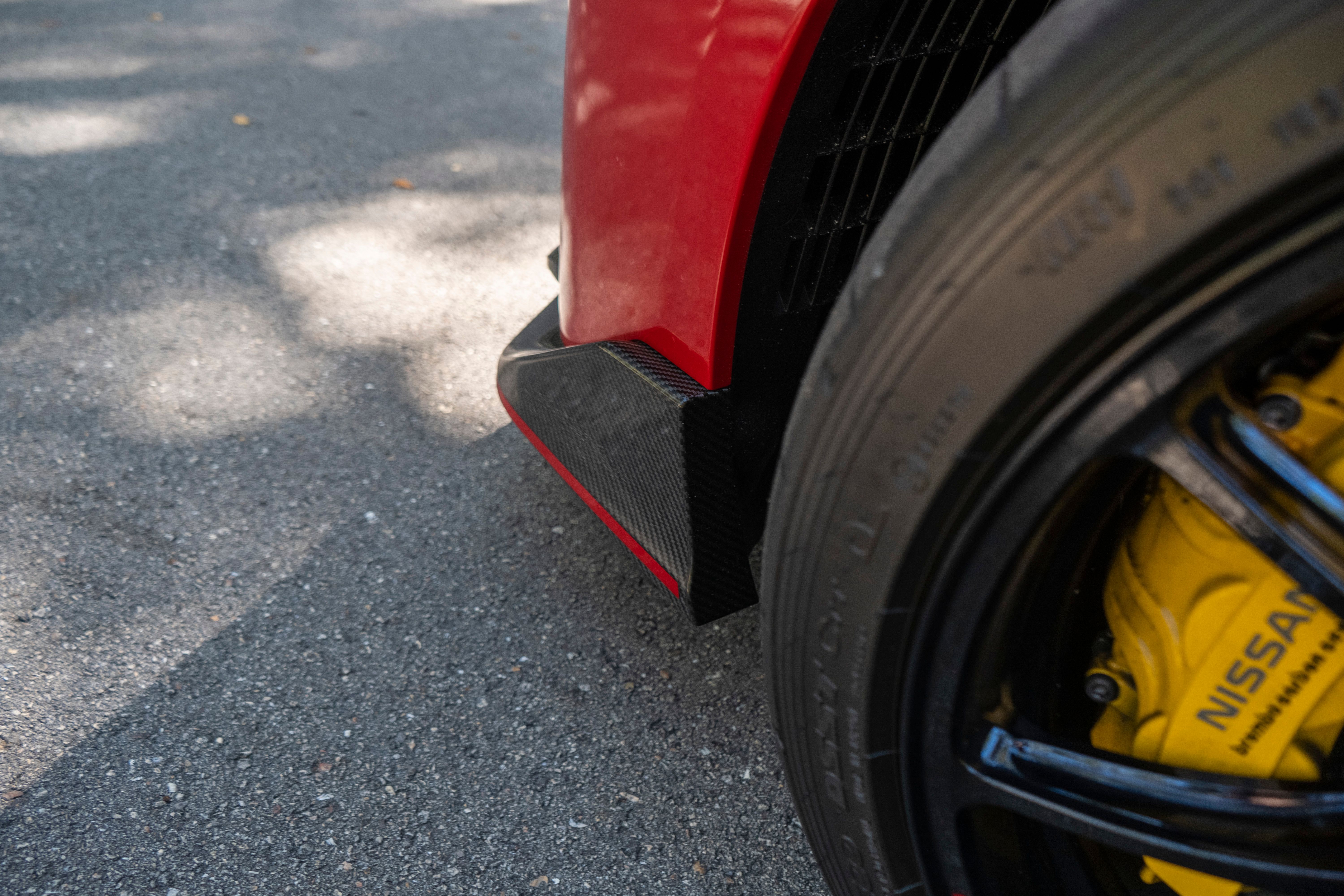
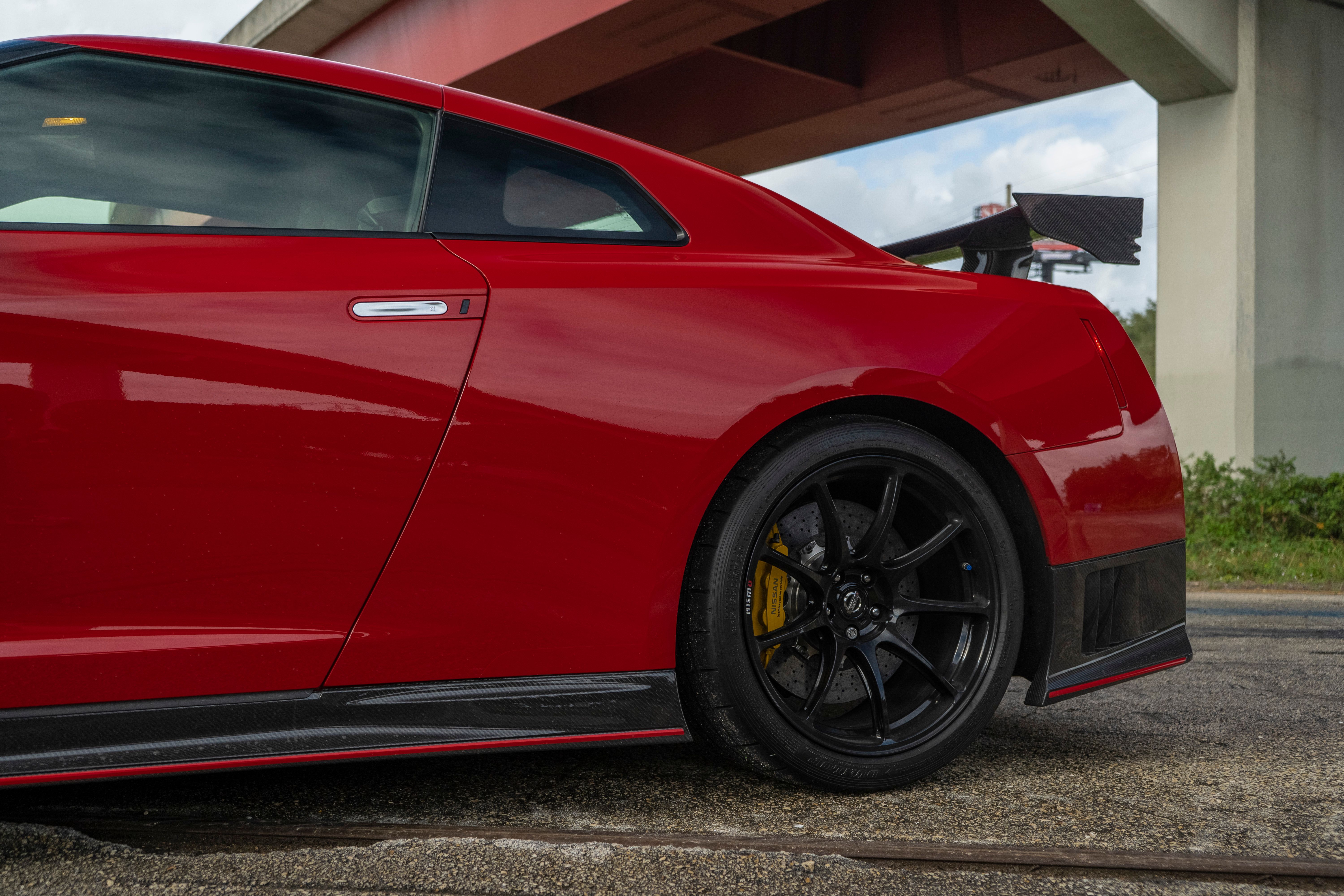
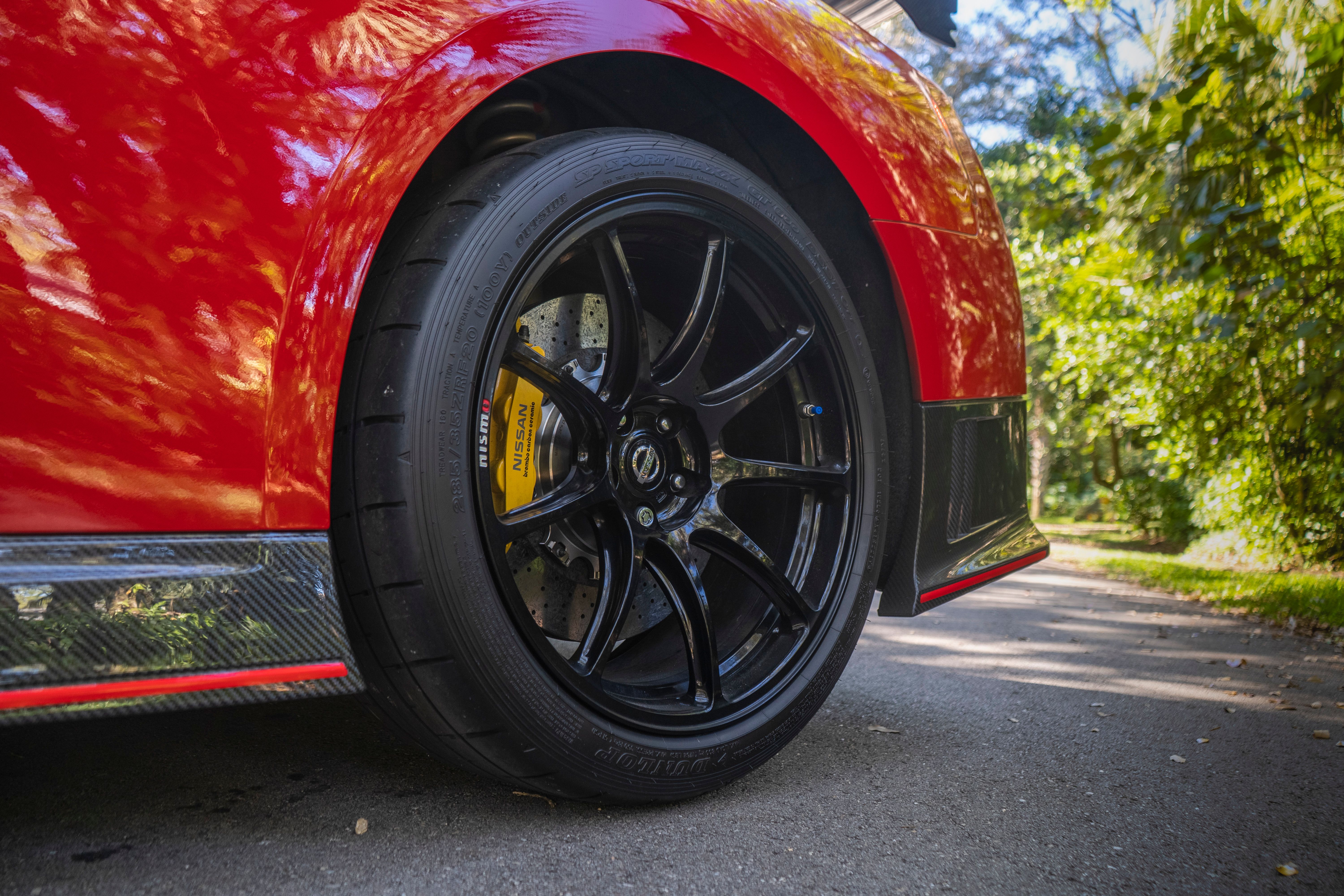
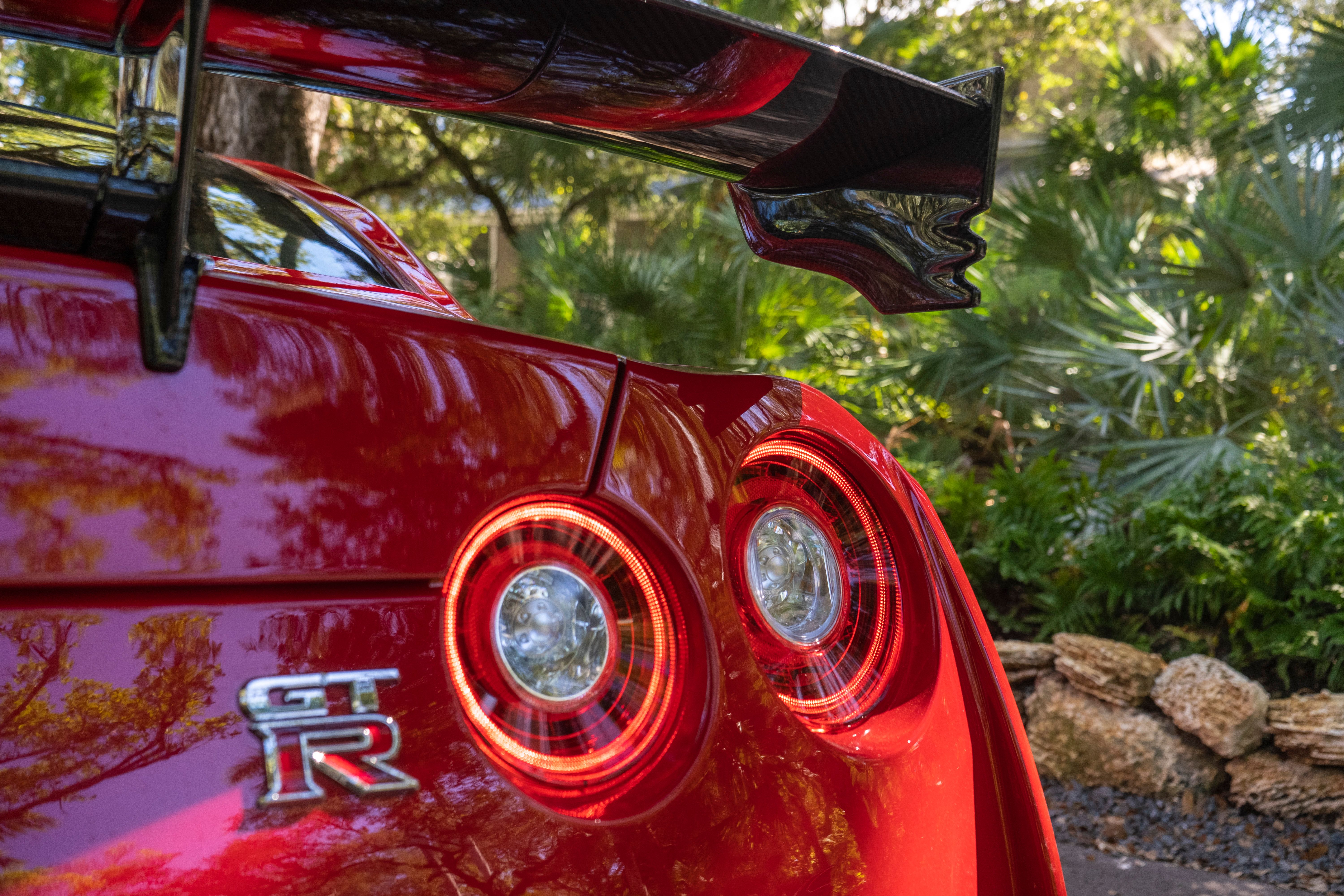
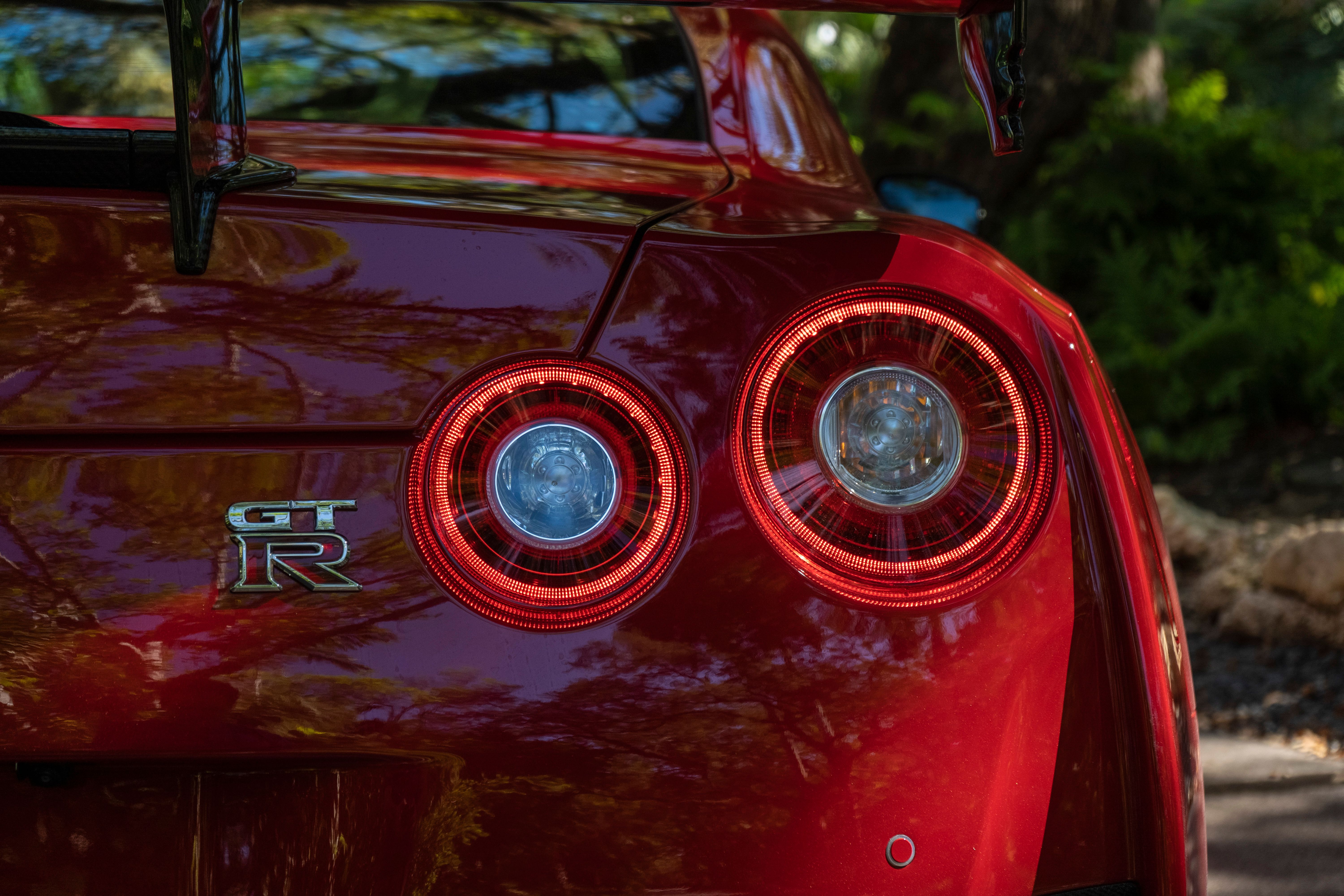
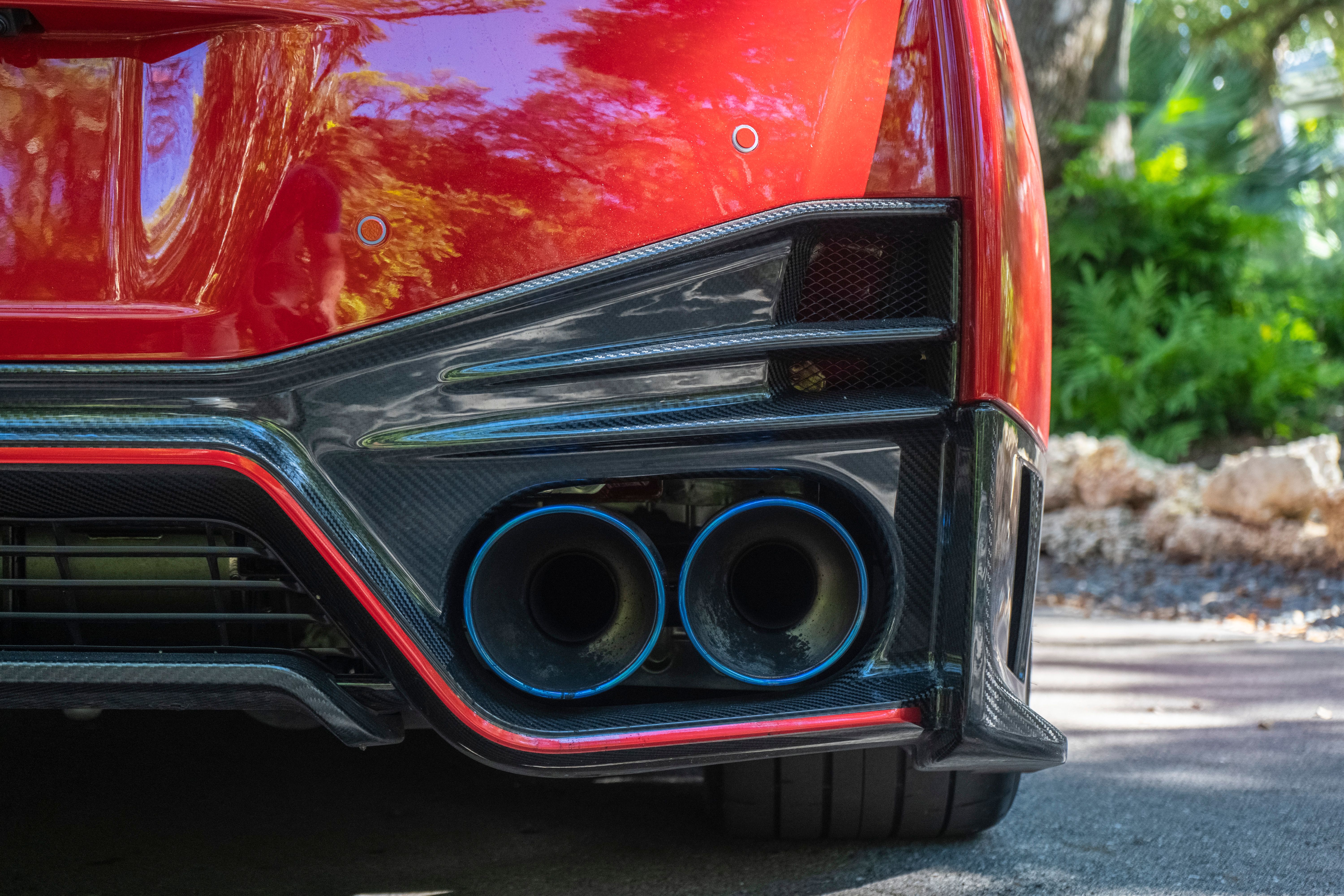
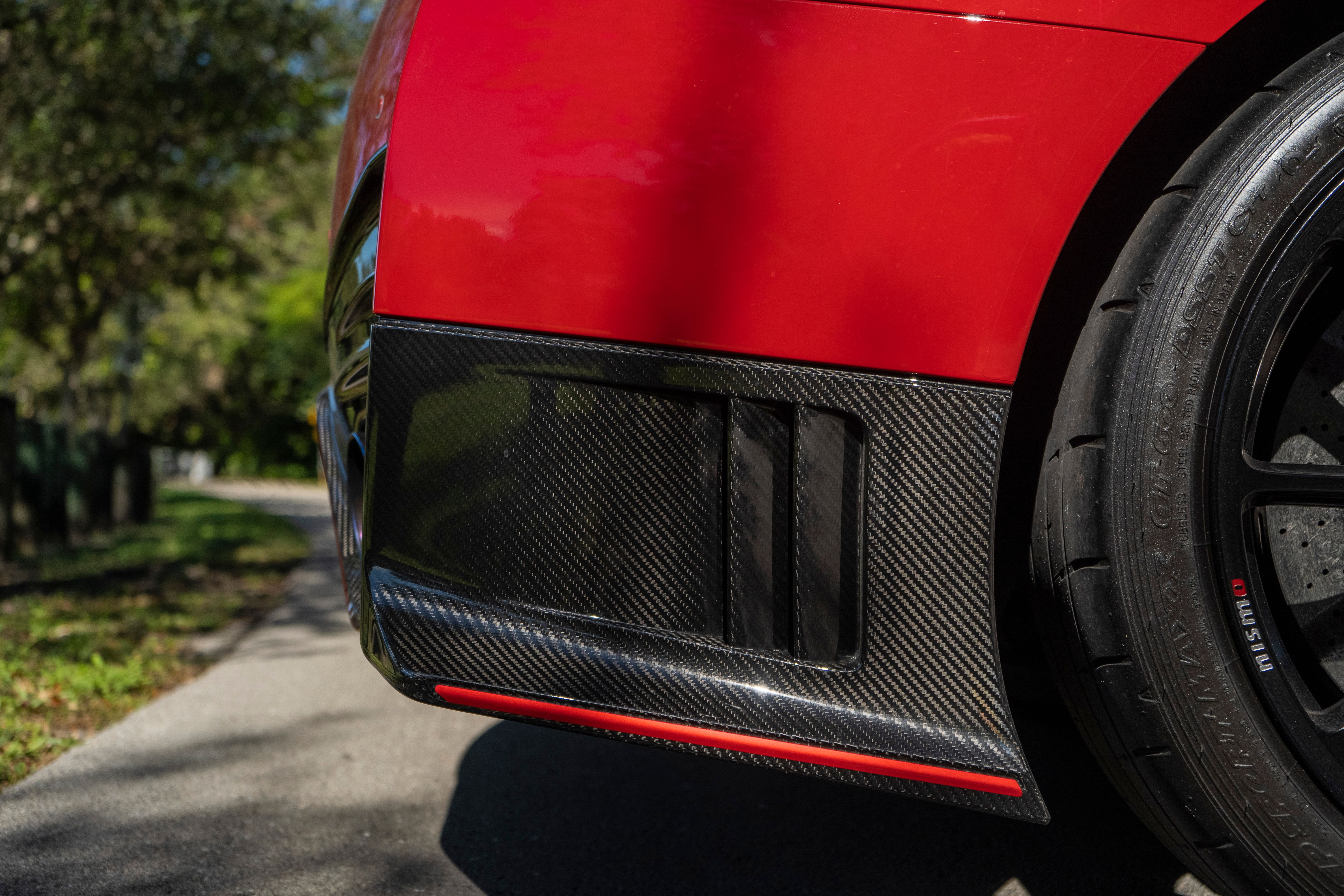
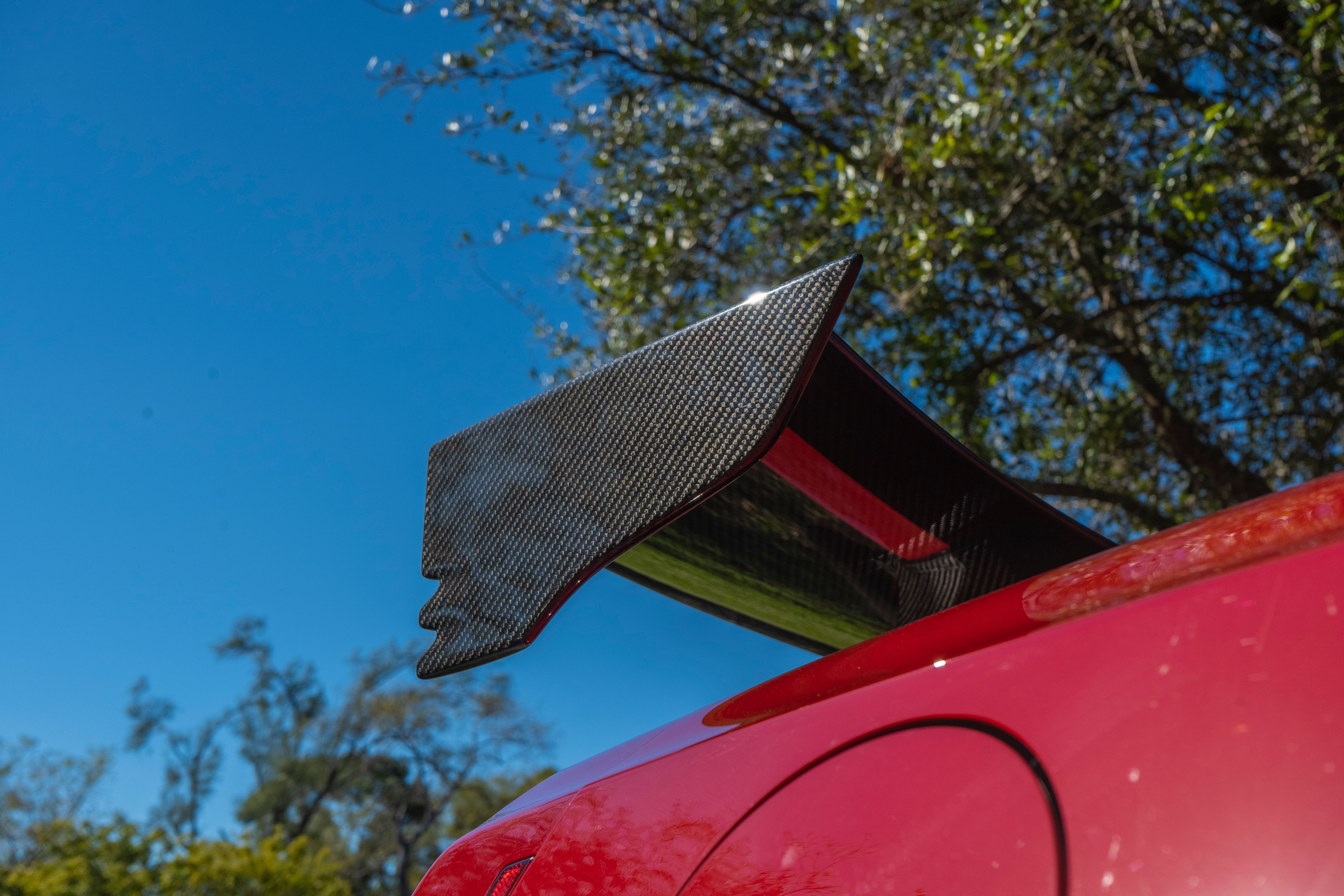
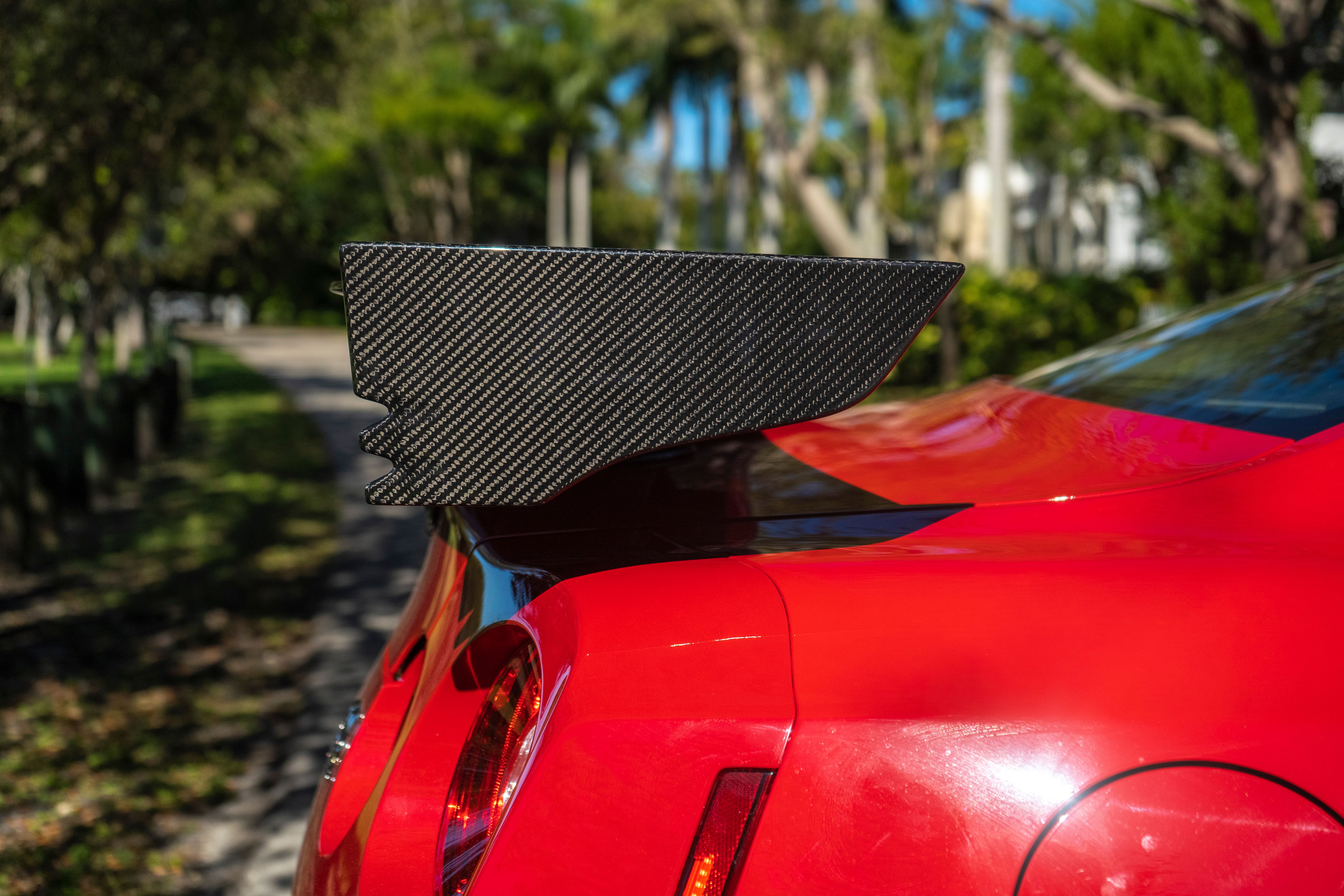
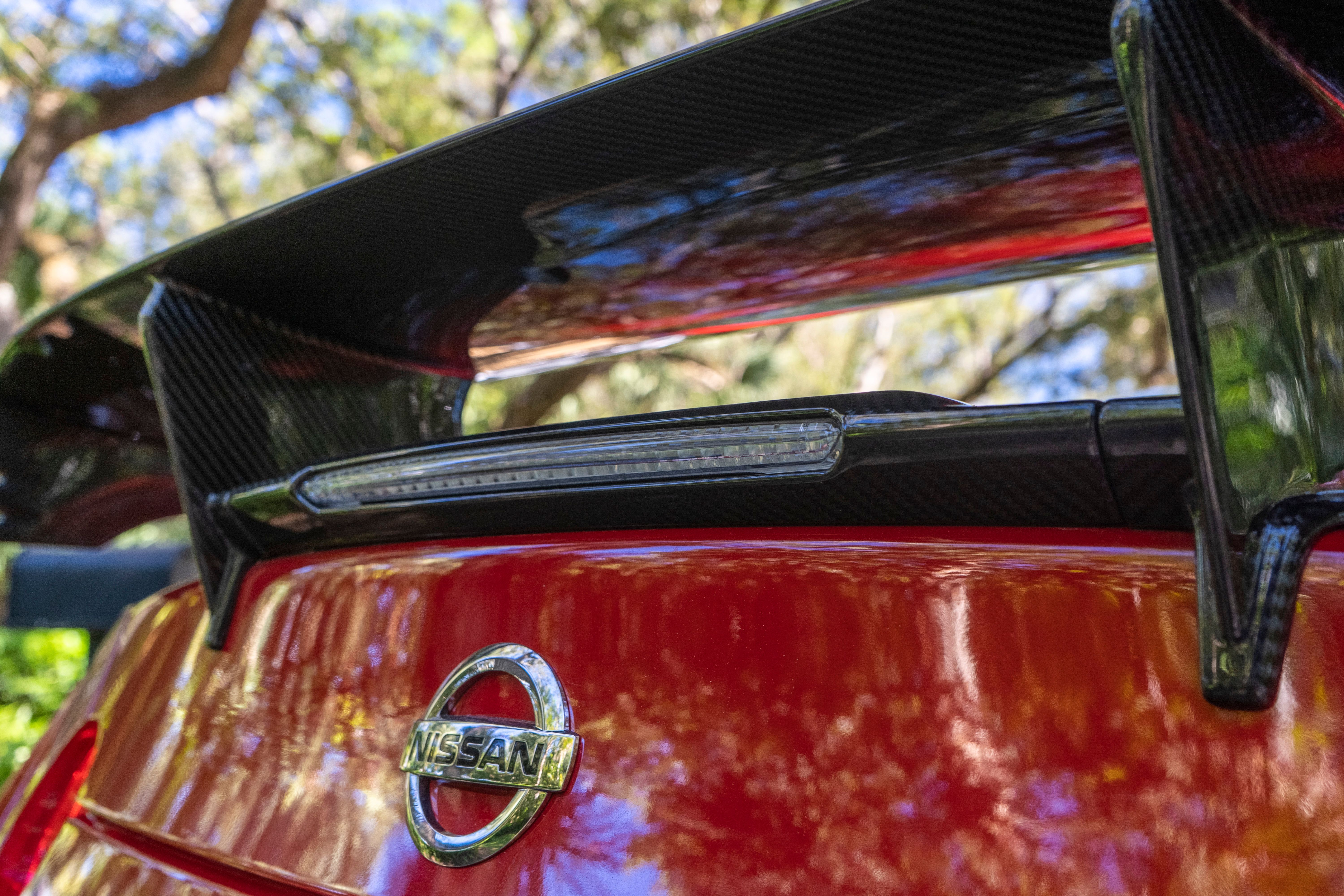
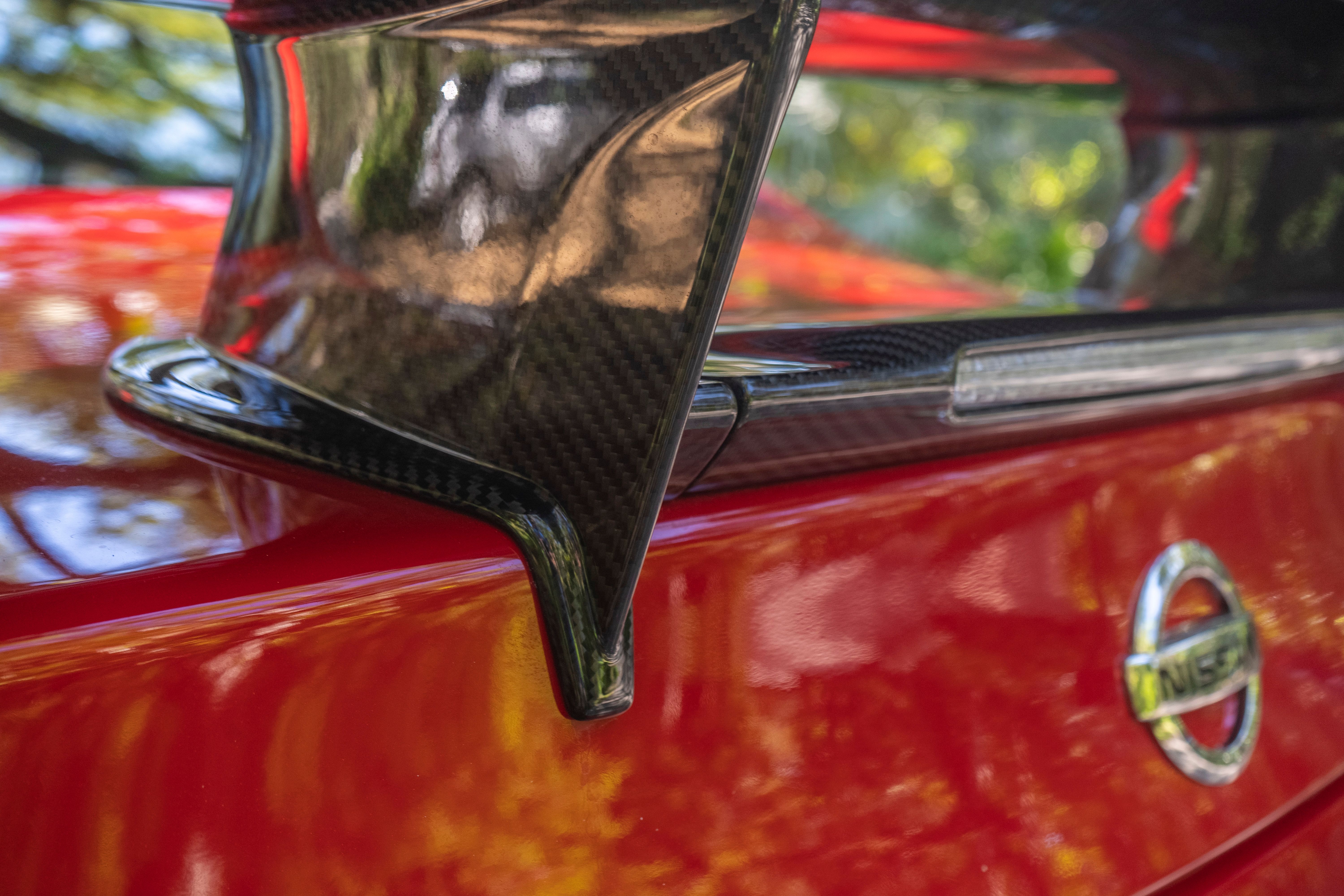
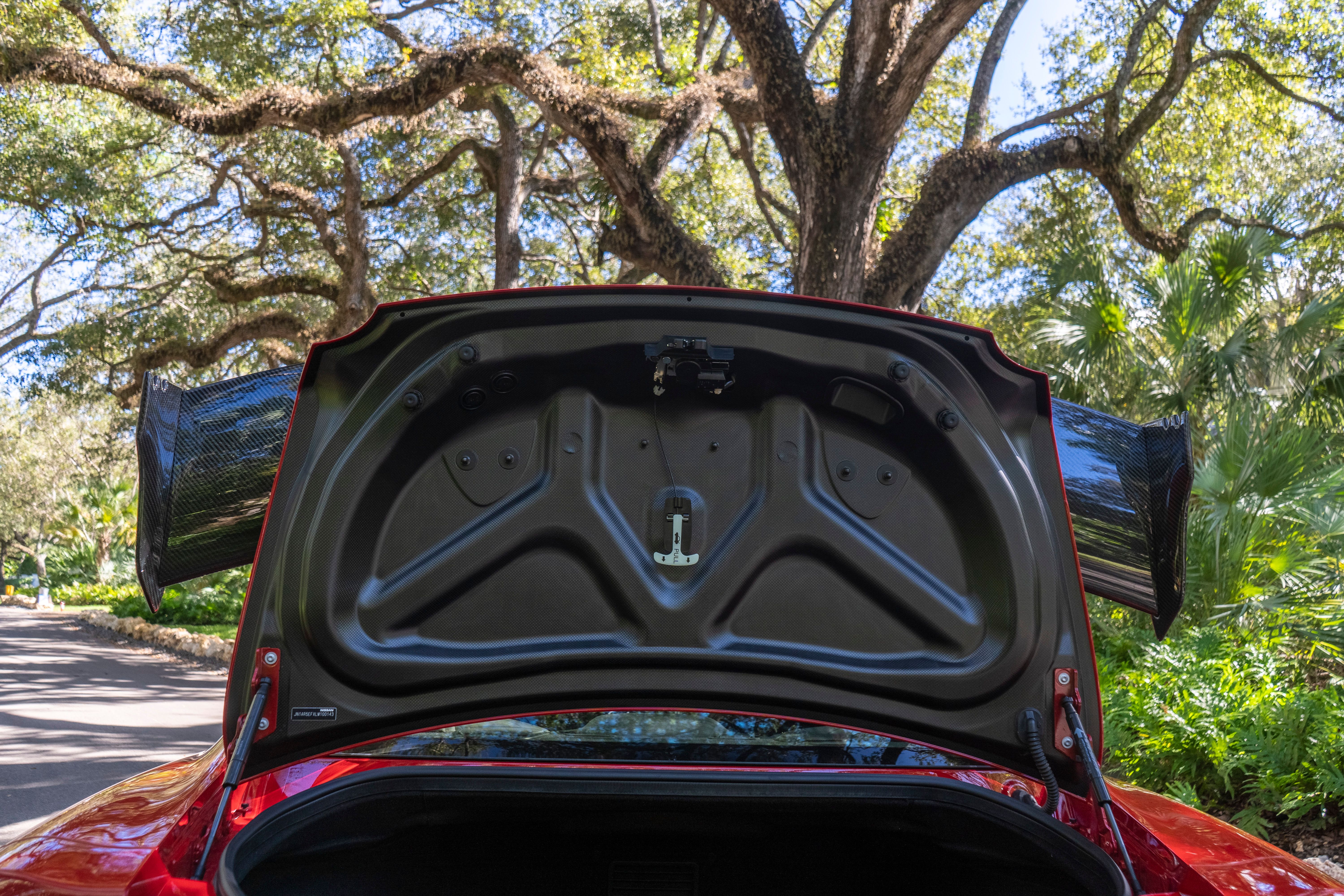
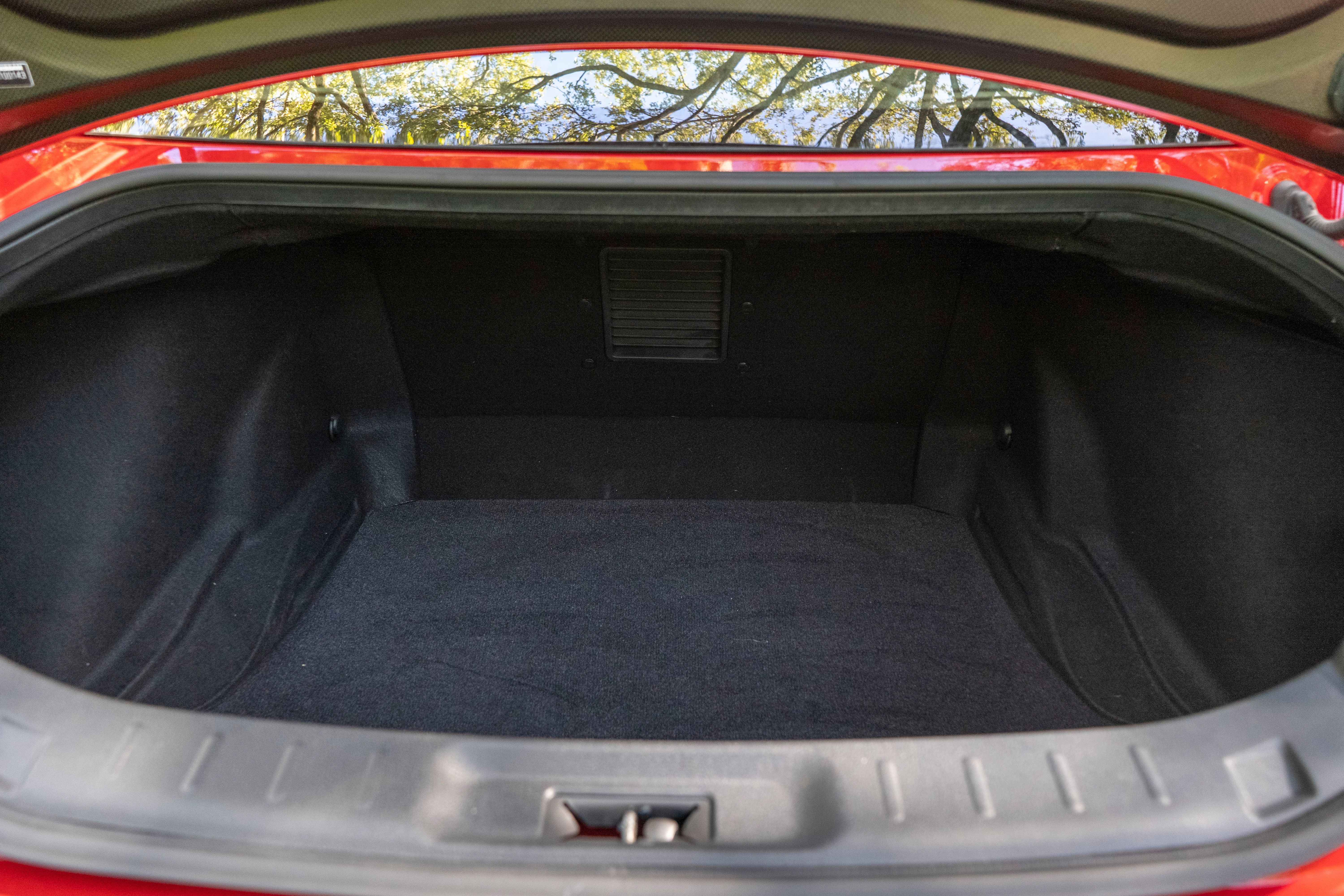
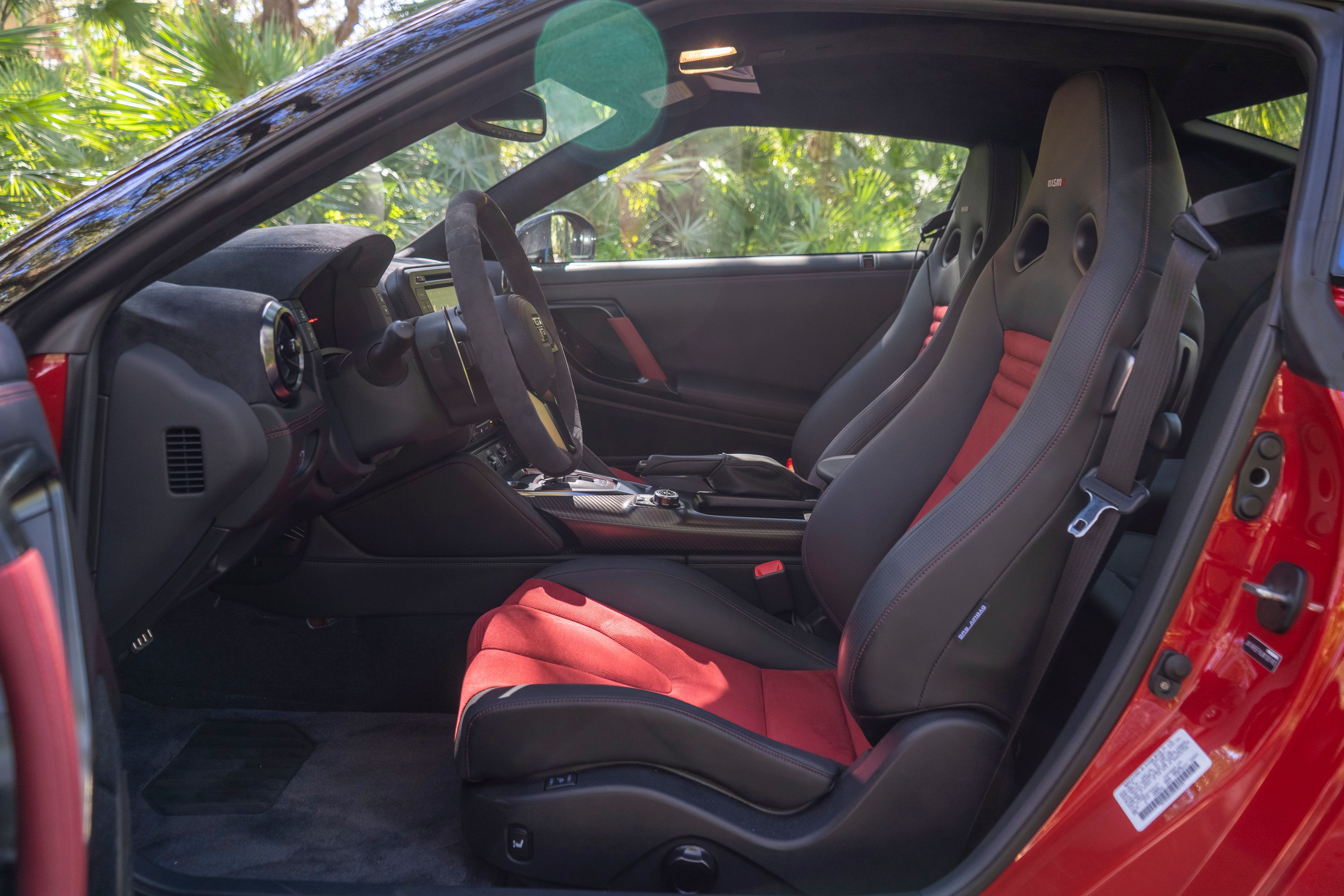
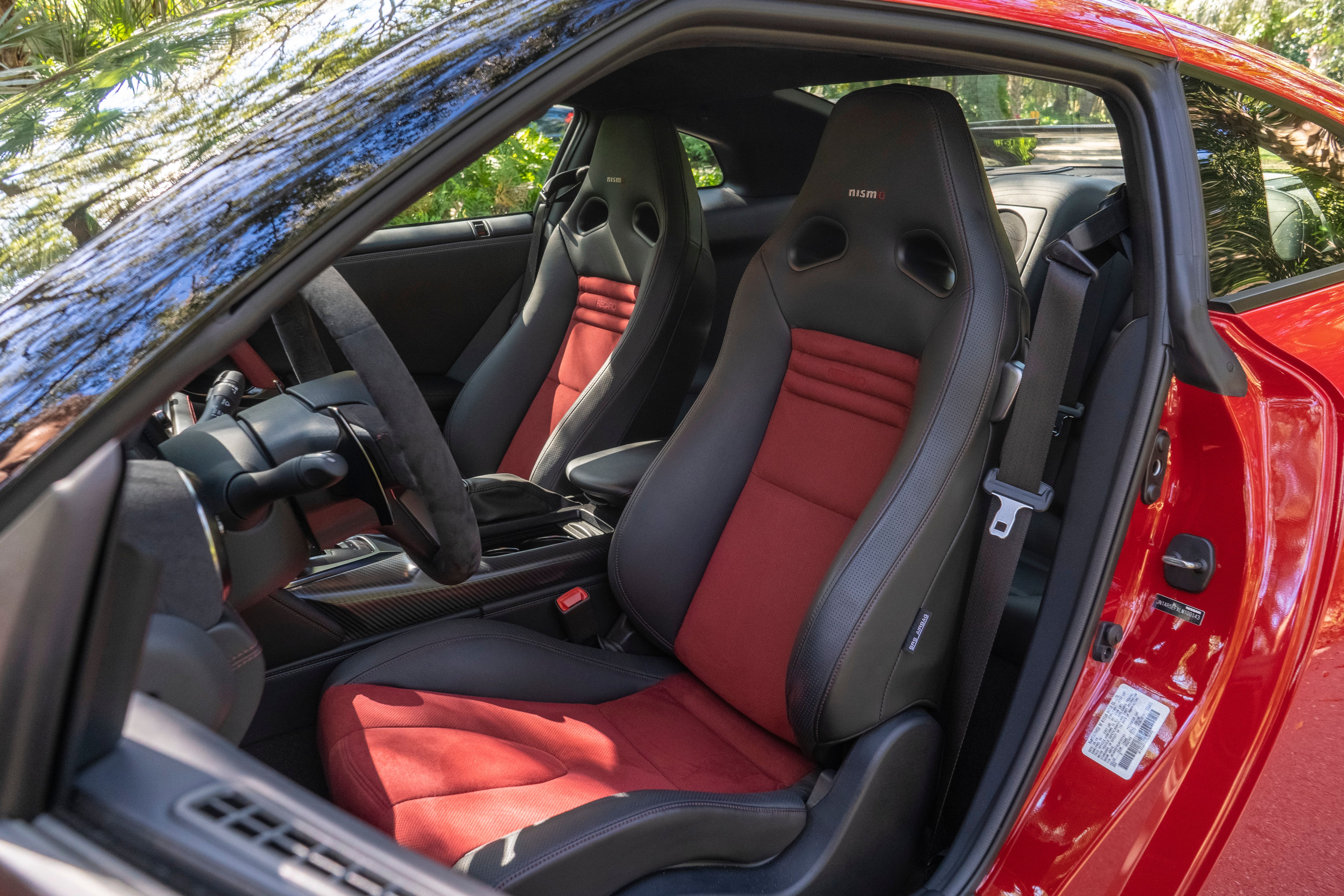
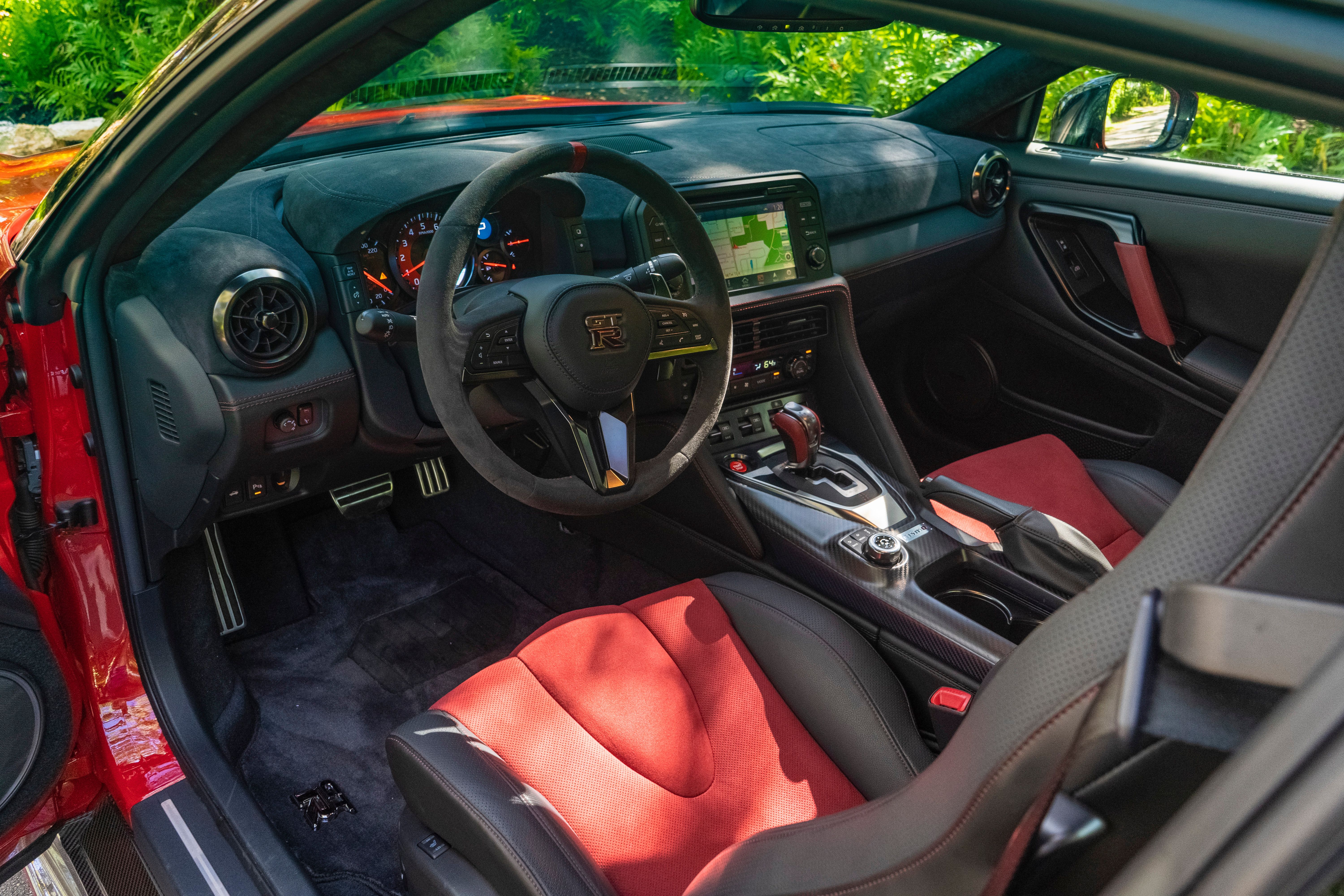
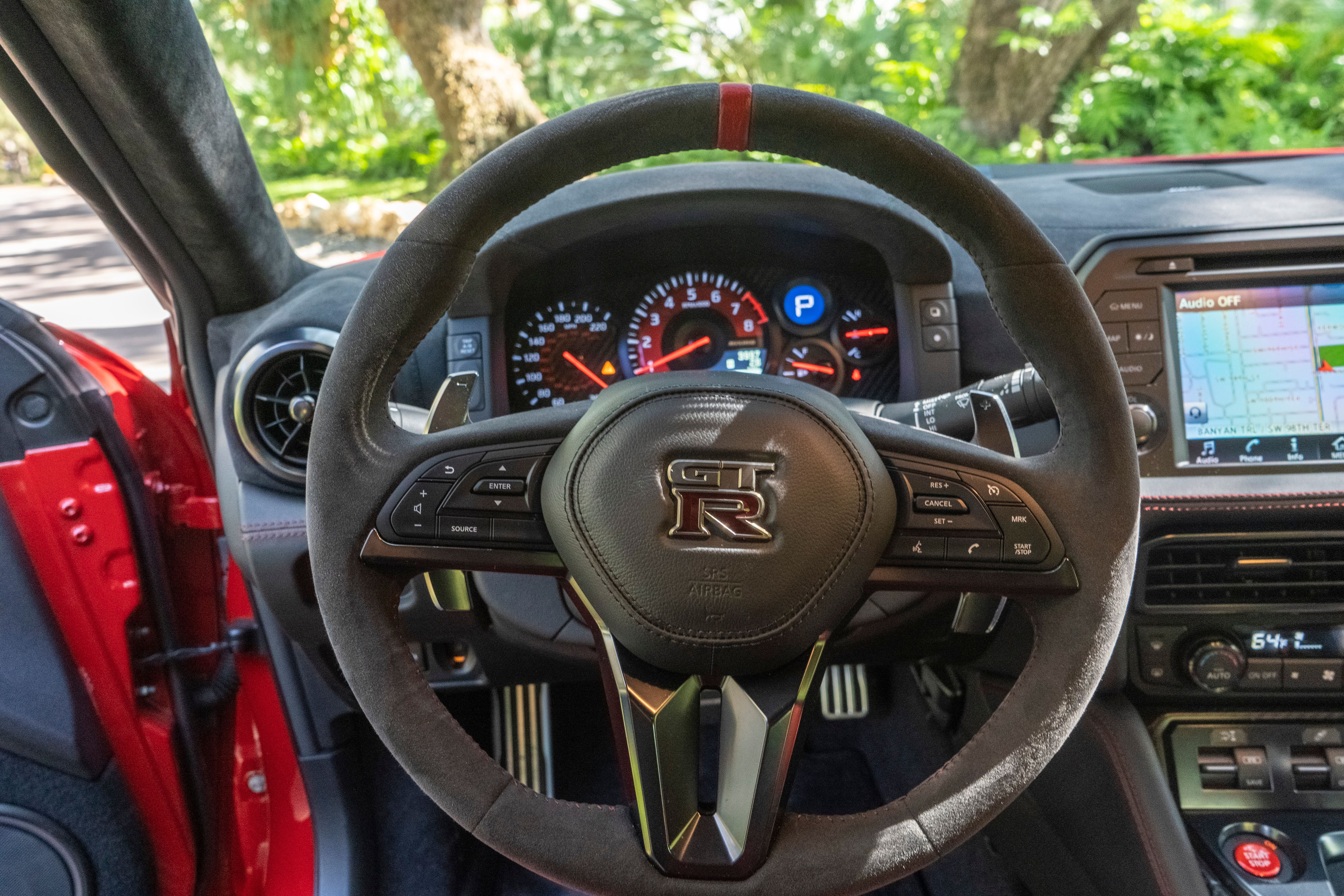
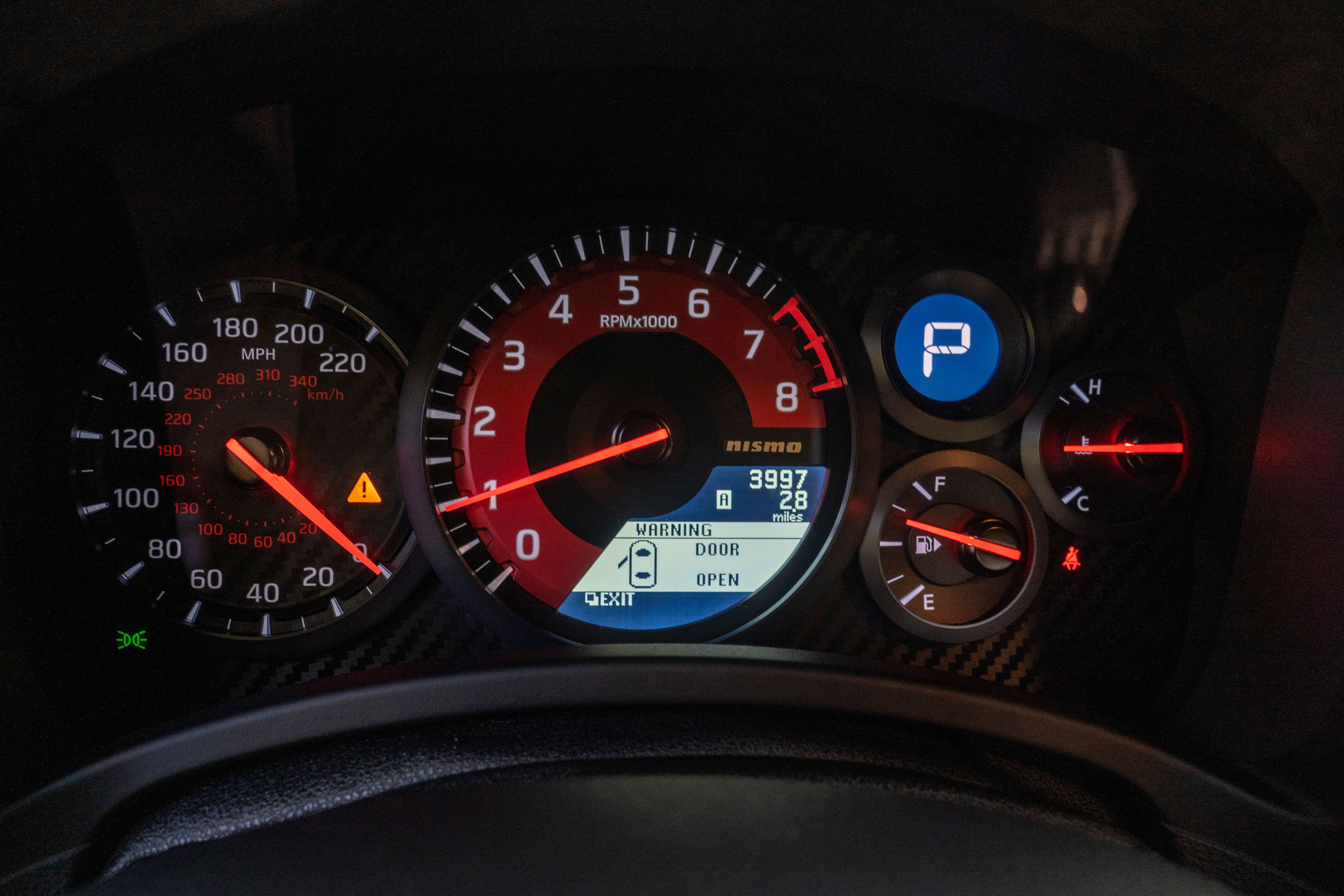
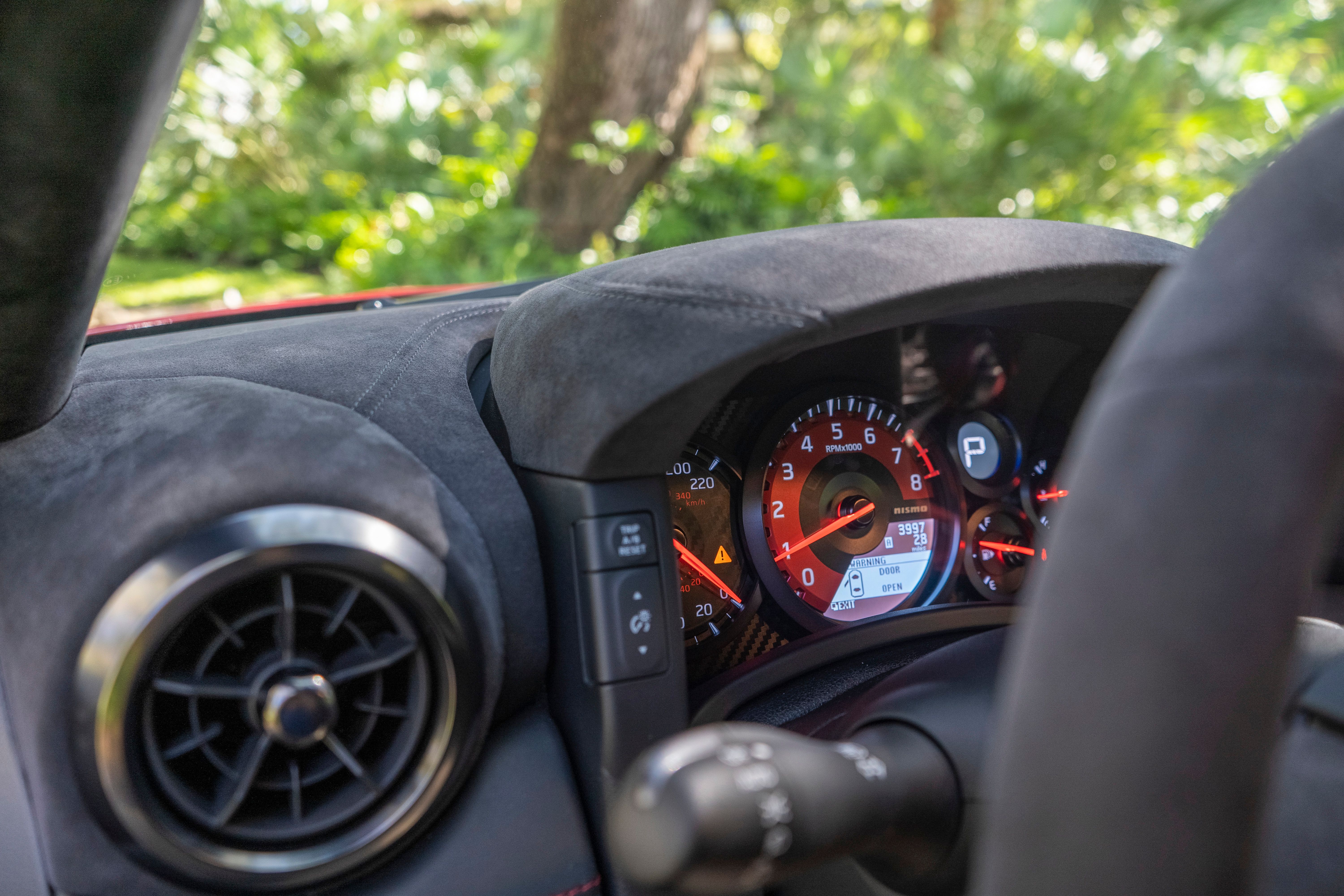
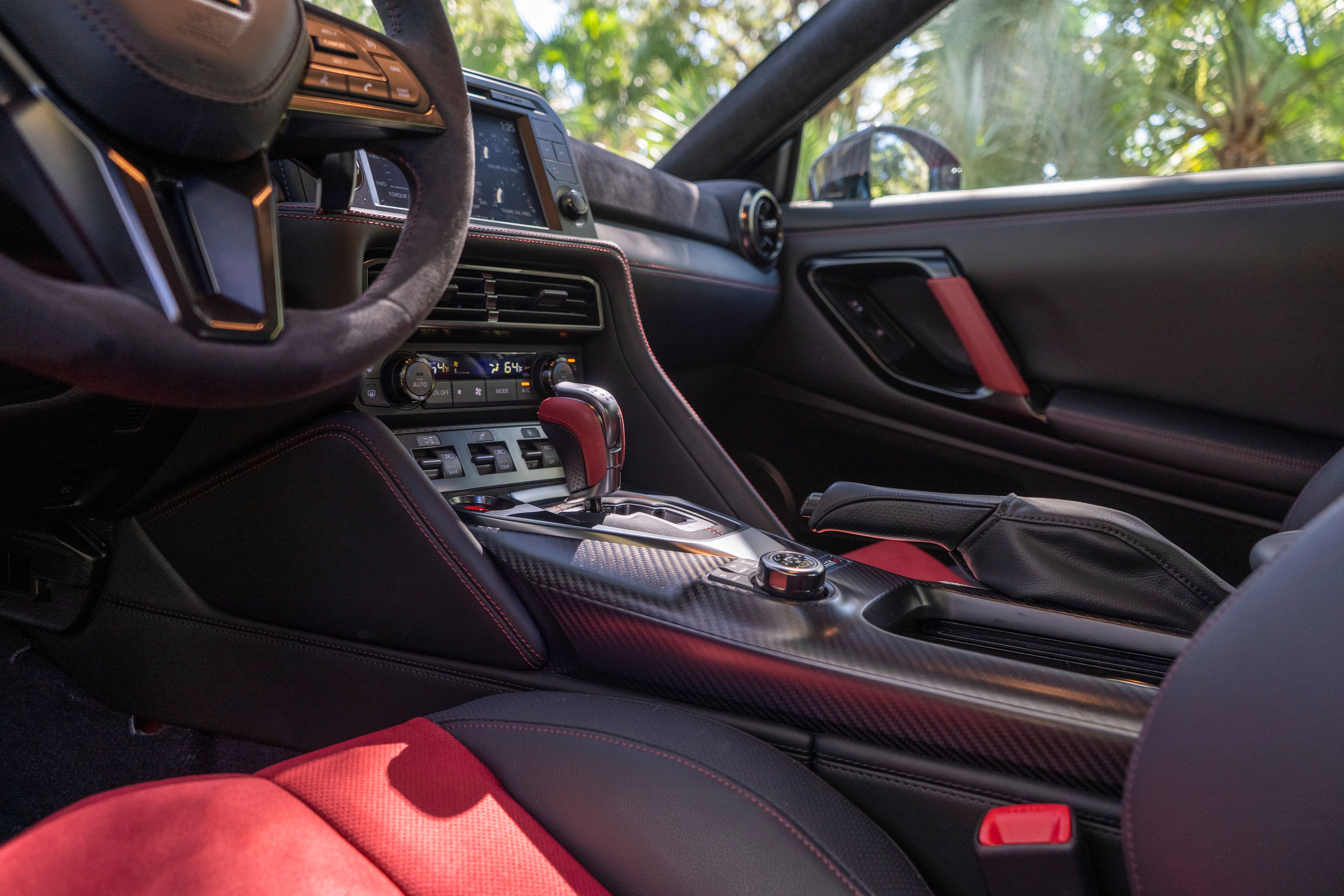
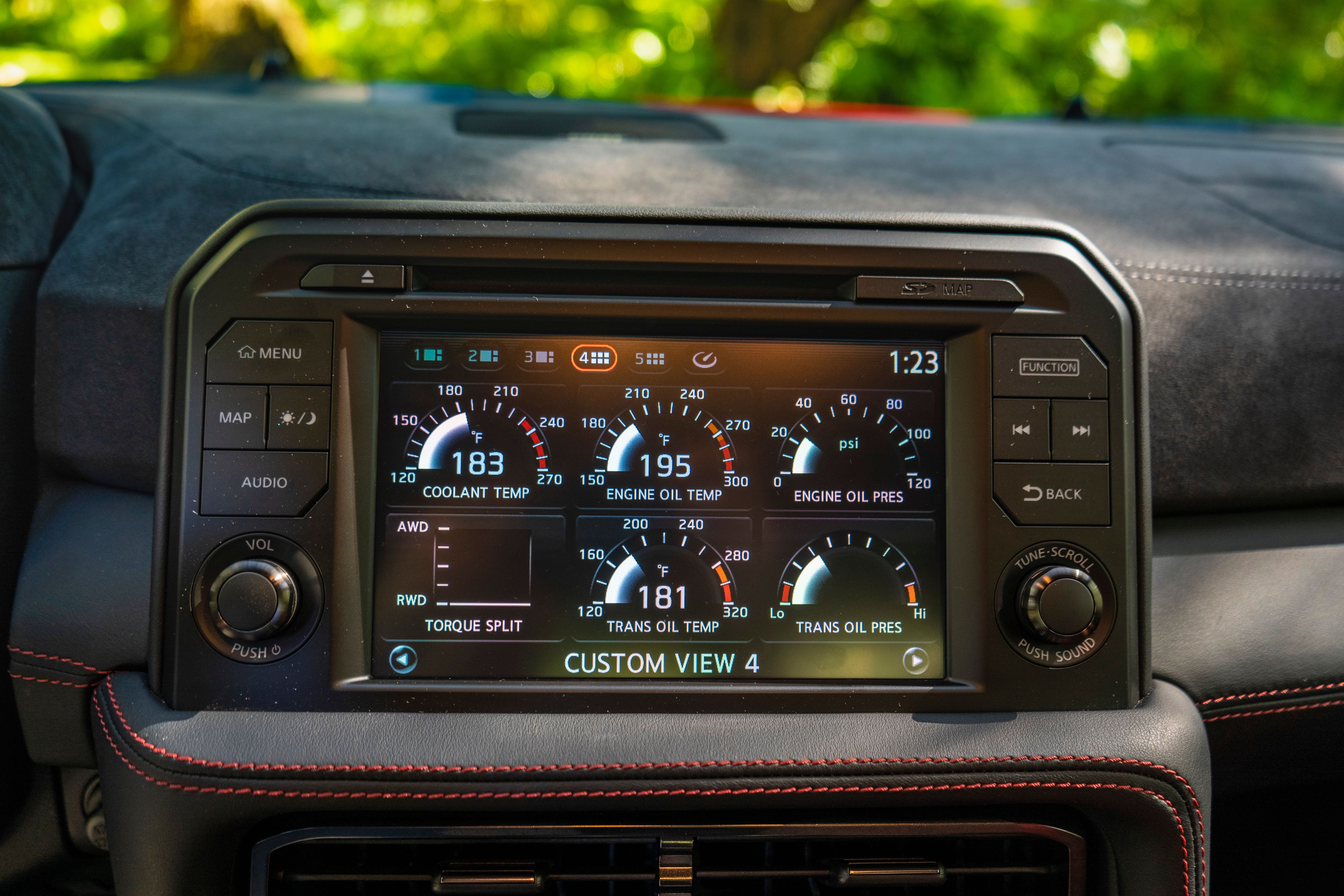
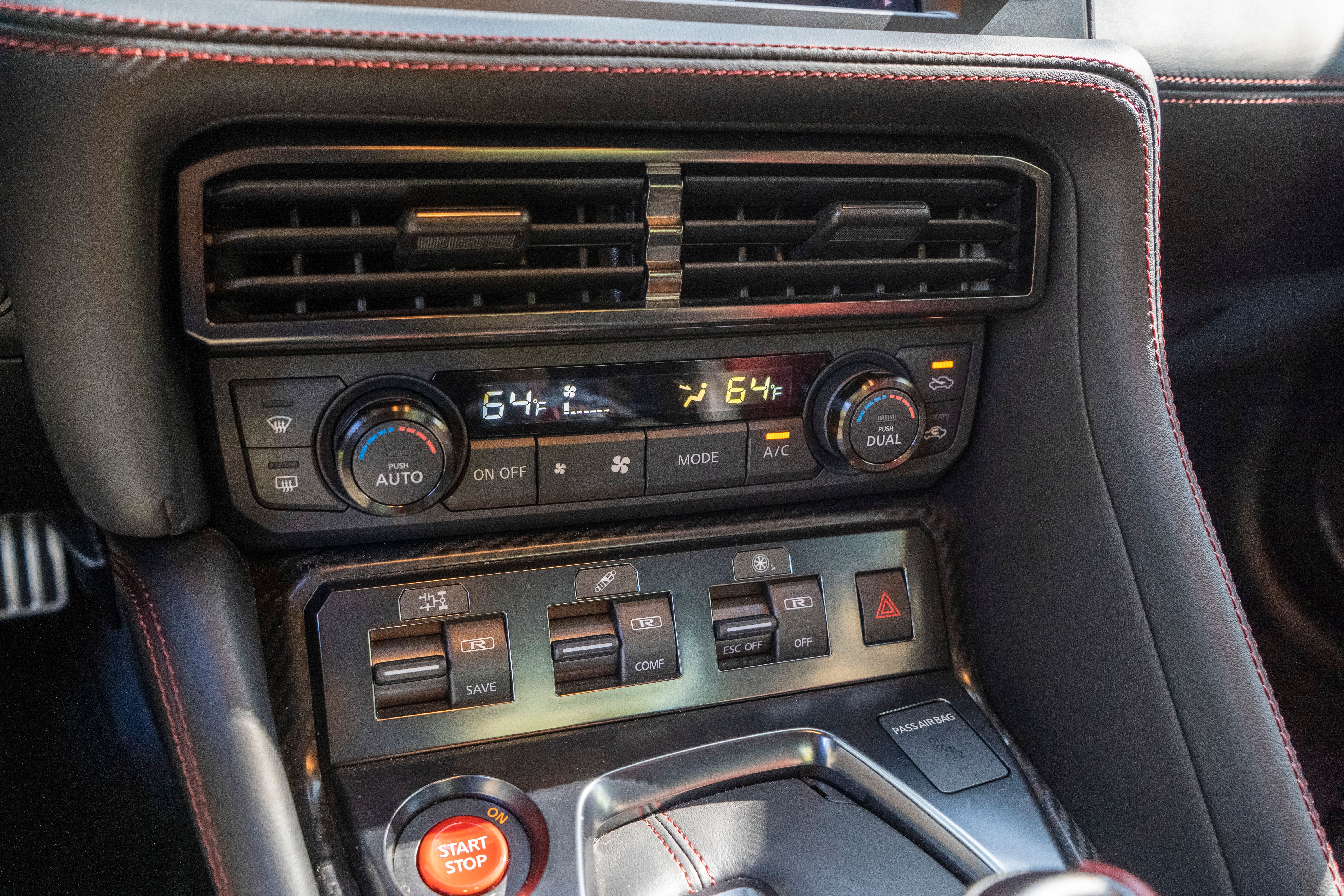
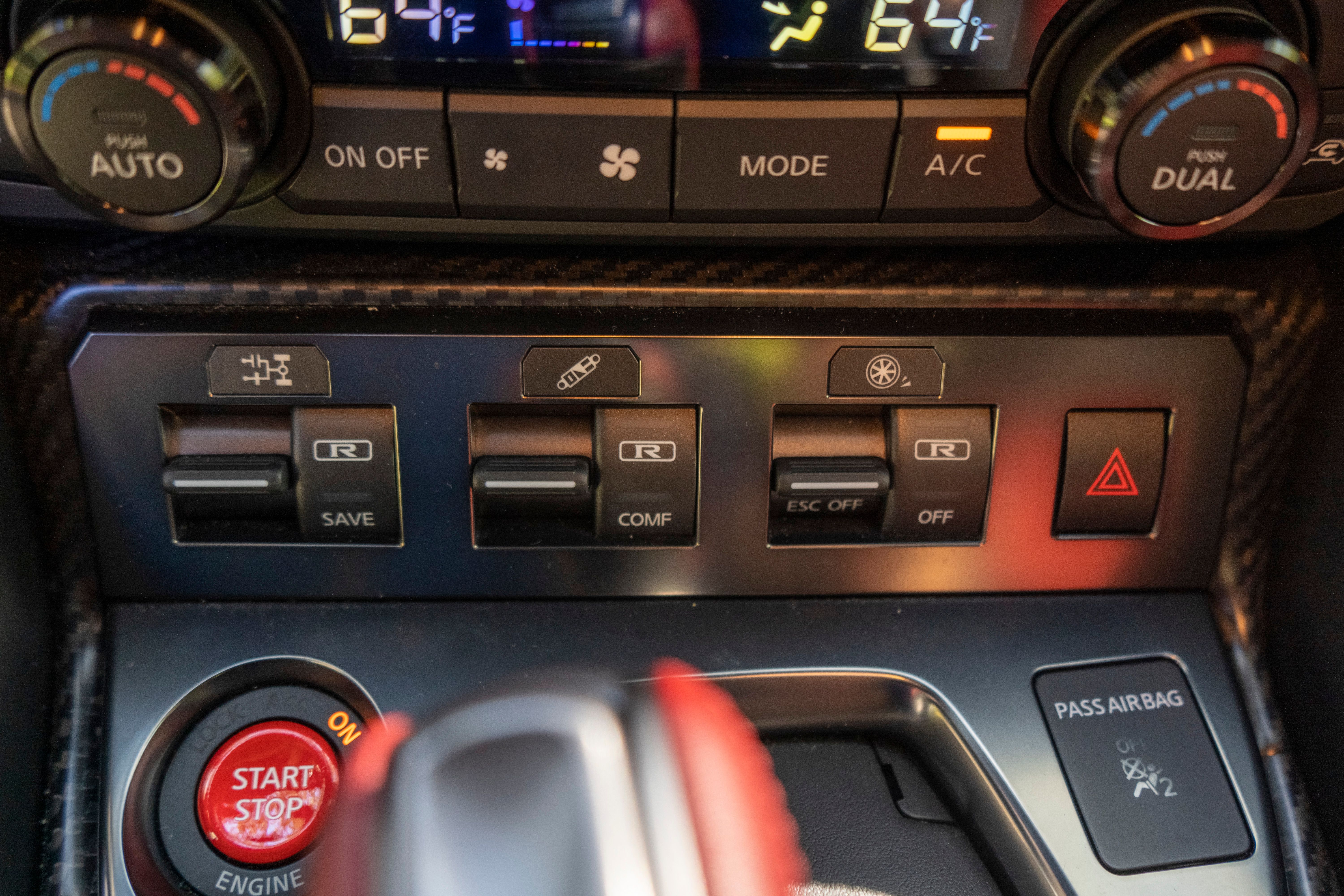
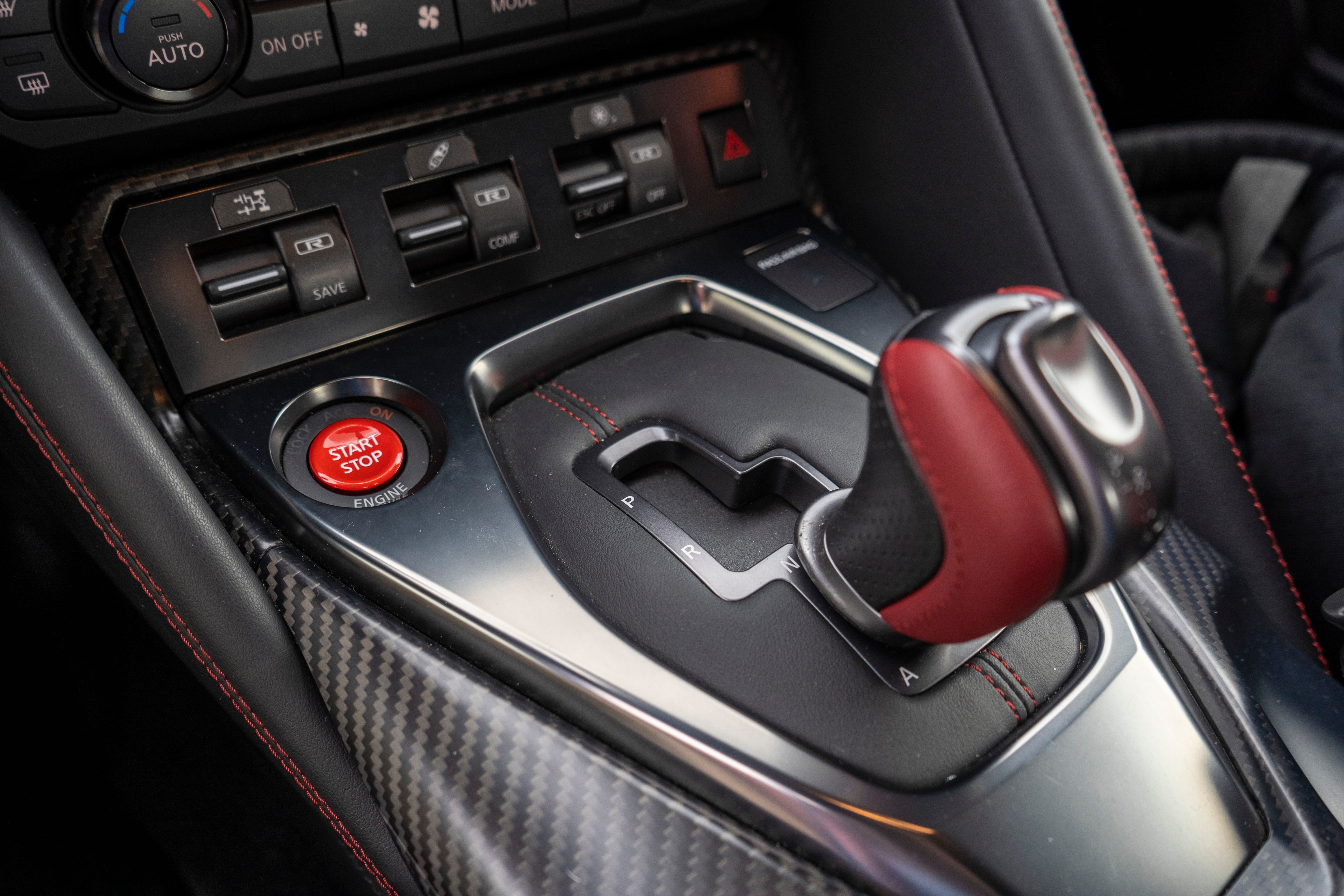
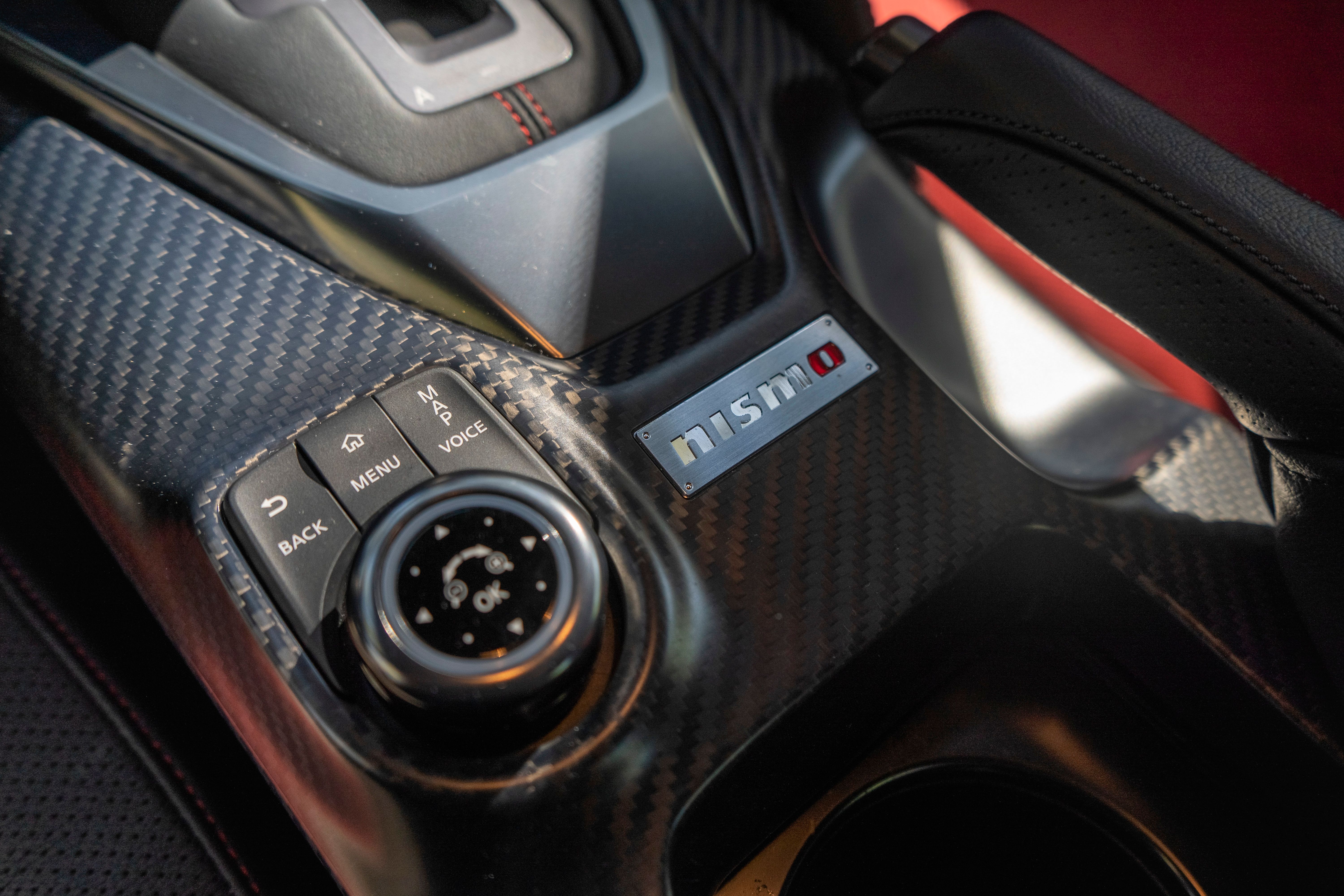
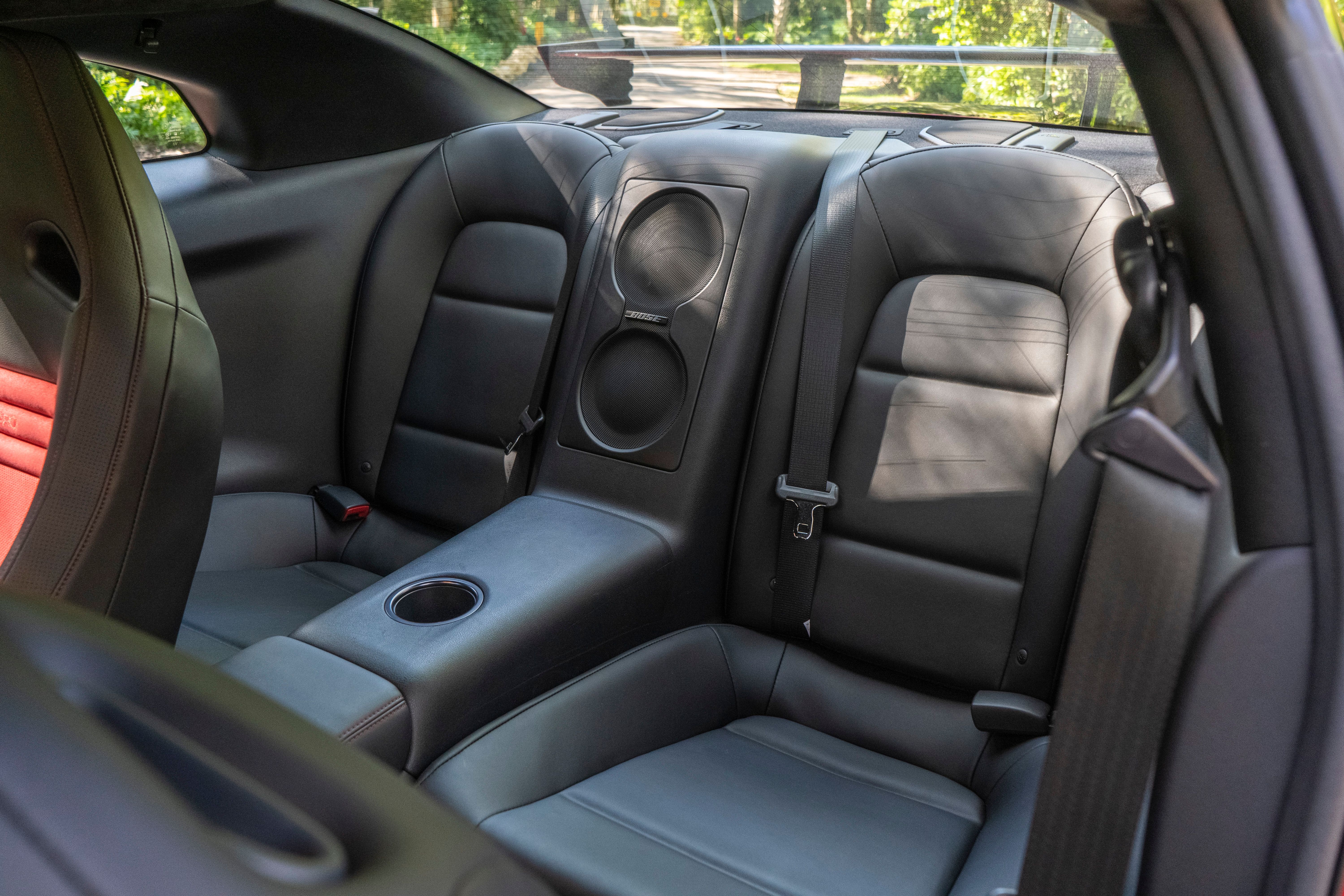
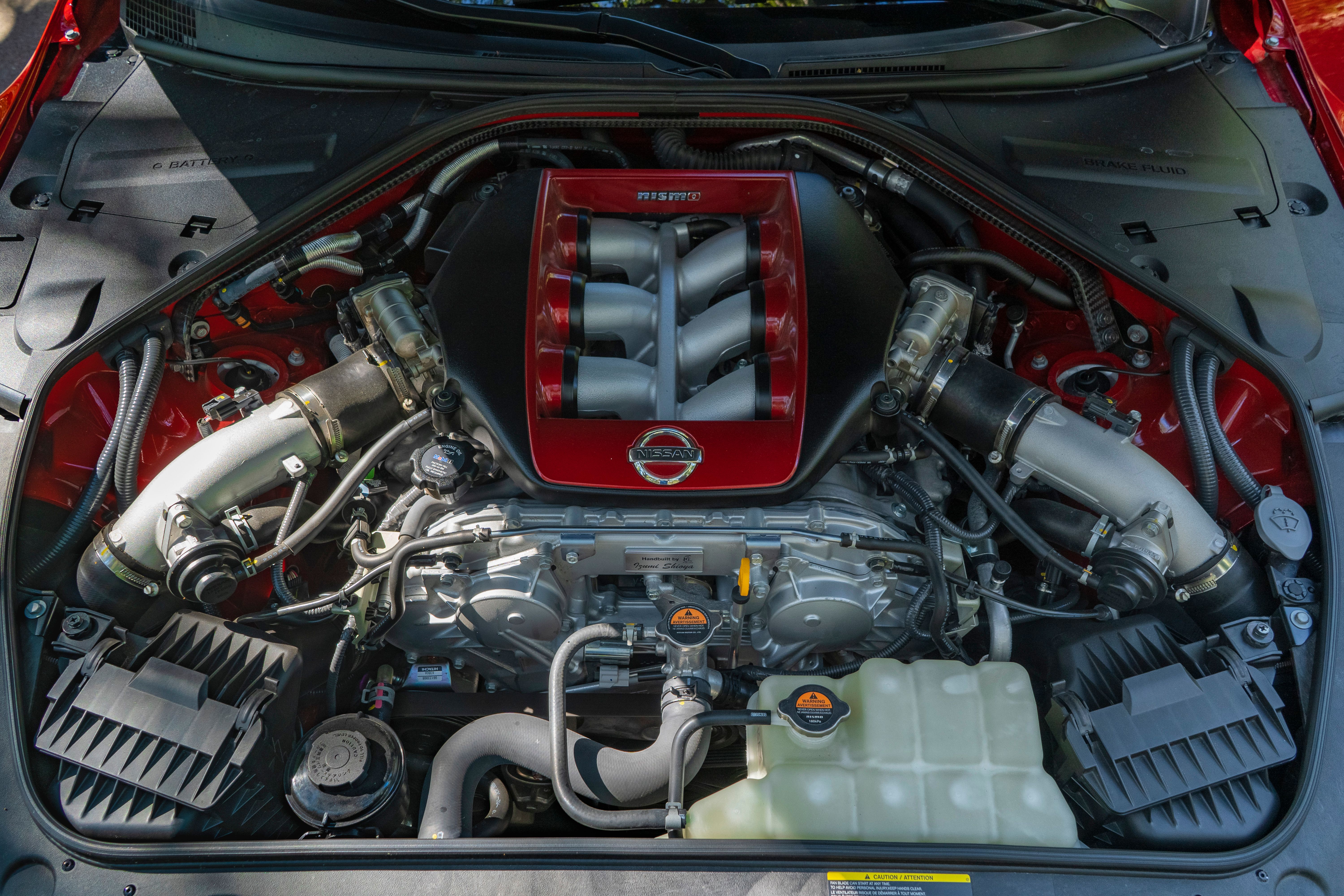



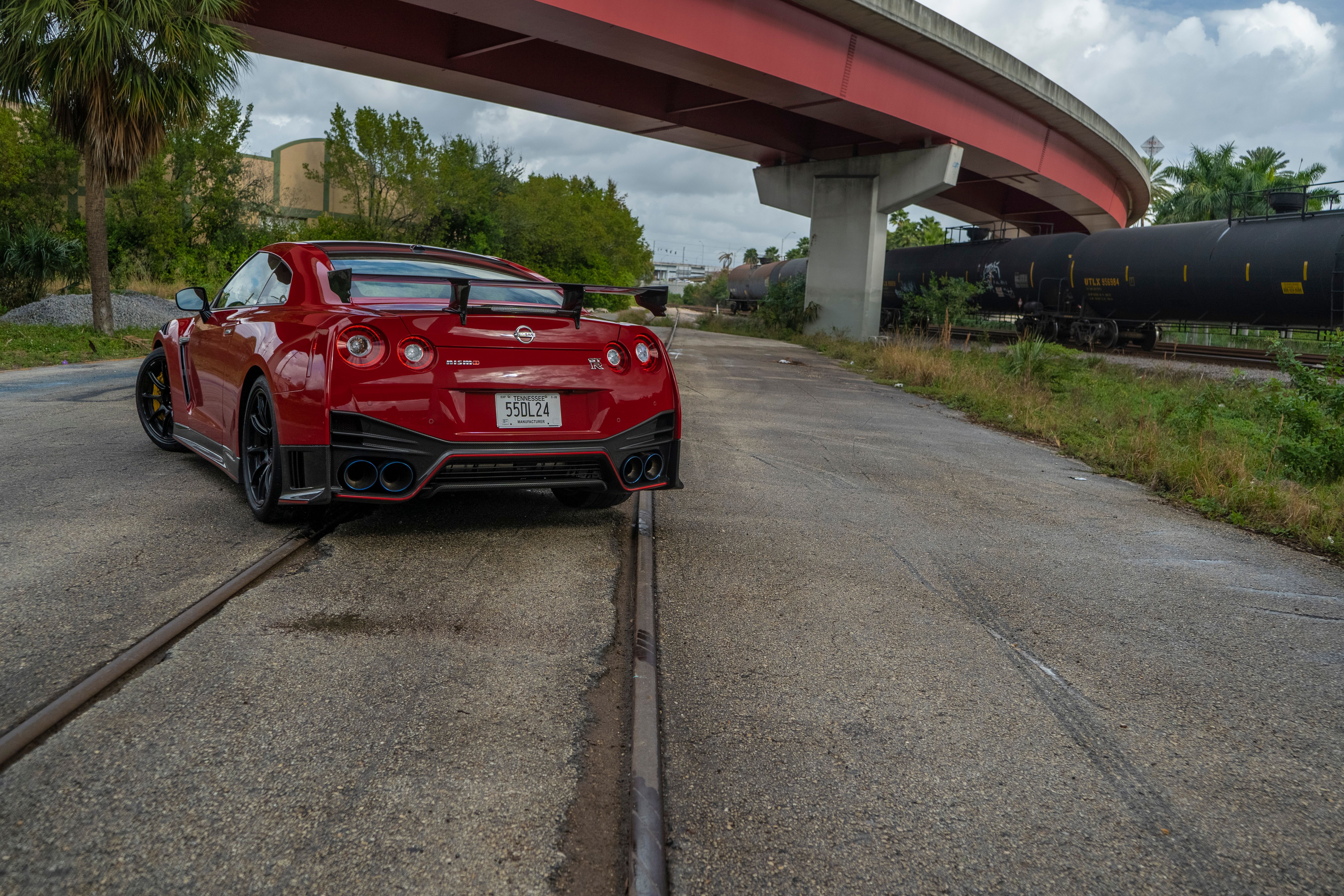





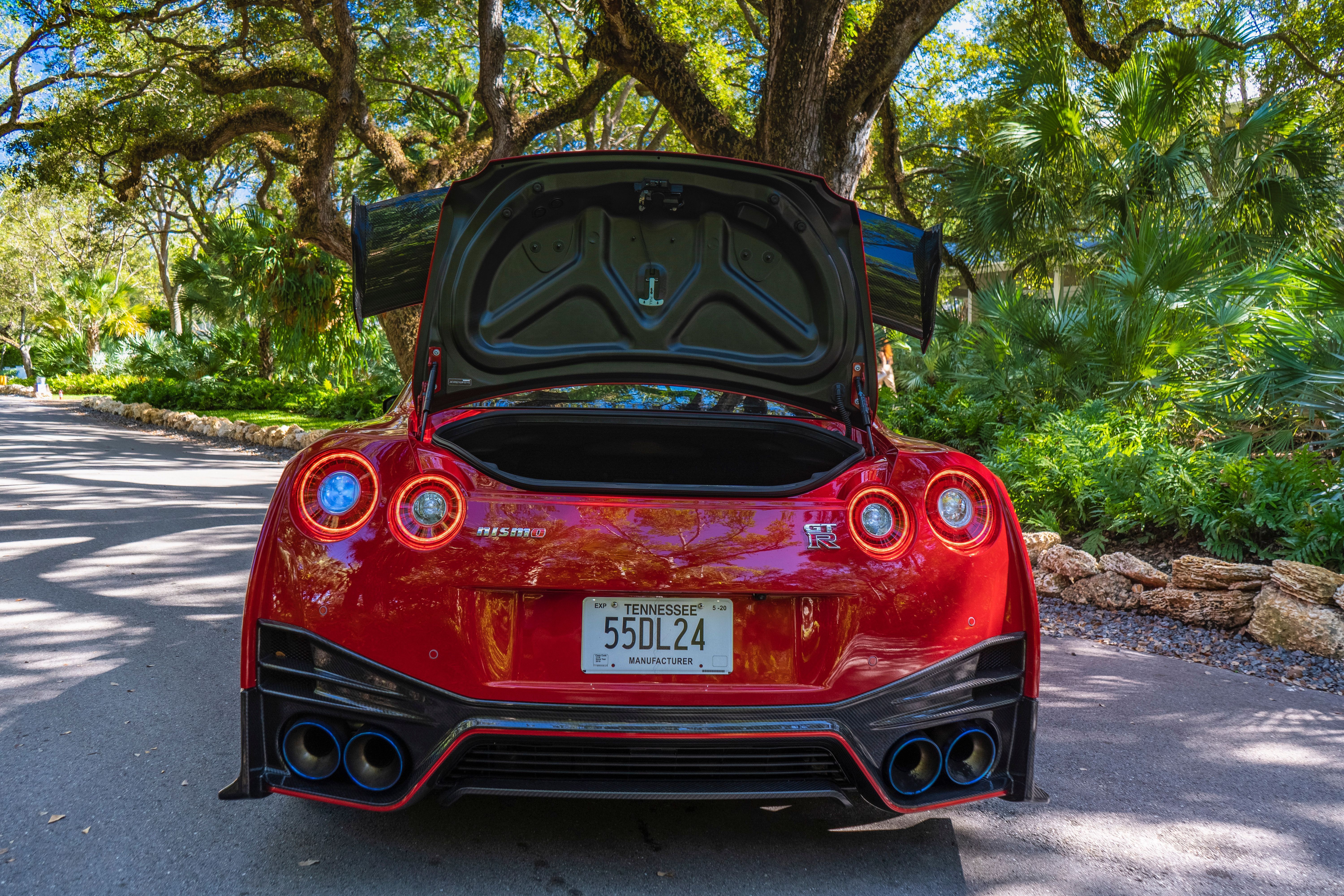



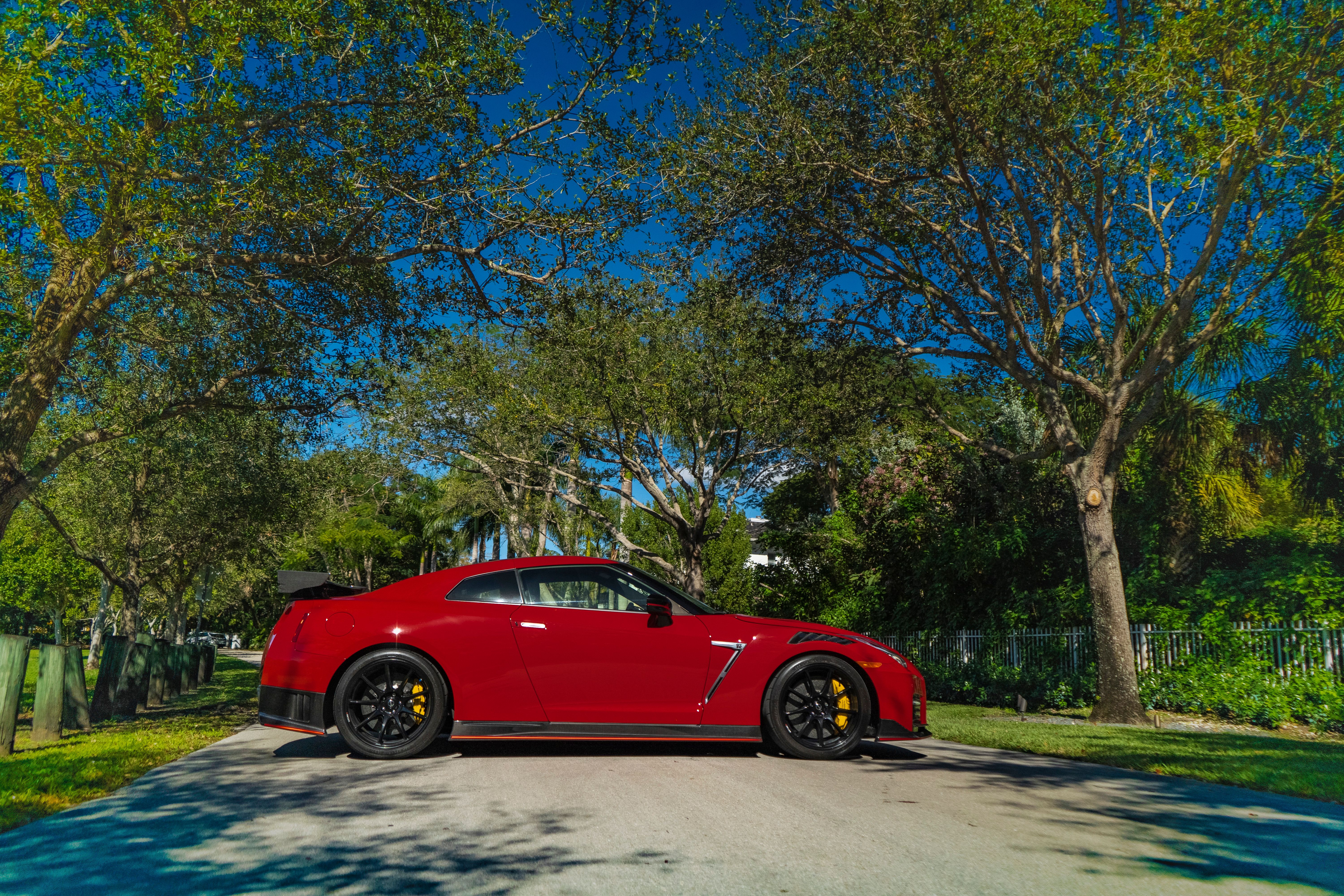




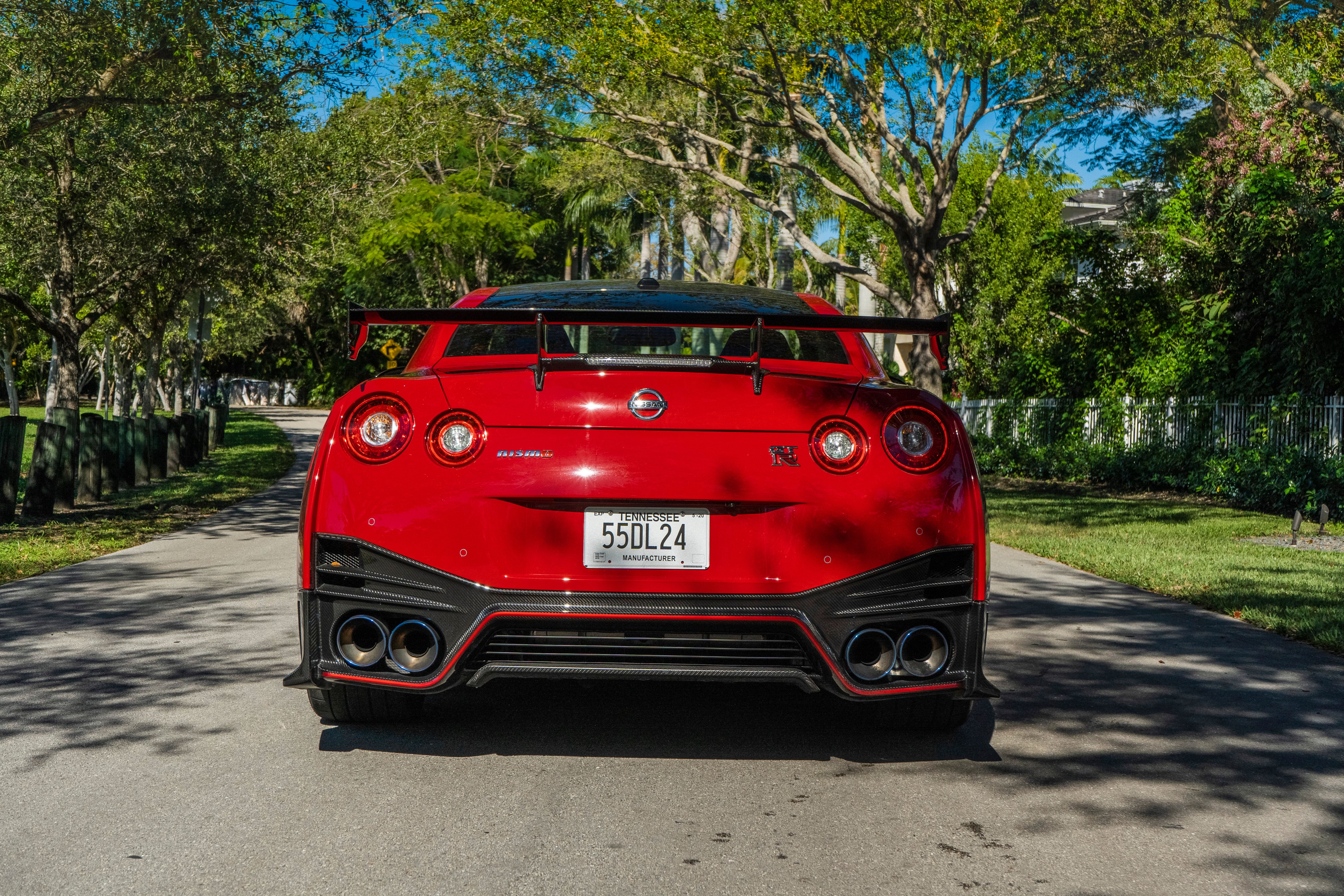

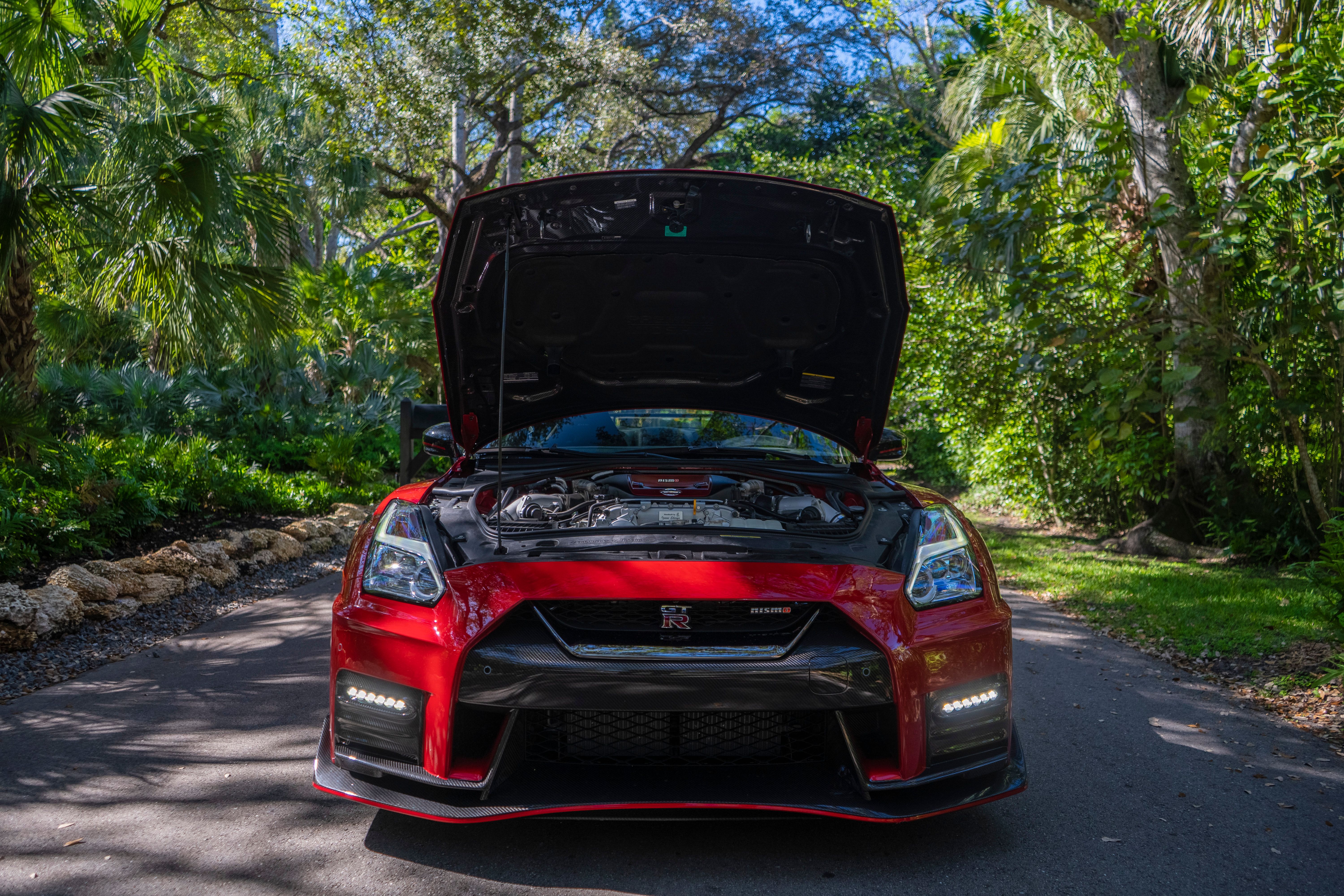
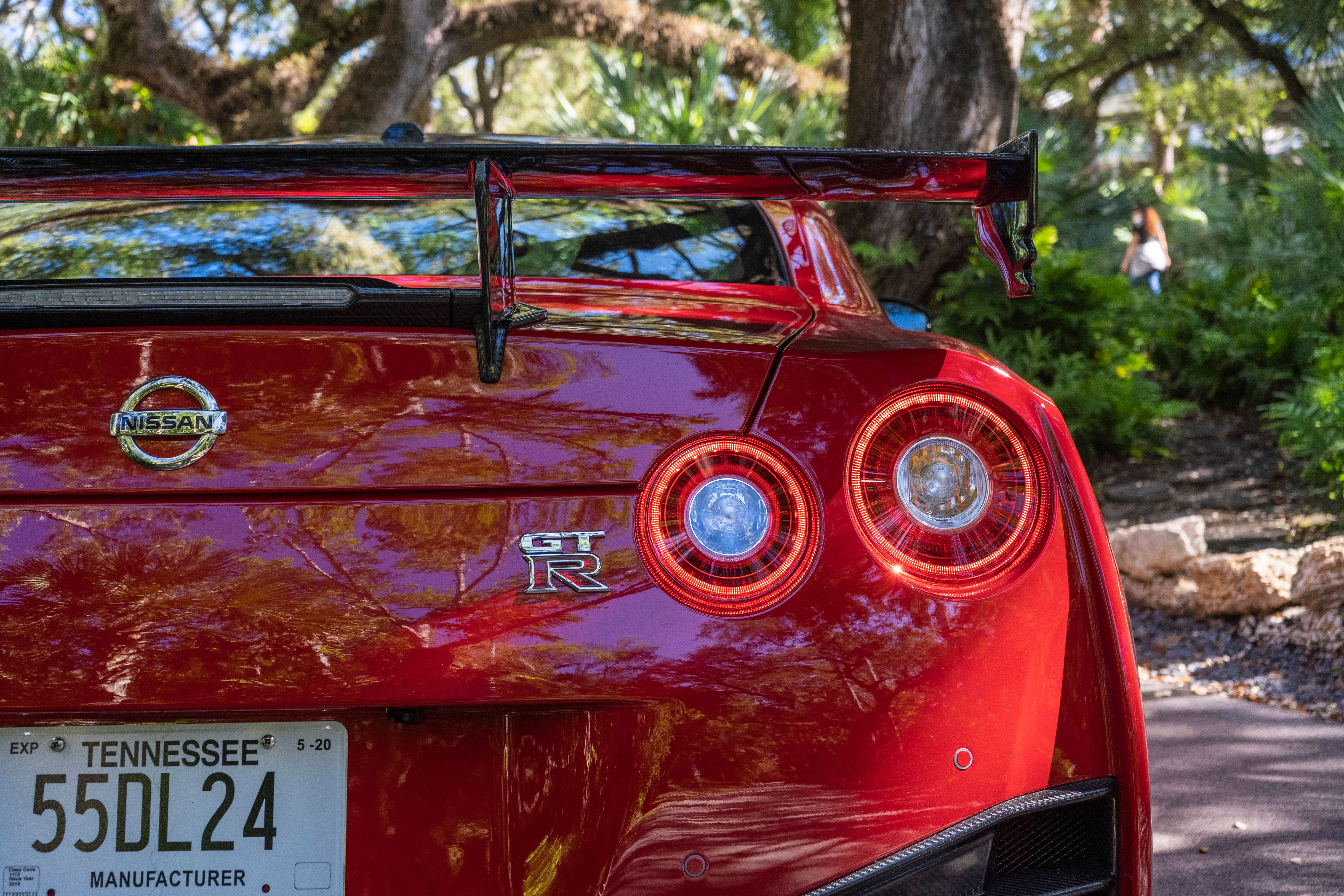
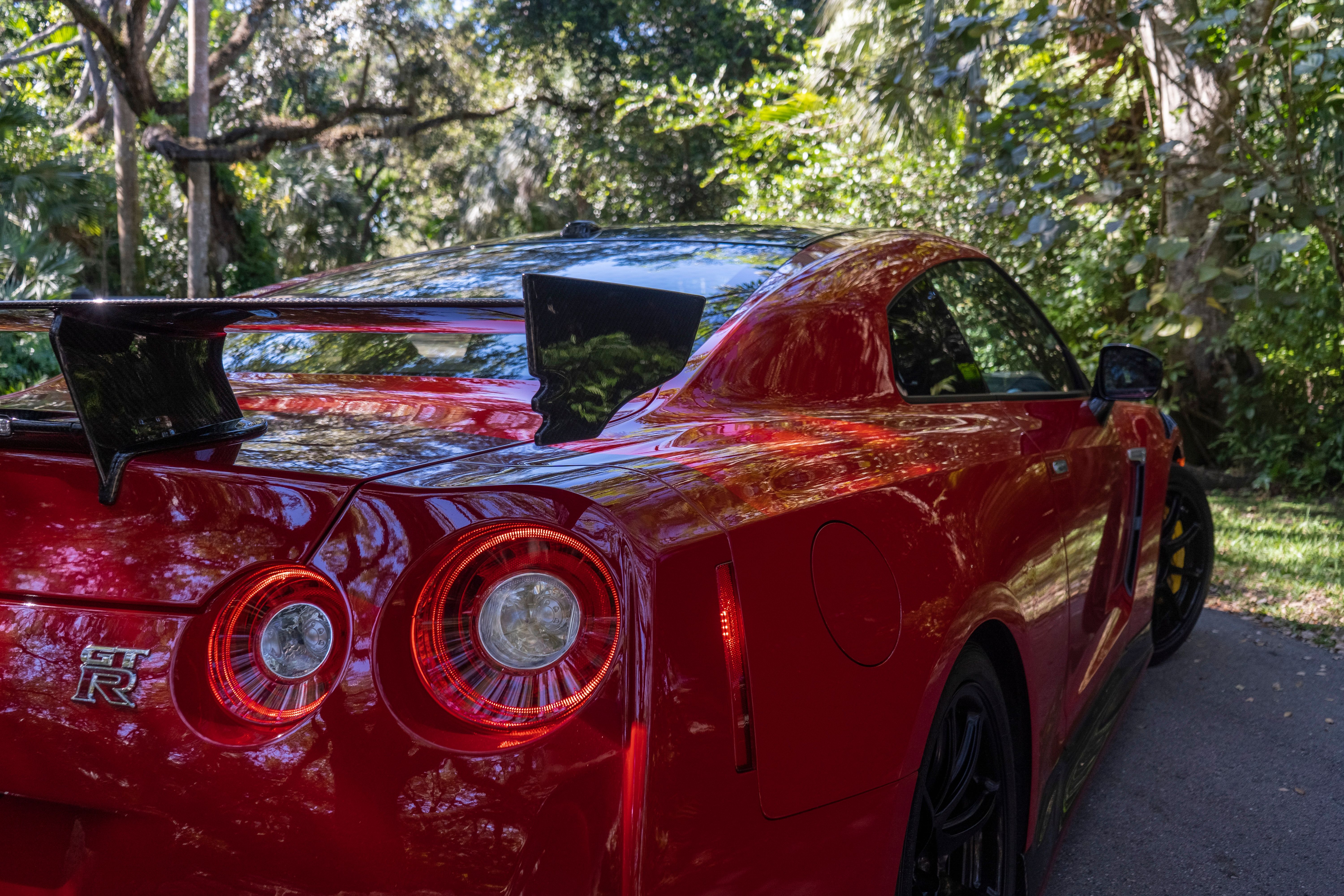
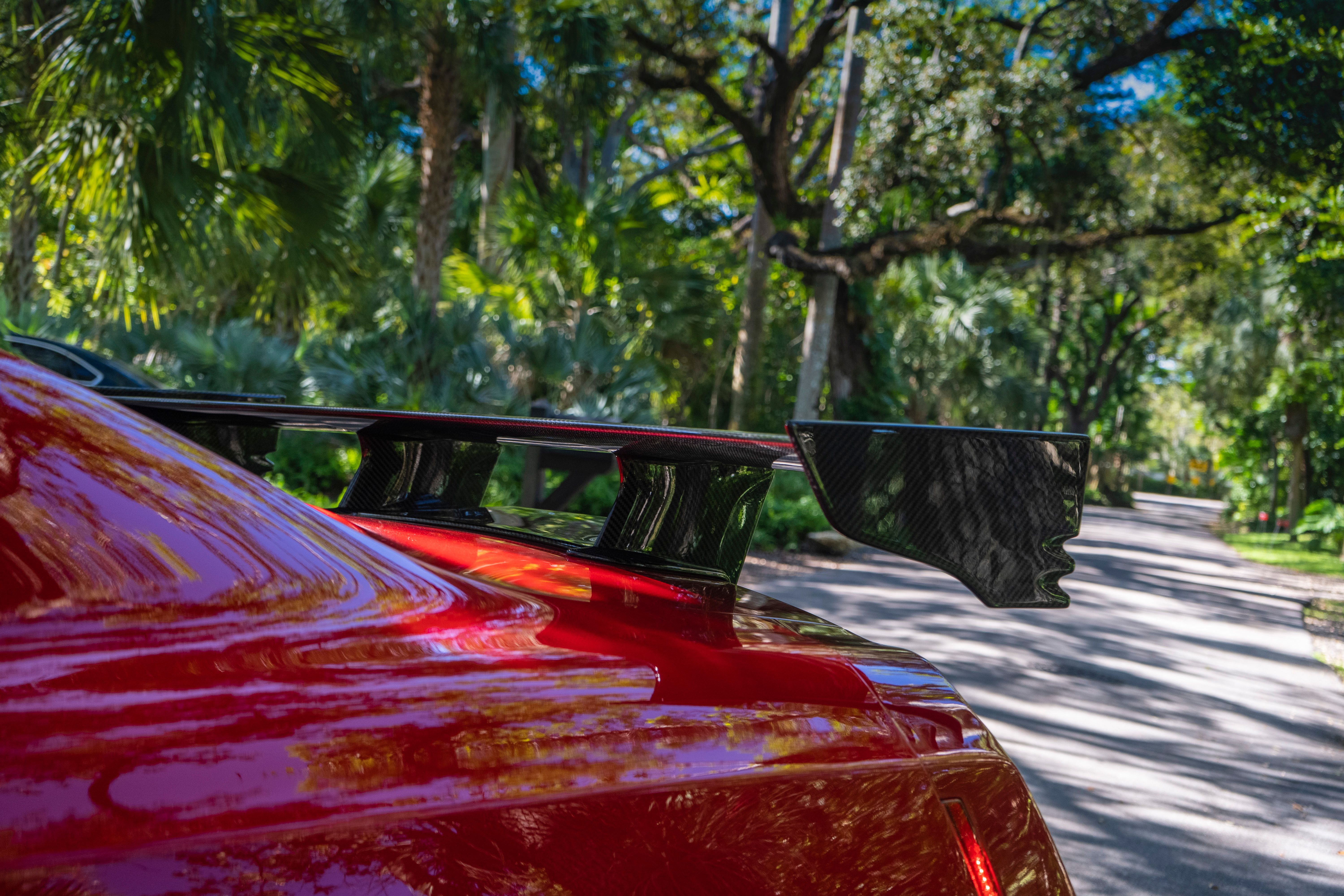
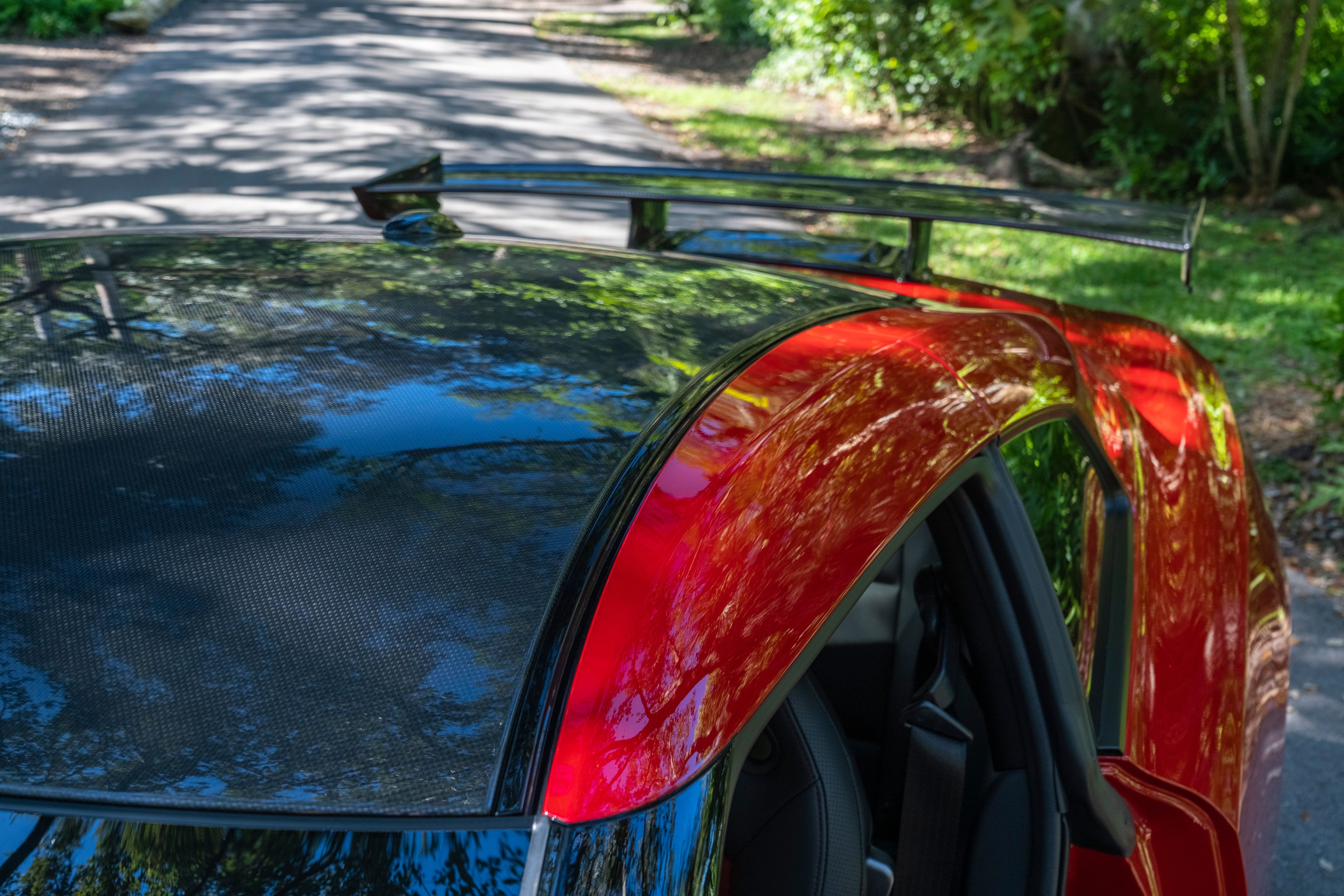
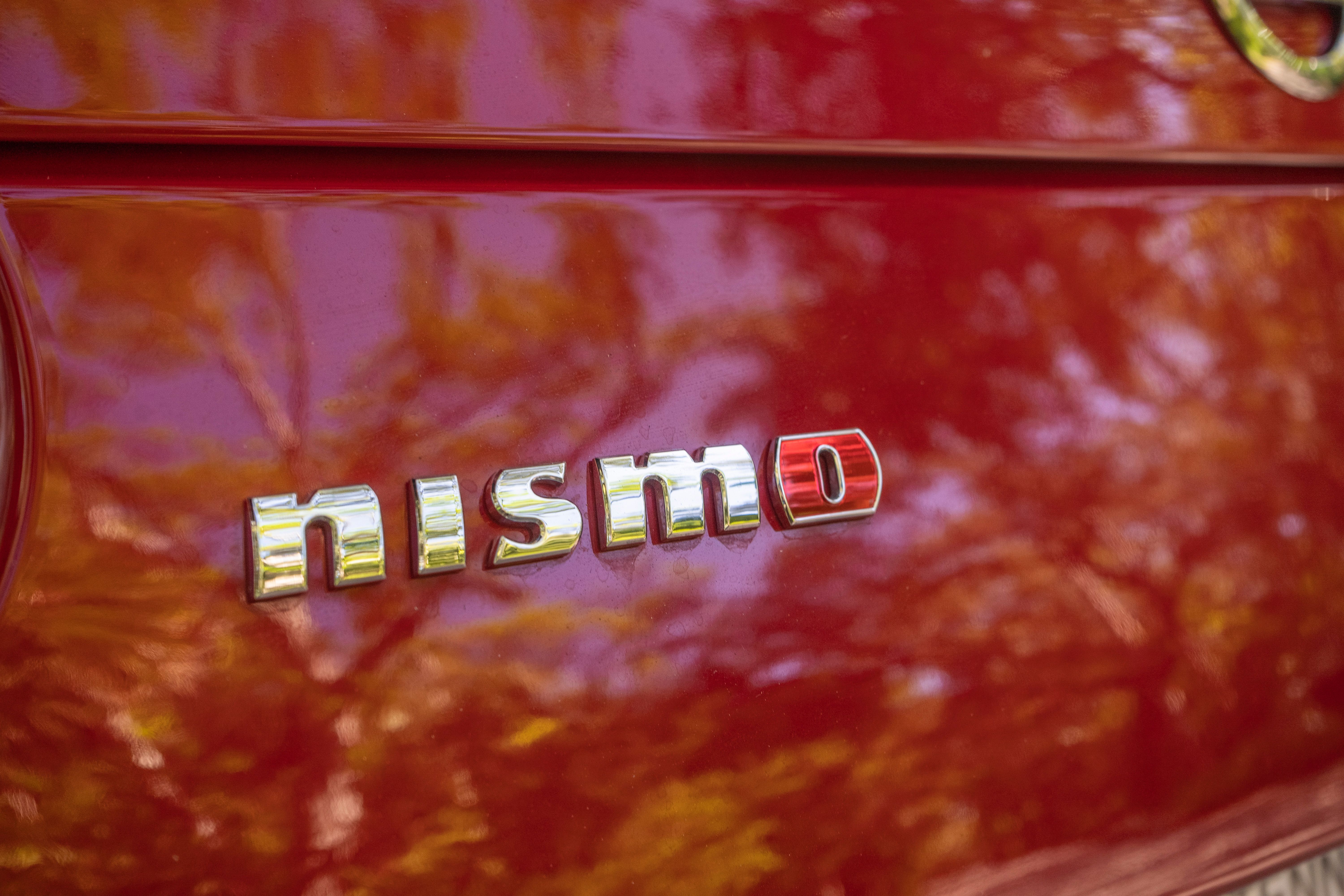
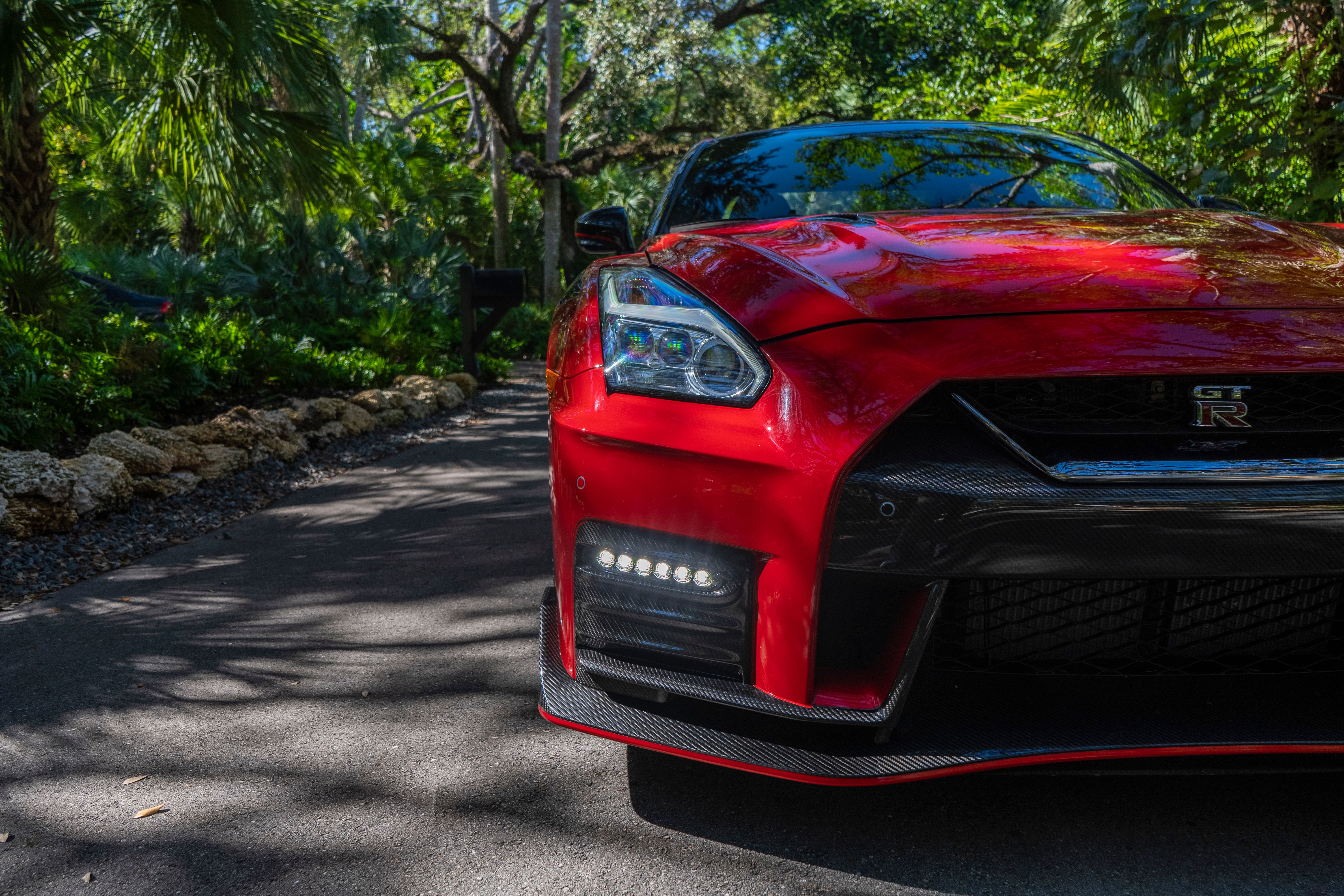

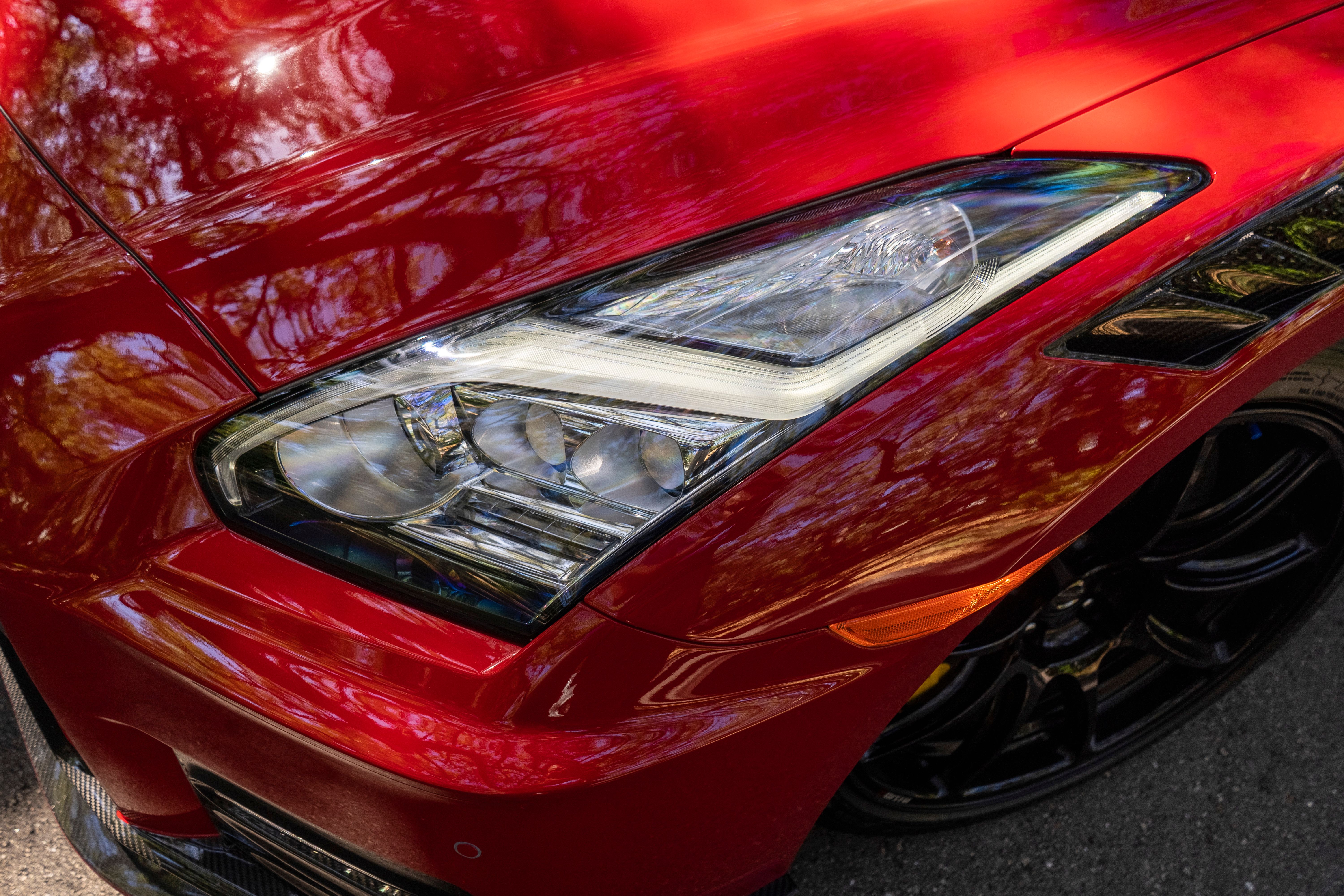
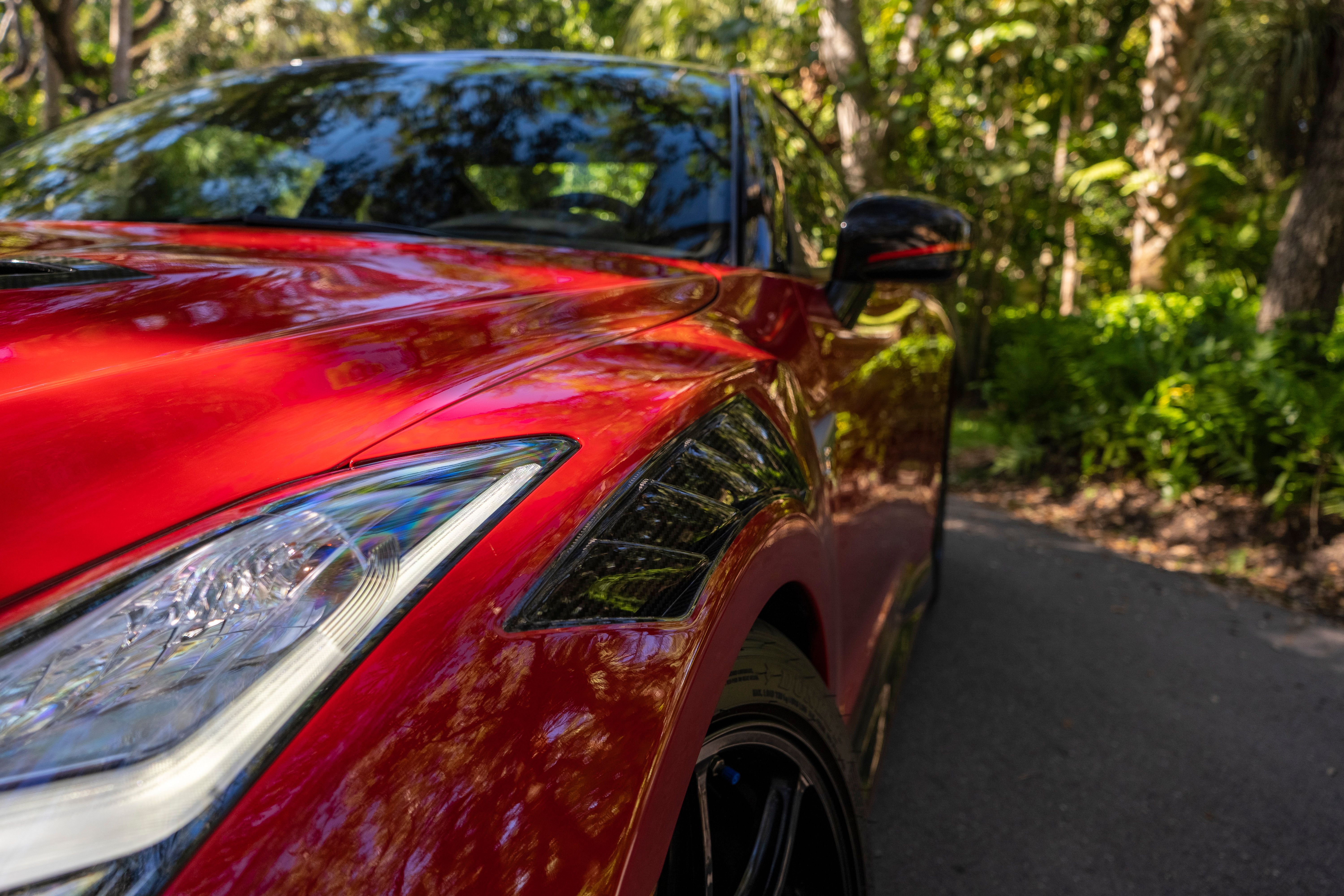
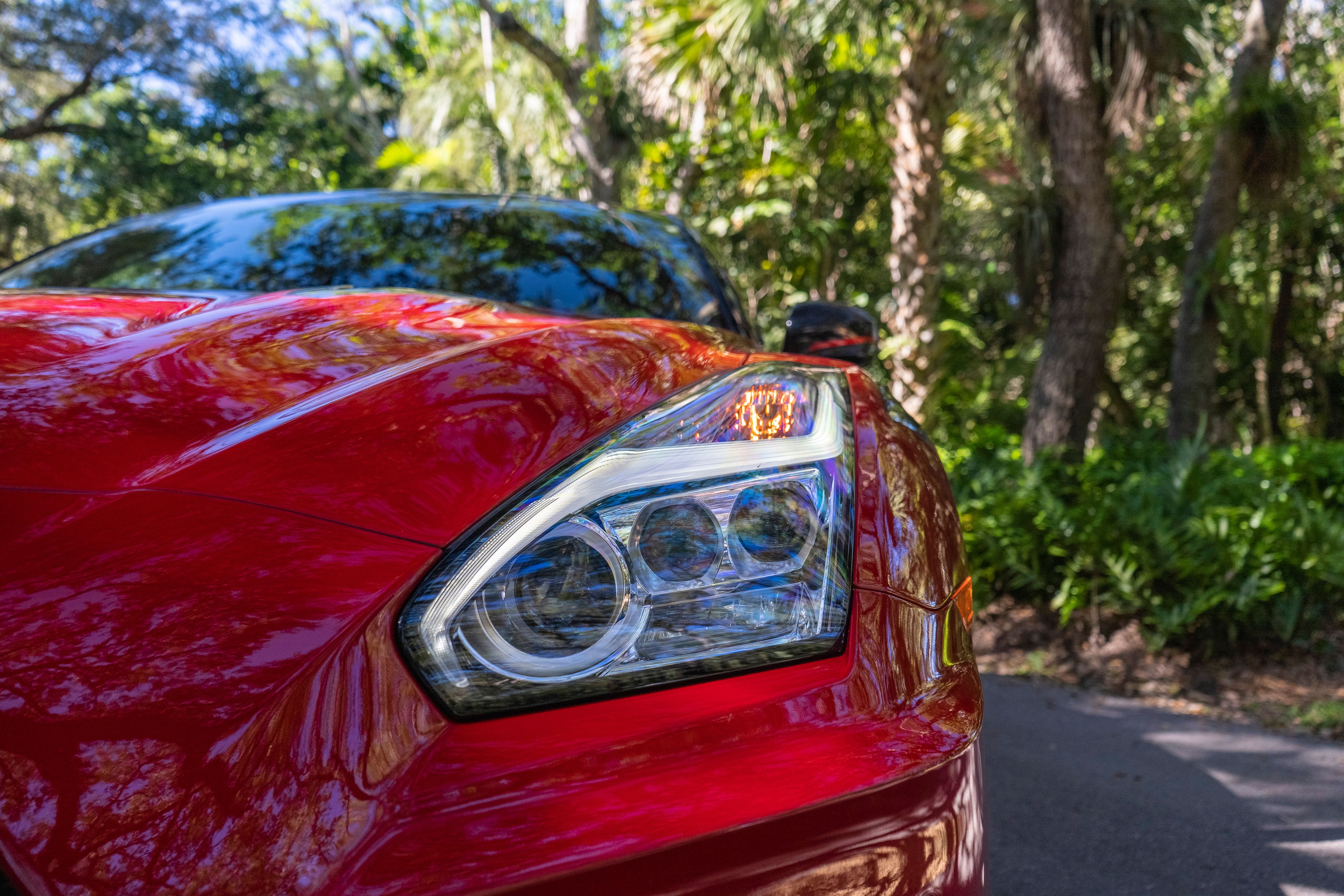
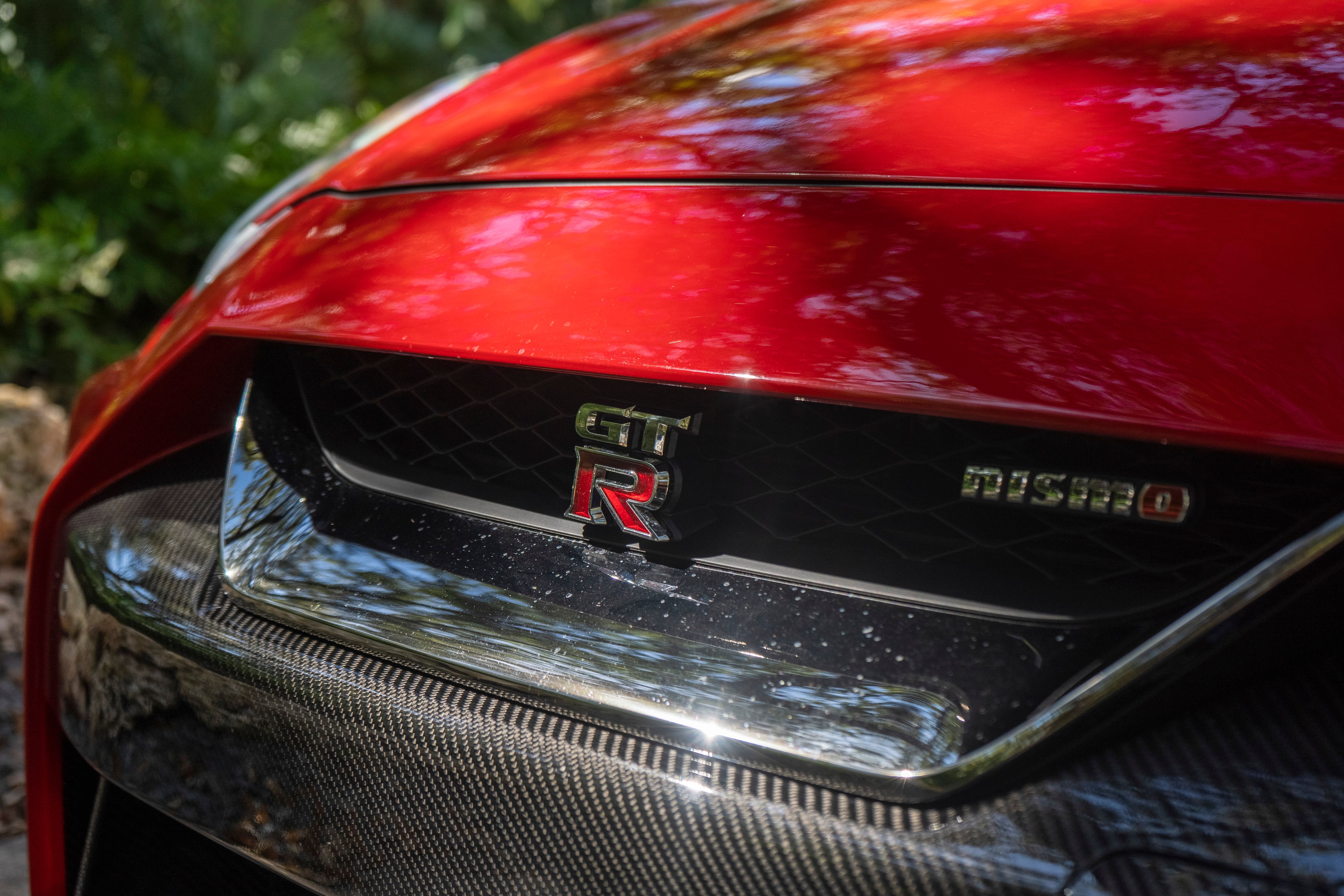
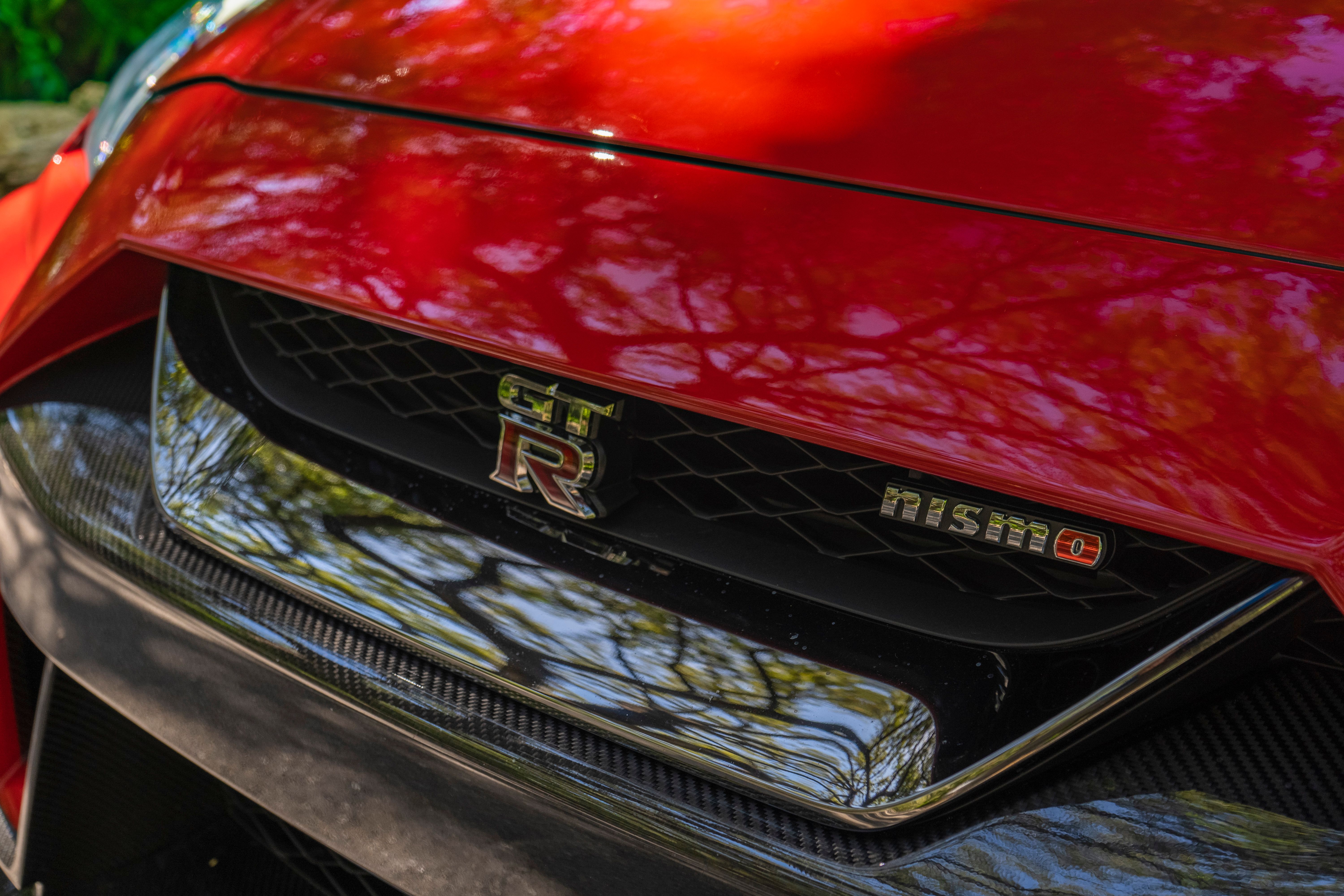
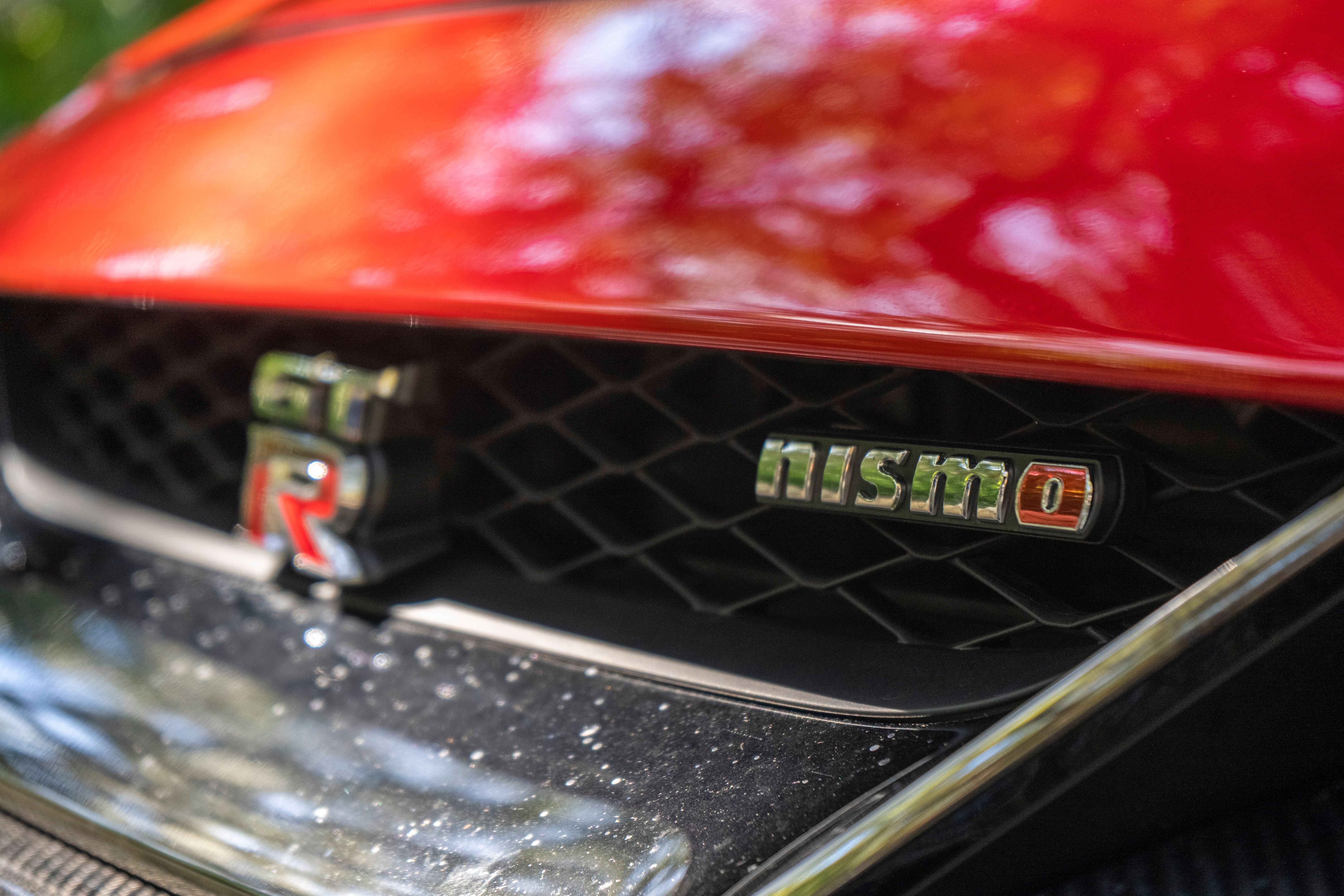
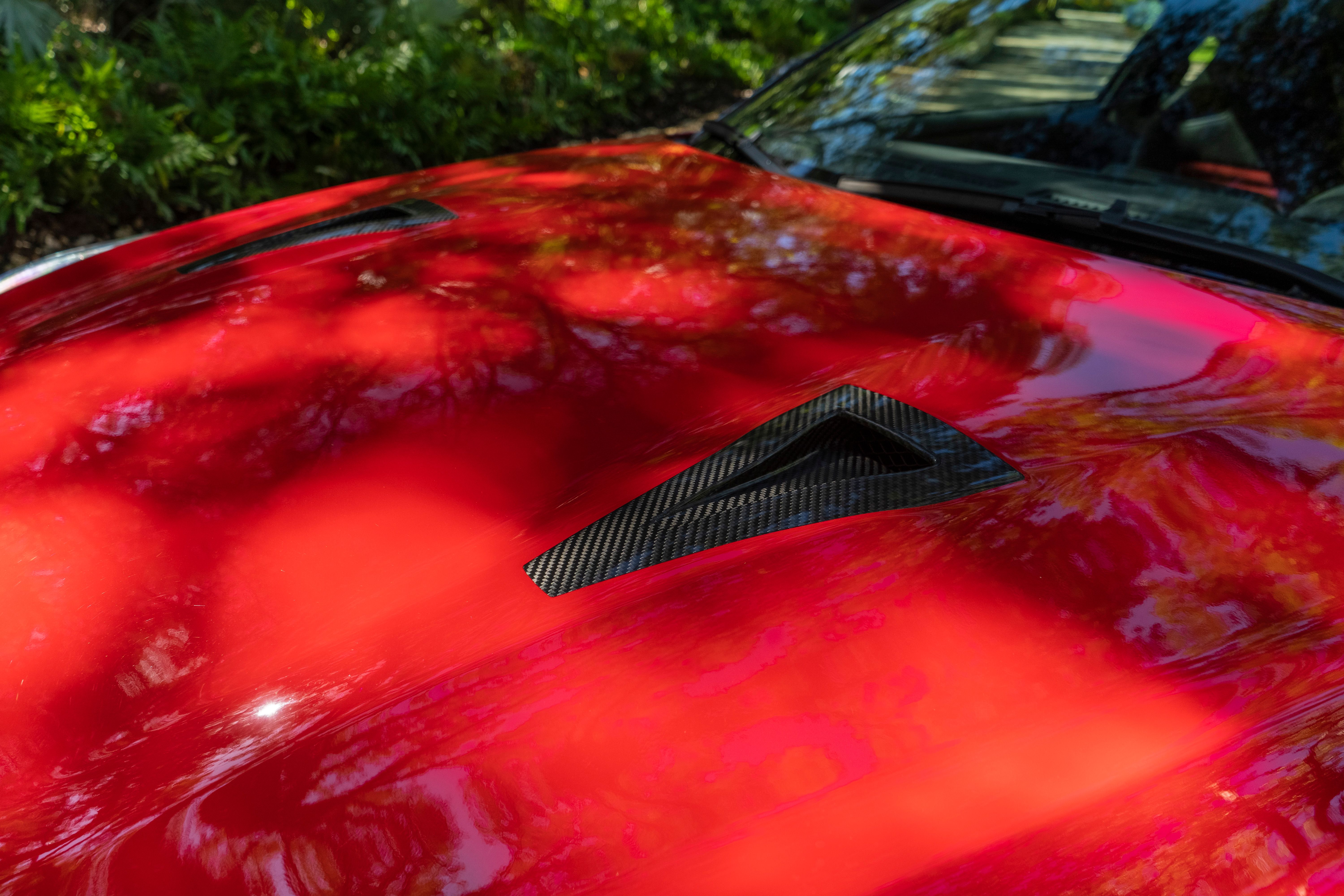
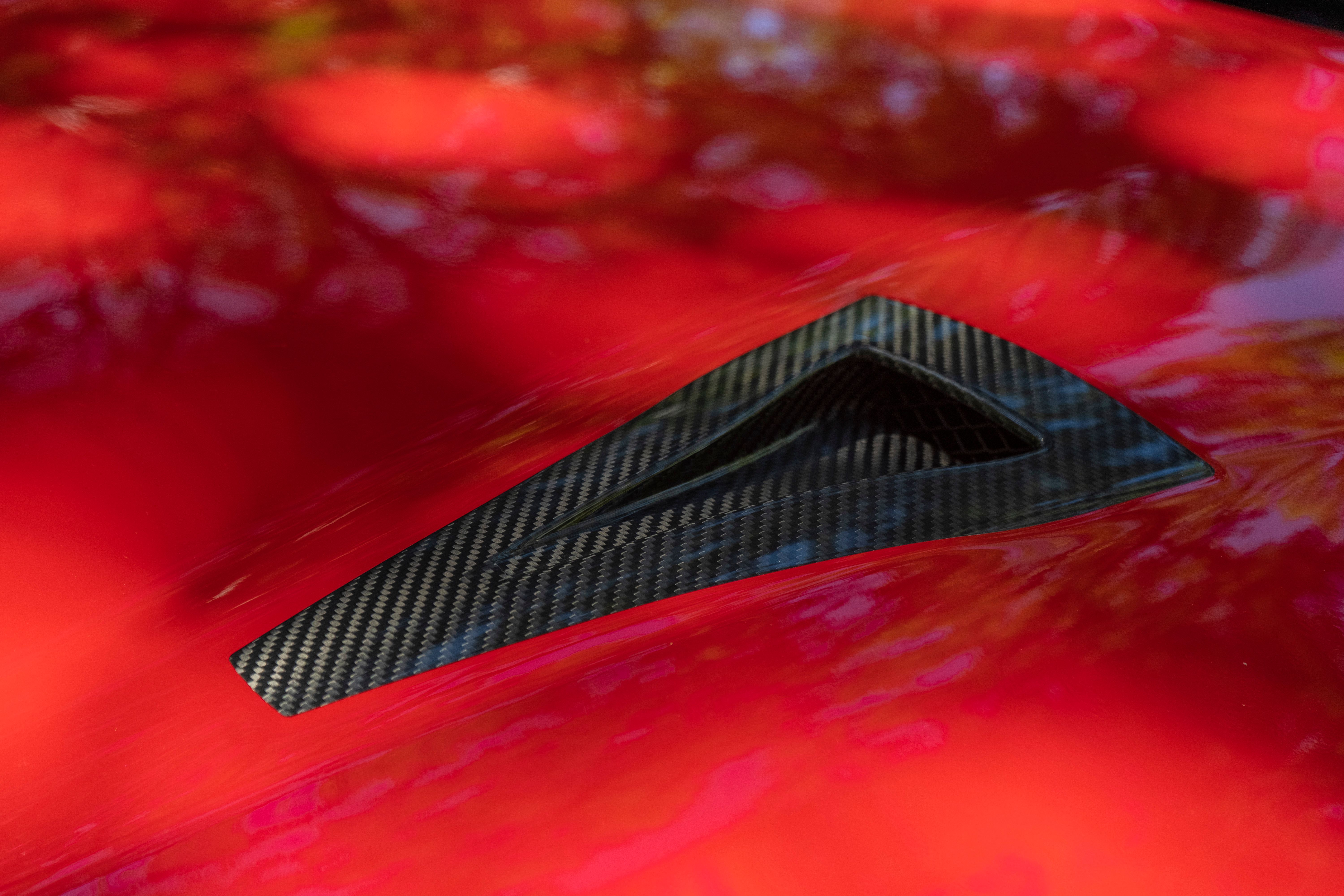
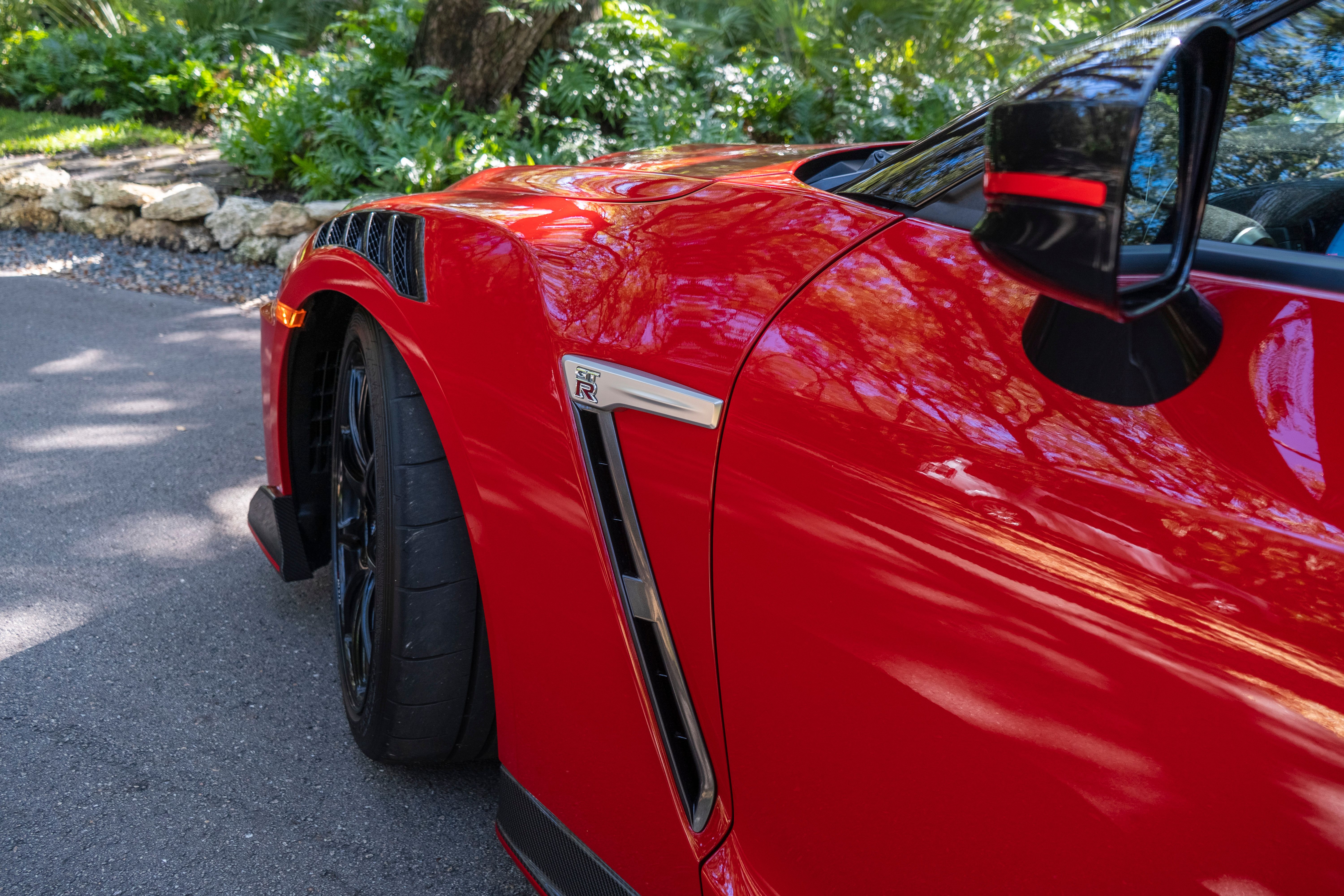
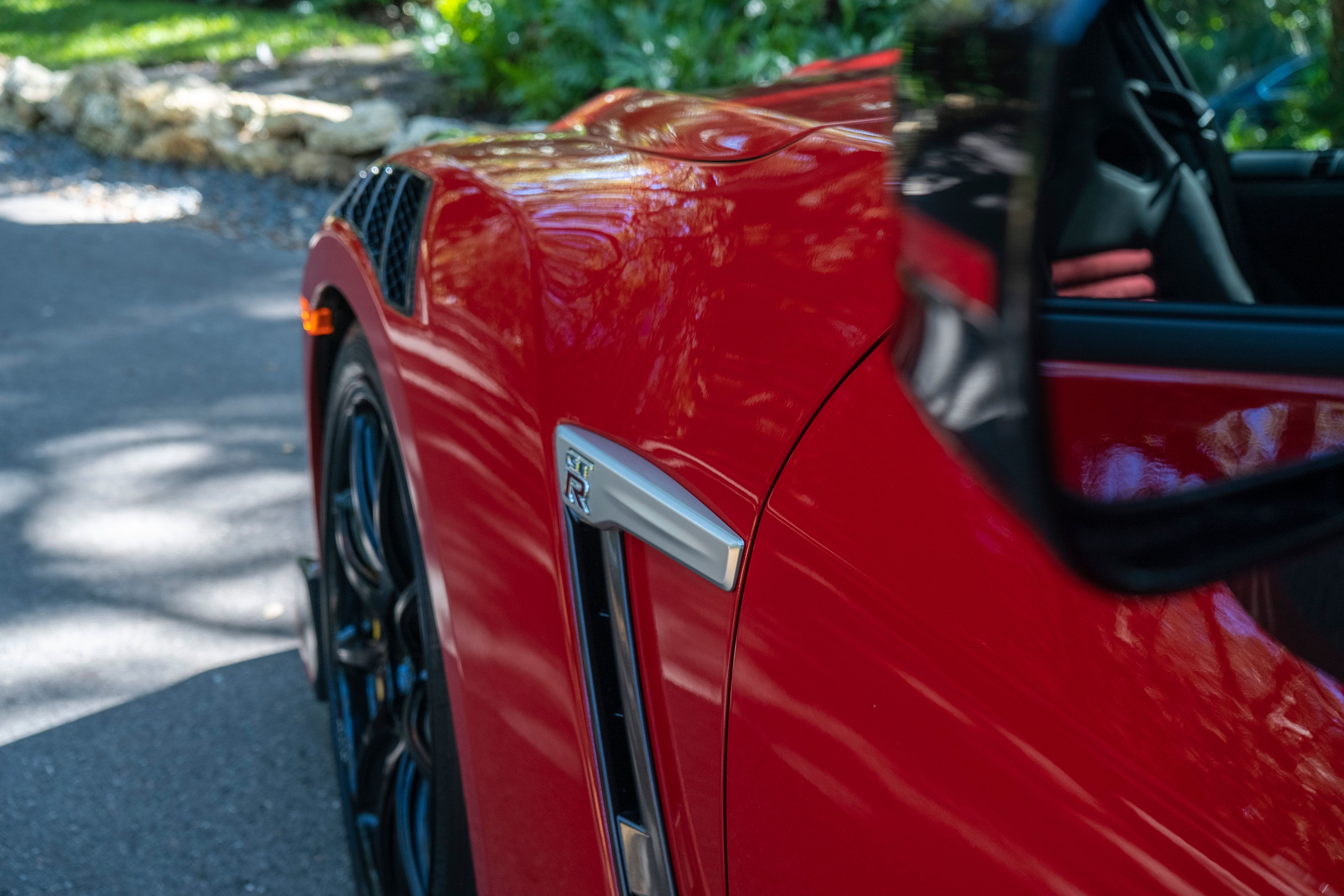
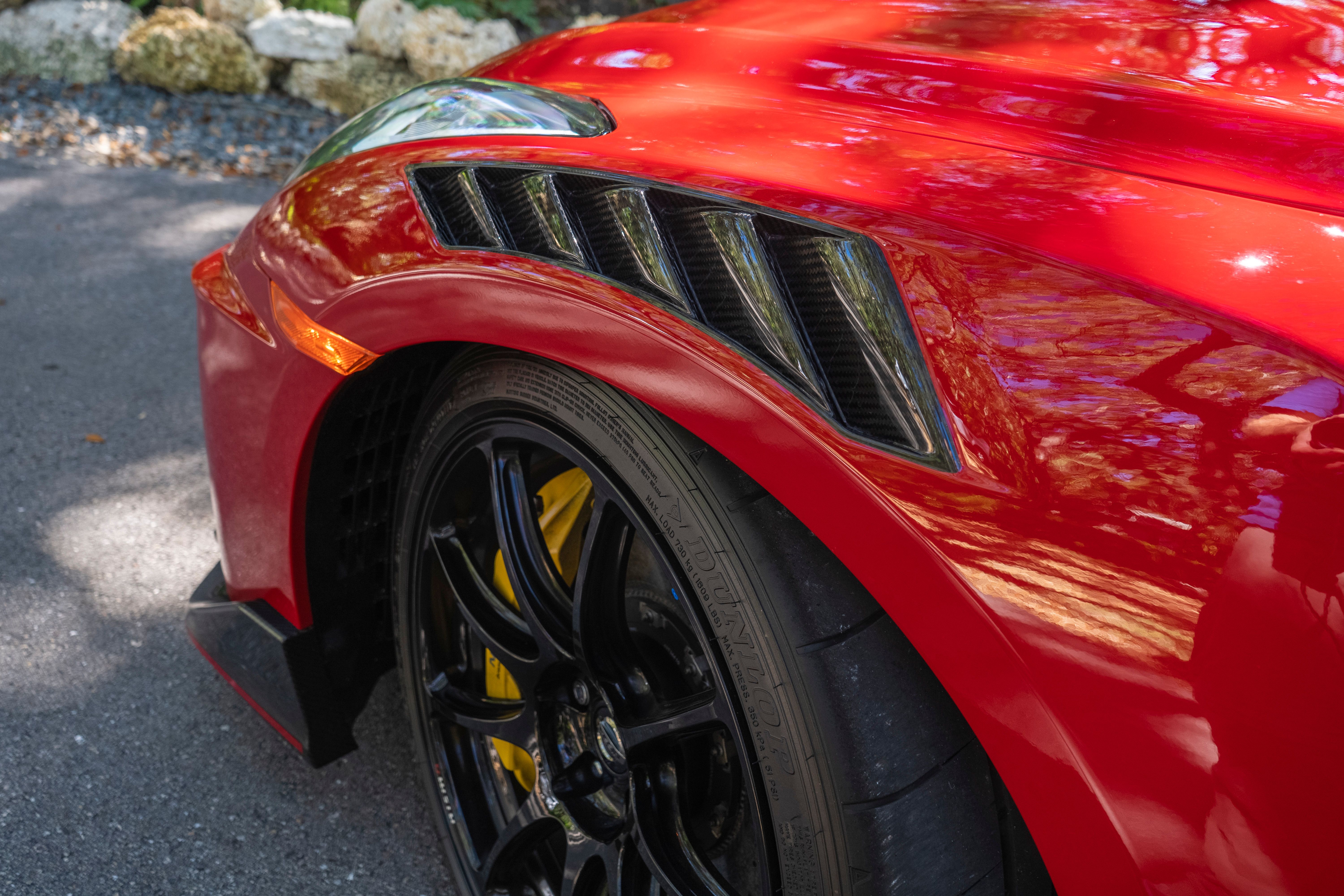
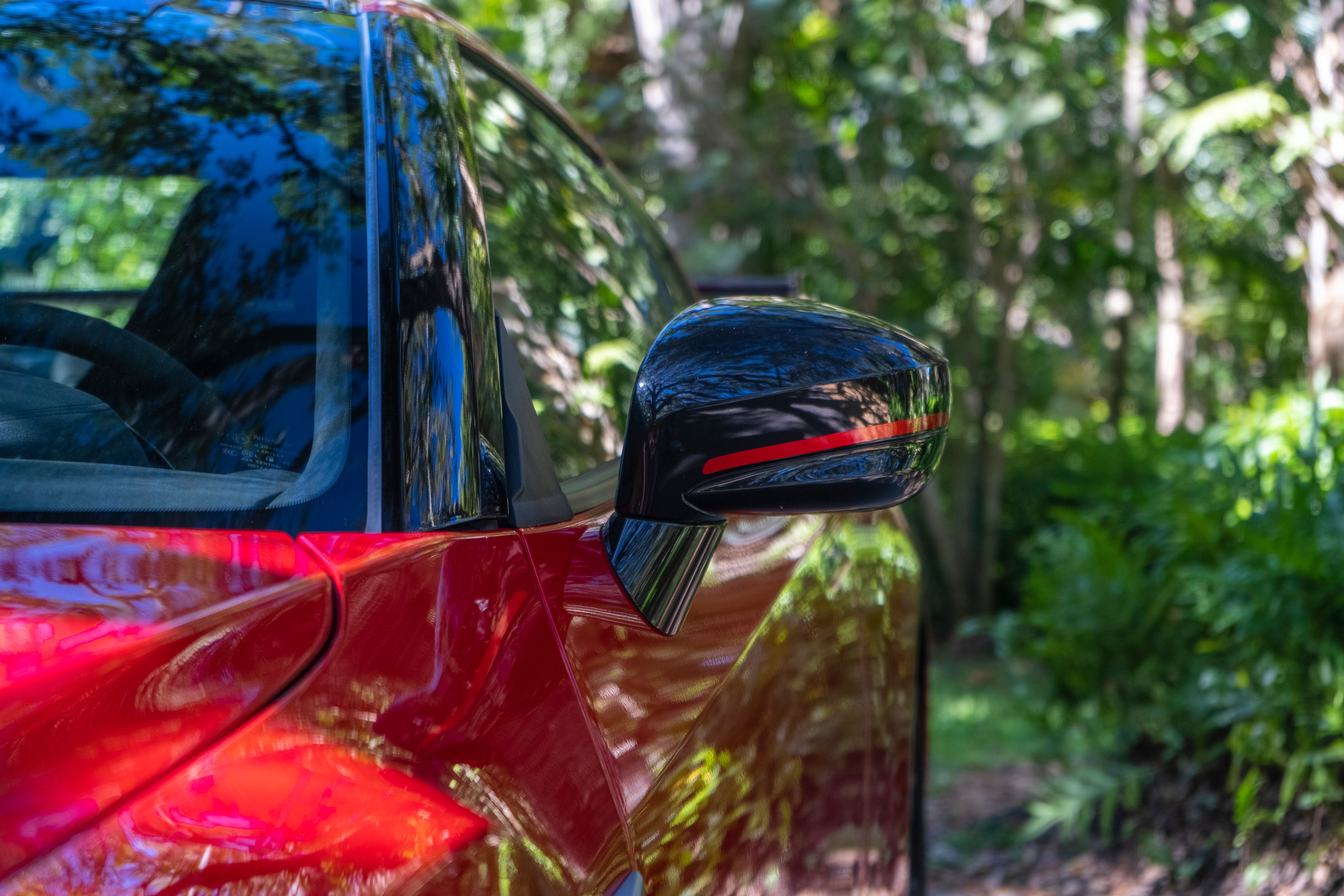
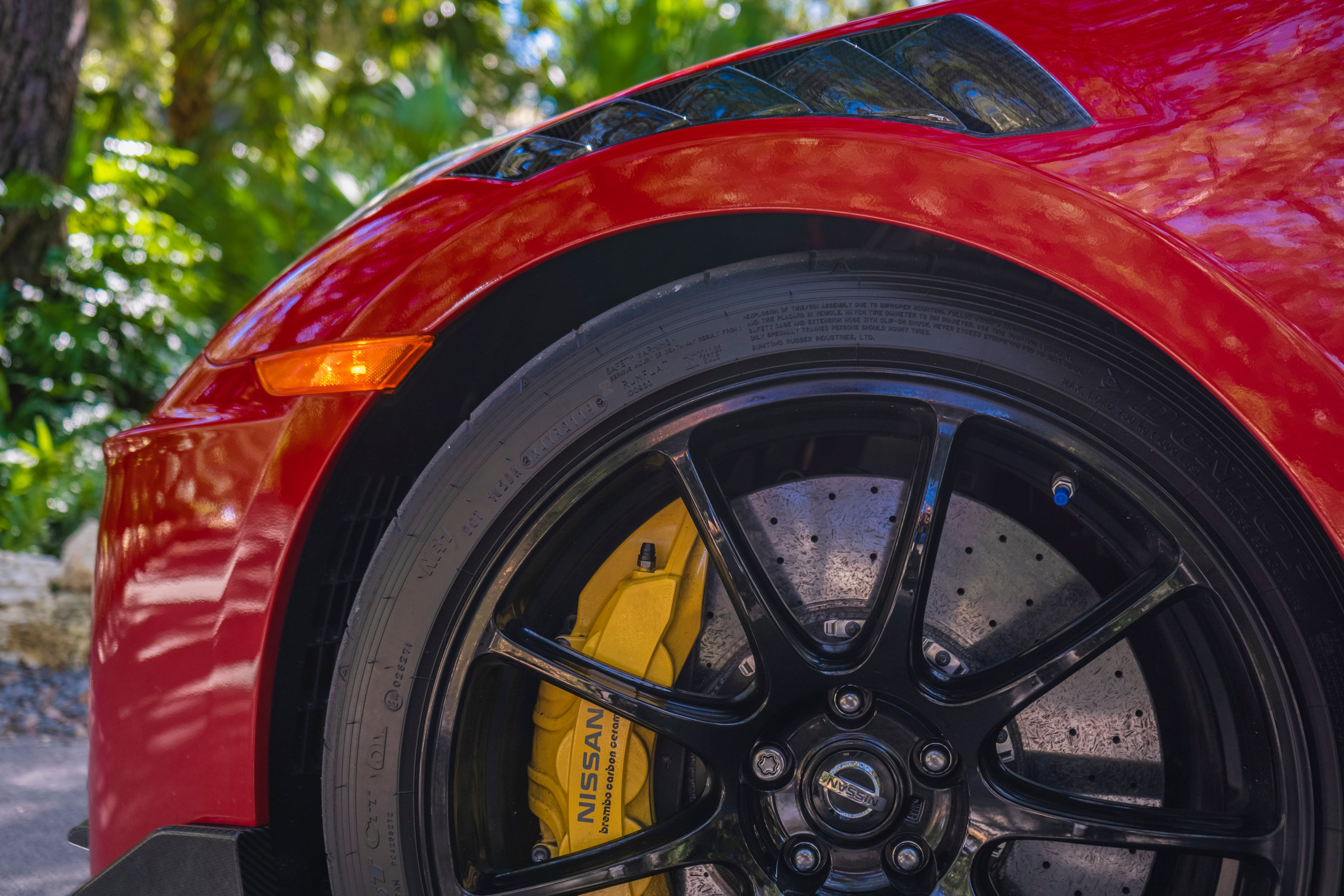
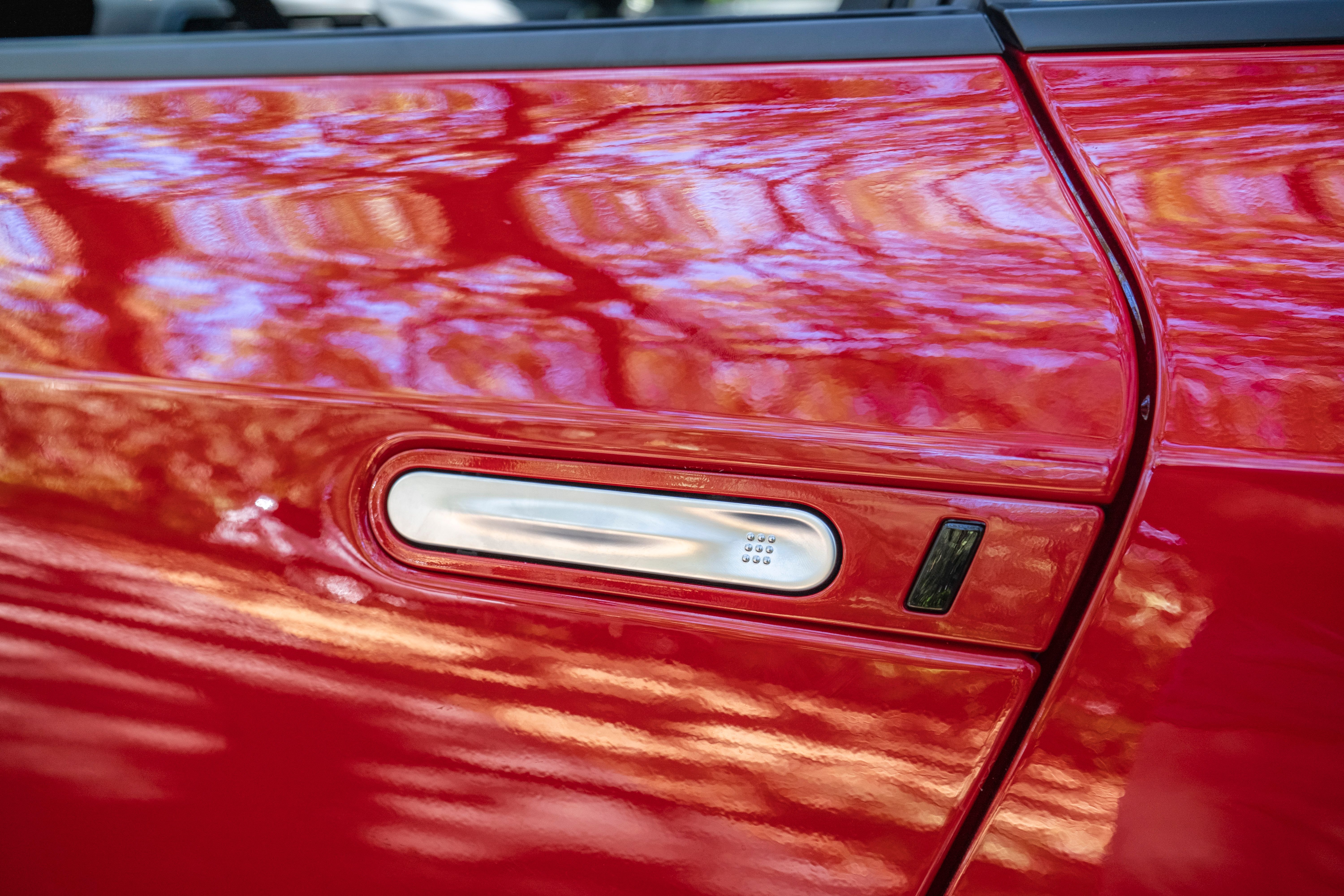
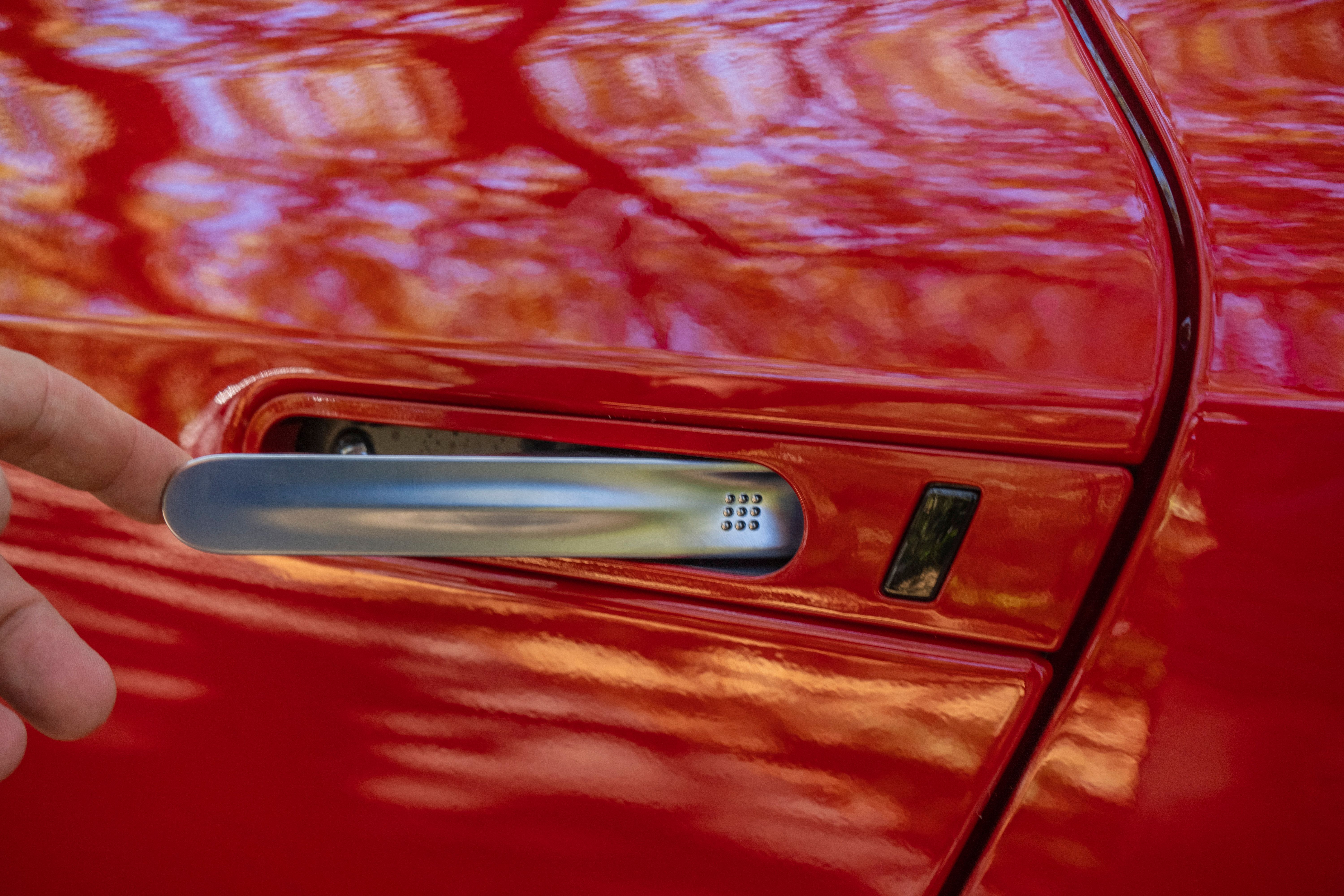
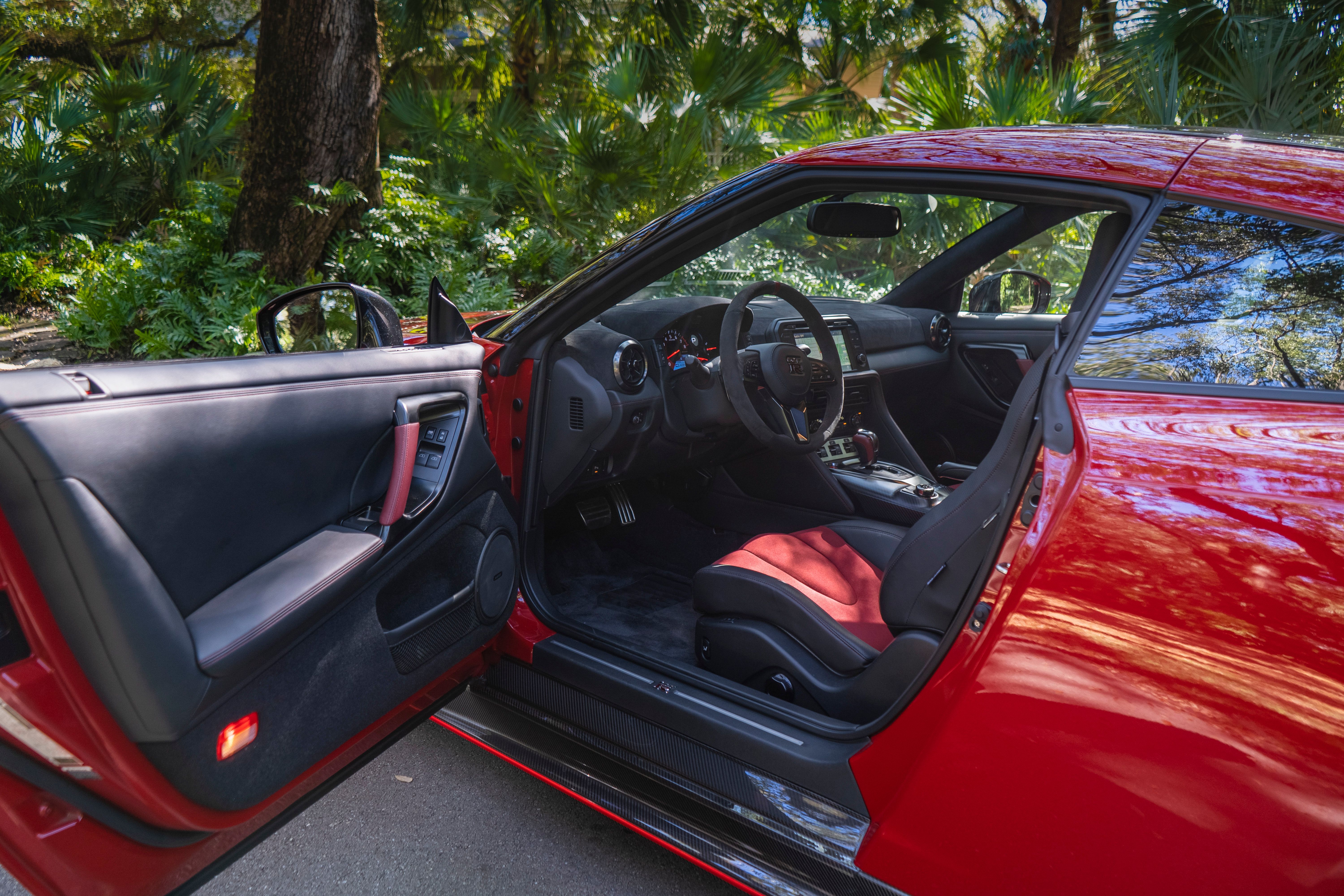
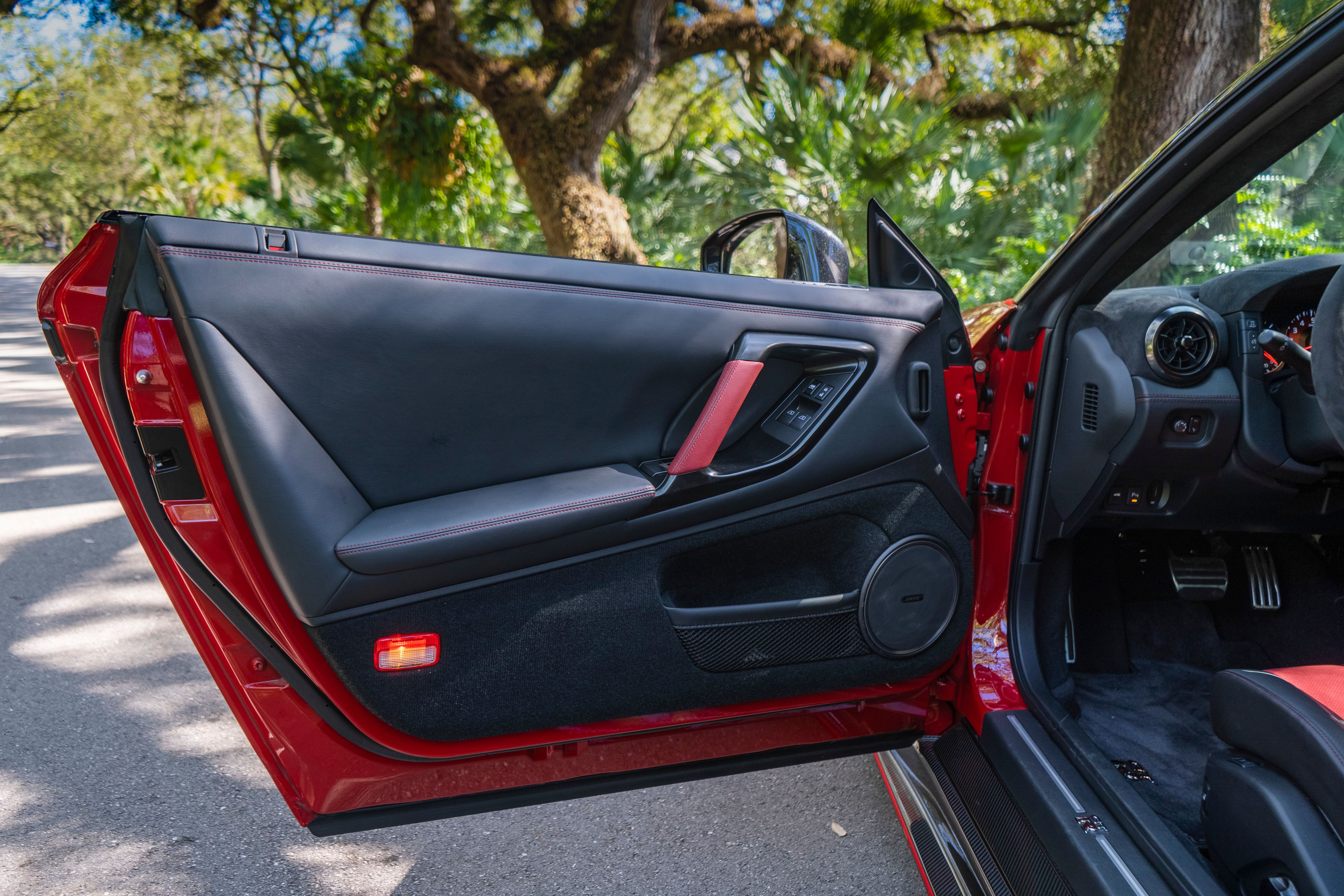
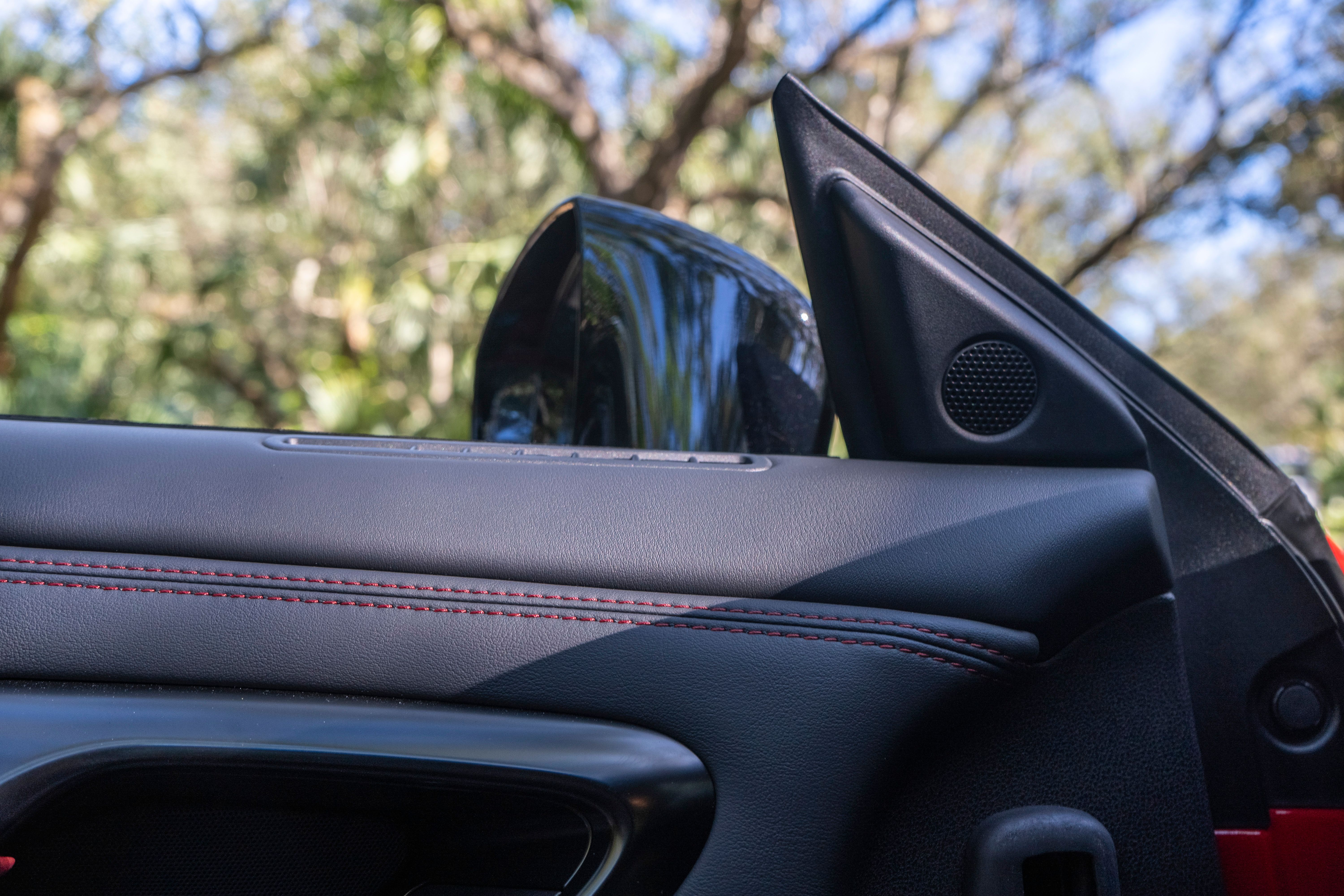
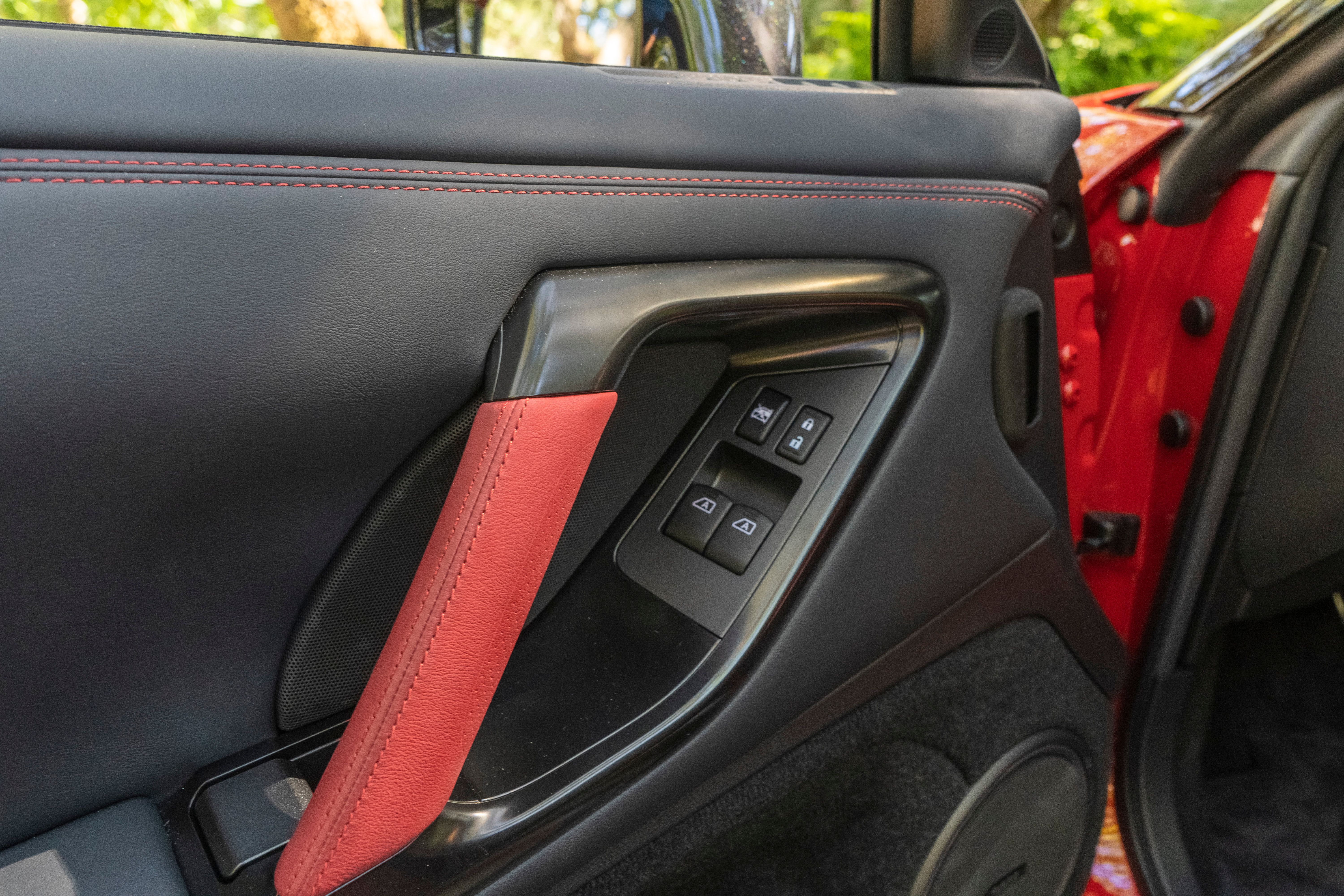
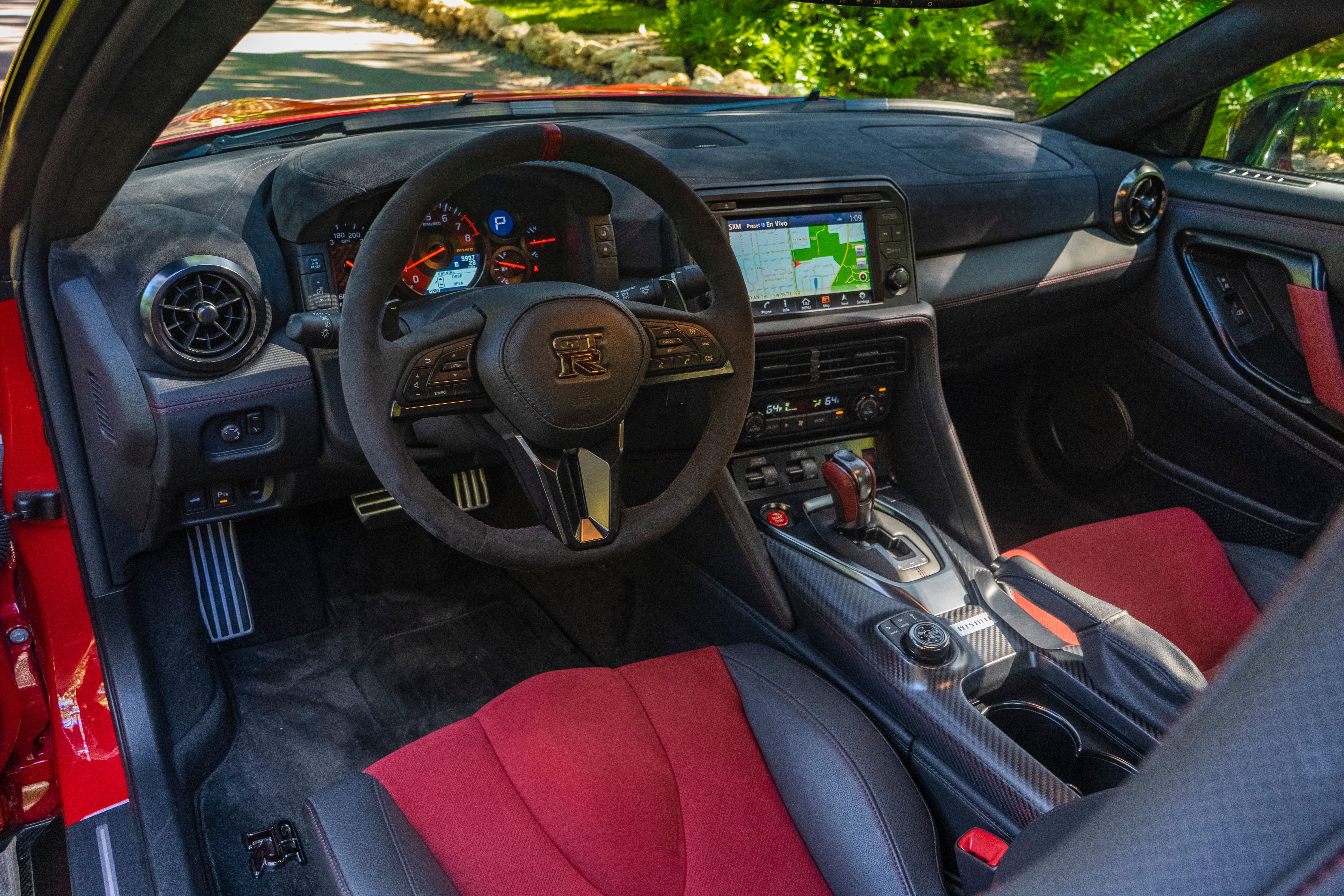
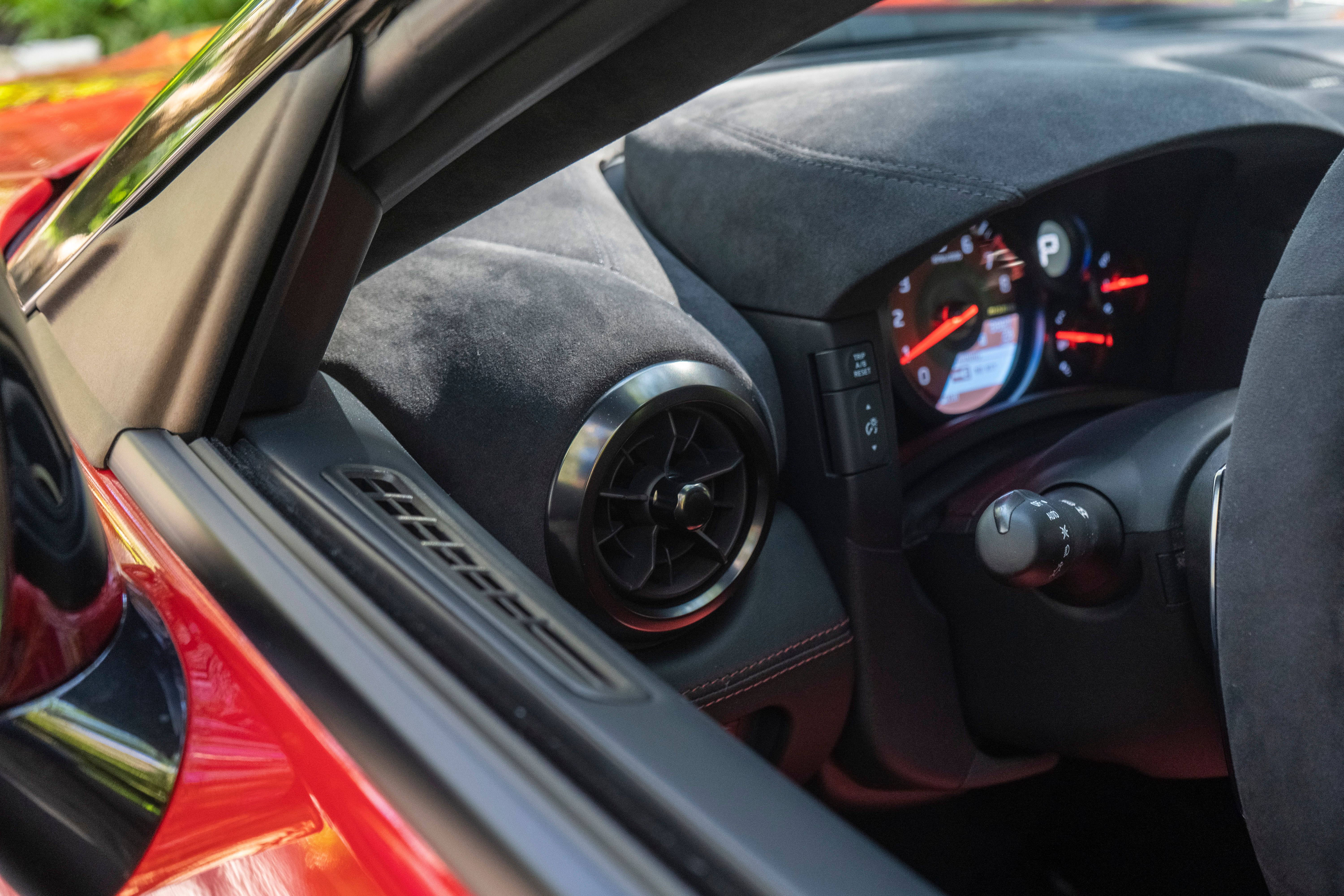
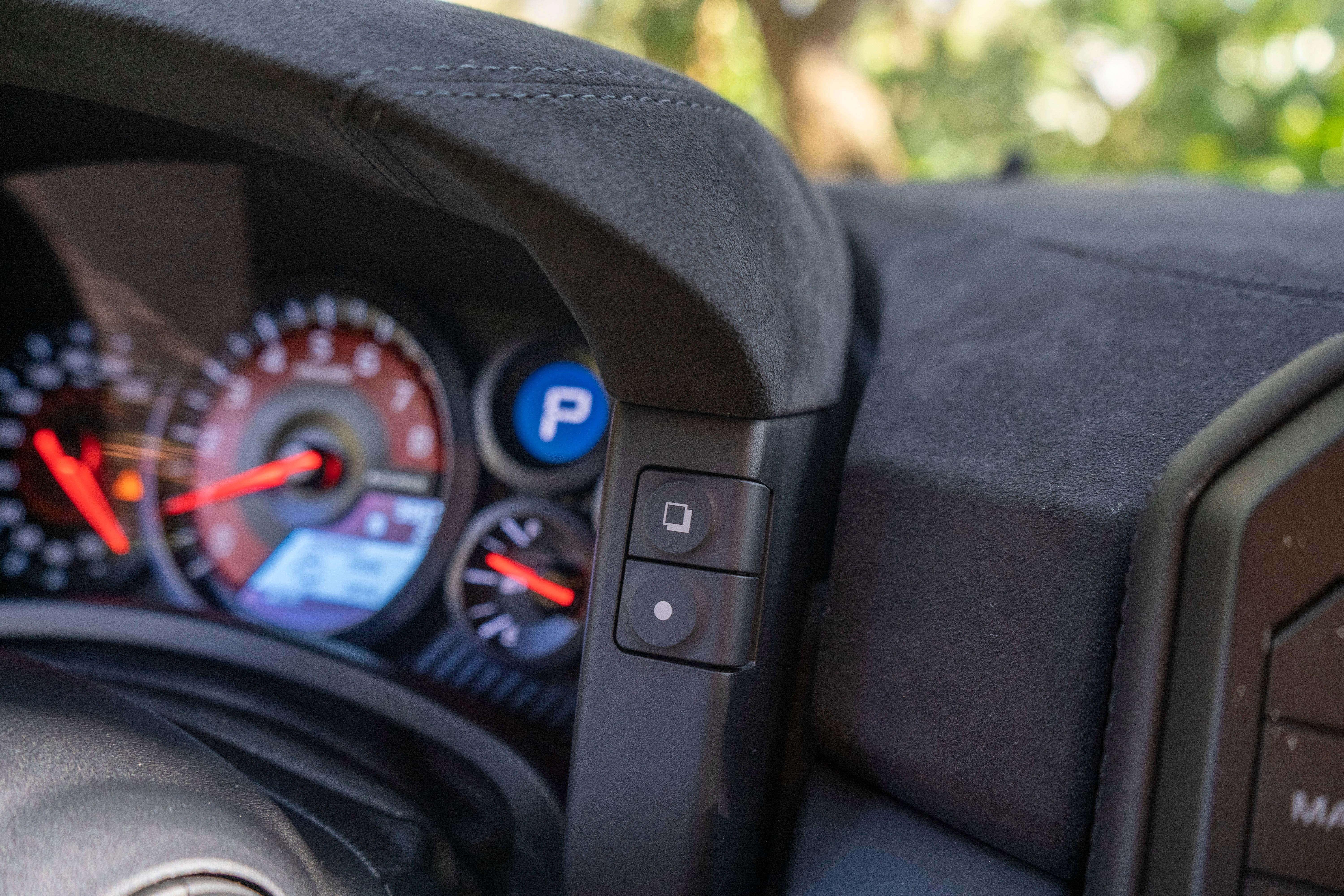
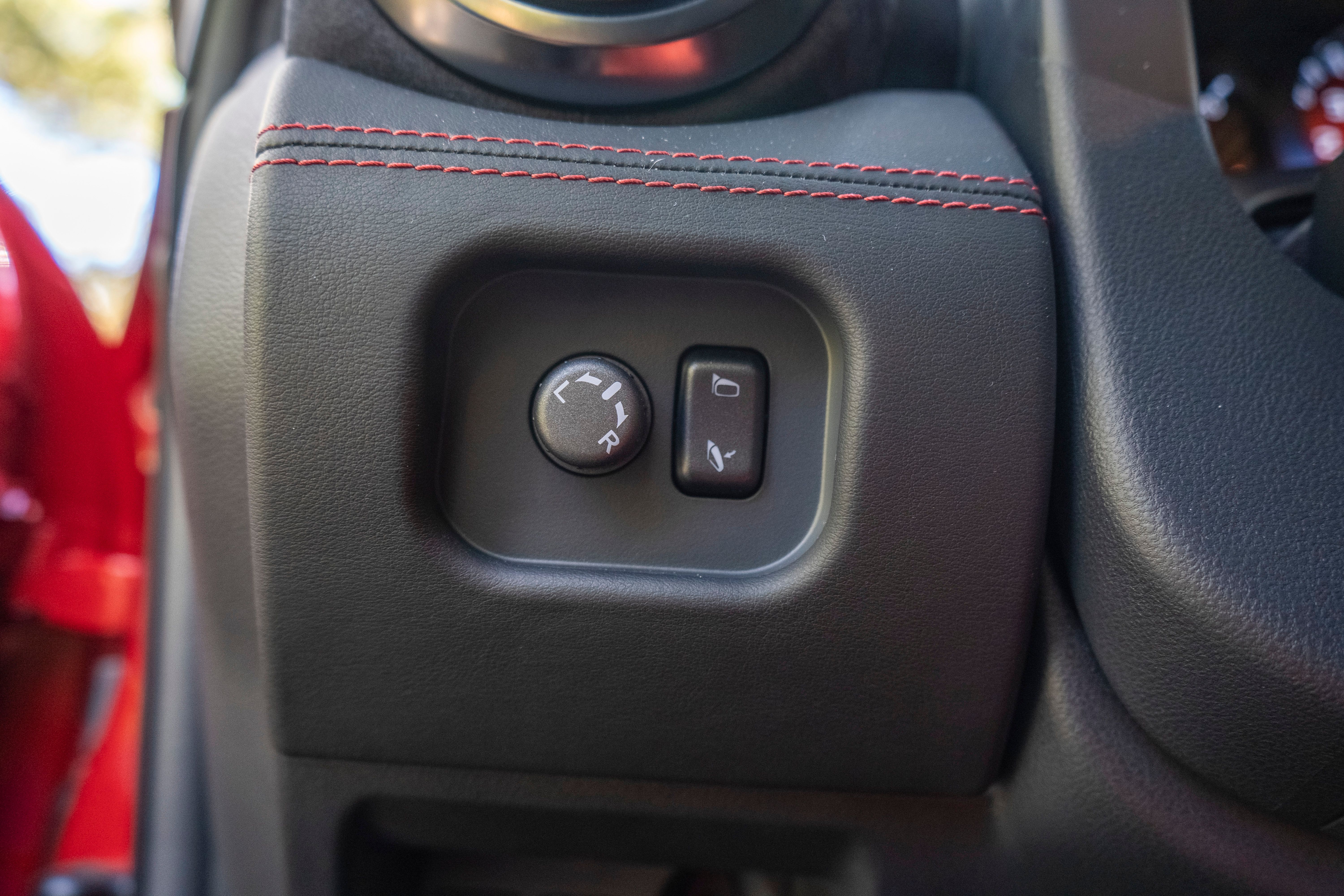
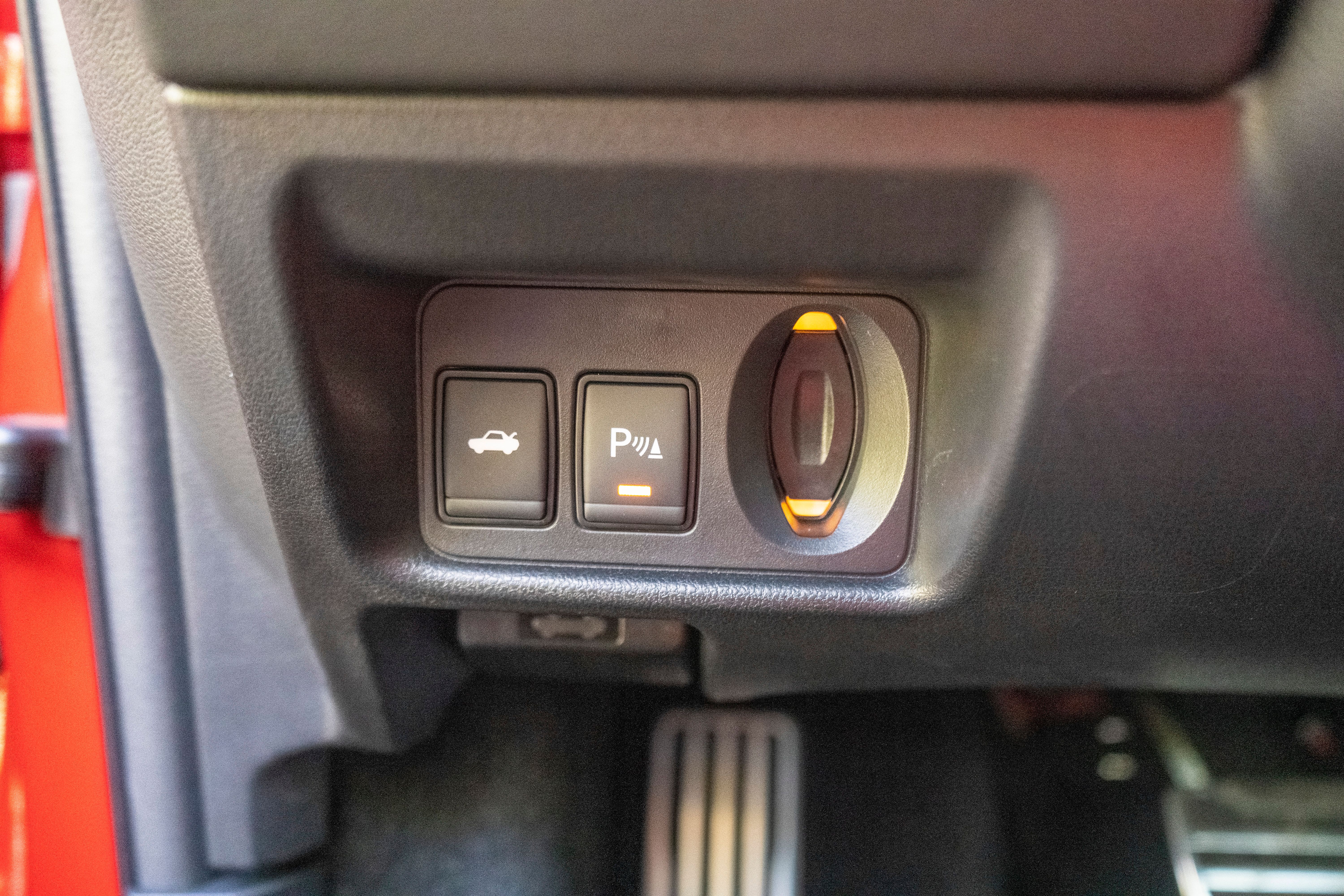
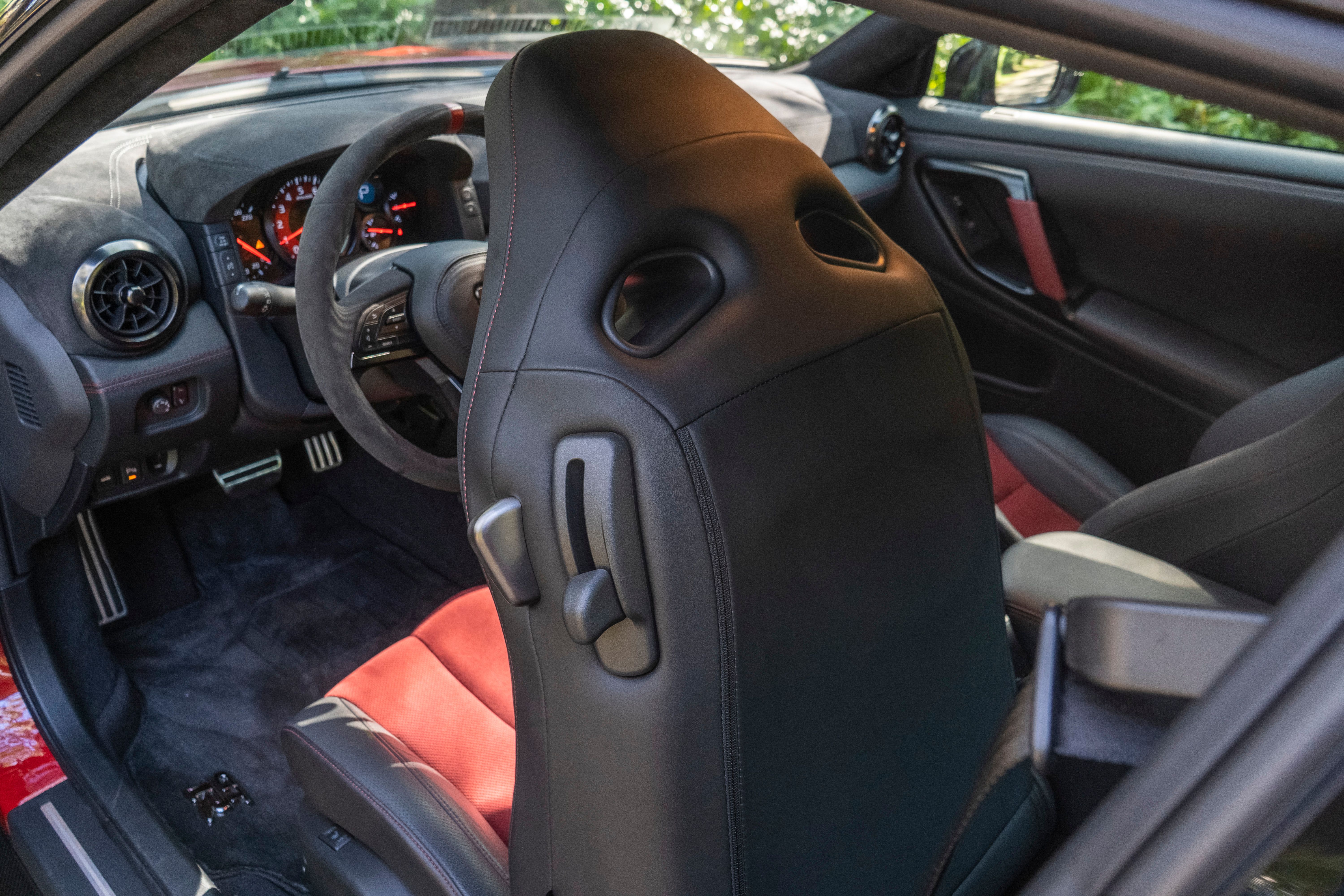
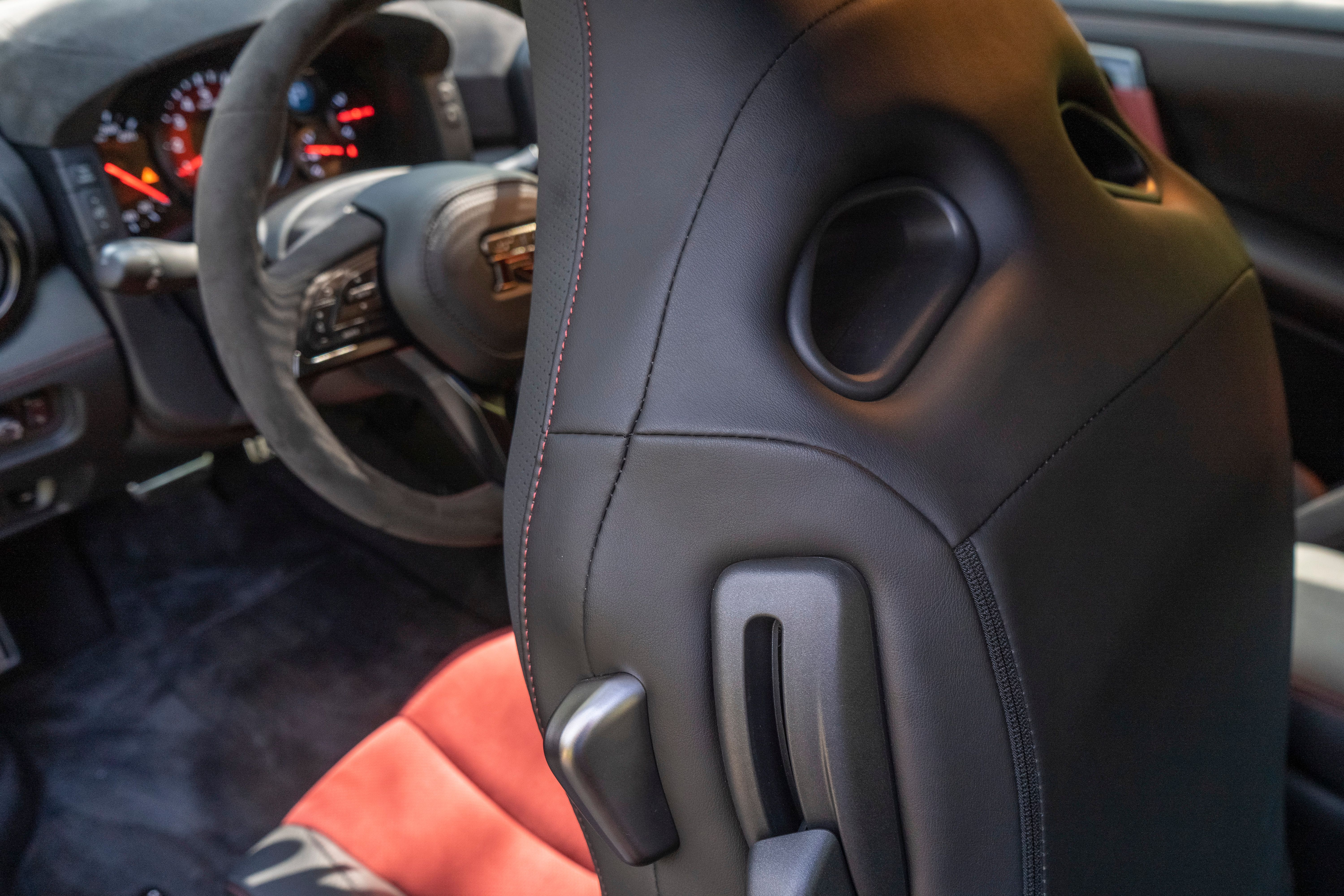
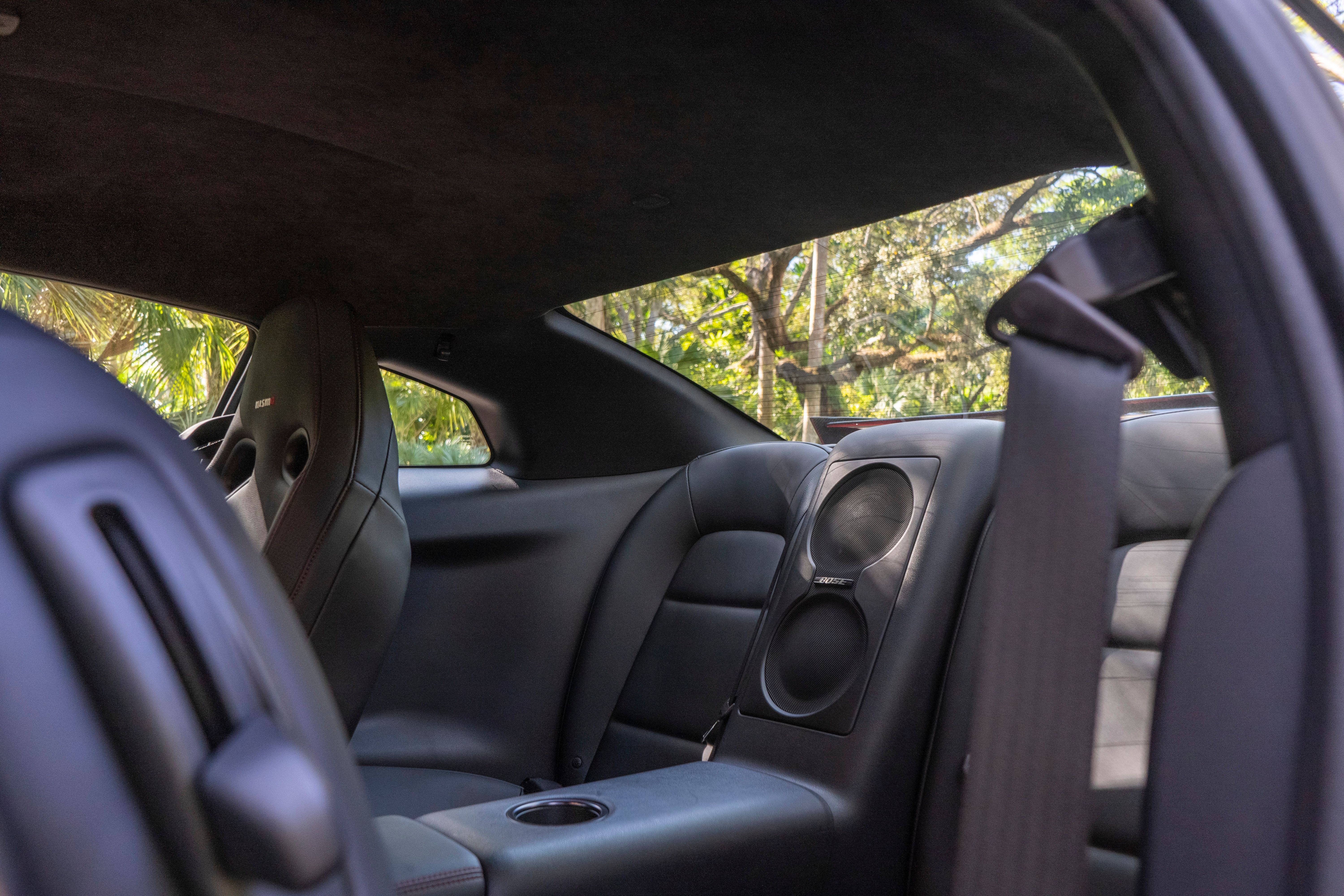
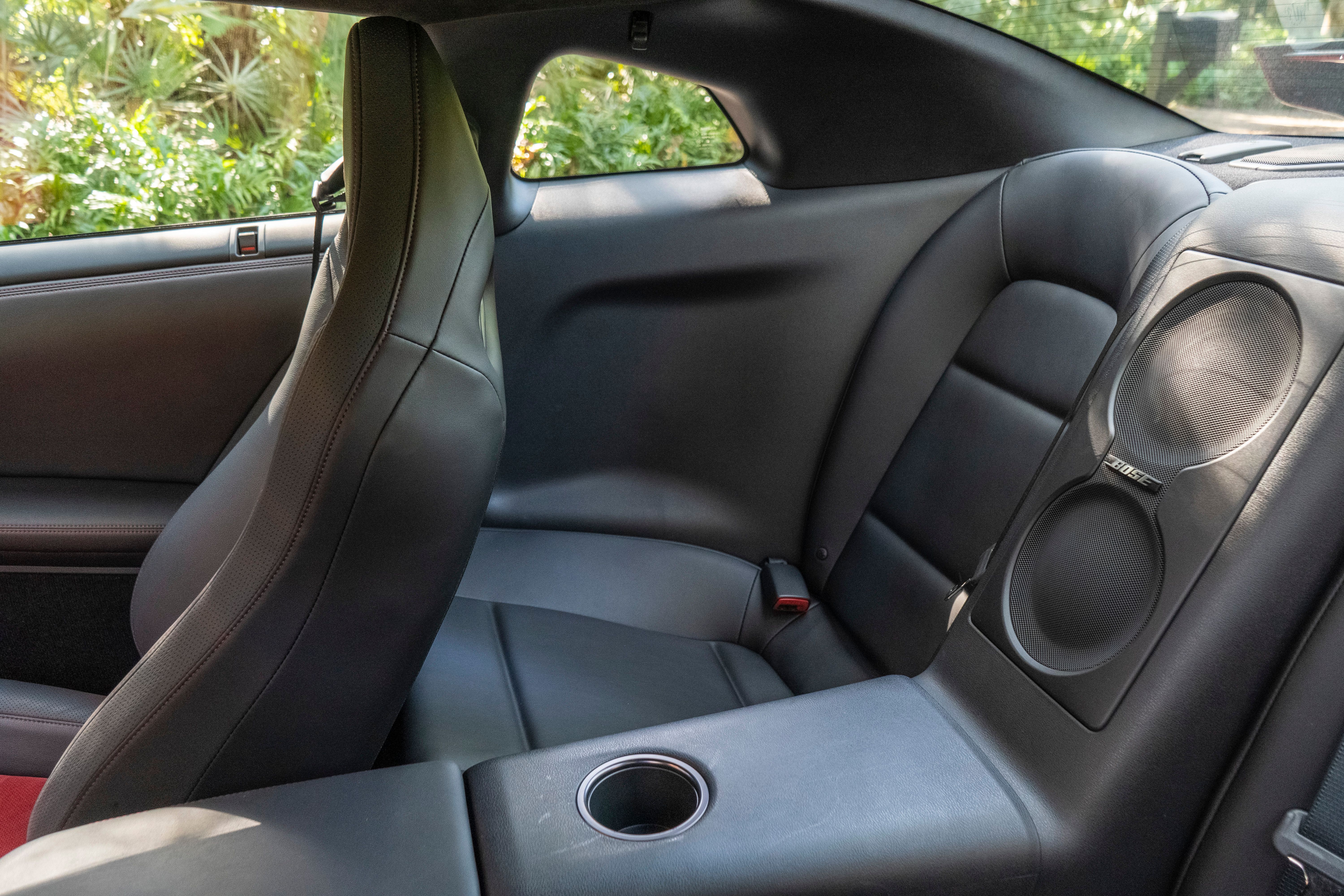
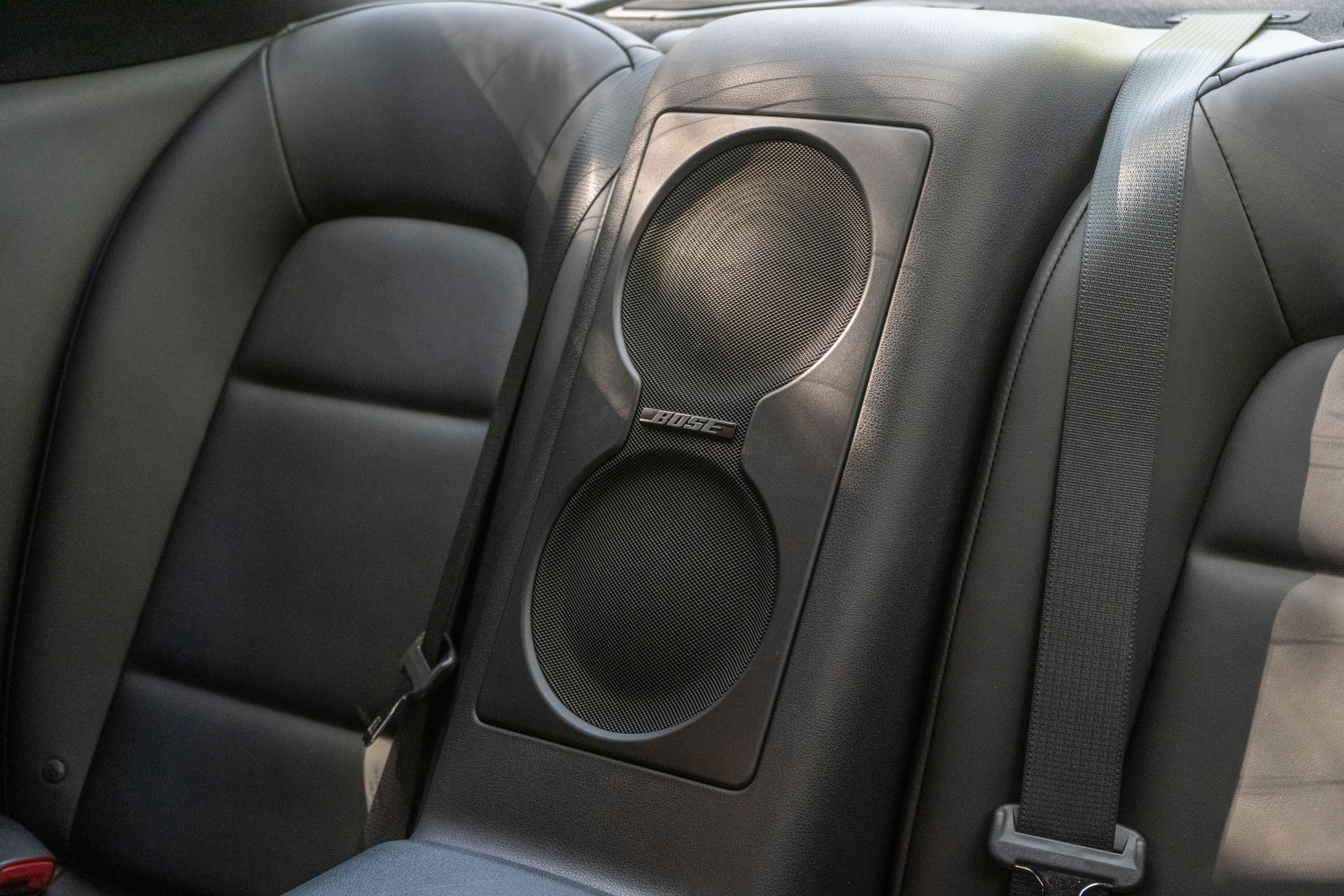
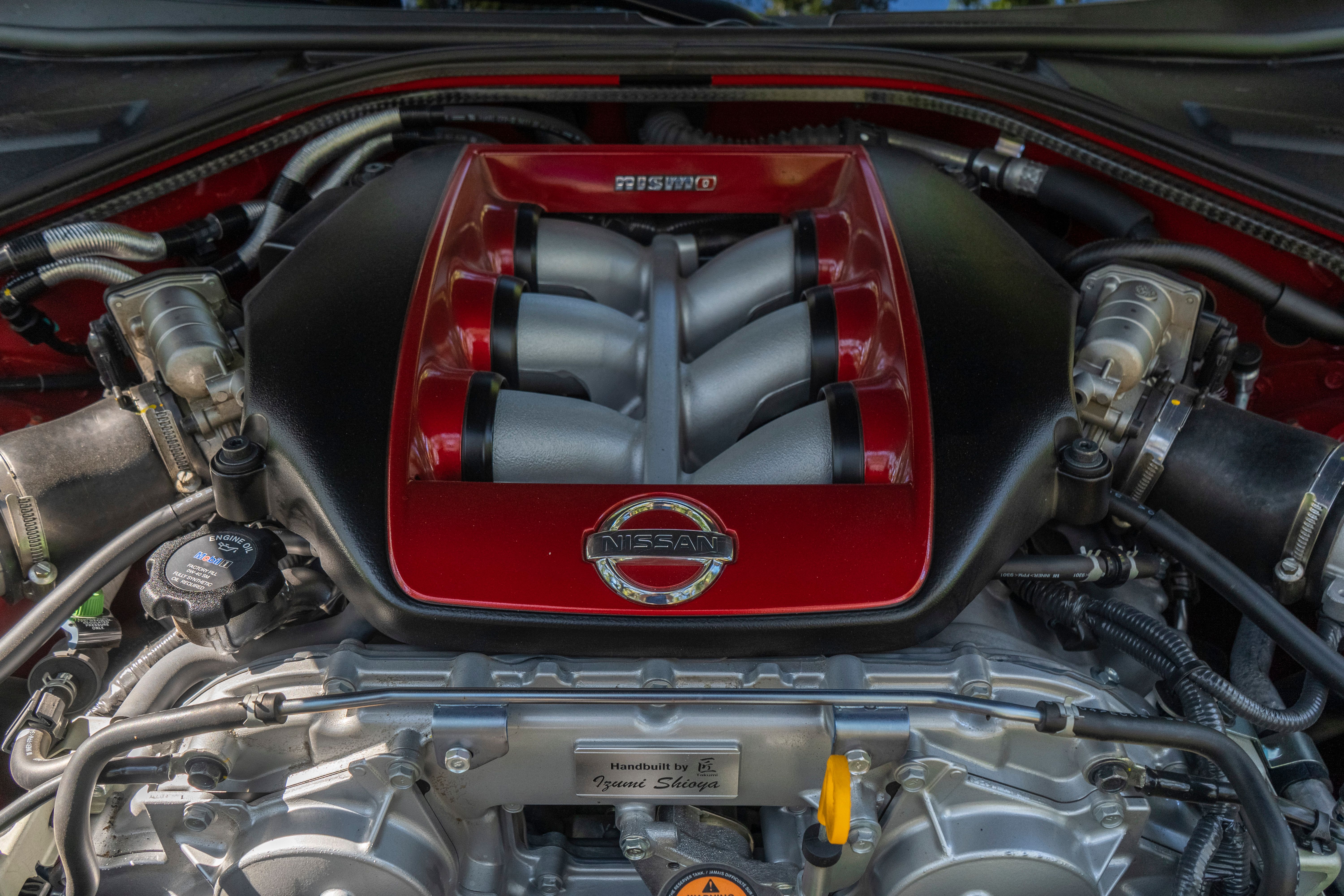
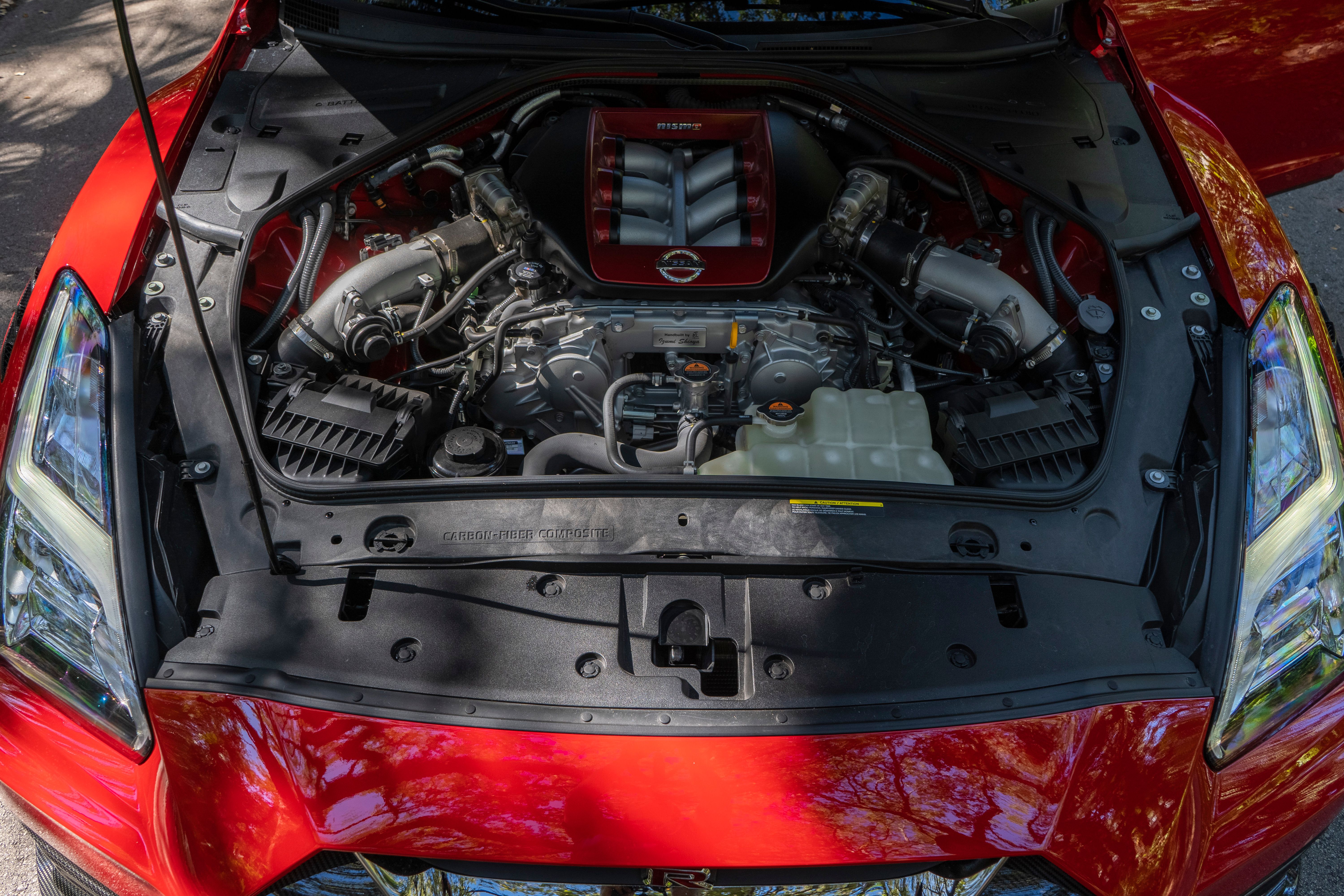
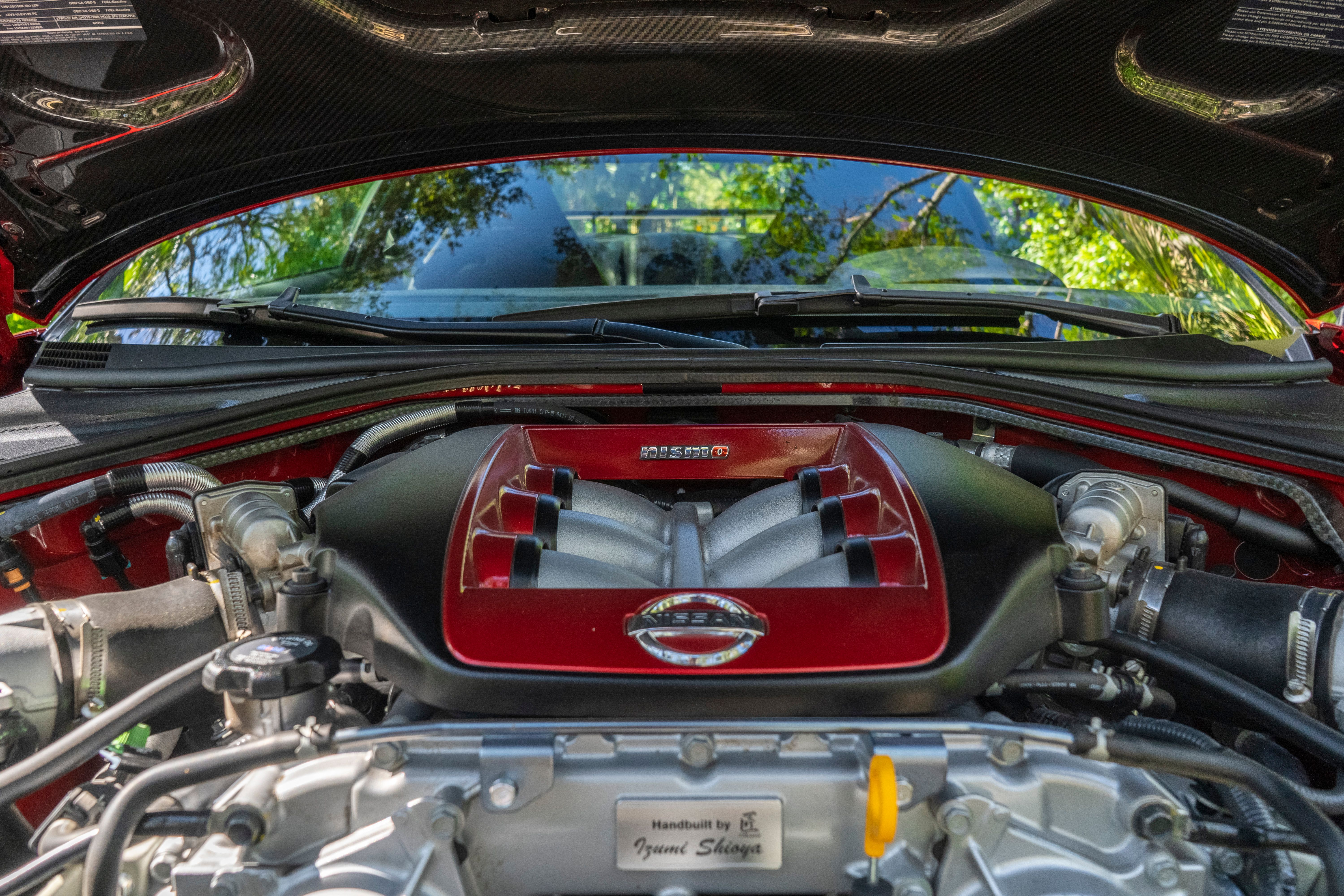
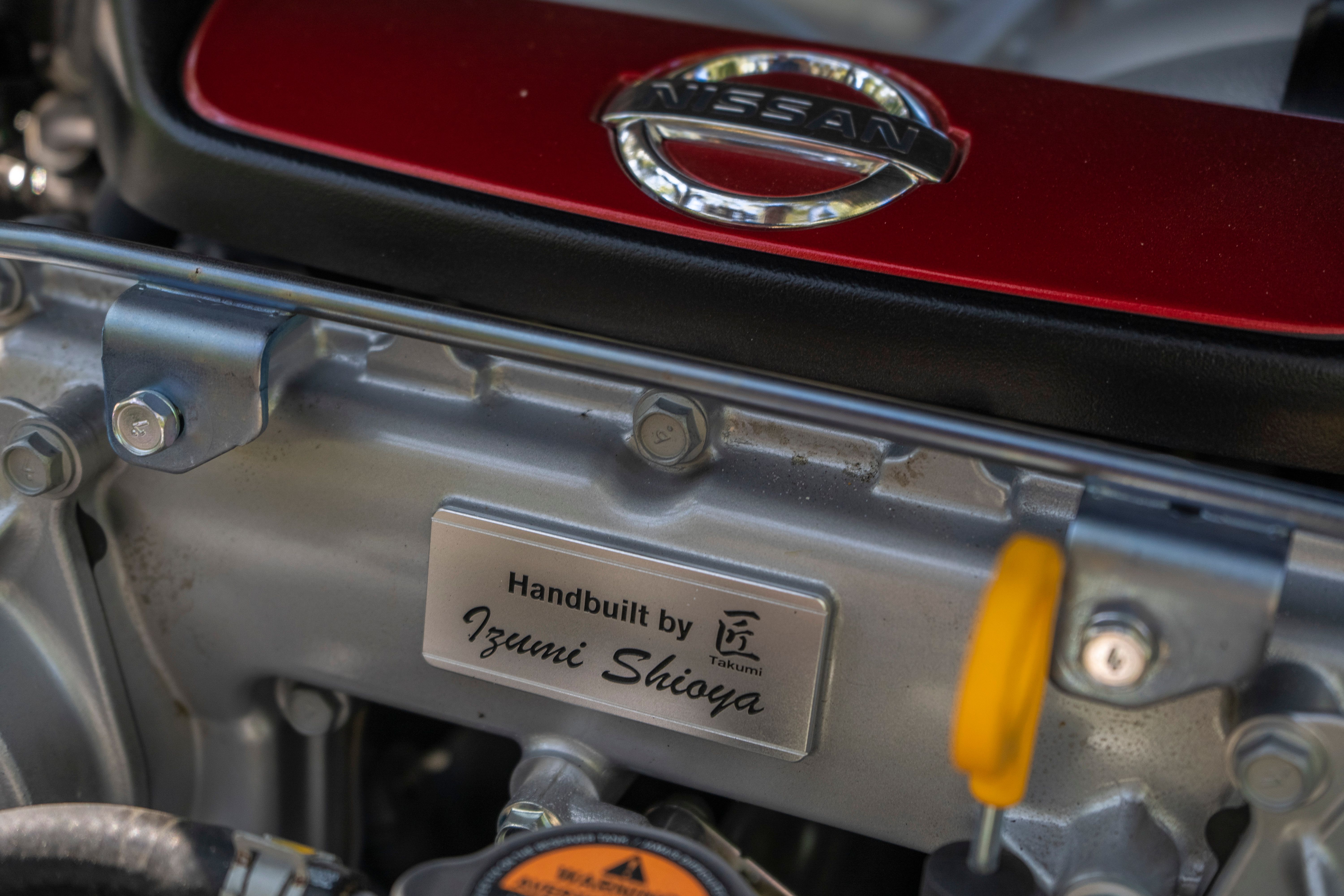
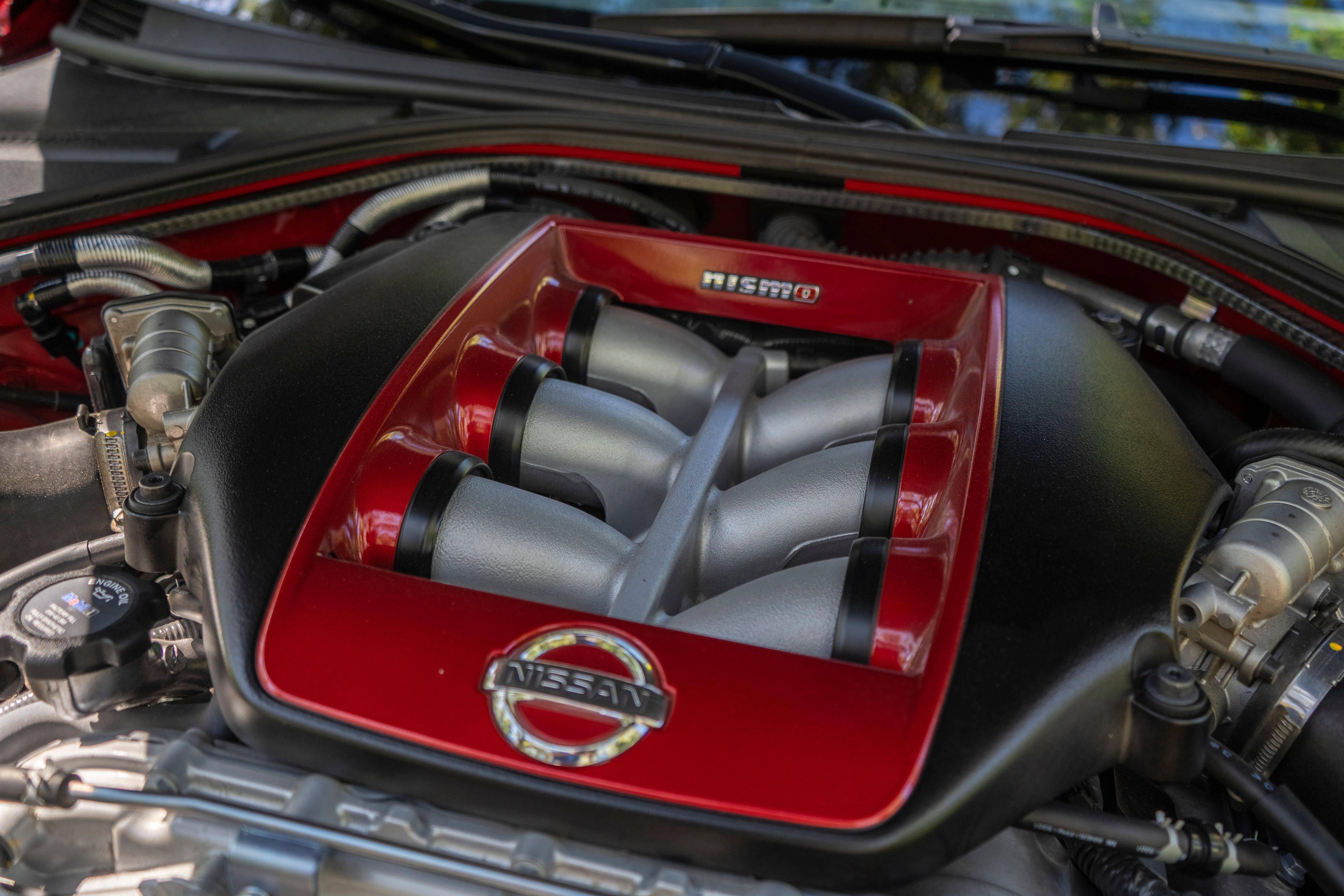
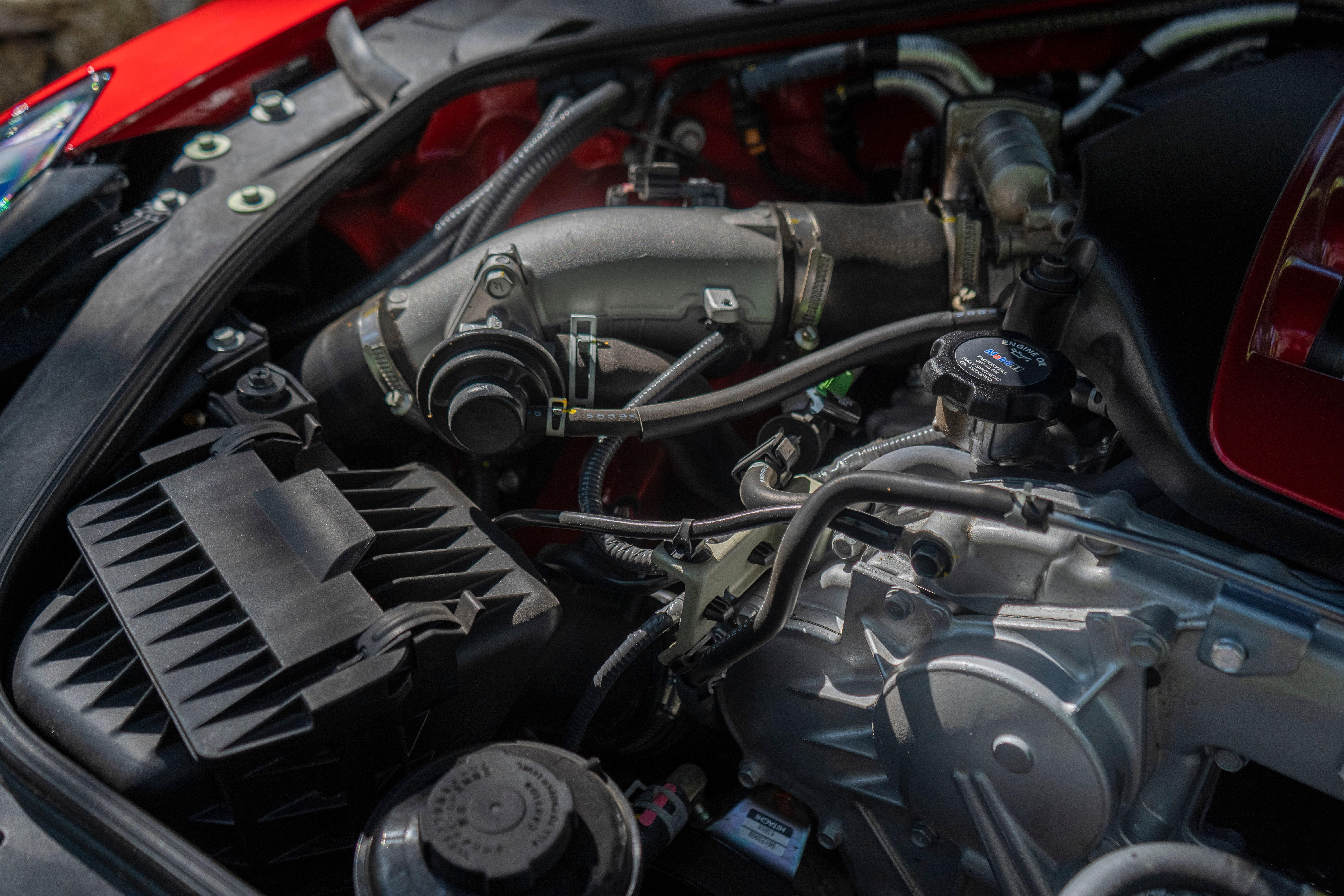
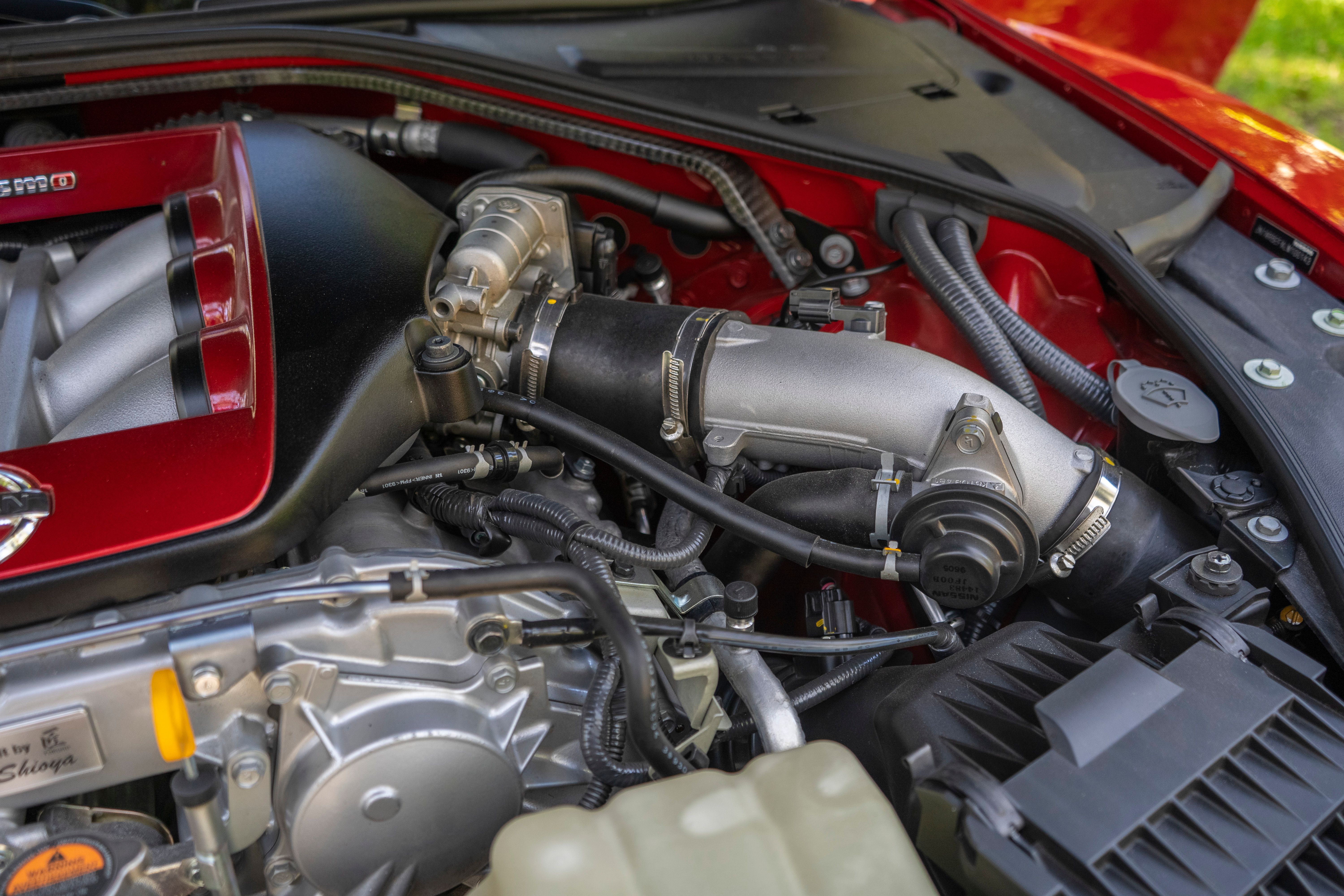
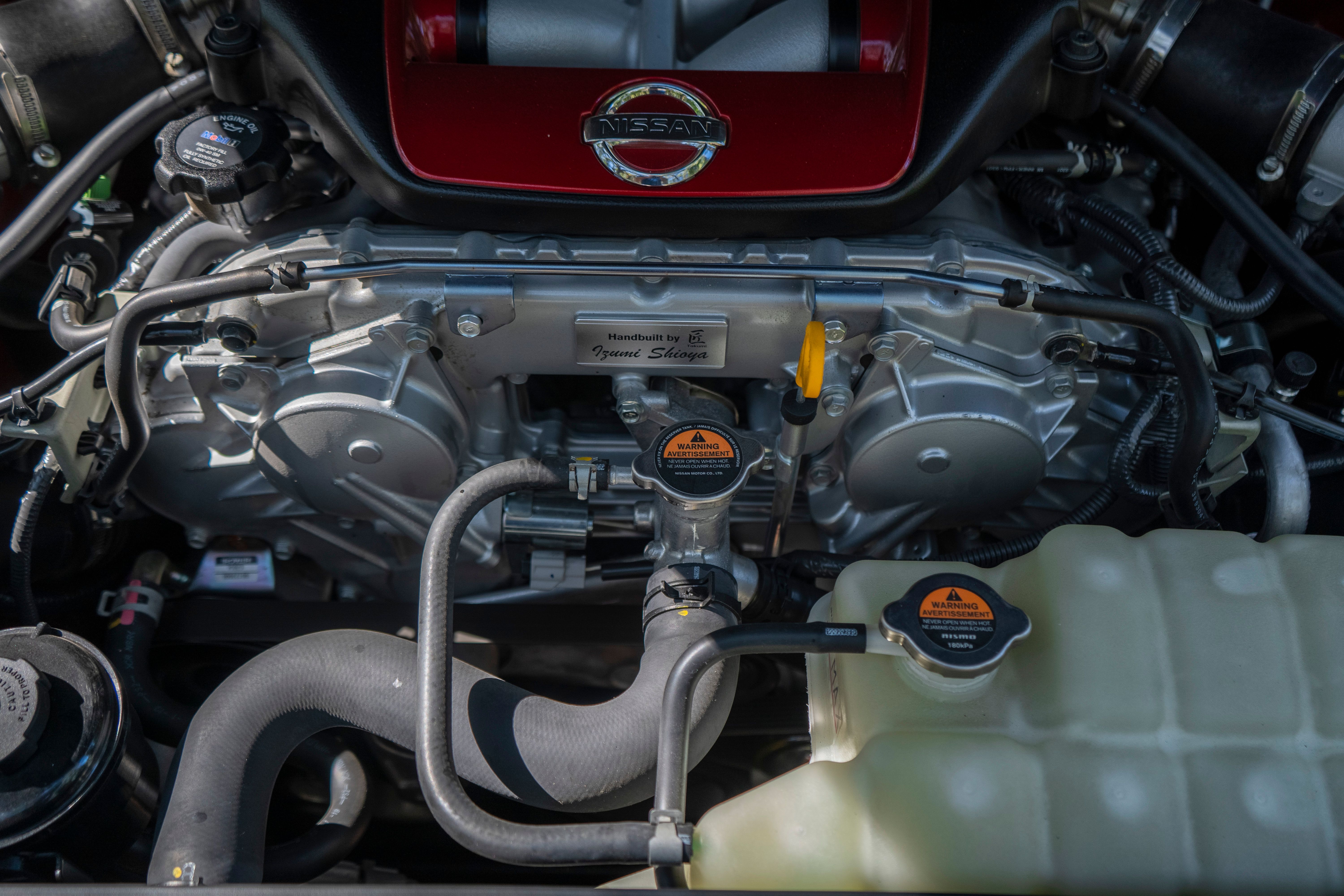
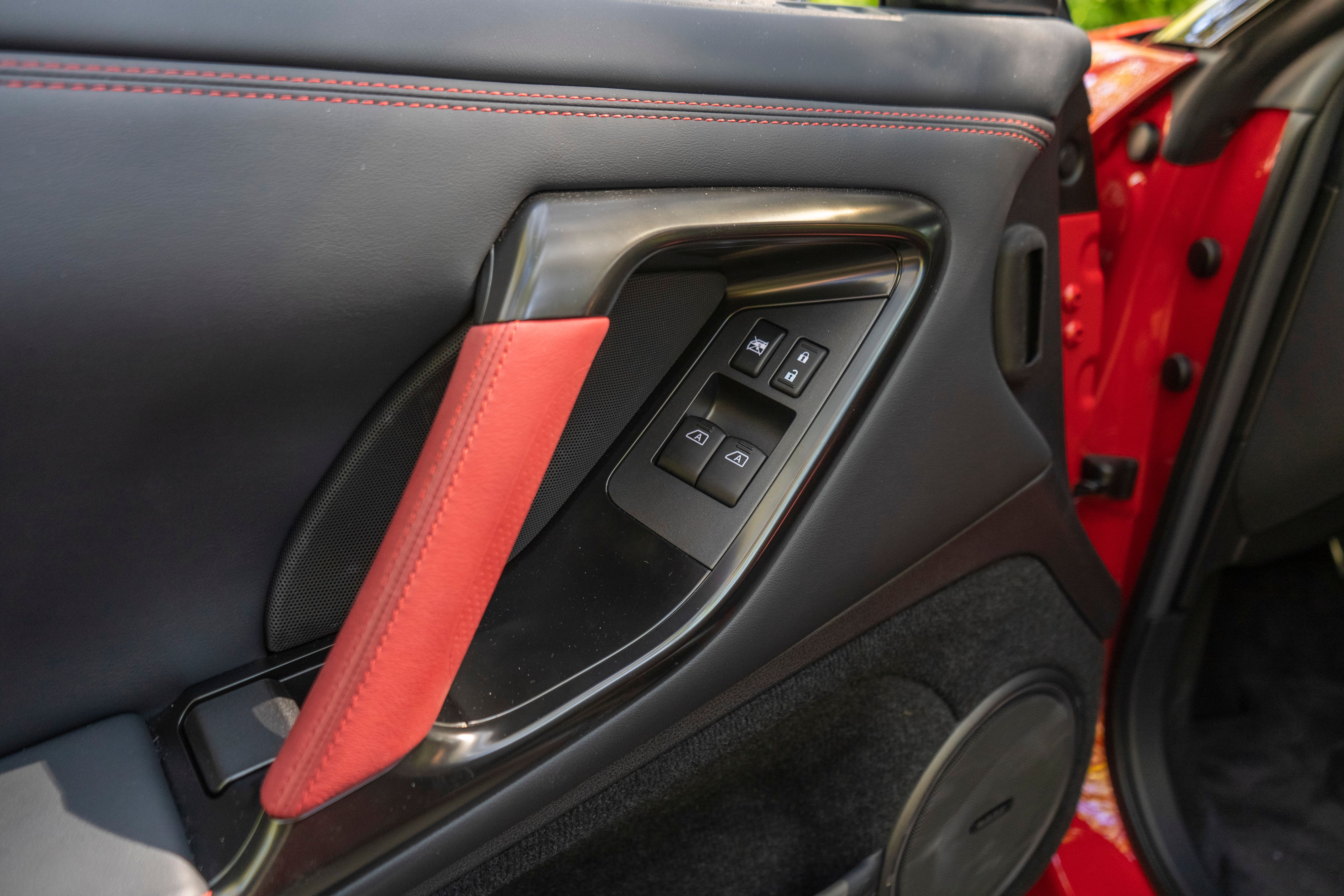
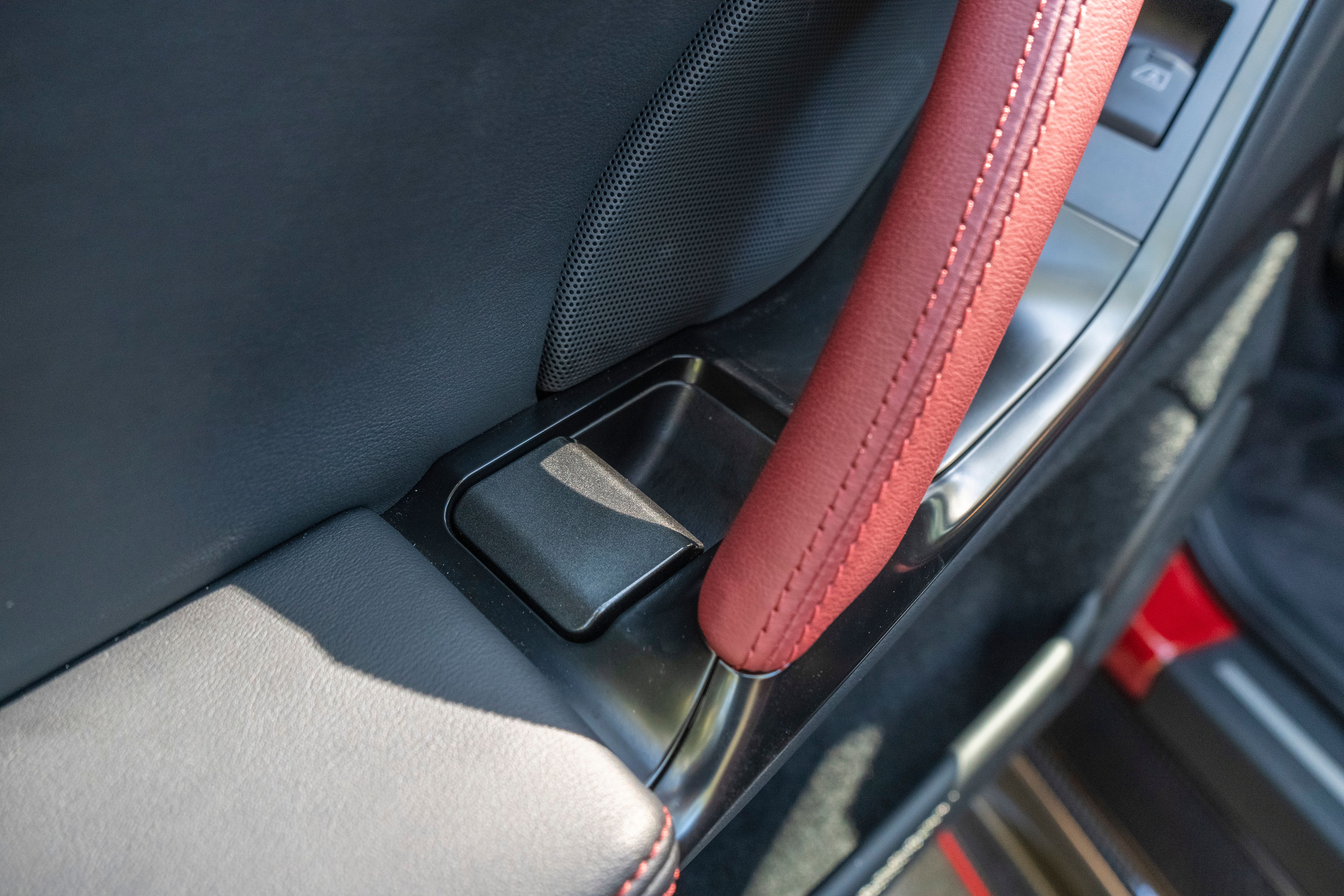
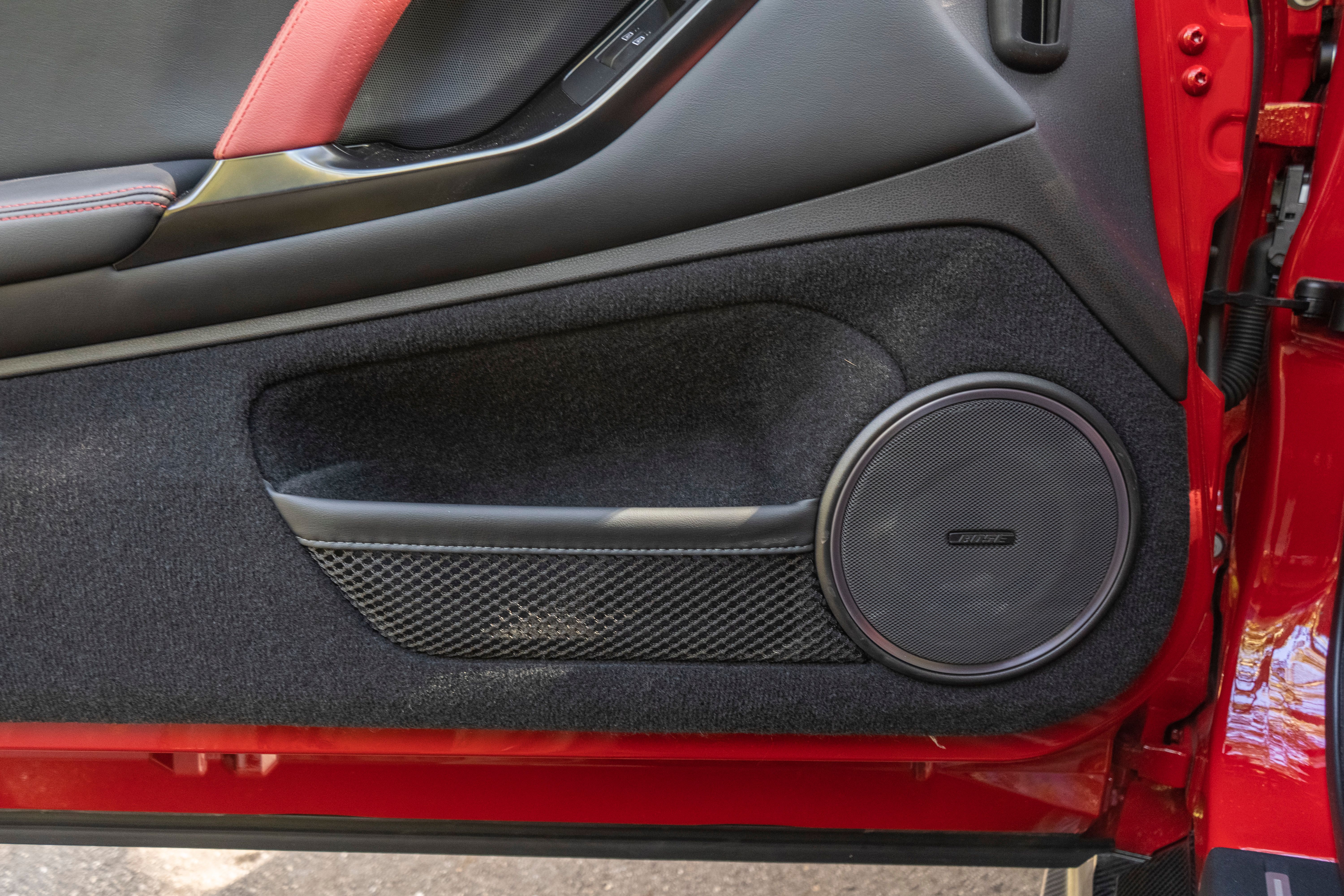
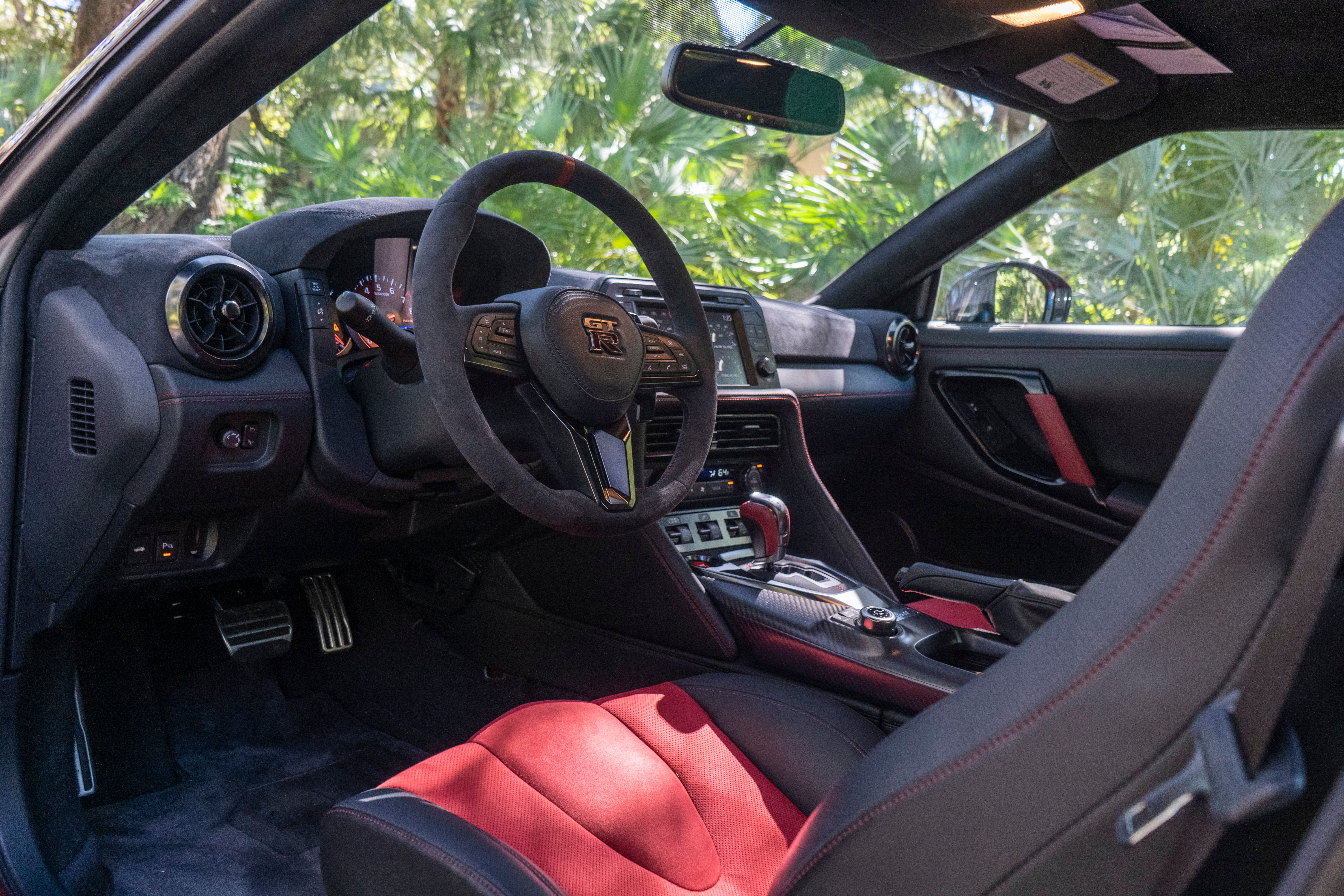
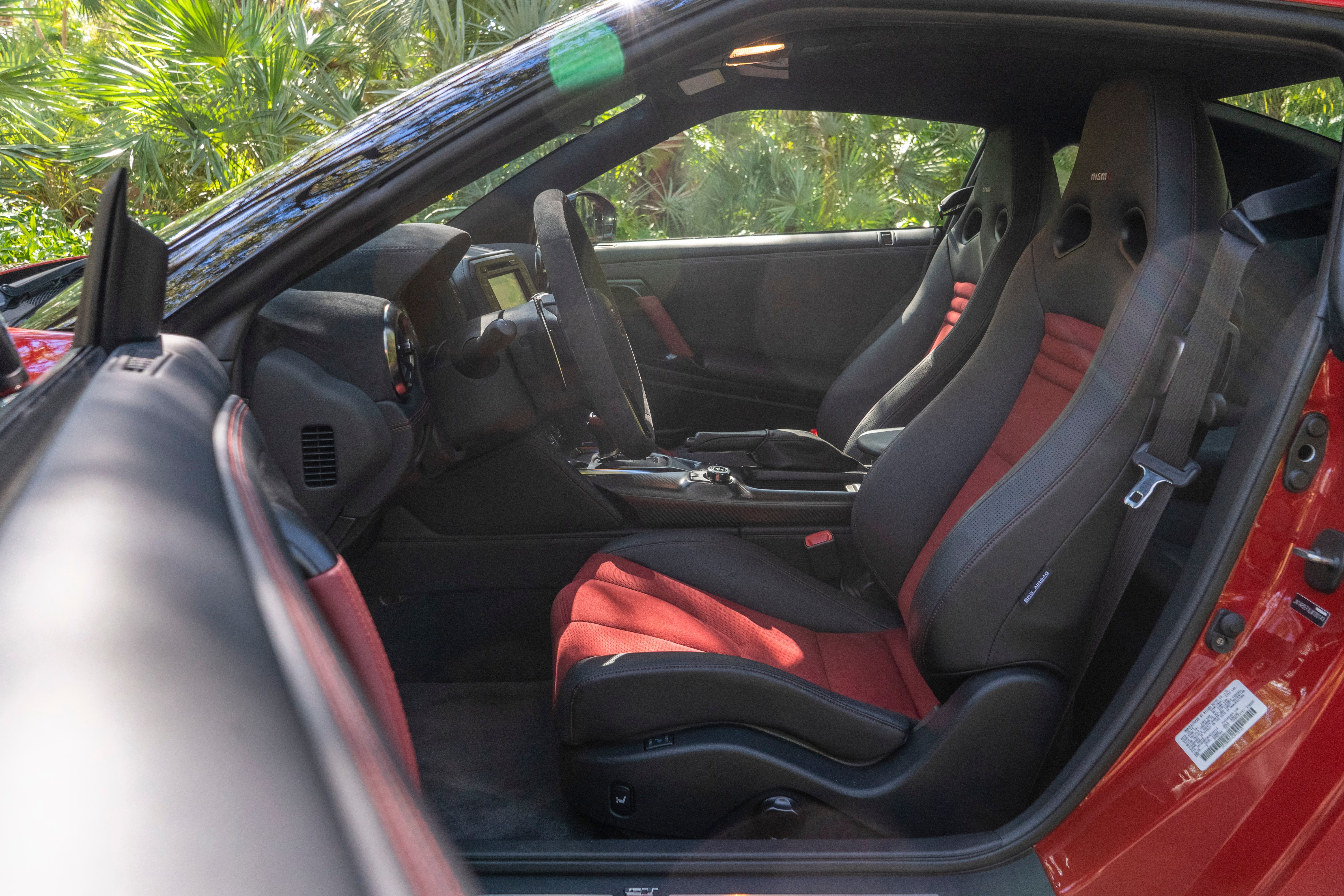
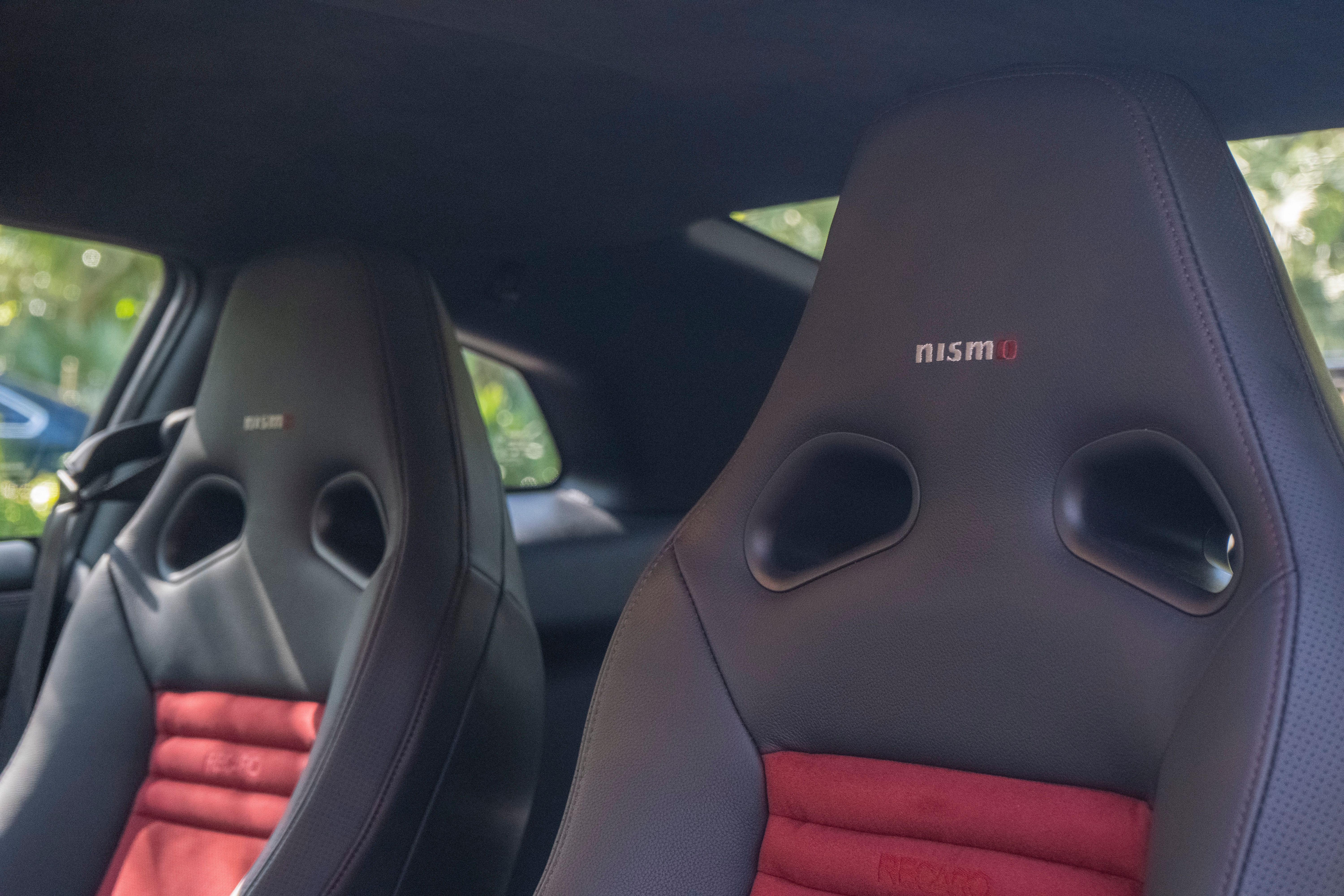
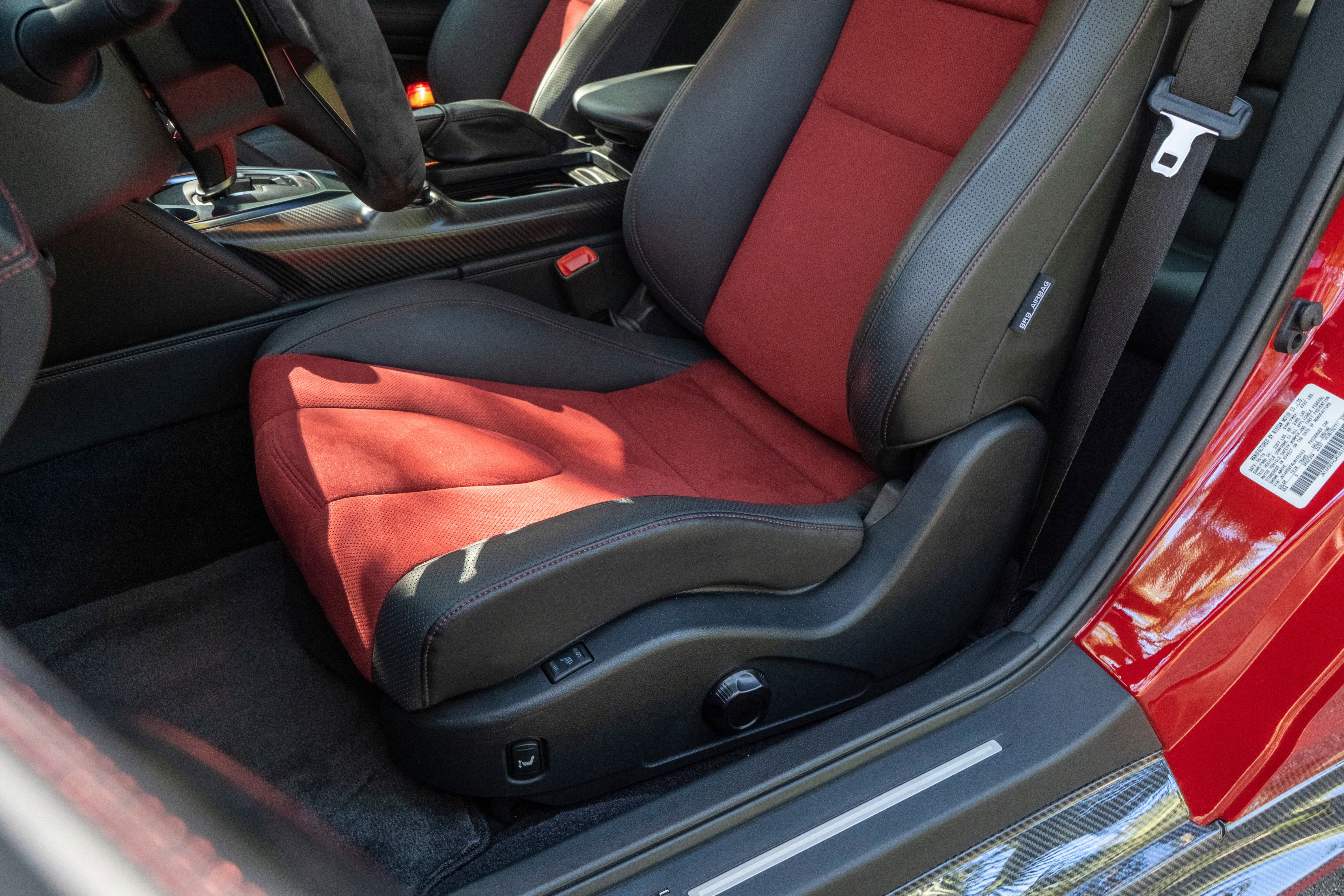
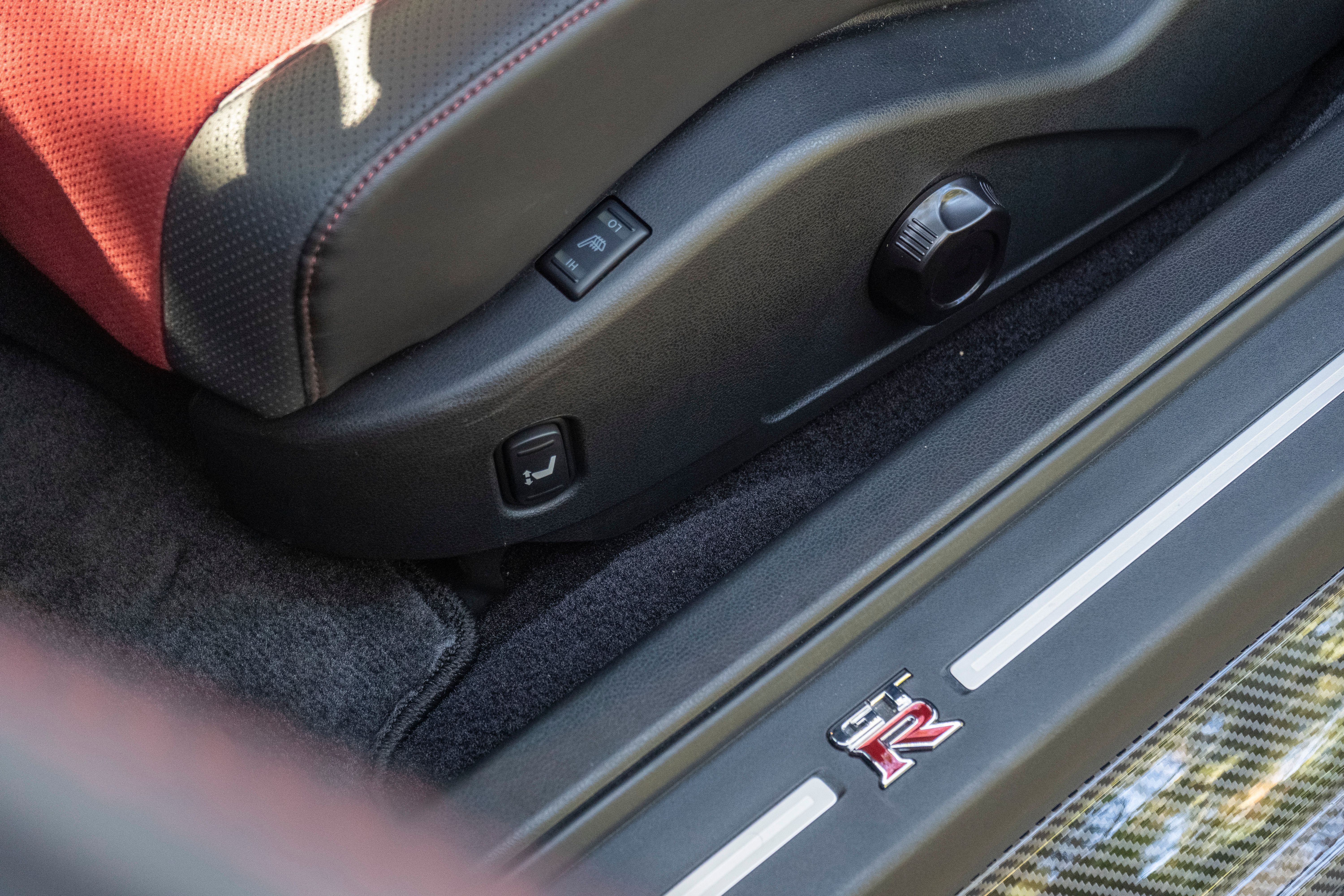
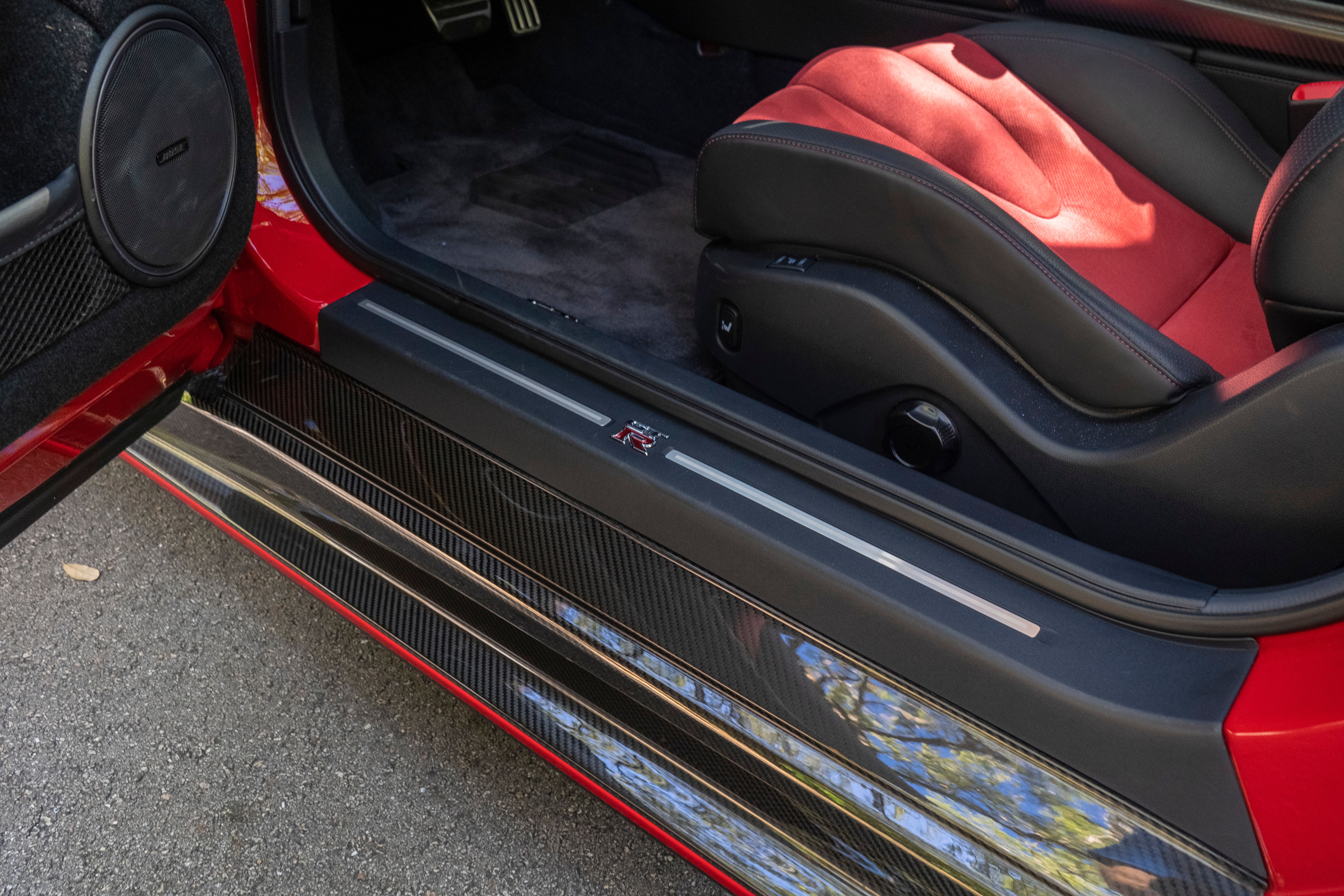
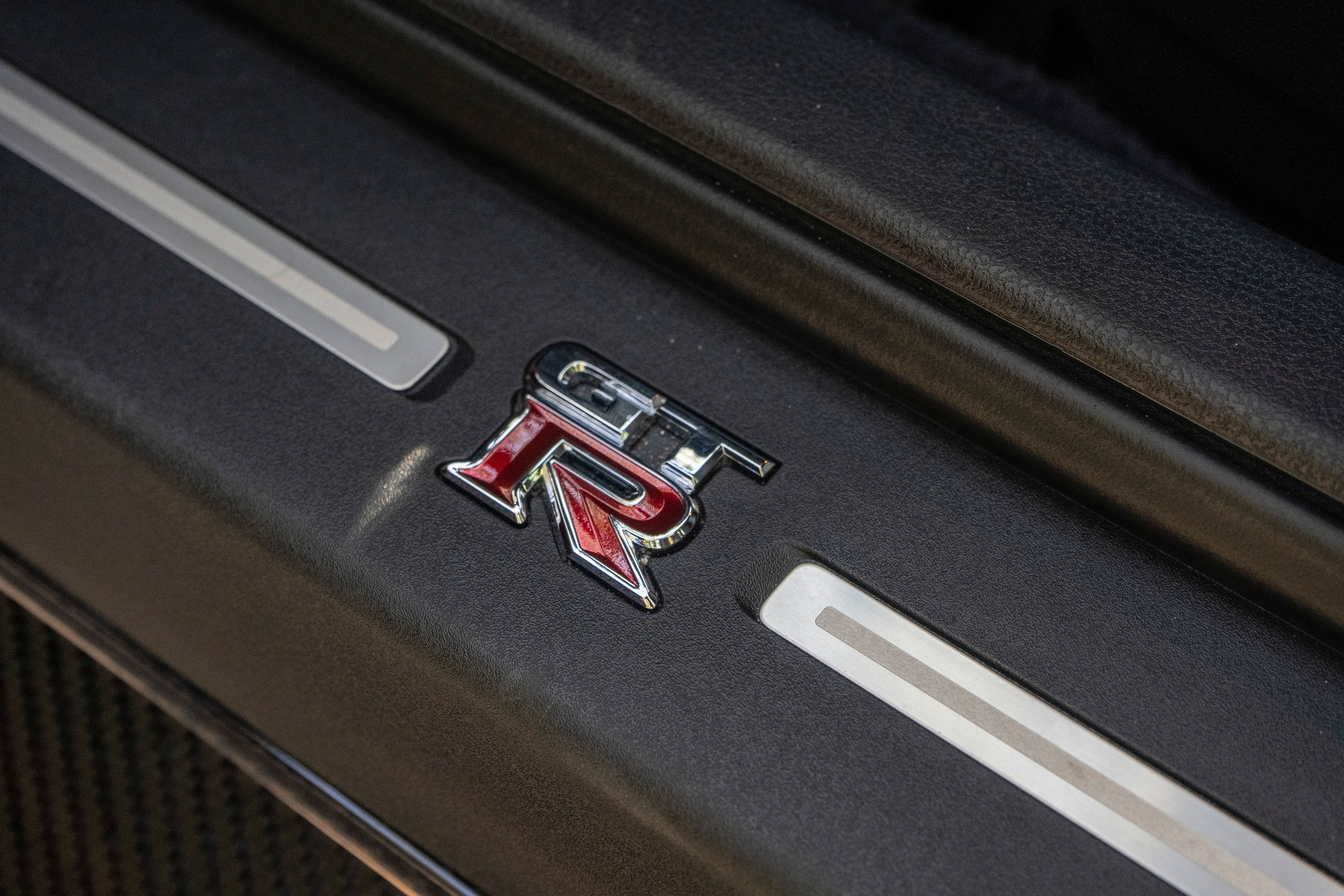
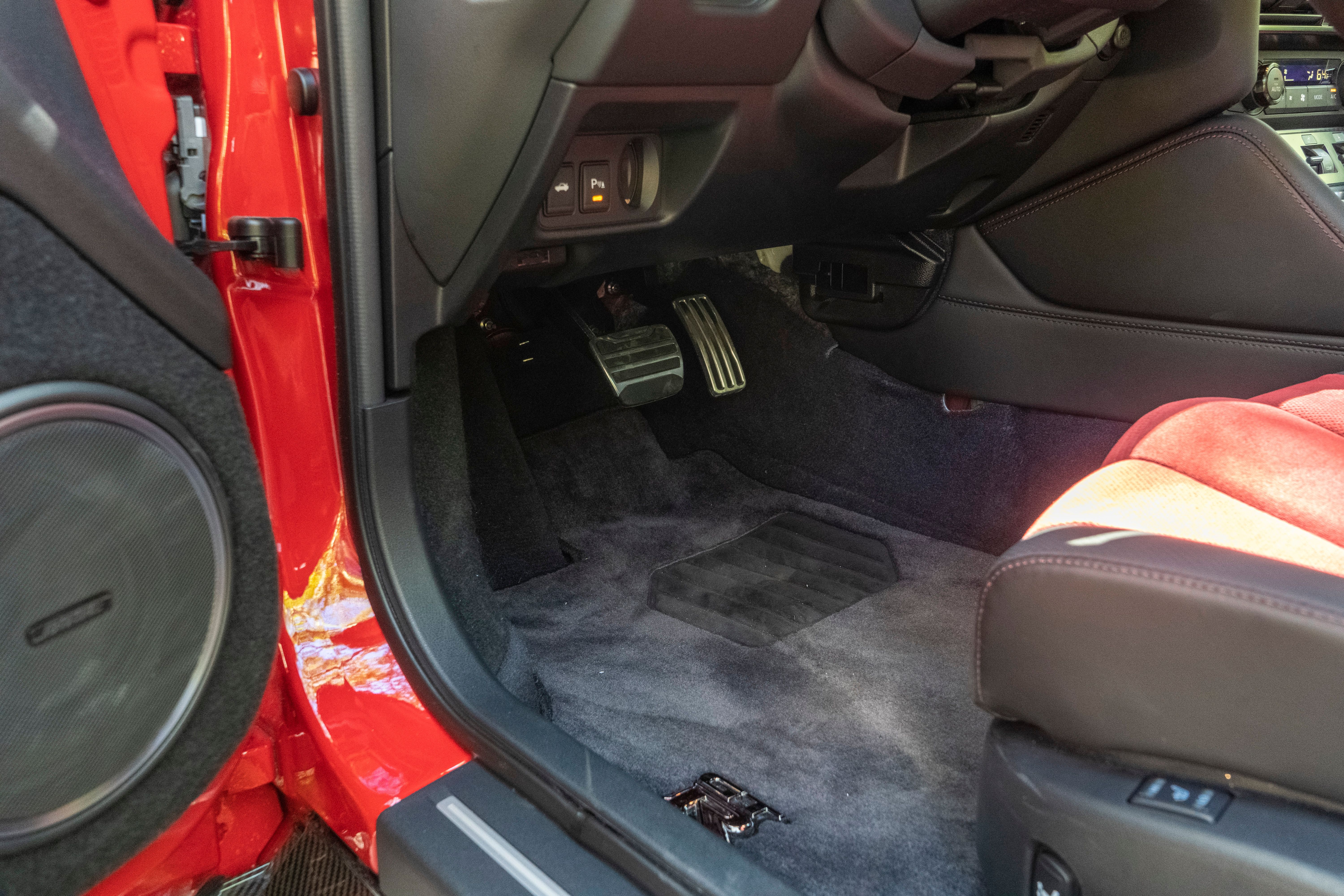
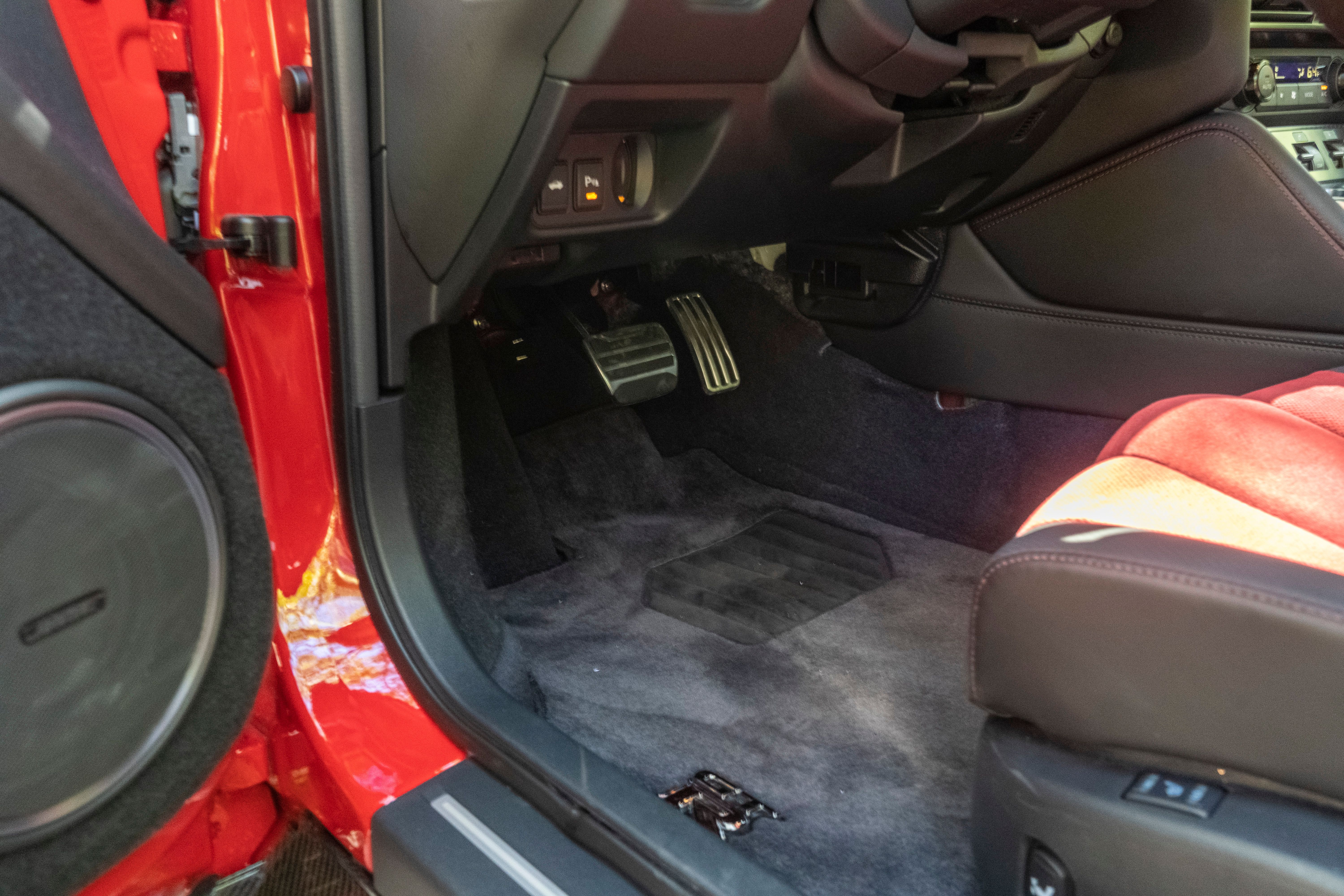
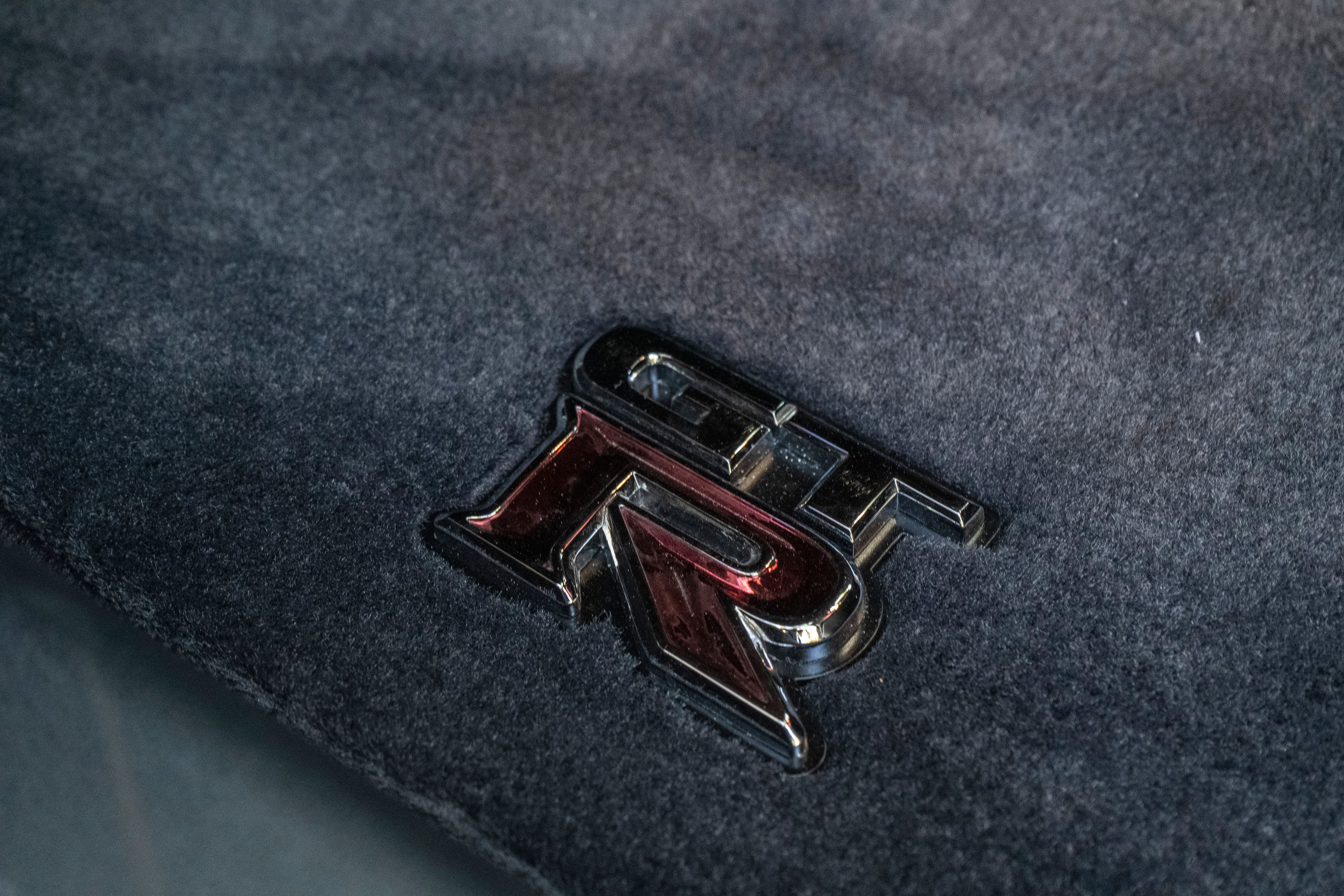
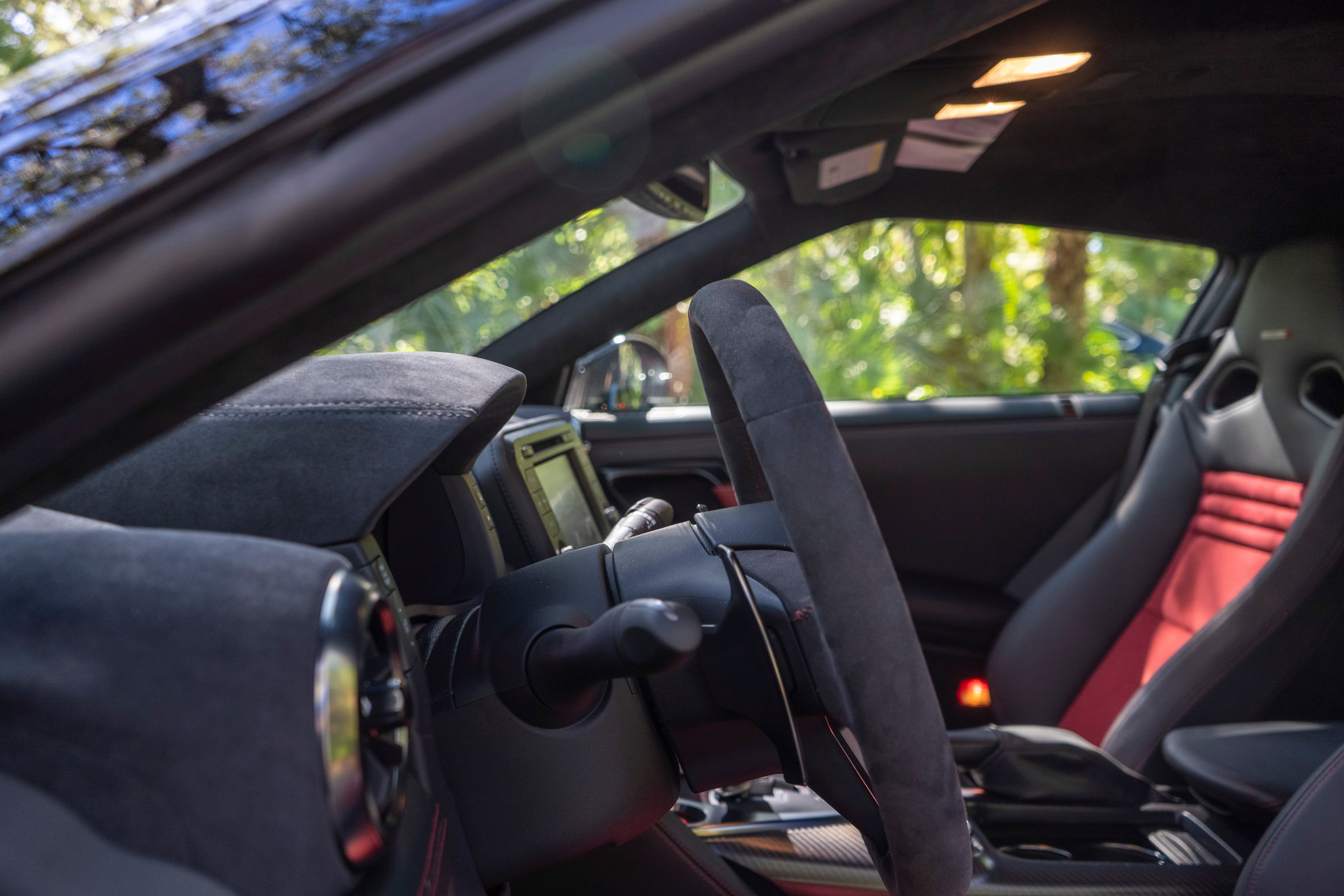
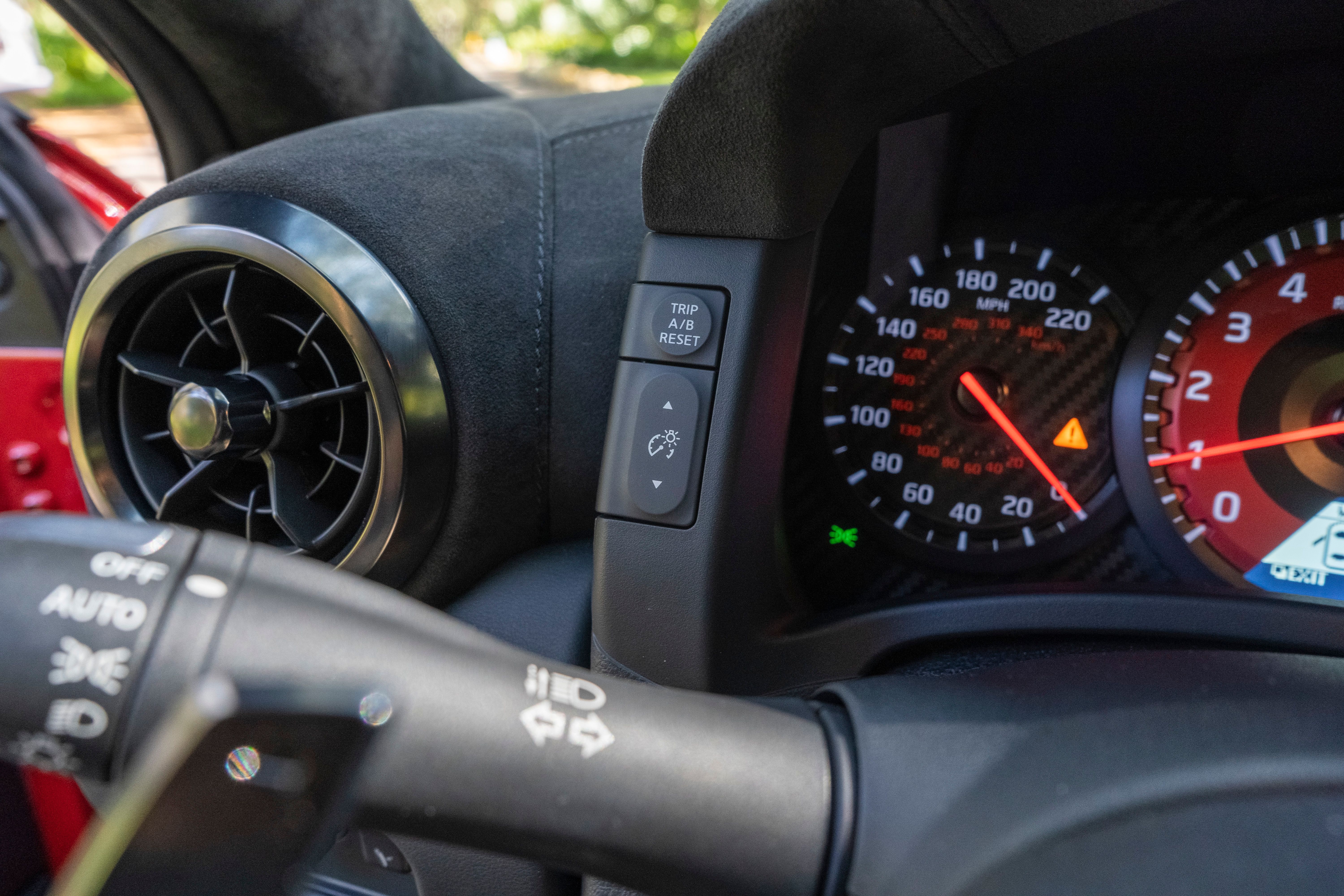
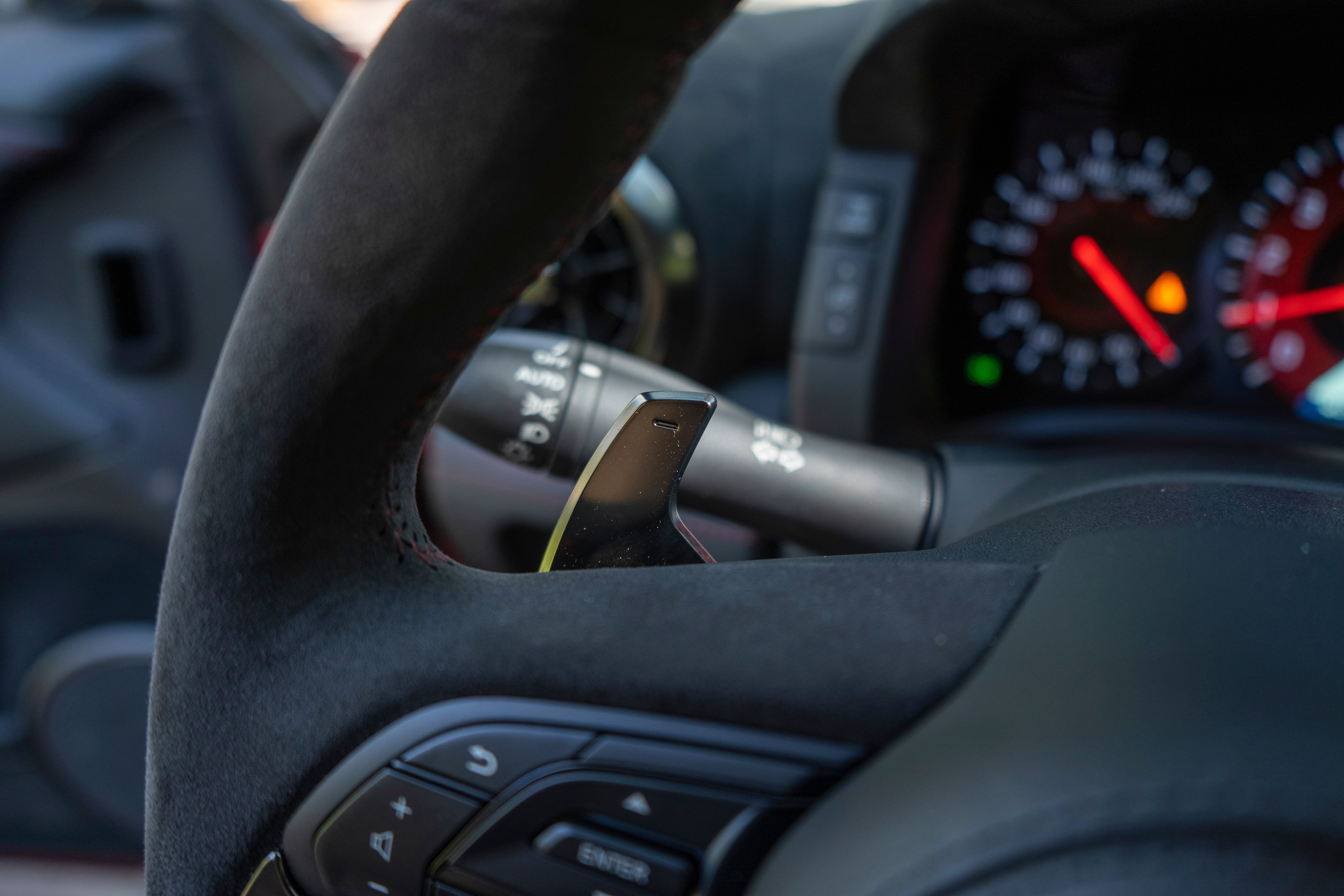
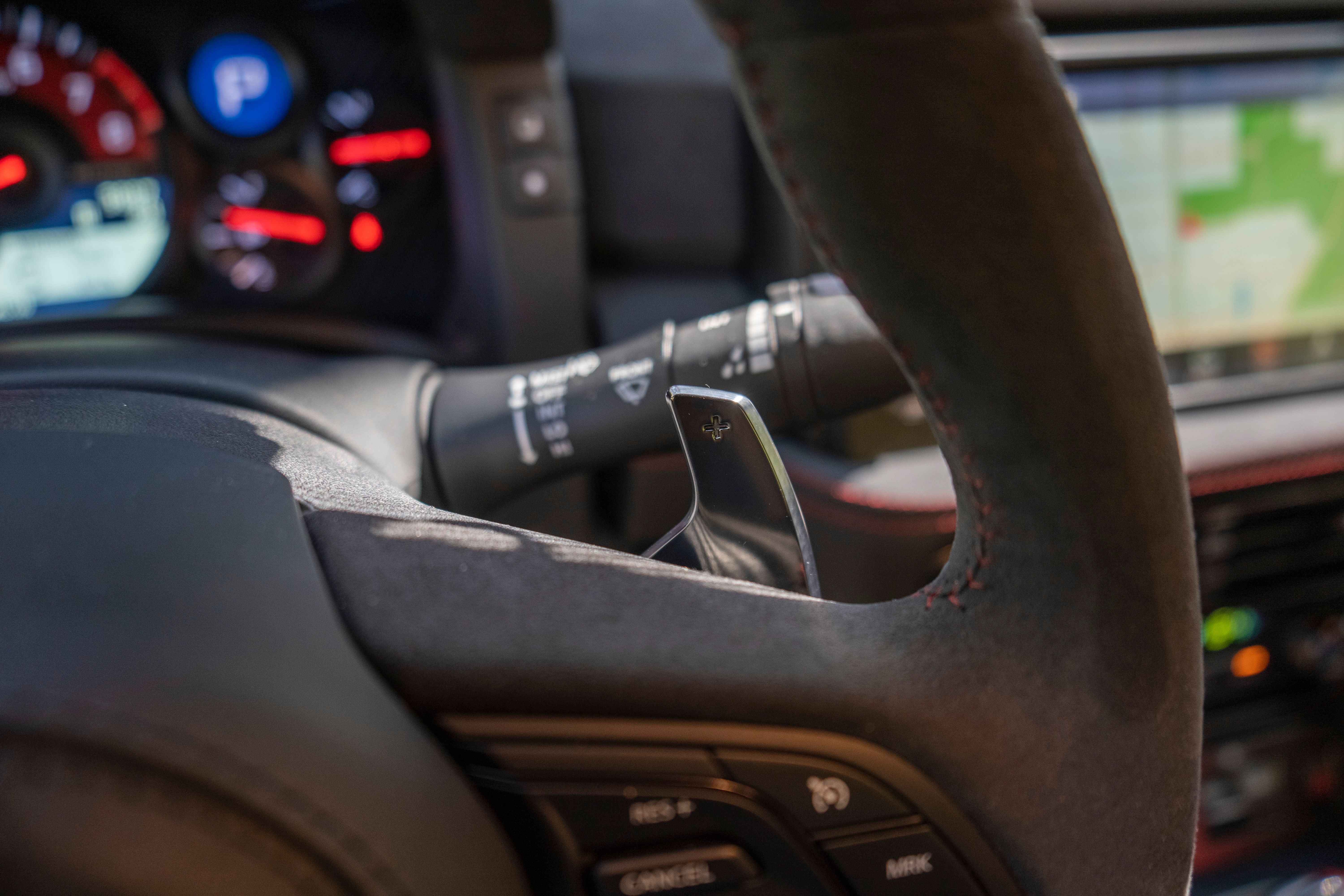
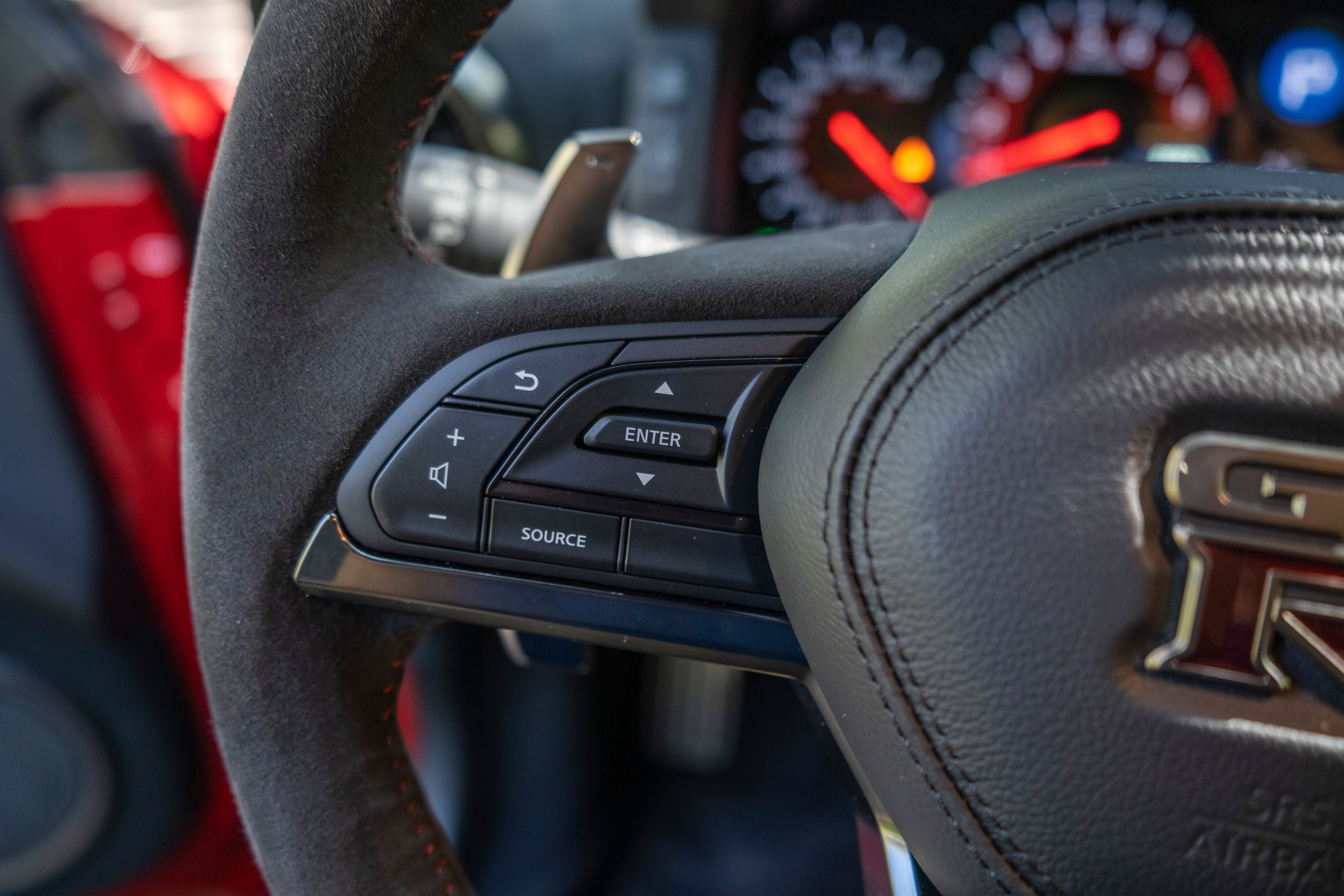
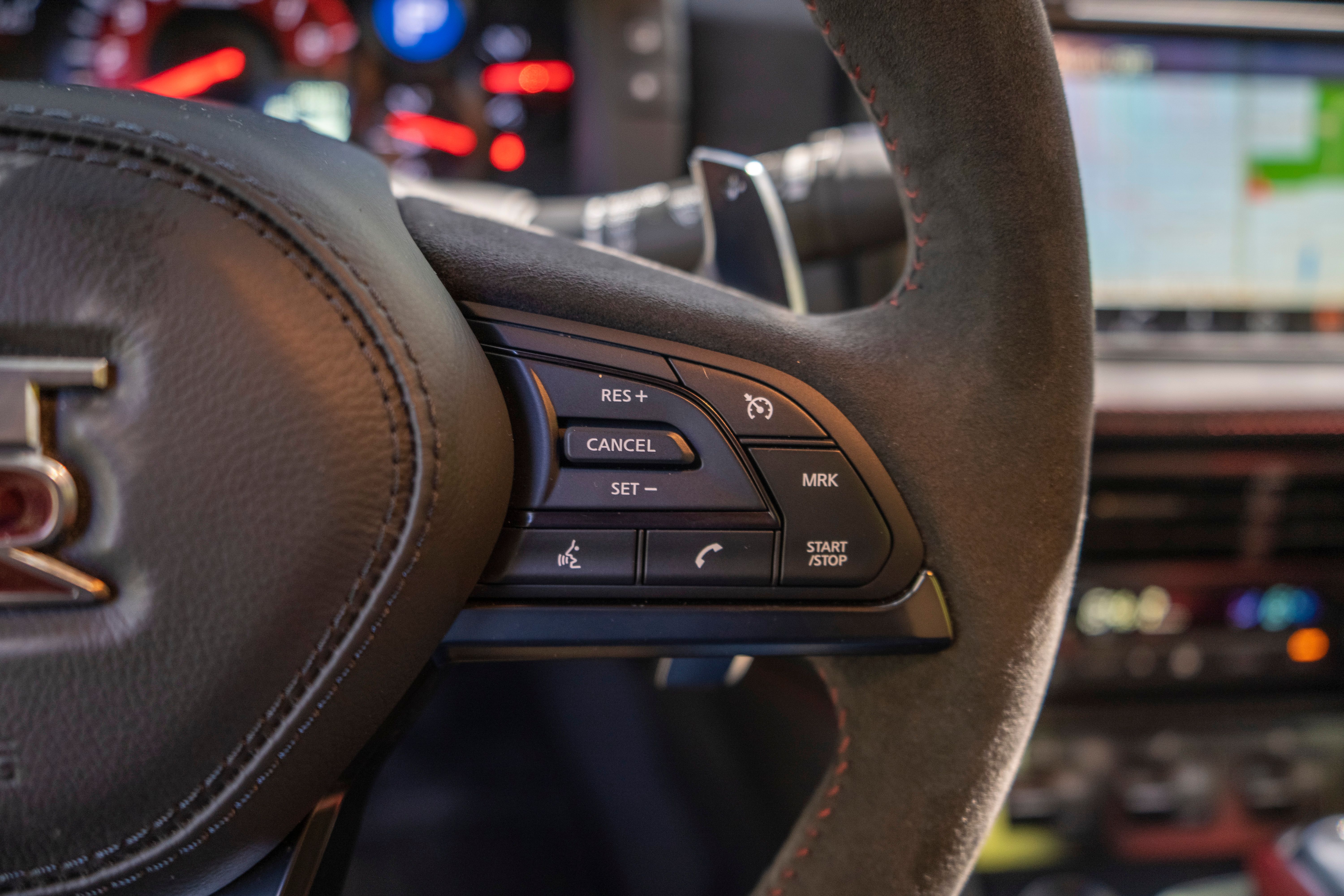
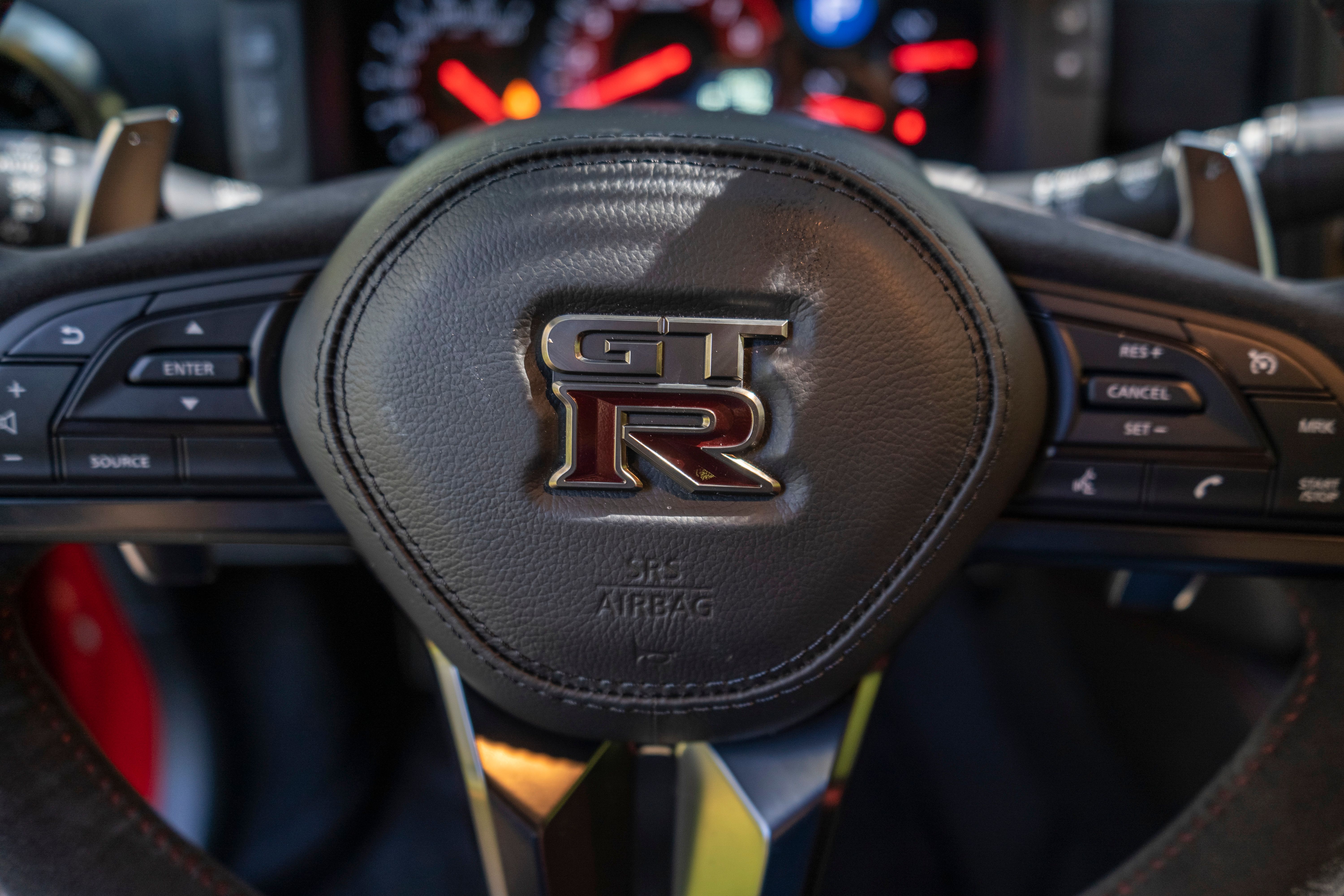
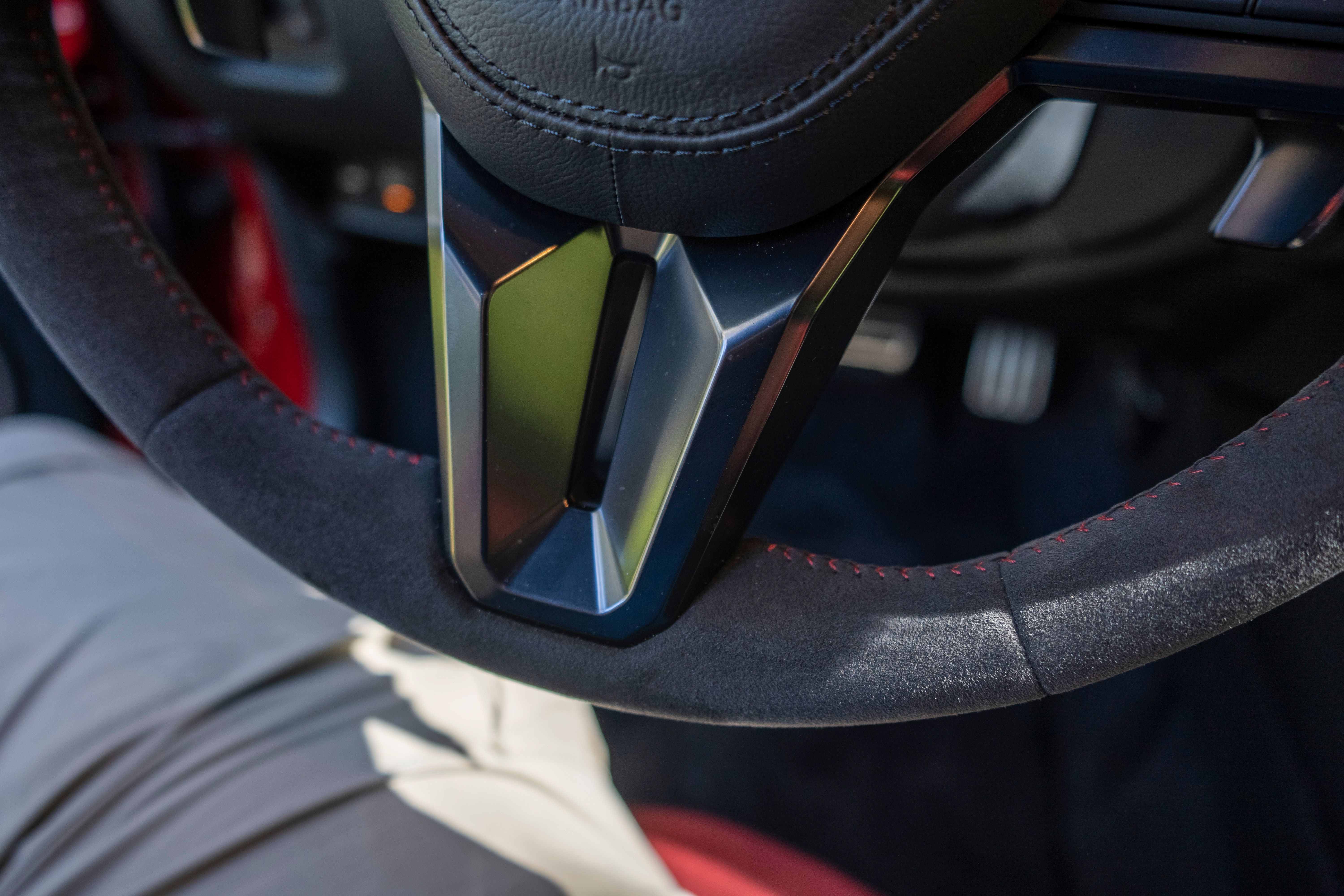
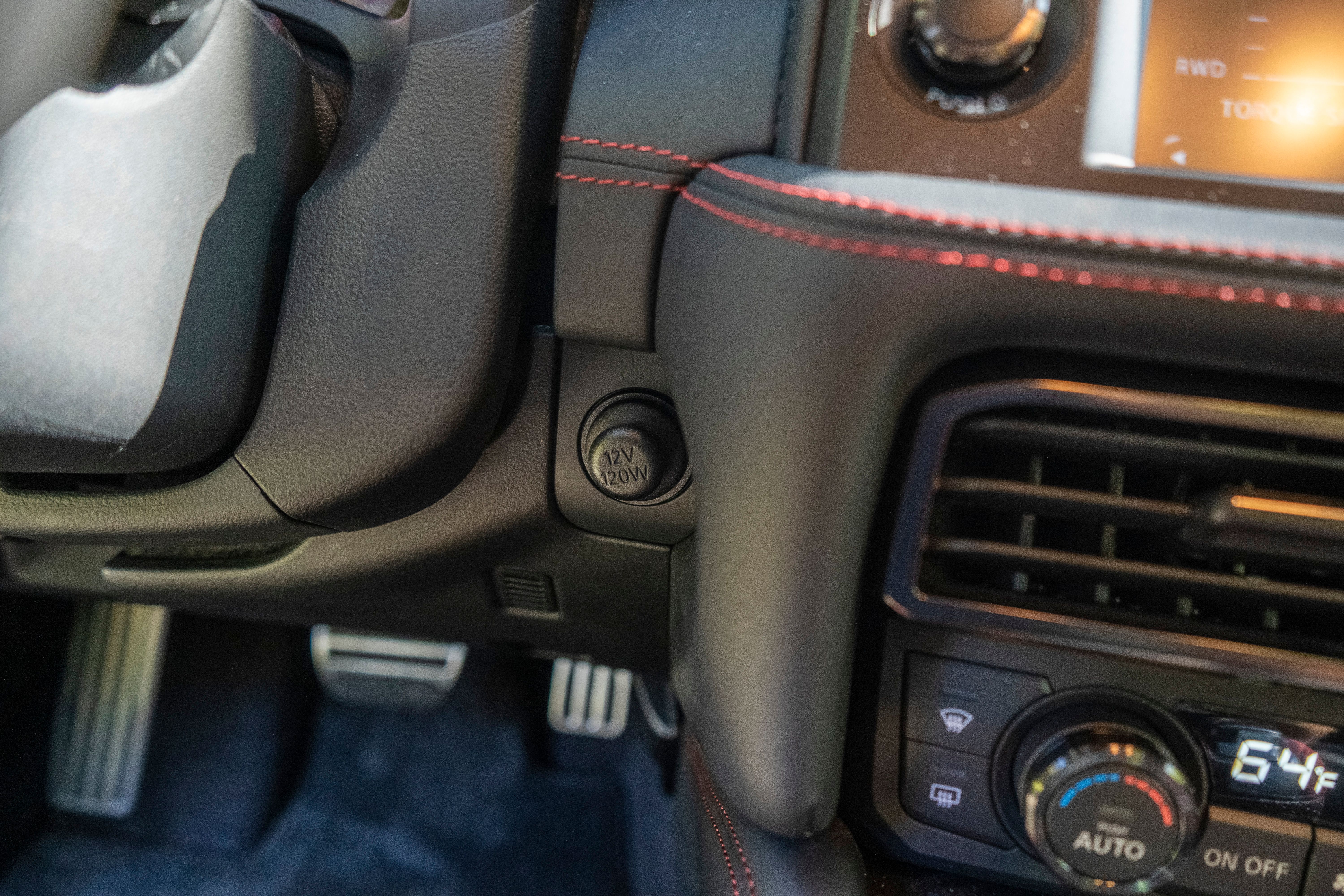
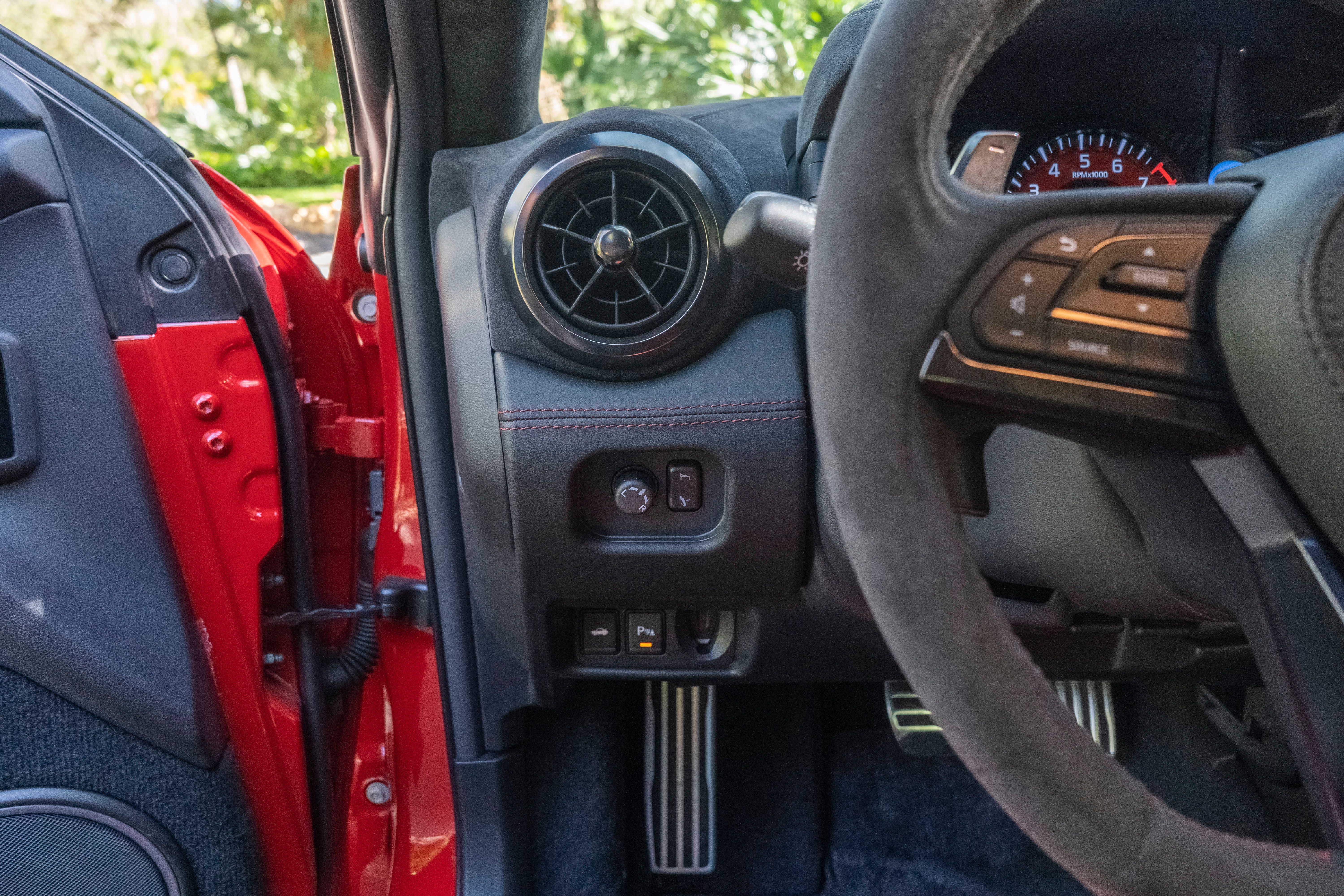

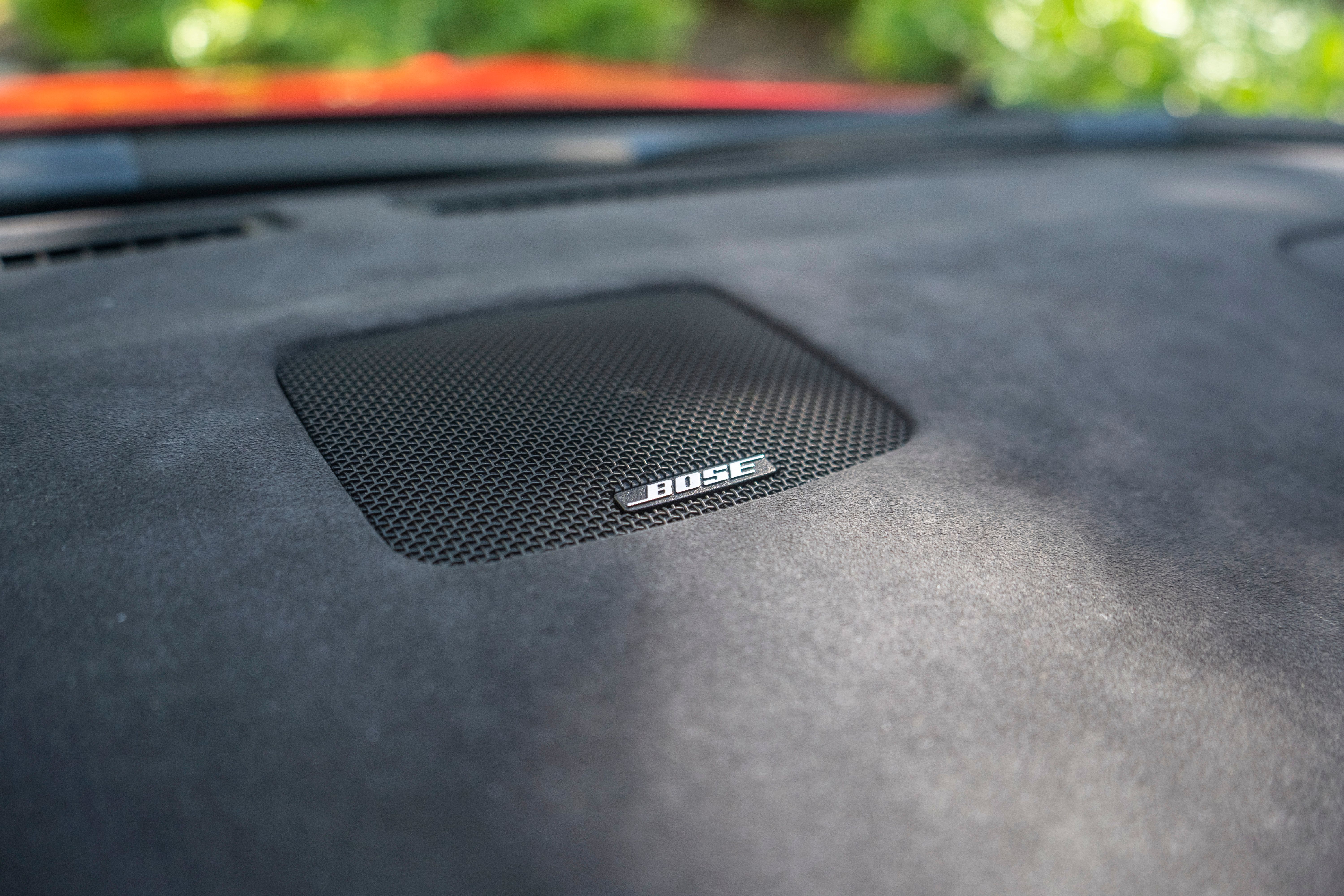
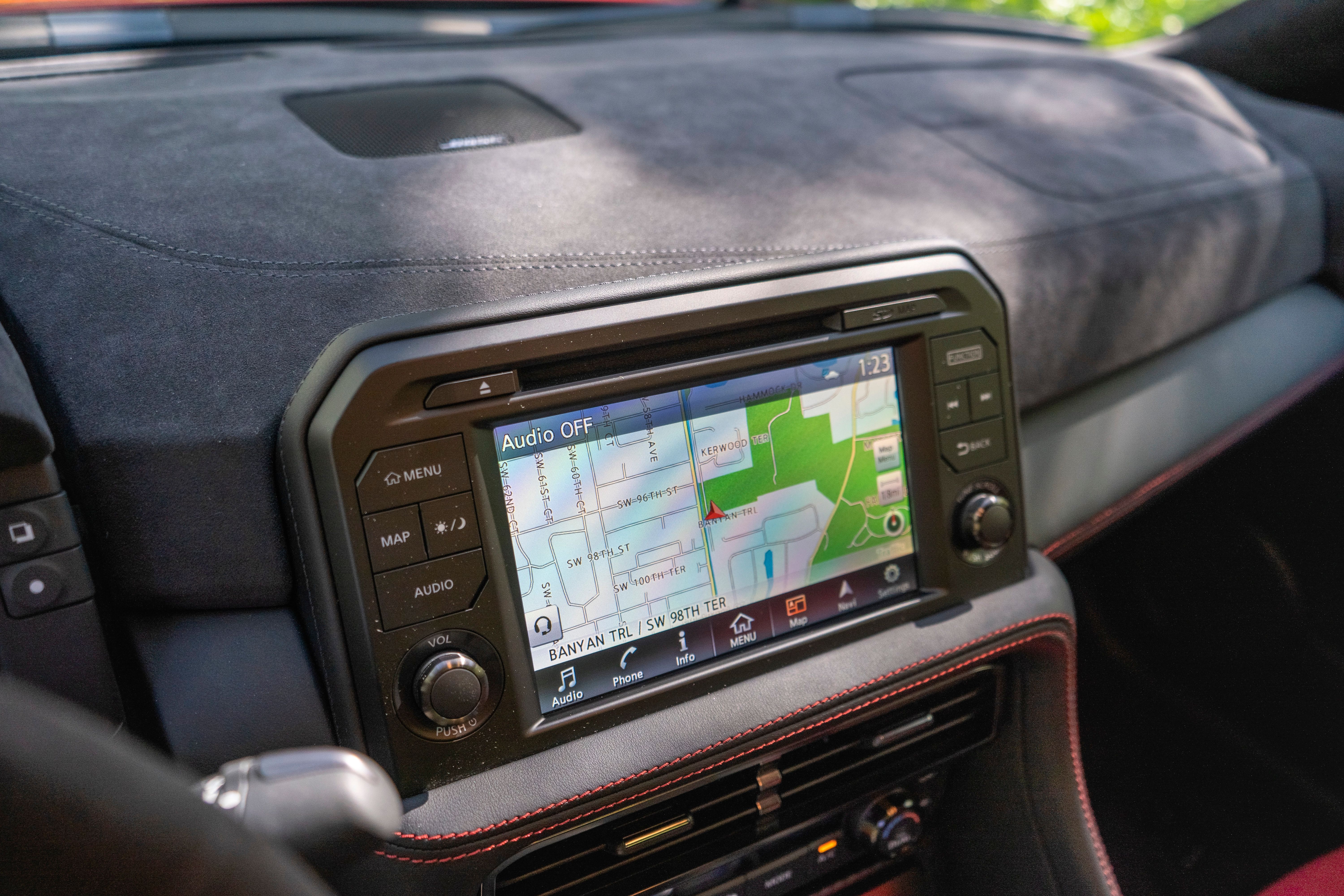
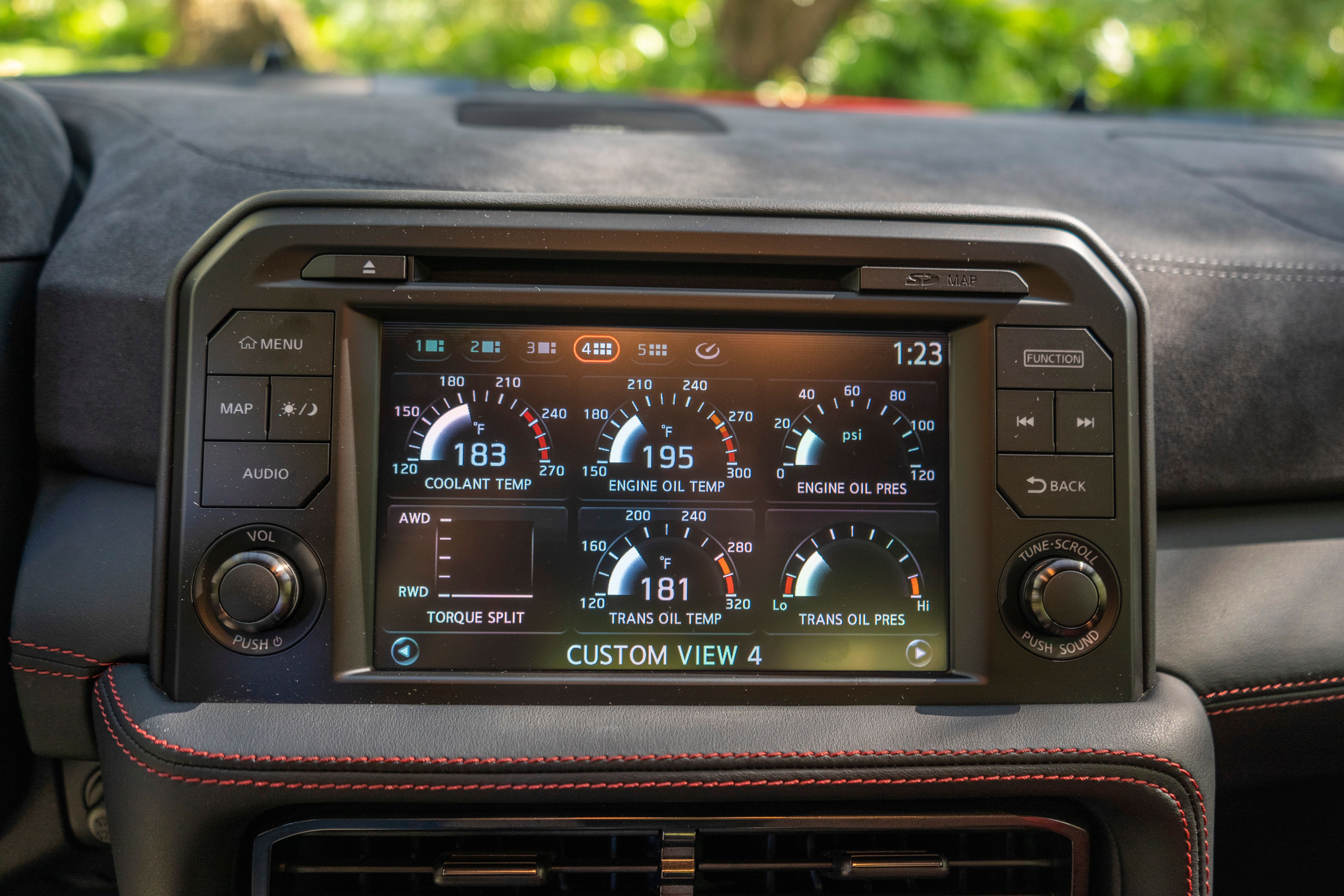
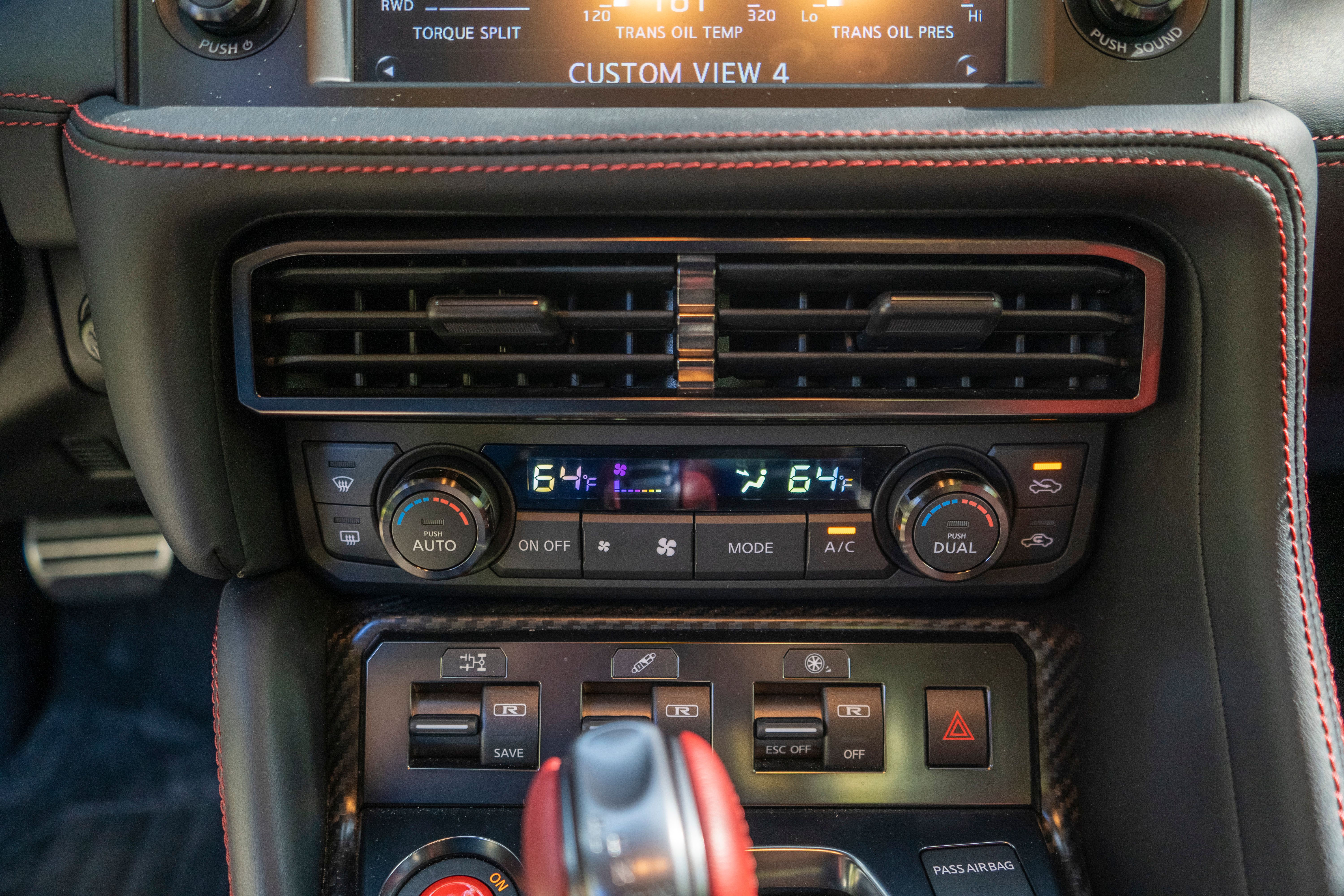
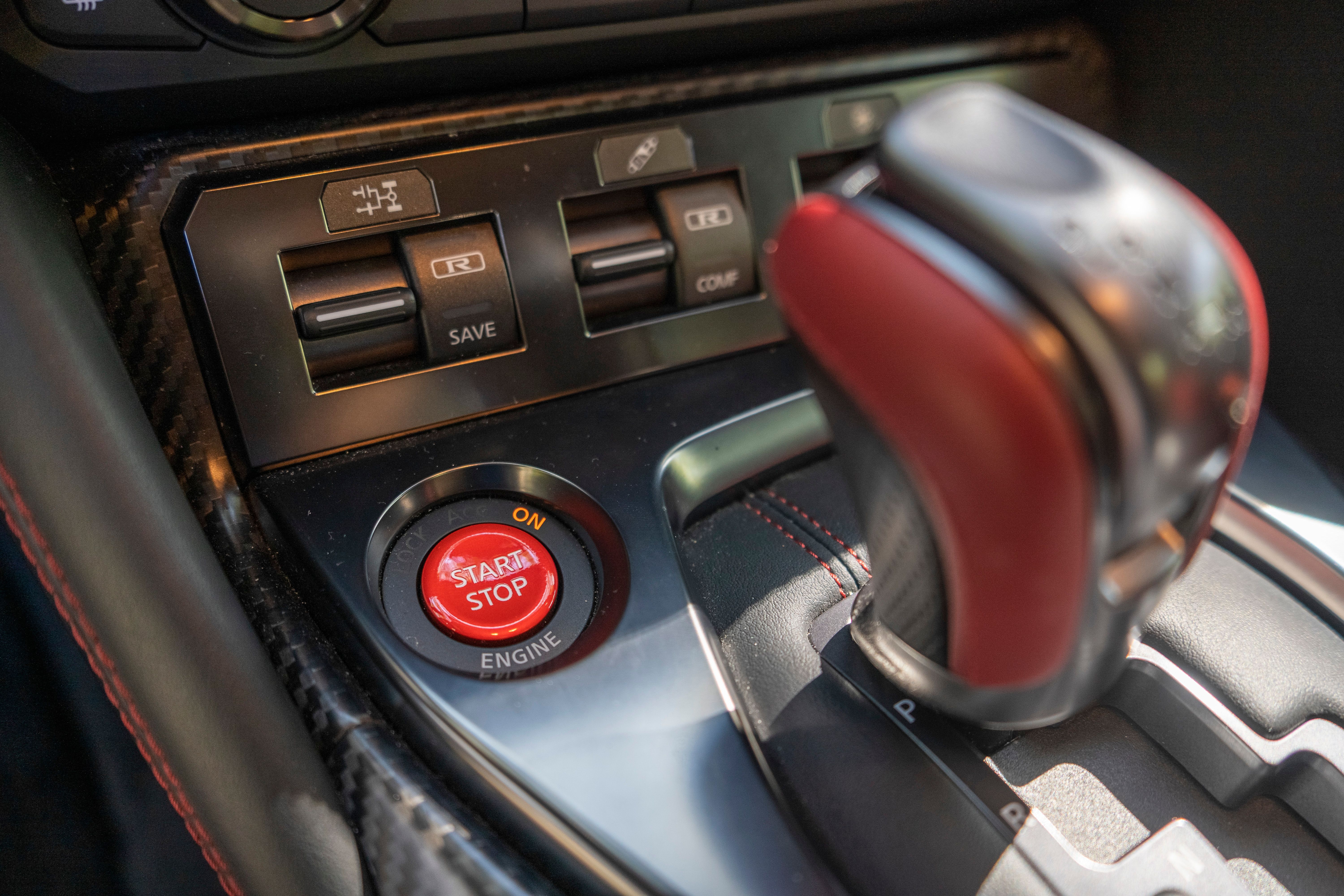
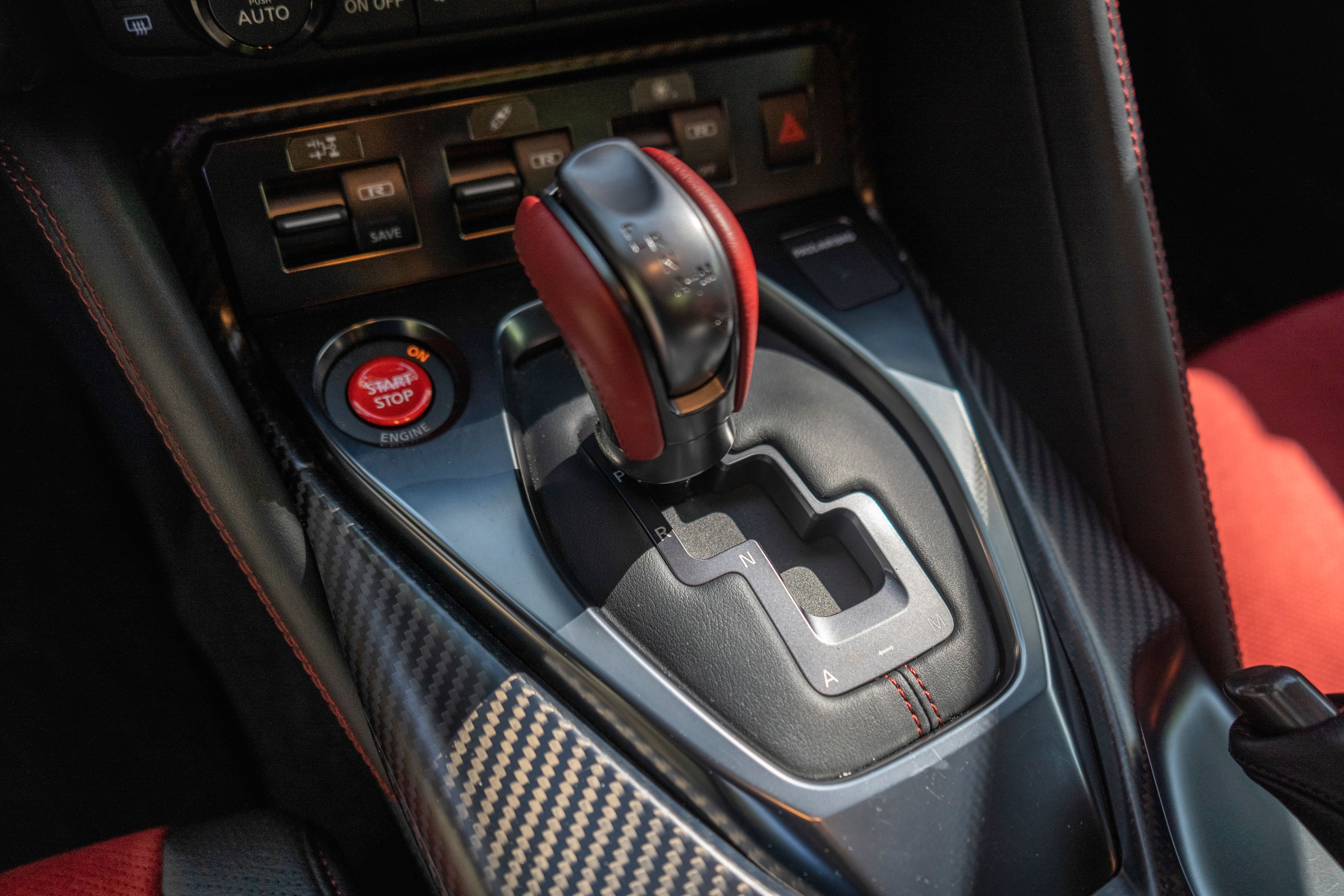
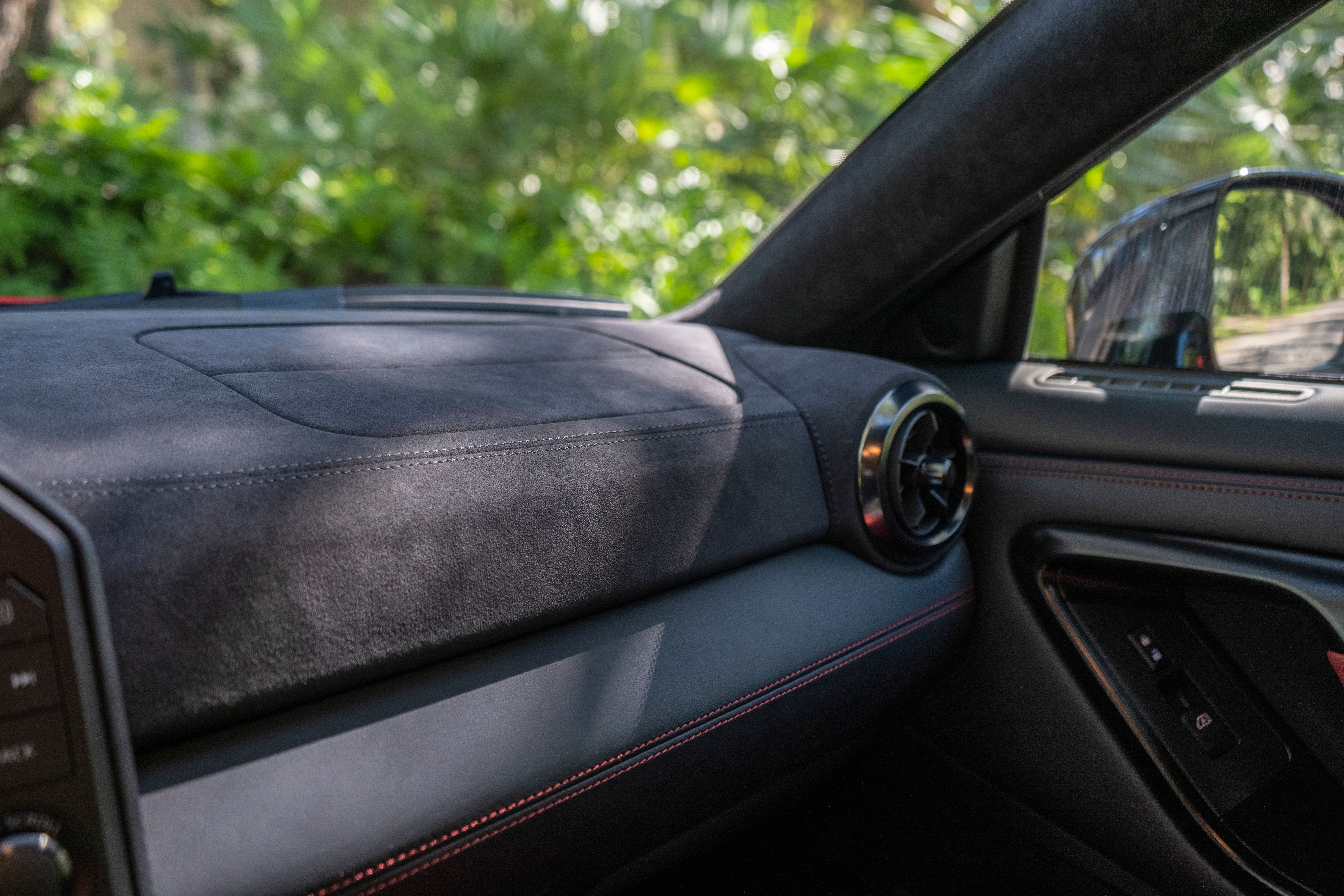
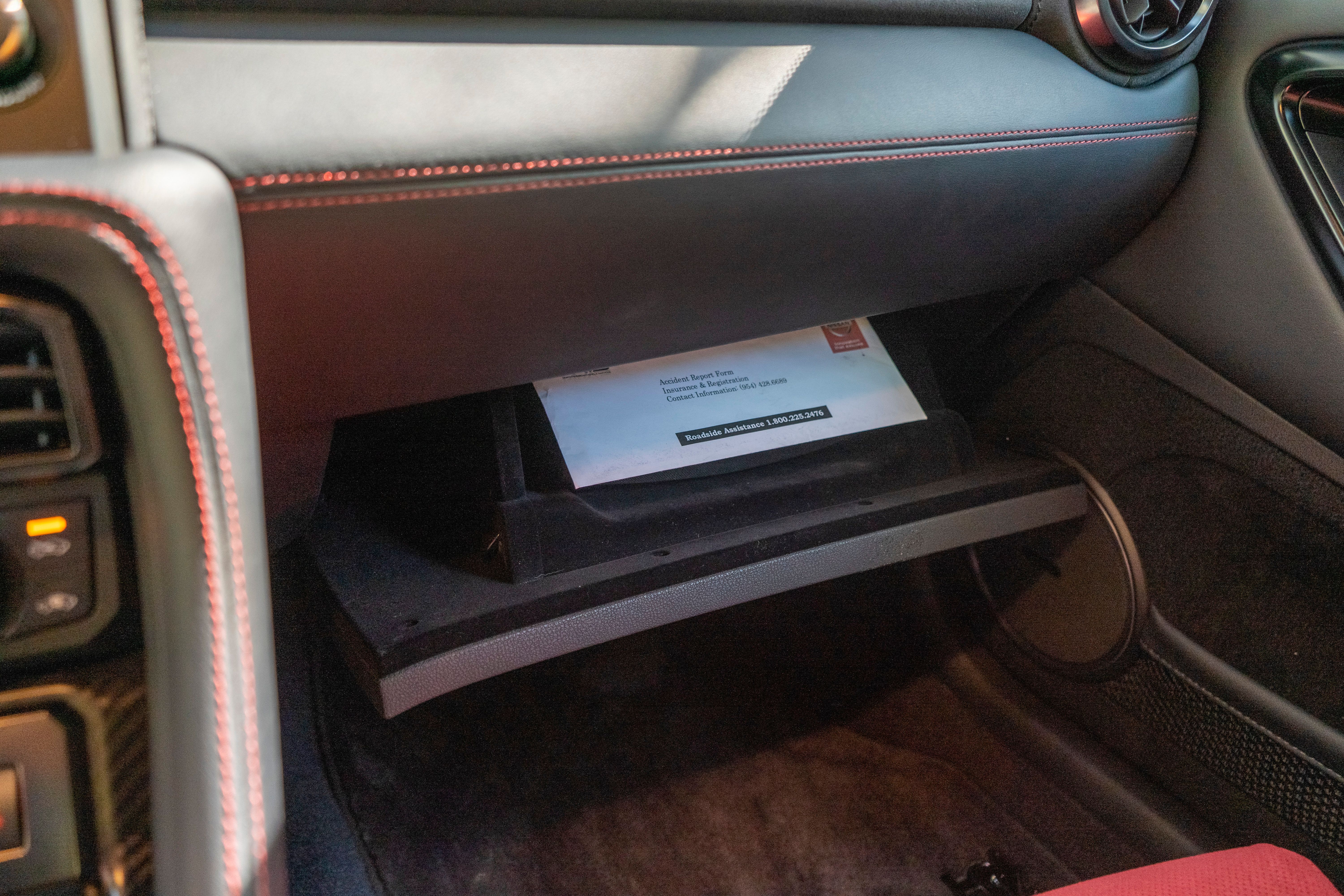
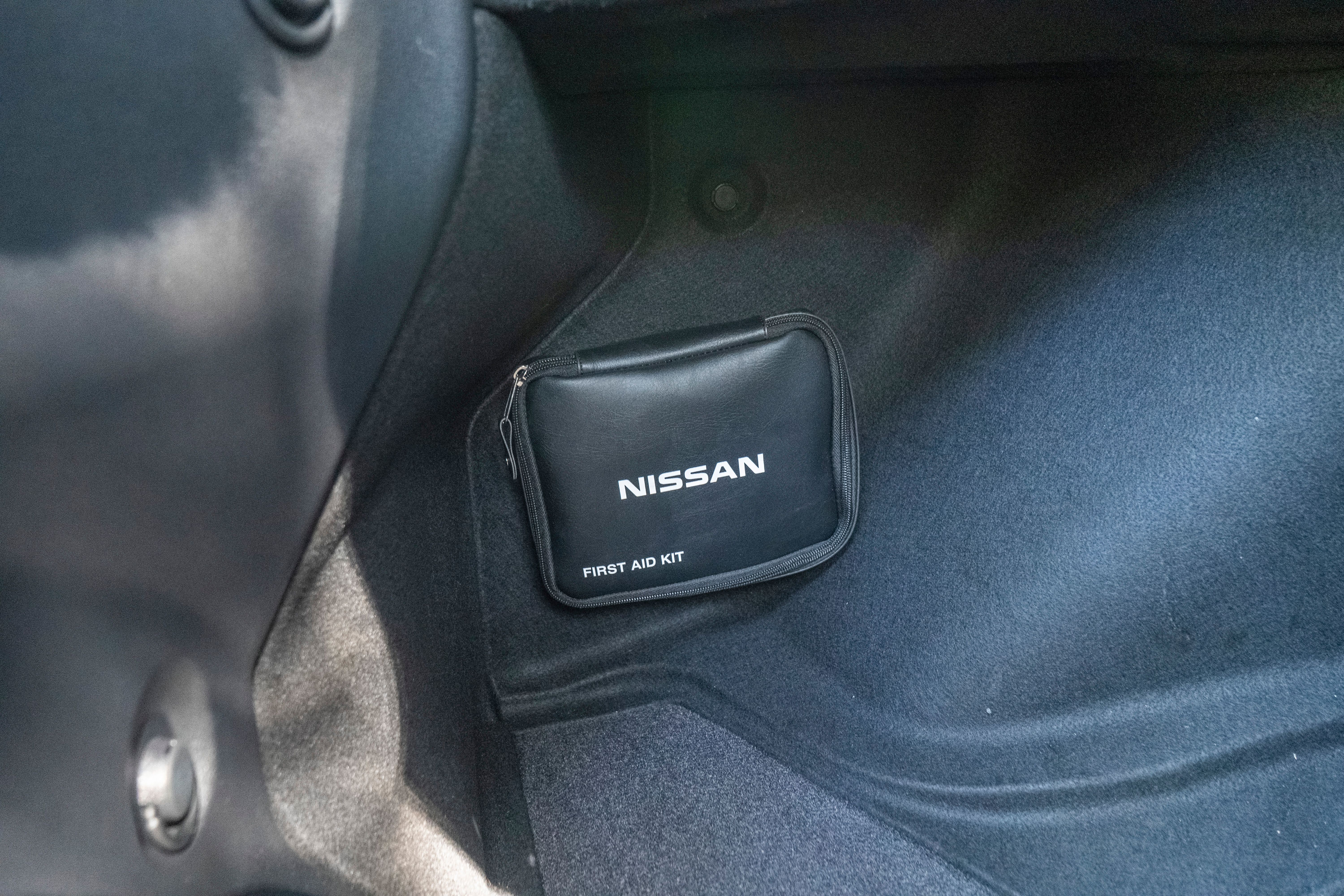
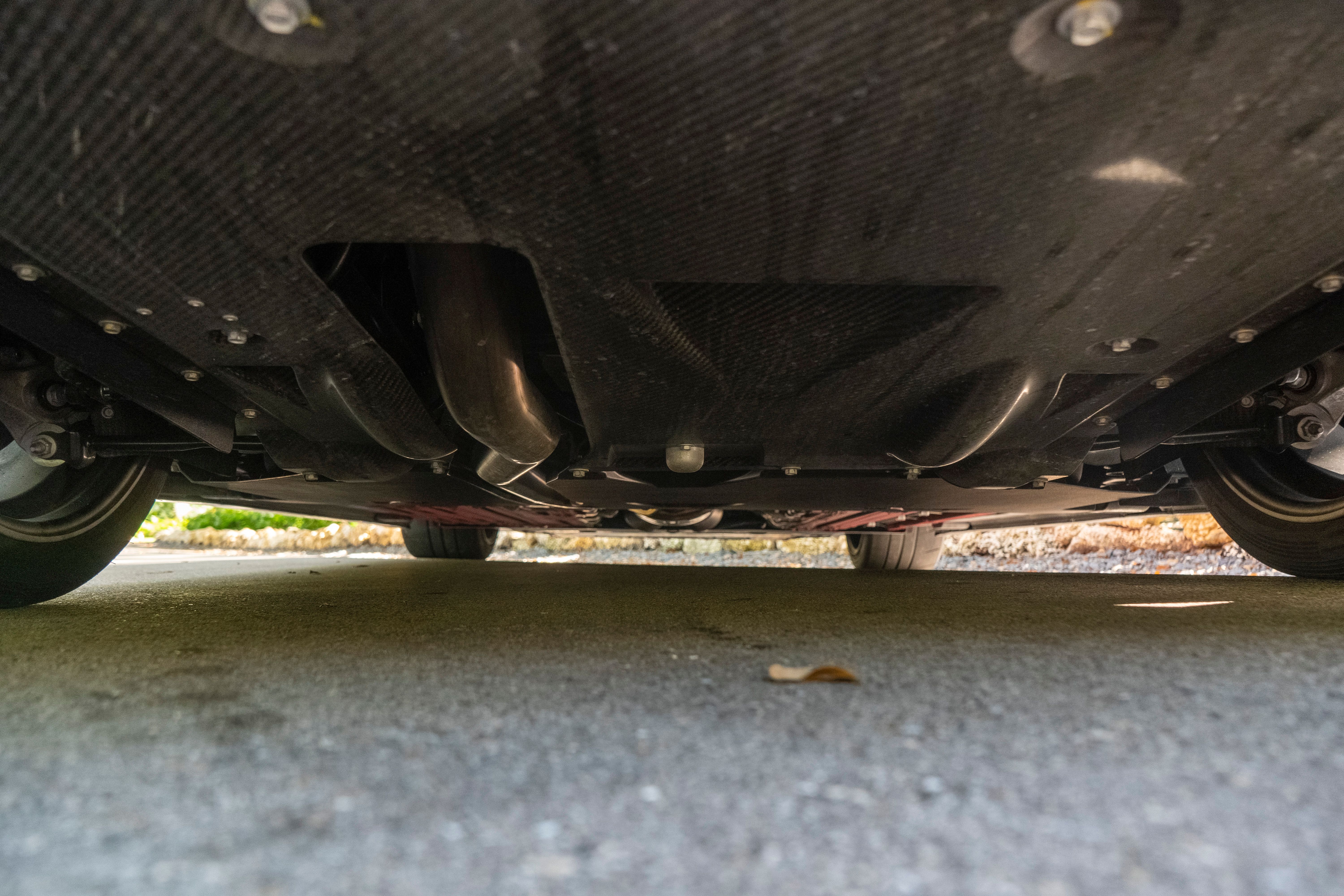
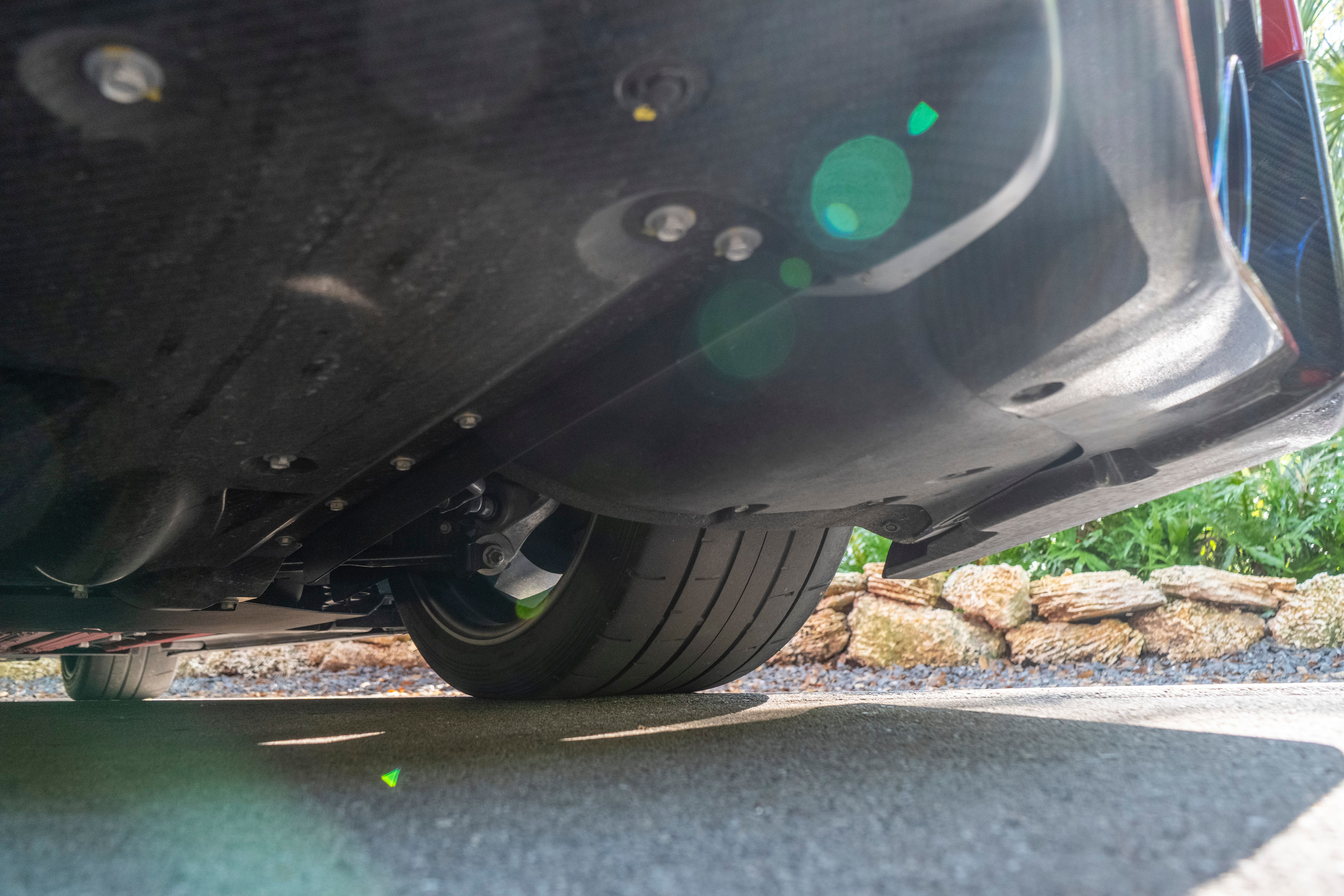
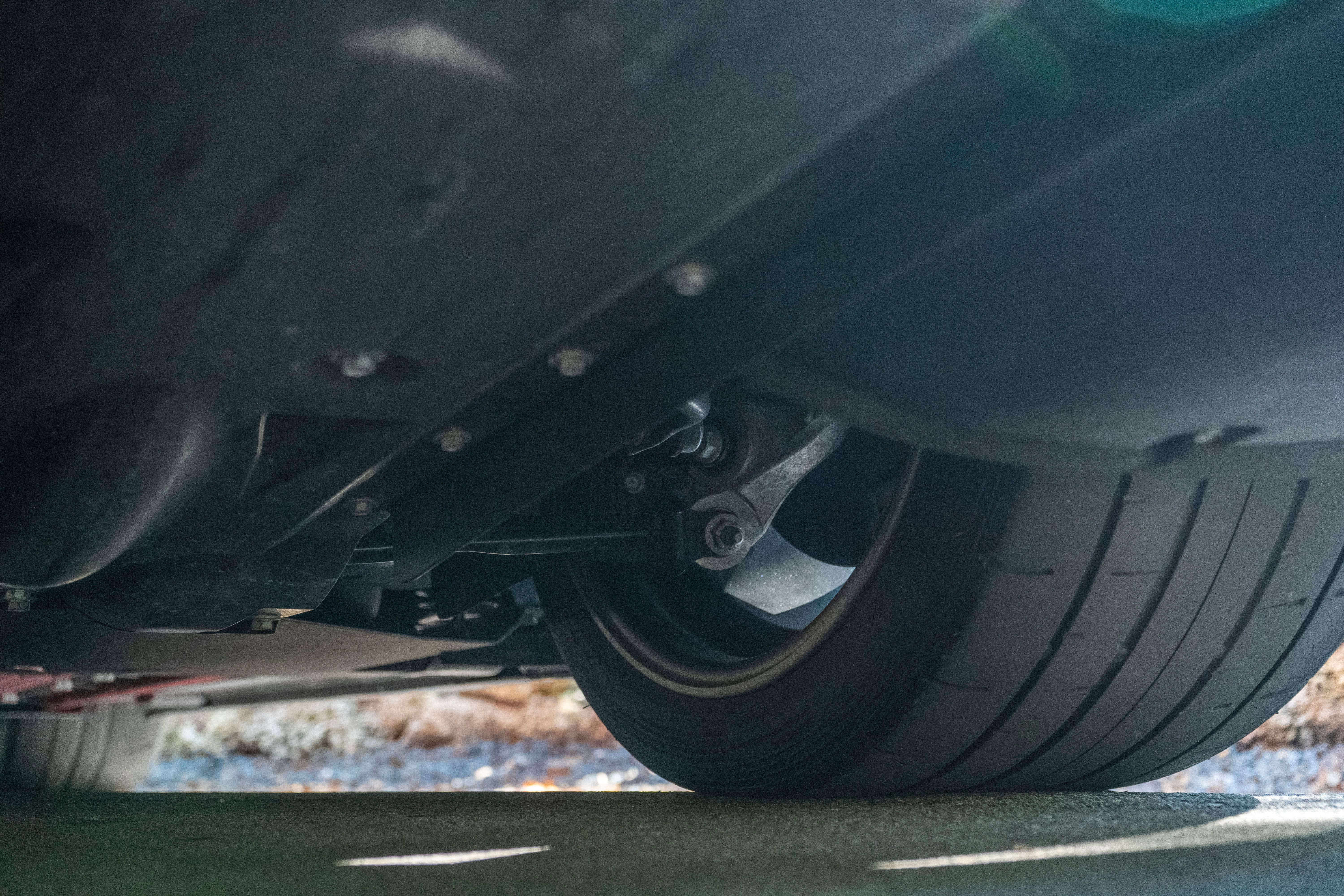
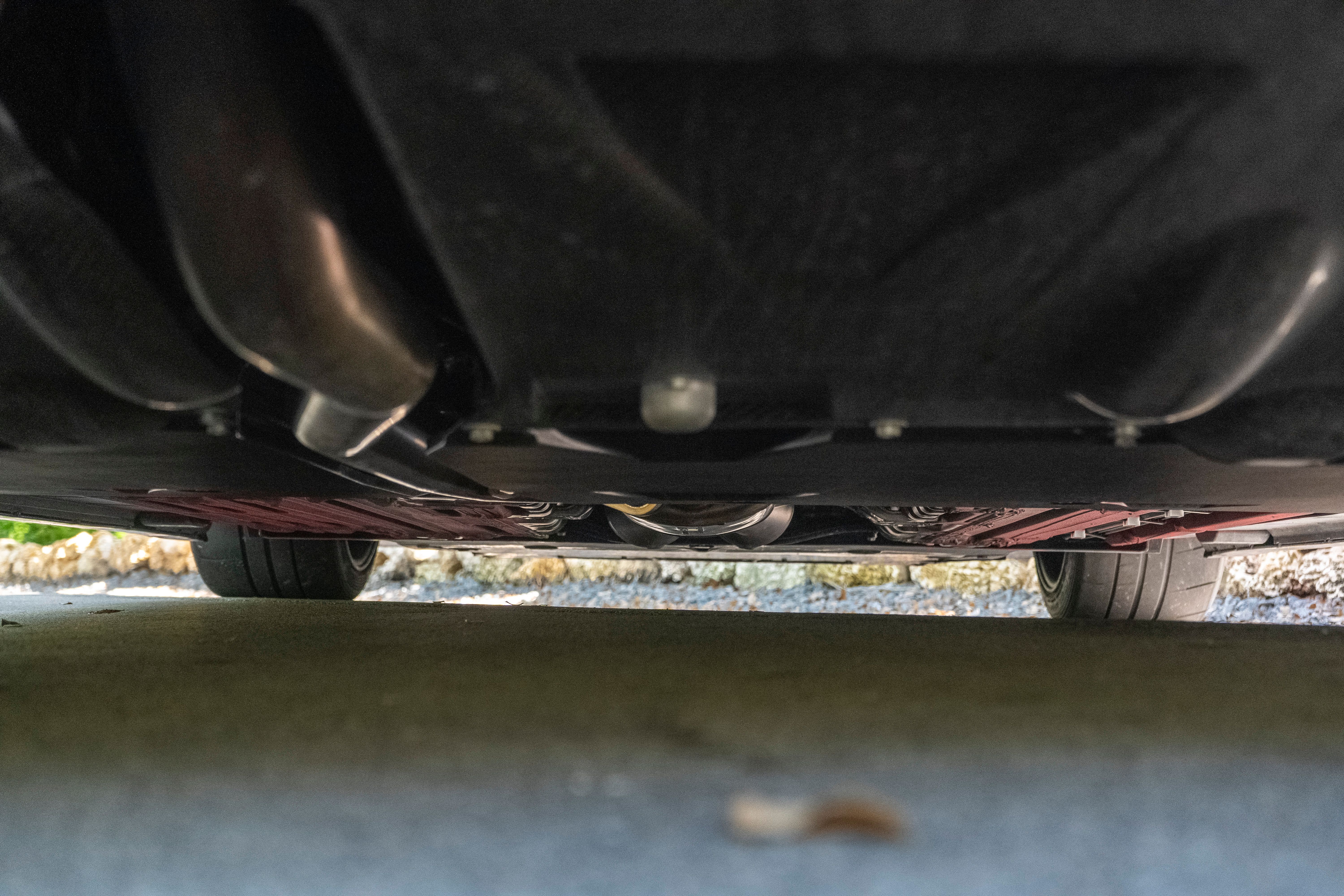
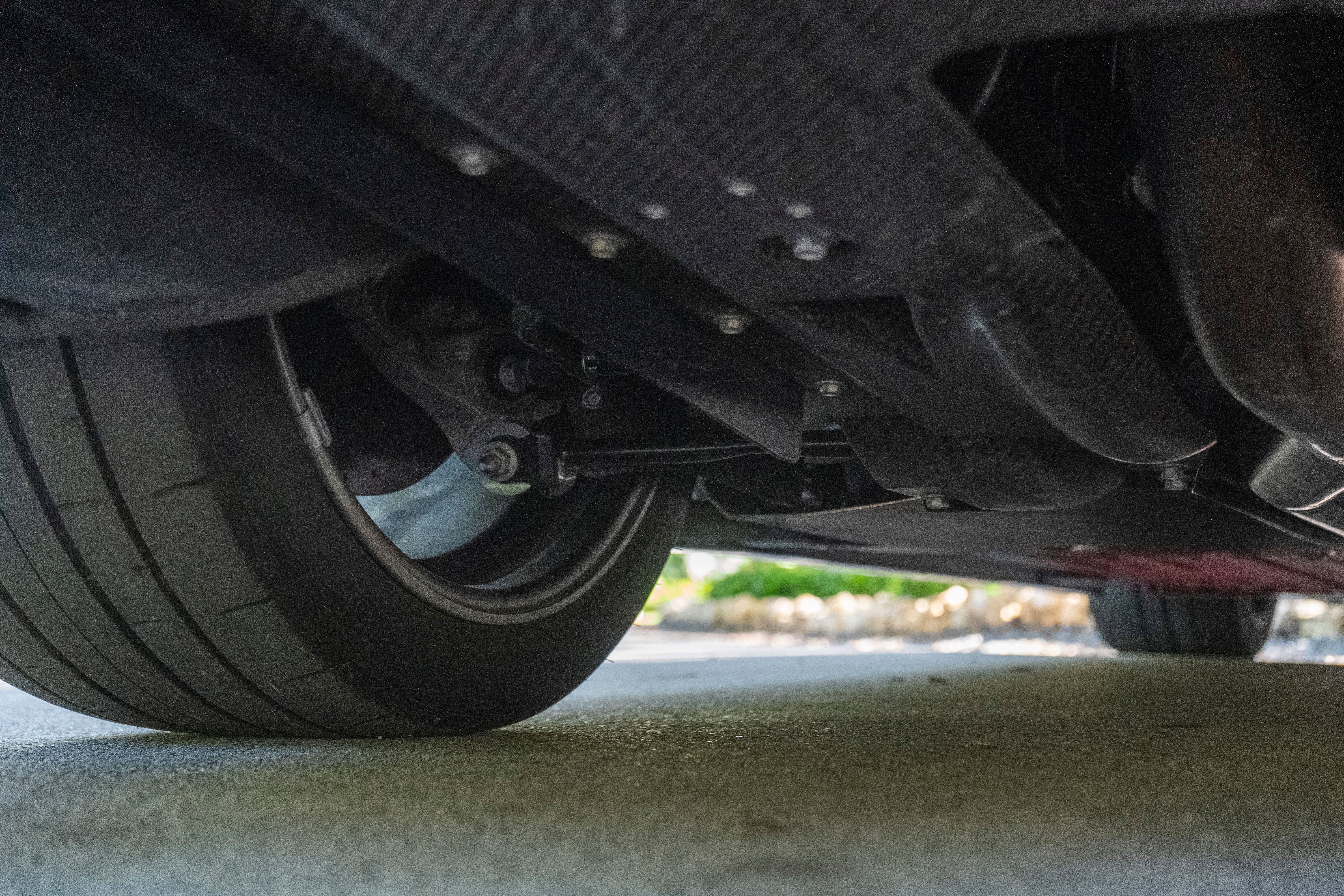

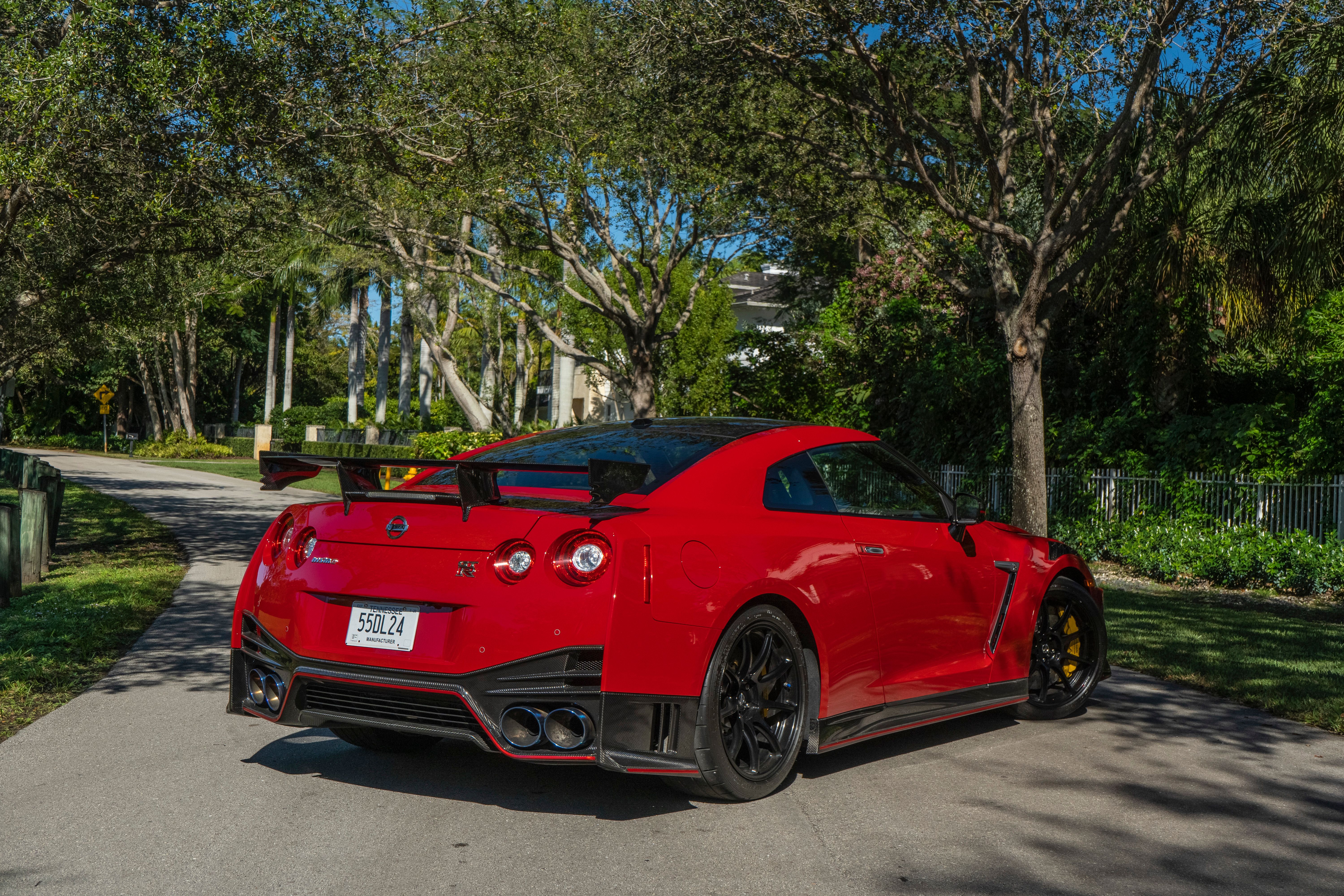



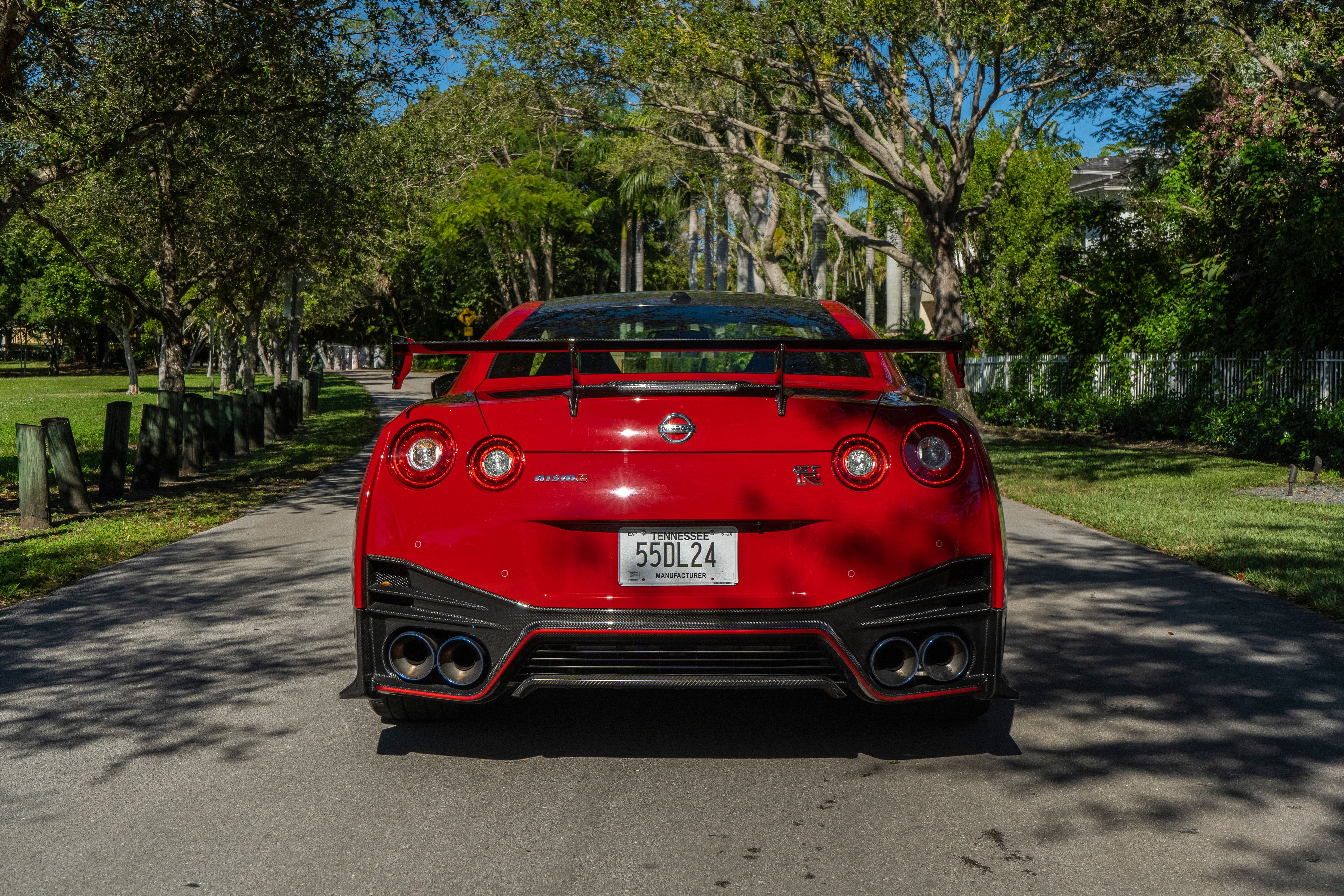
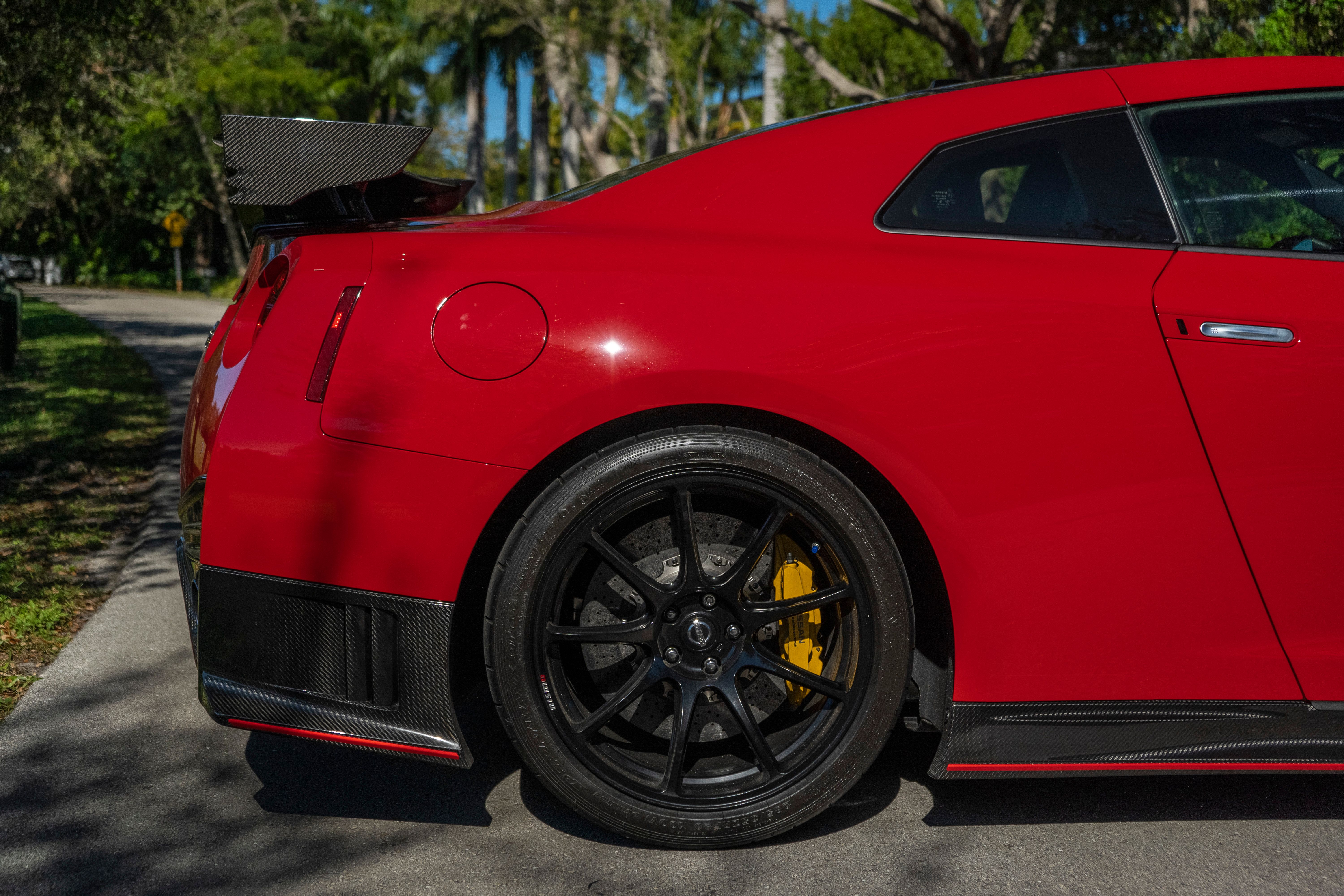
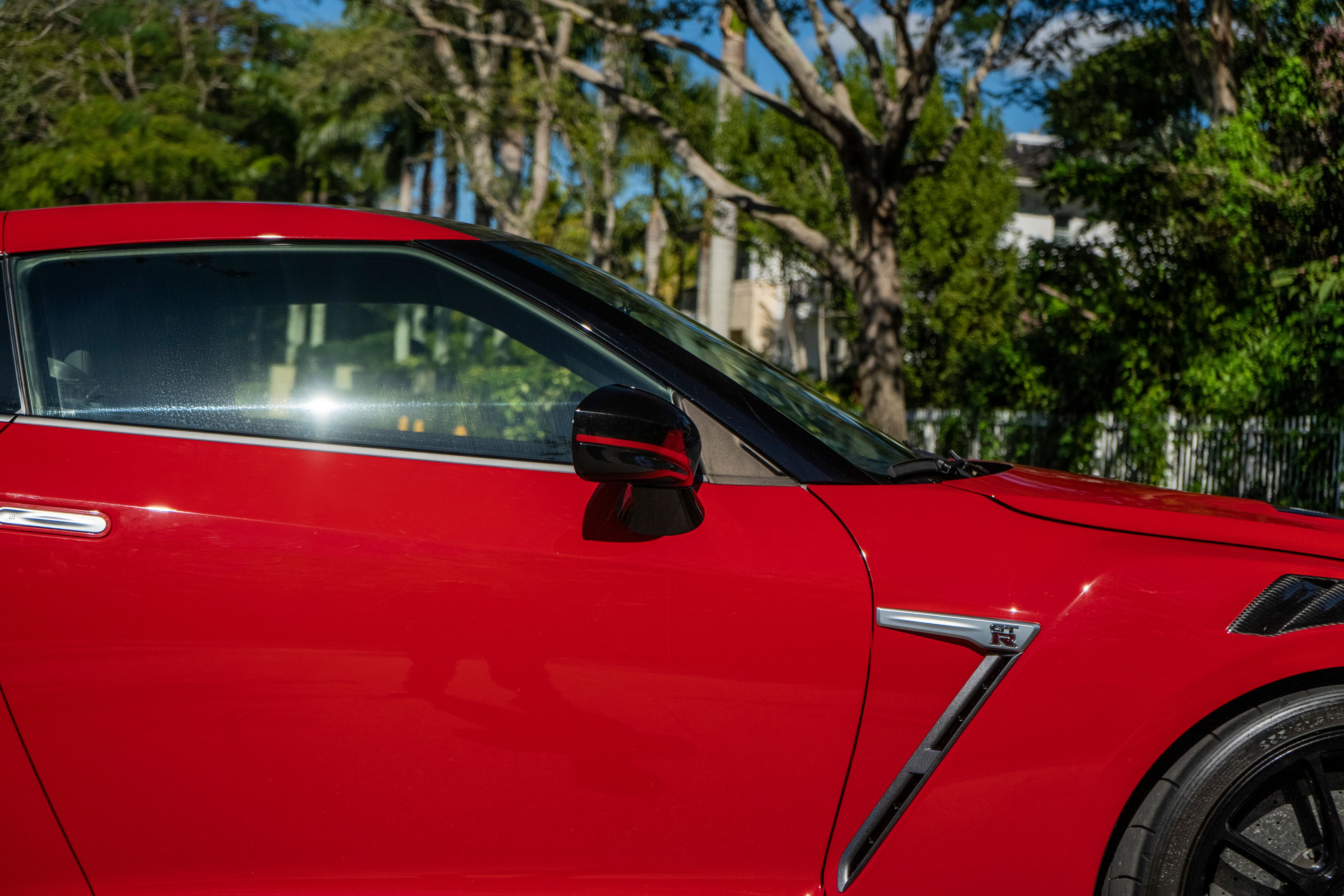
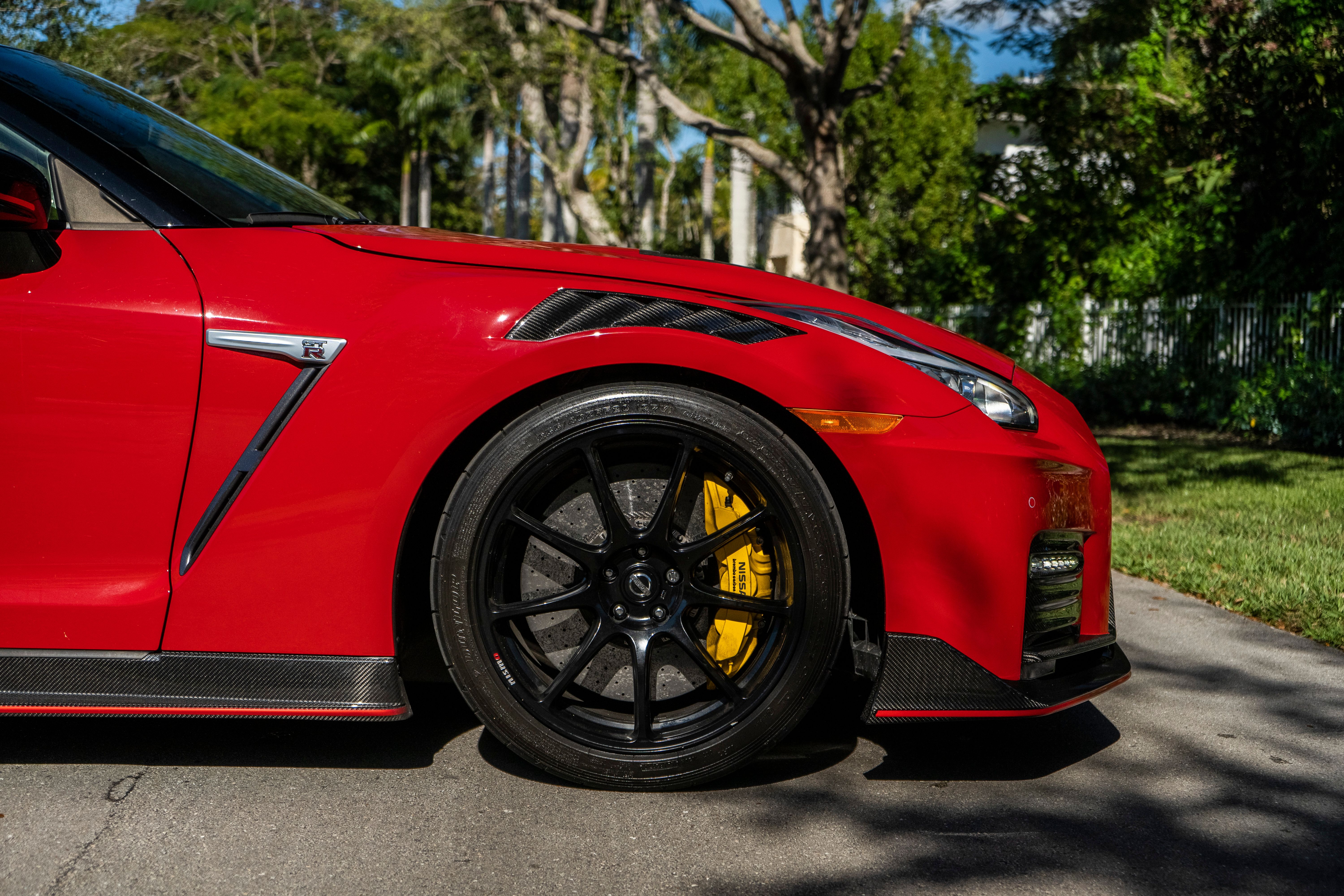

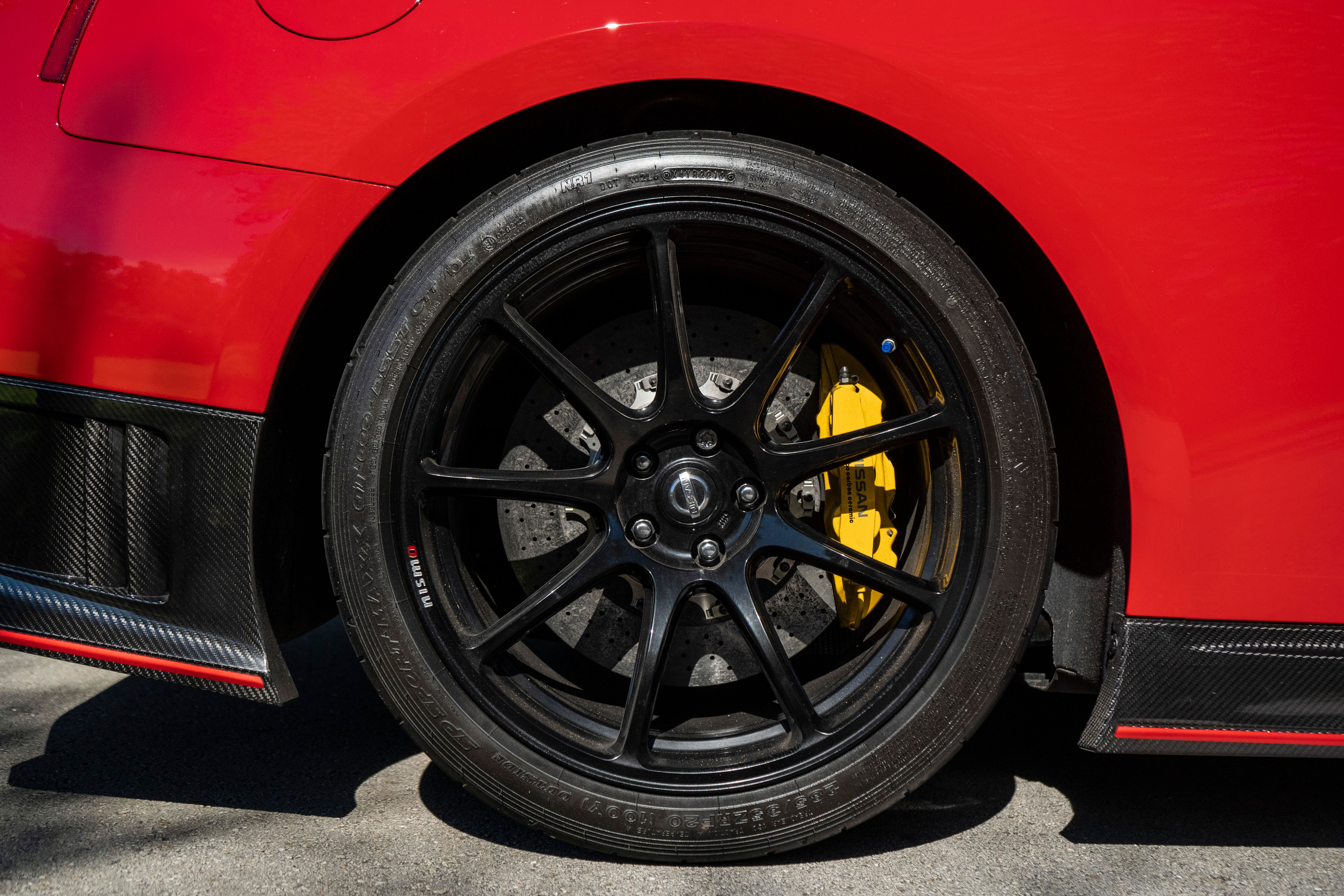
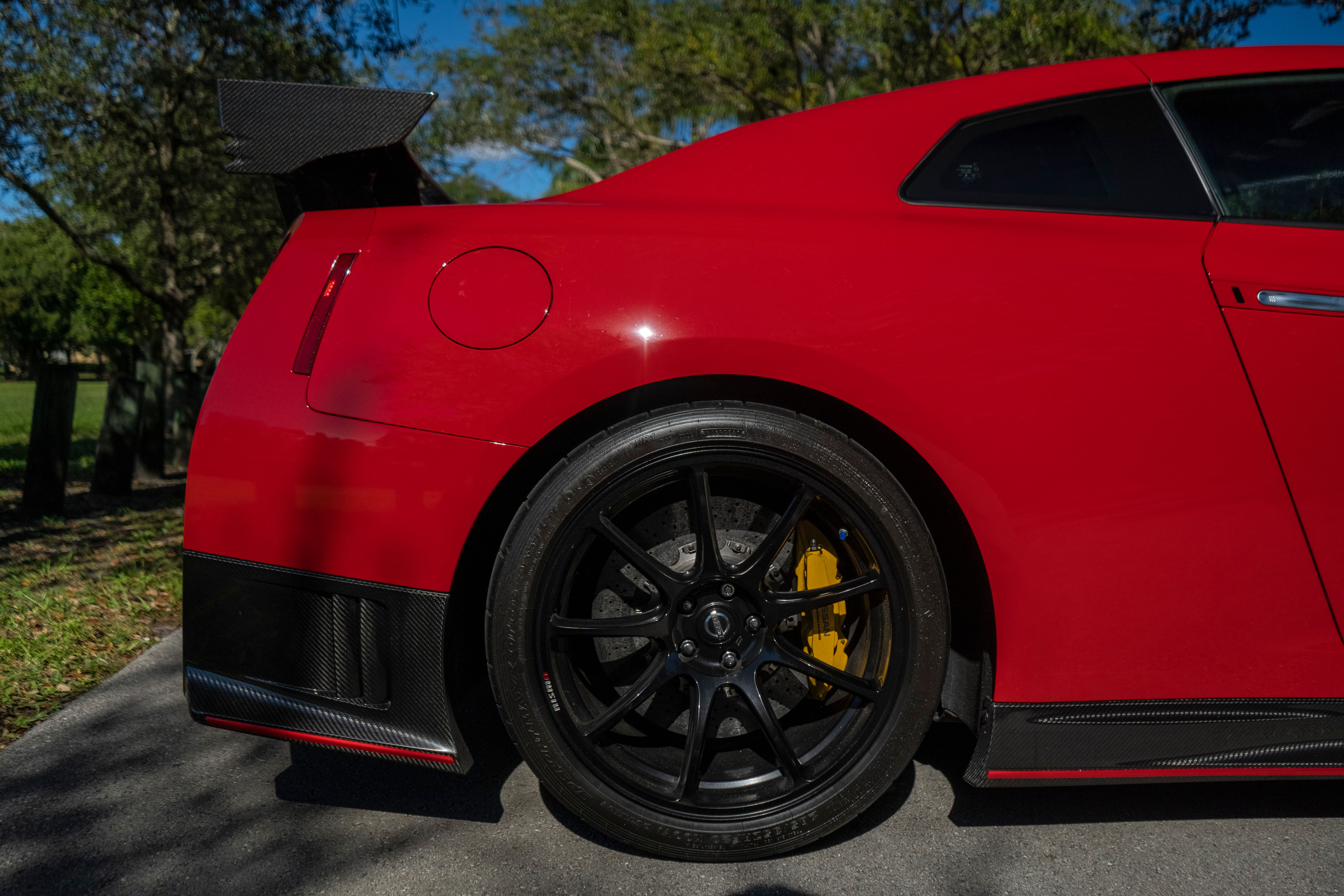
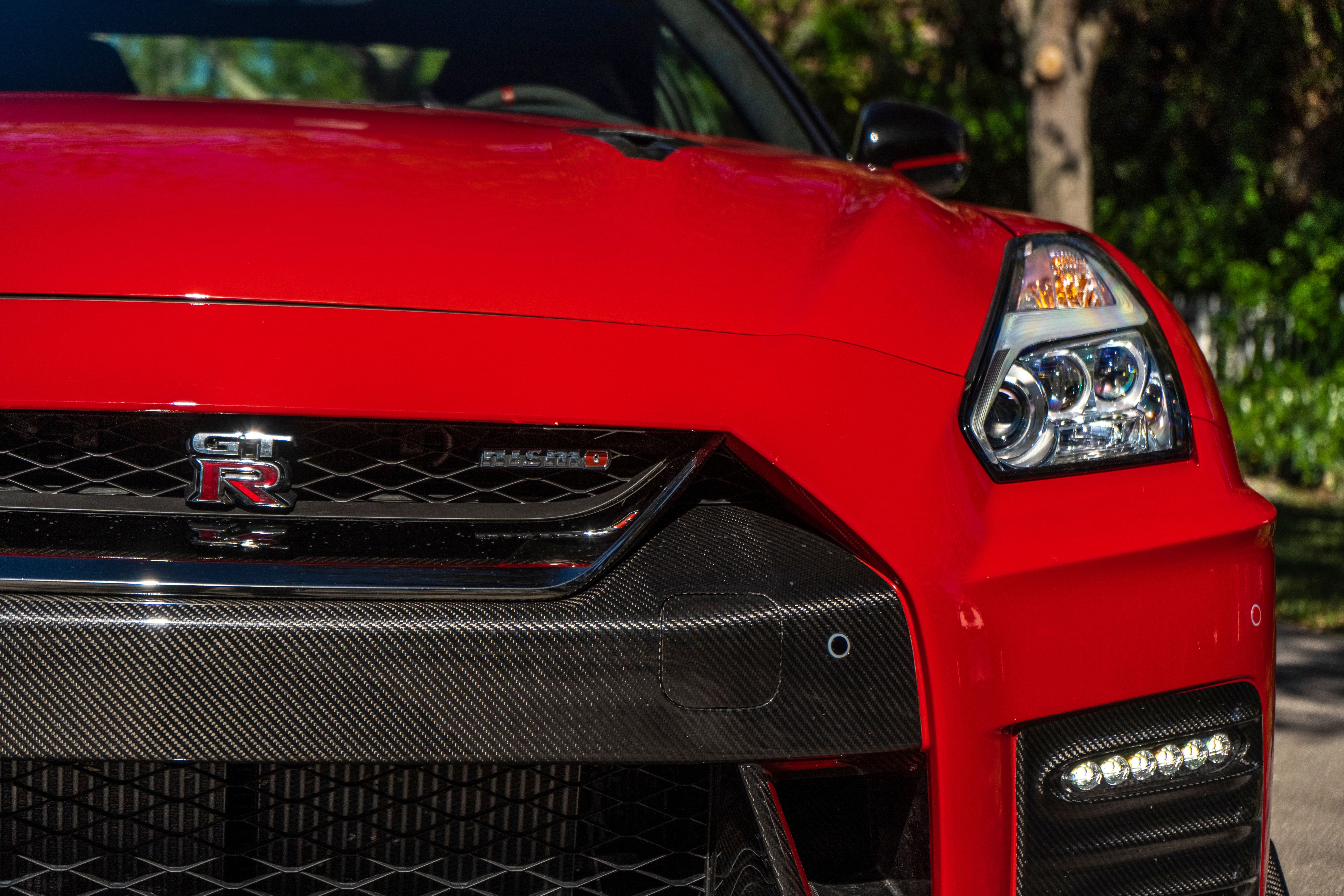
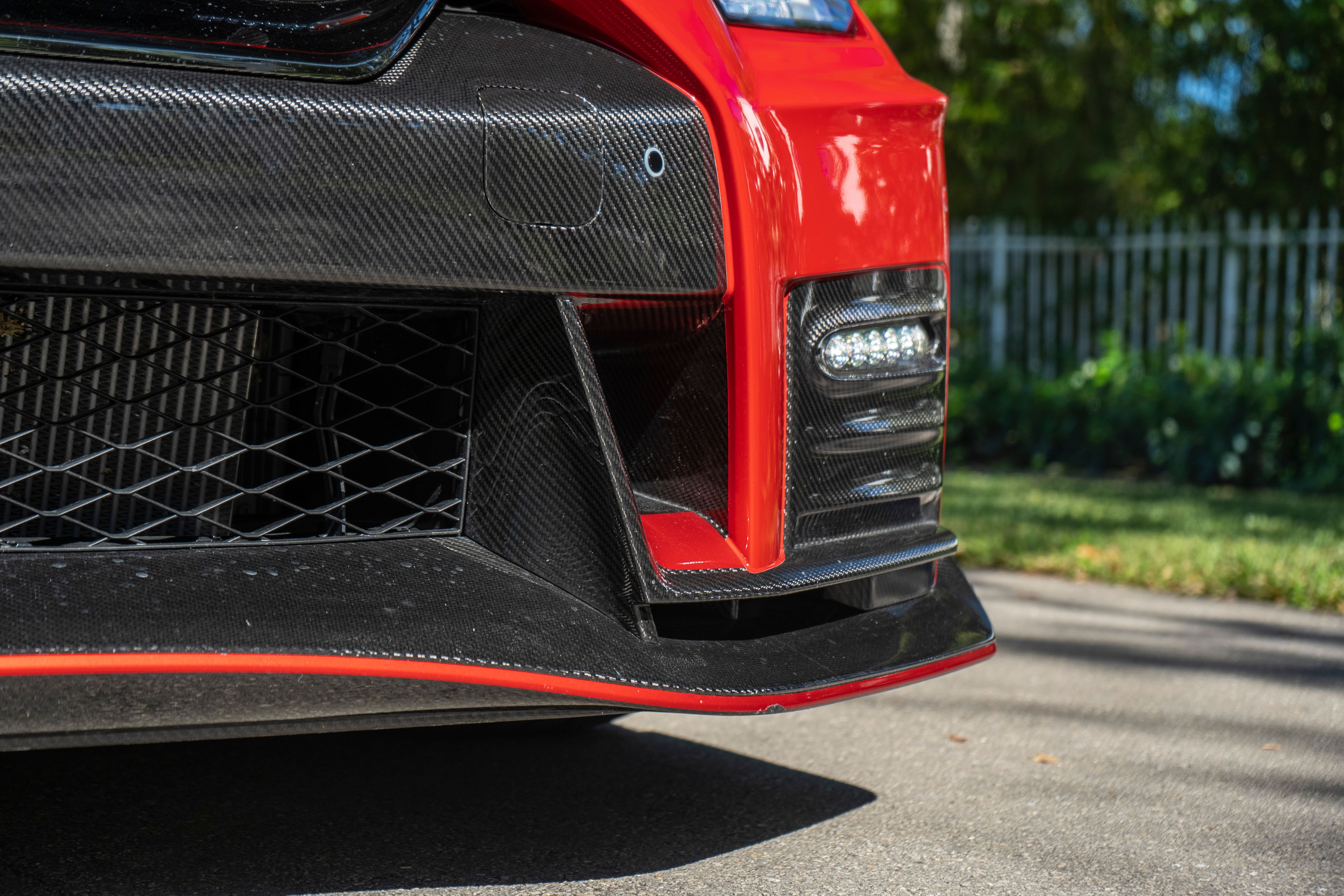


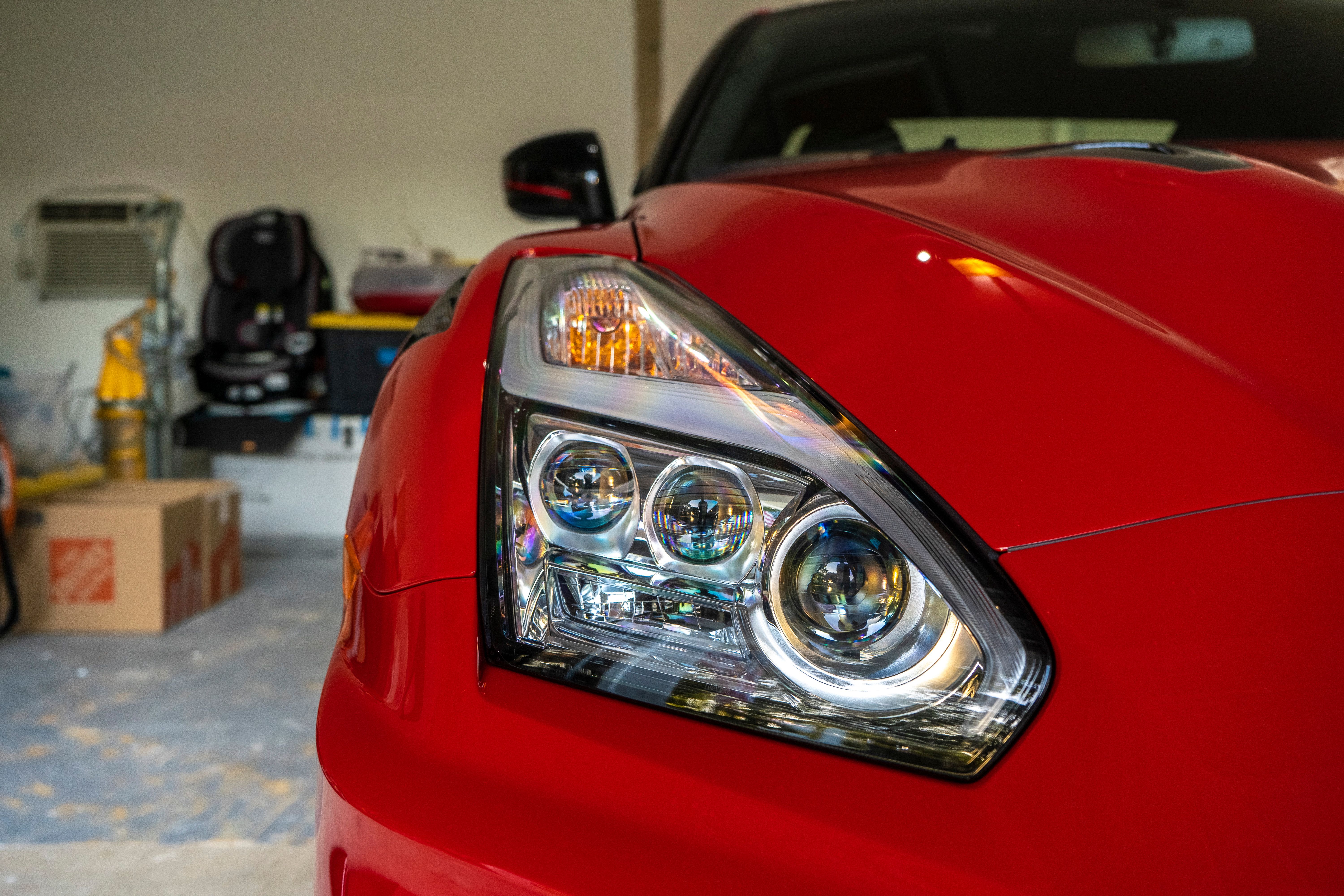
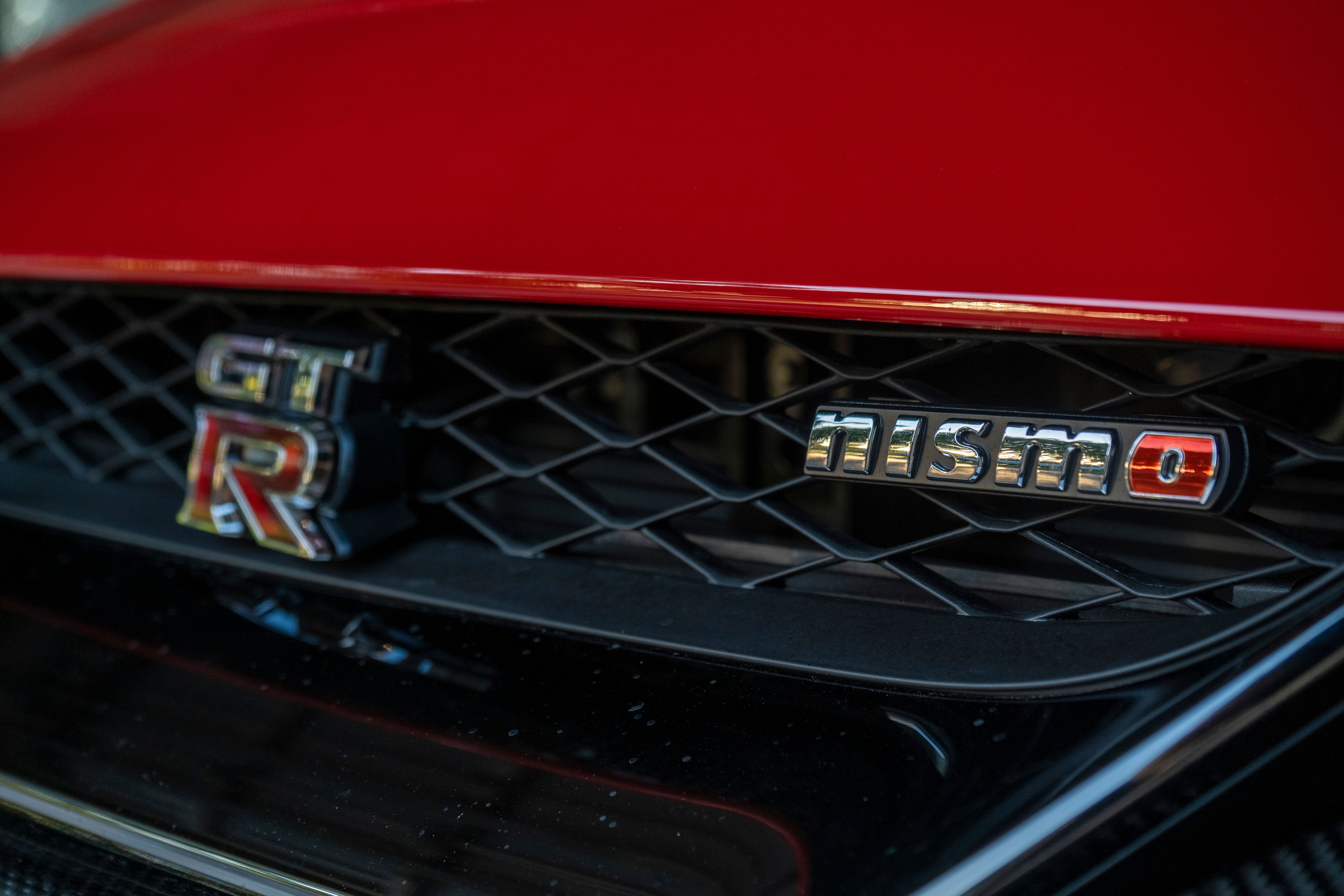









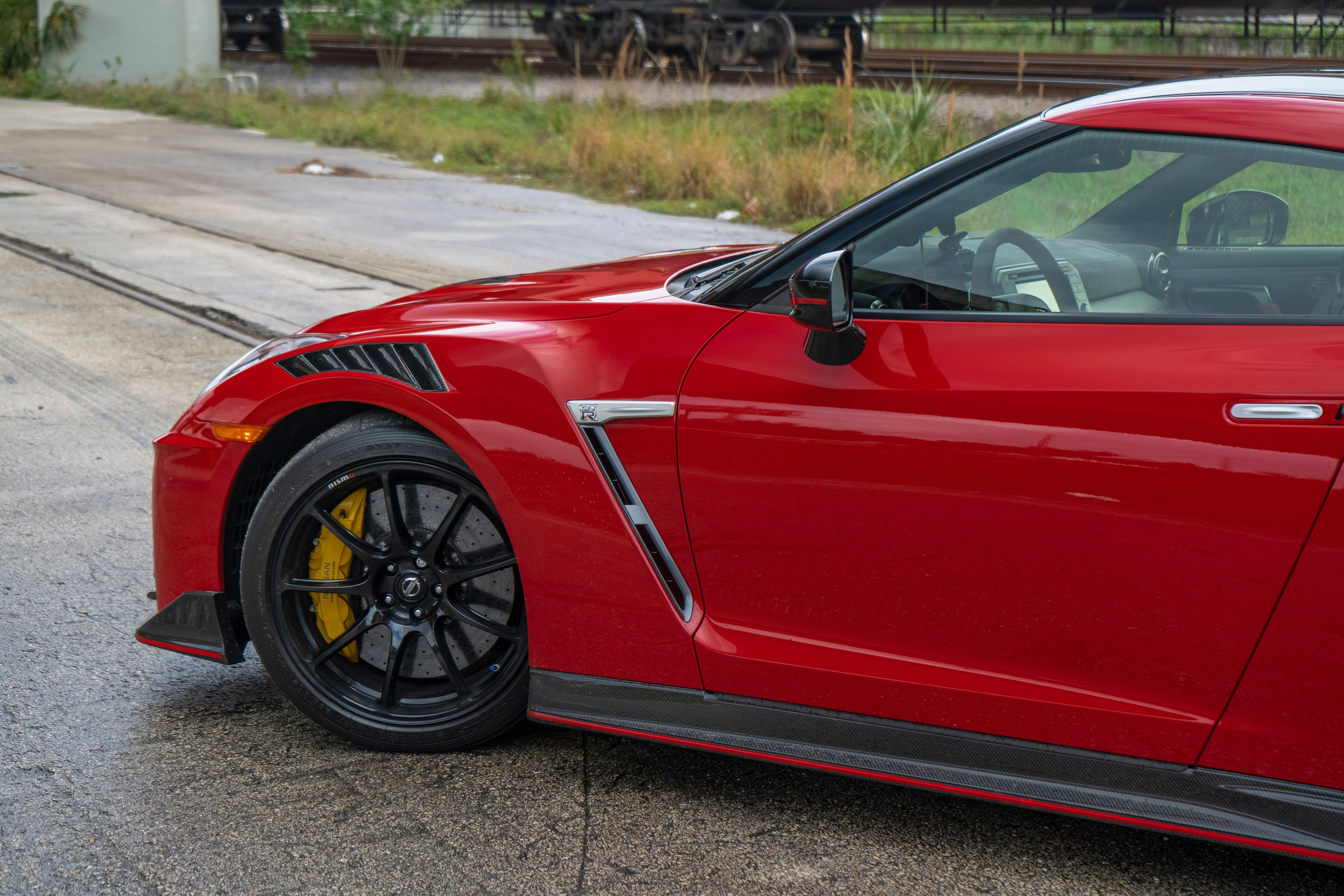
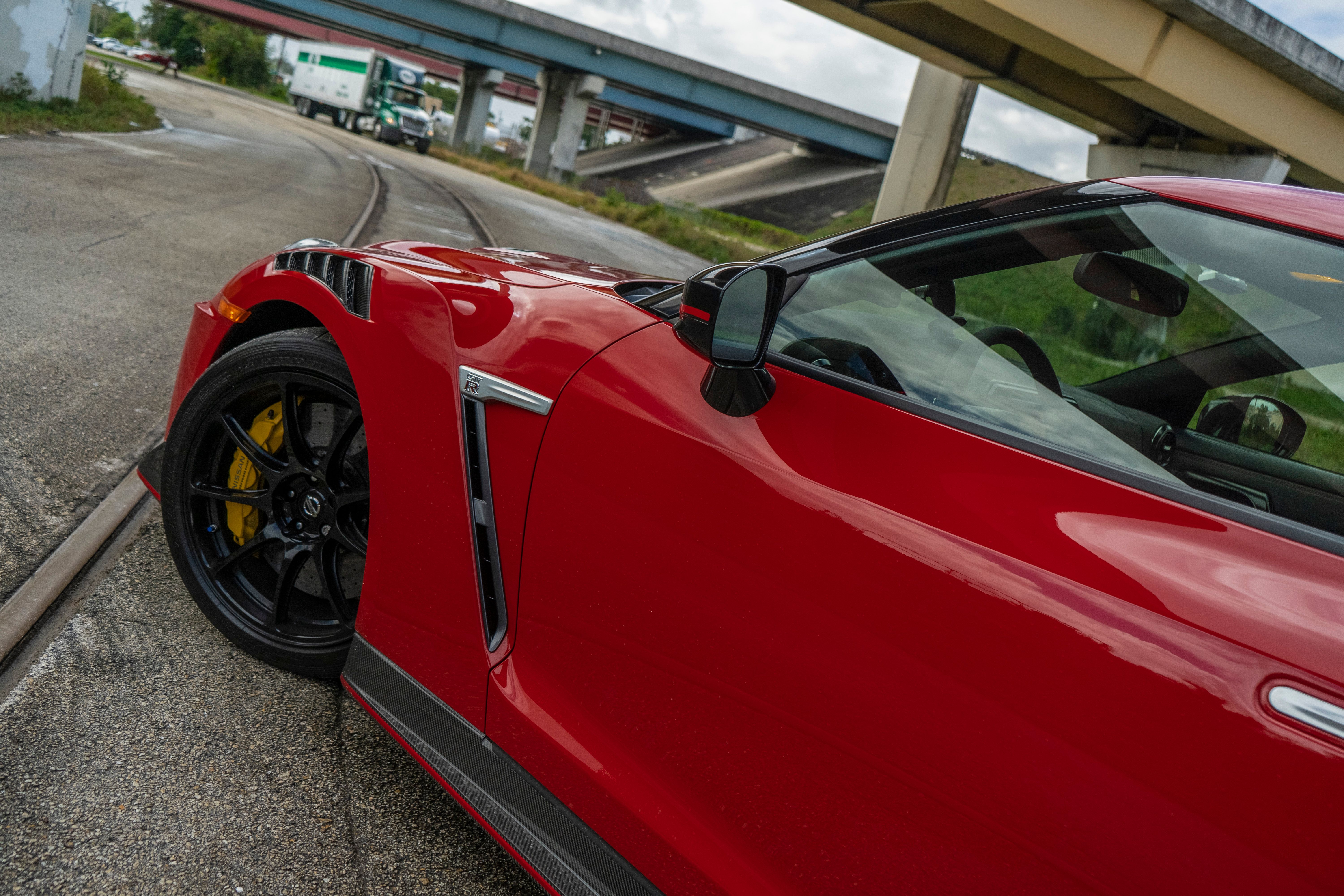
- Make: Array
- Model: 2020 Nissan GT-R Nismo - Driven
- Engine/Motor: V6
- Horsepower: 600
- Torque: 481
- [do not use] Vehicle Model: Array
Is There Anything New for the 2020 Nissan GT-R?

Every year Nissan tries to bring a handful of improvements to the aging GT-R to keep it relevant, and 2020 is no exception. This year, Nissan dropped the “Pure” trim level altogether, leaving GT-R Premium the entry-level model with a starting price of $113,540. A new 50th Anniversary package was also introduced, and it slots between the Premium and Track trims with a price of $123,040 and three different exterior color options. The Track Edition and Nismo models, the latter of which we tested, remain the same with price tags of $145,540 and $210,740, respectively.
With the revised trim lineup out of the way, the most important update for 2020 includes the revised turbochargers that promise better low-end response. Nissan hasn’t elaborated much in that regard, but it feels as if turbo lag has been reduced a bit. There are no improvements in power this year. But the Track Edition model is offered with the same 600-horsepower engine that was, up until now, available exclusively in the GT-R Nismo. New lightweight wheels hit the features list for 2020, while the Nismo now features a new carbon-fiber roof and optional carbon-ceramic brakes.

That said, there’s only so much Nissan can do, and with prices rising consistently on a decade-old car, the GT-R isn’t exactly the bargain it once was. The 2020 model isn’t what you want to skip checking out but keep in mind, there’s a lot of old technology here too.

Drivetrain and Performance

When we realized that we were getting the GT-R Nismo as opposed to the entry-level Premium model, we got even more excited, something we didn’t think possible. Sitting under that aggressive but dated hood is a 3..8-liter V-6 that pumps out an impressive but misleading 600 horsepower and 481 pound-feet of torque. With some cars on the market offering up considerably more power, and the 1,000-horsepower mark starting to become a little more common, 600 horsepower is starting to become a household term. However, with a curb weight of 3,865 pounds, those 600 ponies are enough to push the GT-R to 60 mph in 2.5 seconds on the way to a top speed of 205 mph.

Believe it or not, the GT-R Nismo is actually heavier than the competition too. The Porsche 911 Turbo S, for example, tips the scales at 3,528 pounds while the Jaguar F-Type SVR comes in about 100-pounds lighter. The 911 is slower to 60 mph by three-tenths of a second with the Sport Chrono package while the F-Type is slower at 3.5 seconds. One can’t help but wonder how much faster the GT-R Nismo would be if its weight was kept in check. Shed a few hundred pounds and 2.4 seconds wouldn’t be out of the question. The point is that we’re talking about supercar levels of performance from a mere 600 horsepower, and that’s not bad. Shifting duties for the GT-R Nismo are handled by a six-speed automated manual, and power is sent to the ground via one of the best AWD systems on the planet.
Nissan GT-R Nismo vs Nissan GT-R
|
Engine |
3.8-Liter V-6 |
3.8-Liter V-6 |
|---|---|---|
|
Transmission |
6-Speed Automated Manual |
6-Speed Automated Manual |
|
Power Output |
600 HP @ 6,800 RPM |
565 @ 6,800 RPM |
|
Torque |
481 lb-ft @ 3,600 – 5,600 RPM |
467 lb-ft @ 3,300 – 5,800 RPM |
|
0-60 mph |
2.5 Seconds |
2.9 seconds |
|
Top Speed |
205 MPH |
196 MPH |
|
Weight |
3,865 LBS |
3,933 LBS |
Nissan GT-R Weight Distribution

The Nissan GT-R’s weight is split 55-percent in the front and 45-percent in the rear, but the longer wheelbase, wide front- and rear tracks, and four-wheel independent suspension help to keep the rather heavy GT-R firmly planted on the ground. In comparison, ass-heavy Porsche 911 features a weight distribution of 39\51 while the Jaguar F-Type SVR manages that magical 50\50 weight distribution.
|
Nissan GT-R |
55/45 |
|---|---|
|
Porsche 911 |
39/51 |
|
Jaguar F-Type SVR |
50/50 |
How Fast is the Nissan GT-R?

The Nissan GT-R Nismo can hit 60 mph in 2.5 seconds and has a top speed of 205 mph. In comparison, the entry-level GT-R Premium makes the same sprint in 2.9 seconds on the way to 190 mph. The newer, more modern competition actually falls inferior here, with the Porsche 911 Turbo S making the run to 60 mph in 2.8 seconds while the Jaguar F-Type SVR will get you there in 3.5 seconds. The 911 tops out at 205 mph while the F-Type will quit pulling at 200 mph.
Of course, it’s important to note that the GT-R Nismo (and Track Edition, for that matter) delivers a little more power than both of these competitors. The 911 Turbo S is good for 580 horsepower and 516 pound-feet while the F-Type Svr delivers 575 horsepower and 516 pound-feet.
Nissan GT-R Driving Impressions

The Nissan GT-R Nismo tips the scales at 3,865 pounds, making it one of the heaviest hard-hitters in this segment. In comparison, the Porsche 911 Turbo S weighs 3,528 pounds while the Jaguar F-Type SVR comes in at 3,759 pounds.
very1

The Nissan GT-R Nismo is rated at 16 mpg in the city, 22 mpg on the highway, and 18 mpg combined. In our mind, that doesn’t sound that bad given the sheer performance, but it’s actually a little thirstier than the competition. To put it into perspective, the 911 Turbo S delivers 19 mpg in the city, 24 mpg on the highway, and 21 mpg combined, while the F-Type SVR will get you 16,24, and 18, respectively. So, if you’re a fuel-conscious sports car enthusiast, maybe the Porsche is the better deal. Your loss, I suppose.
How Much Interior Space Does the Nissan GT-R Have?

Driving the Nissan GT-R Nismo is chaotic bliss. It drives like a dream and features a surprisingly comfortable ride while, at the same time, that 3.8-liter engine is quite noisy – especially at lower speeds. Acceleration as a whole is, well, explosive. You hit that pedal, and you will feel yourself sink into the seat – not too much, but enough to know that the GT-R isn’t your typical Nissan. In general, the GT-R is quite easy to drive, and that is something you can thank the AWD system for. We coined it as “death grip” because it firmly keeps the car in place, even at speed, without skipping a beat. If you want to drift or slide, you better look elsewhere because the GT-R’s AWD system is designed to keep you in the corners at usually unsafe speeds.

The transmission is so smooth that you really don’t feel the gear shifts at all. You can almost feel it from first to second, but the shift is so quick that you’re breaking speed limits before you realize that you’re already in a different gear. Fortunately, the instrument cluster has a display for the active gear; otherwise, you really wouldn’t know what gear you were in – a fine piece of necessary ingenuity on Nissan’s part. That’s really where the bliss ends, and the Chaos kicks it. The ride is smooth, no doubt, but there’s plenty of road noise that makes it into the cabin, and it’s only overshadowed by the engine noise at lower speeds. On the plus side, the engine does have a nice soundtrack, so unless you’re into super quiet driving, it’s certainly something you can live with.

The seats are more than comfortable, and they are very supportive, even during spirited driving. You don’t quite get the cocoon feeling you might get in a high-end exotic, but the GT-R’s seats are nothing short of race-ready. Space is good enough for a car of this caliber and its purpose, and steering feedback is aplenty, but without the typical feedback from the transmission, there is a learning curve to driving the GT-R.
As far as performance goes, Nissan doesn’t fudge their numbers. We managed to hit 60 mph in 2.48 seconds, but, of course, we’re limited to public roads, so we certainly couldn’t push it up to its top speed of 205 mph. Based on its pull in high-gear at highway speeds, though, 200 mph should be easily attainable. Fuel economy was as expected, and we averaged 19 mpg between highway and city driving, but be careful not to do too much shopping when you’re out and about as the 8.8 cubic-feet of cargo room does fill up kind of fast. The biggest downside we found was that the GT-R’s 3.93-inches of ground clearance is hardly enough on anything but smooth roads. Anxiety when entering parking lots and driveways do kick it, but as long as you take it slow over rougher areas and enter at an angle, you can get over even the worse speed bumps or driveway inclines.
Nissan GT-R Nismo Exterior Design

Our first impression of the GT-R’s interior was a bit emotional, but not necessarily in a bad way. The two-tone seats, for example, scream sports car as did the 12 O’clock mark on the steering wheel and red pull handles. However, at the same time, it’s not easy to forget that this interior design is more than a decade old. The center console, for example, feels very 90-ish, but it has that feel in a good way – like it’s reminding you of the good old days. The instrument cluster and infotainment system, however, knock it down a couple of pegs, and there’s no looking past it. The unique backlighting in the instrument cluster is a nice touch, and the gear indicator is Read our full review on the 2020 Porsche 911 Turbo S needed, but everything ahead of the driver still feels old. And, honestly, we can’t sing any praise for the infotainment display. Has Nissan even updated this thing over the last decade? We’re honestly not sure, but it really doesn’t feel like it if there’s any one thing that knocks the GT-R down the rung from its competitors, it's this little piece of dated technology.

With that out of the way, Nissan should still be commended for the GT-R’s cabin. Our Nismo tester actually featured heaps of Alcantara, including the large quantity on the dash and the steering wheel. It’s a nice touch and really helps to bring the GT-R up to par with the competition. The seats are comfortable and well stitched with great quality leather. All stitching across the cabin is well beyond the typical Nissan grade and looks as high-quality as the stitching you find in more expensive exotics. Fit and finish of the various interior panels come off as second to none as well, and we didn’t notice any random vibrations or rattles from inside the cabin.
Overall the GT-R Nismo’s cabin is a very nice place to be, and there are plenty of hints here and there to remind you that you’re in something that’s truly special, even if it is a bit old. Despite all of the newer sports cars on the market, the GT-R still has a cabin worthy of praise, and that says a lot.
Read our full review on the 2020 Jaguar F-Type SVR0

From the outside, the Nissan GT-R feels like a big car, part of which comes courtesy of the aerodynamic bits. On the inside, however, you won’t find that the GT-R offers a ton of space. Space is okay for front passengers, but rear passengers (not that we’d recommend cramming anyone back there) make do with about half the legroom of front passengers. We have no specs to run by on the Porsche 911 Turbo S but, believe it or not, the GT-R has more headroom and Legroom than the two-seater Jaguar F-Type SVR.
|
2020 Nissan GT-R Nismo |
Jaguar F-Type SVR |
Front Headroom |
38.1 |
37 |
|
|---|---|---|---|---|---|
|
Front Shoulder Room |
54.3 |
56.5 |
|||
|
Front Legroom |
44.6 |
43 |
|||
|
Front Hip Room |
54.7 |
TBA |
|||
|
Rear Headroom |
33.5 |
NA |
|||
|
Rear Shoulder room |
50 |
NA |
|||
|
Rear Legroom |
26.4 |
NA |
|||
|
Rear Hip Room |
44.9 |
NA |
How Much Can the Nissan GT-R Carry? (Cargo Room)

The Nissan GT-R has a small trunk that can carry 8.8 cubic-feet of cargo. It’s not much, but it’s enough for smaller grocery runs or dragging things to and from your office if you happen to be taking the GT-R to work on casual Fridays. This is actually a big selling point as the 911 Turbo S, for example, offers just 4.4 cubic-feet of cargo room. The F-Type, thanks to its two-seat configuration, can carry 14.4 cubic-feet of cargo.
Nissan GT-R Nismo Exterior Design

Even at more than a decade old, the Nissan GT-R Nismo still manages to look attractive and somewhat timeless in appearance. The long headlights could use a serious rework, but outside of that, the GT-R is a true looker. Pair in the mildly aggressive hood, massive from air dam, and functional fender vents, and you know this is a car that means business. Of course, the general shape of the shell is what really sells the look as it has that old-school coupe vibe to it without the Beetle-like curve to the roof.

The rear end actually screams performance both aesthetically and audibly. At this point, I shouldn’t have to tell you that there are no Mercedes gimmicks here – all four of those exhaust pipes sing the song of one of the most brutal twin-turbo V-6 engines ever built. The circular taillights single back to previous Skyline models, as does the rear spoiler. In the end, we are certainly looking forward to the design of the next-gen Nissan GT-R, but the design of the model that landed at Topspeed headquarters is still quite attractive and very desirable.
Nissan GT-R Pricing

The Nissan GT-R is the definition of a flagship sports car, so it doesn’t come cheap. There are a total of four different trim levels available with the entry-level model – the Premium trim – calling for at least $113,540. Move up to any of the three 50th Anniversary models, and you’ll have to pay out between $123,040 and $125,040. The GT-R Track Edition, with the same engine as the Nismo, commands $145,540 while the Nismo, which is what we tested, commands a divorce-inducing $210,740. Yeah, that’s nearly double the cost of the entry-level model, but once you sit in the seat and give it a test drive, you’ll understand why.
Nissan GT-R Nismo vs. The Competition
Porsche 911 Turbo S
When you think about sports cars, there’s a good chance that the Porsche 911 comes to mind fairly quickly. If you really know cars, then the car that really comes to mind is the Porsche 911 Turbo S. With the 992-gen 911 now on the market, a new Turbo S is on the way, but for now, we have to compare the aging GT-R to the previous-gen 911, but that’s okay because the old 911 Turbo S is a lot of car in a small-ish body. Powered by a 3.8-liter six-cylinder, the Porsche 911 is good for a respectable 580 horsepower and 516 pound-feet of torque. Factor in AWD and a power-to-weight ratio of 6.1 pounds per pony, and you’re looking at a car that can break the 60-mph barrier in 2.8 seconds (with the Sport Chrono package) on the way to a top speed of 205 mph.
It’s not just the speed and performance that makes the 911 Turbo S so special, though. It also rewrites to book for luxury with some of the finest interior materials this side of the $500,000 mark. As a car designed to meet or exceed every real driver’s expectations, the 911 Turbo S has very comfortable and supportive seats and a driver-focused cabin. The Porsche 911 Turbo S certainly gives the Nissan GT-R a rune for its money, and it’s a bit newer as well. It’ll be even better when the 992-gen of the 911 Turbo S launches, however, so the GT-R might not be able to hold its own for very long. Keep in mind that the current 911 Turbo S starts out at $190,700 – nearly $20,000 cheaper than the Nissan GT-R Nismo that we tested. Then again, it’s considerably more expensive than the GT-R Track Edition with the same horsepower.
2020 Nissan GT-R Nismo vs Porsche 911 Turbo S
|
2020 Nissan GT-R Nismo |
Porsche 911 Turbo S |
Engine |
3.8-Liter V-6 |
3.8-Liter Boxer 6 |
|
|---|---|---|---|---|---|
|
Configuration |
Front Engine |
Rear Engine |
|||
|
Transmission |
6-Speed Automated Manual |
8-Speed DCT |
|||
|
Power Output |
600 HP |
580 HP |
|||
|
Torque |
481 LB-FT |
516 LB-FT |
|||
|
Driveline |
AWD |
AWD |
|||
|
Fuel |
Gasoline, Premium |
Gasoline, Premium |
|||
|
Fuel Capacity |
19.5 Gal |
17.6 Gal |
|||
|
Fuel Economy |
16/22/18 |
19/24/21 |
Read our full review on the 2020 Porsche 911 Turbo S
Jaguar F-Type SVR
The Jaguar F-Type is the middle-aged contender in this group, but a worthy contender nonetheless. This two-seater is powered by a 5.0-liter V-8 that’s for 575 horsepower and 516 pound-feet of torque. As the least powerful of this group, it’s also not as fast, clocking 3.5-seconds to 60 mph and a top speed of just 200 mph. Needless to say, it’s not winning any races, but it is rear-engined and features a 50-50 weight distribution and all-wheel-drive, which means it handles like a dream.
The Jaguar F-Type SVR tips the scales at 3,759 pounds or 6.5 pounds per horsepower, a figure that is higher than either the 911 Turbo S or GT-R Nismo. And it is slower, so outside of the better handling that comes courtesy of the 50-50 weight distribution, it almost sounds like a done deal. Well, until you see how much it costs, anyway. While the GT-R commands more than $210,000 and the Porsche 911 Turbo S commands close to $200,000, the Jaguar F-Type SVR comes in at a cool $123,600.
2020 Nismo GT-R Nismo vs. Jaguar F-Type SVR
|
2020 Nissan GT-R Nismo |
Jaguar F-Type SVR |
Engine |
3.8-Liter V-6 |
5.0-Liter V-8 |
|
|---|---|---|---|---|---|
|
Configuration |
Front Engine |
Rear Engine |
|||
|
Transmission |
6-Speed Automated Manual |
8-Speed Auto |
|||
|
Power Output |
600 HP |
575 HP |
|||
|
Torque |
481 LB-FT |
516 LB-FT |
|||
|
Driveline |
AWD |
AWD |
|||
|
Fuel |
Gasoline, Premium |
Gasoline, Premium |
|||
|
Fuel Capacity |
19.5 Gal |
18.5 Gal |
|||
|
Fuel Economy |
16/22/18 |
16/24/18 |
Read our full review on the 2020 Jaguar F-Type SVR
Final Thoughts

We’ve driven a lot of cars, and we don’t take our rating of any car lightly. But, it’s really hard not to come right out and say that the Nissan GT-R Nismo is the best car in the world. It handles like a zero-turn lawn mower and is fast enough to give the inexperienced anxiety. It’s a little more expensive than the competition (a lot more in the case of the Jaguar F-Type SVR,) but it’s a hell of a lot of car. Despite its age, it performs admirably and feels as modern as anything else on the road. If you have $200,000 to spend, the GT-R Nismo should definitely be your go-to.

